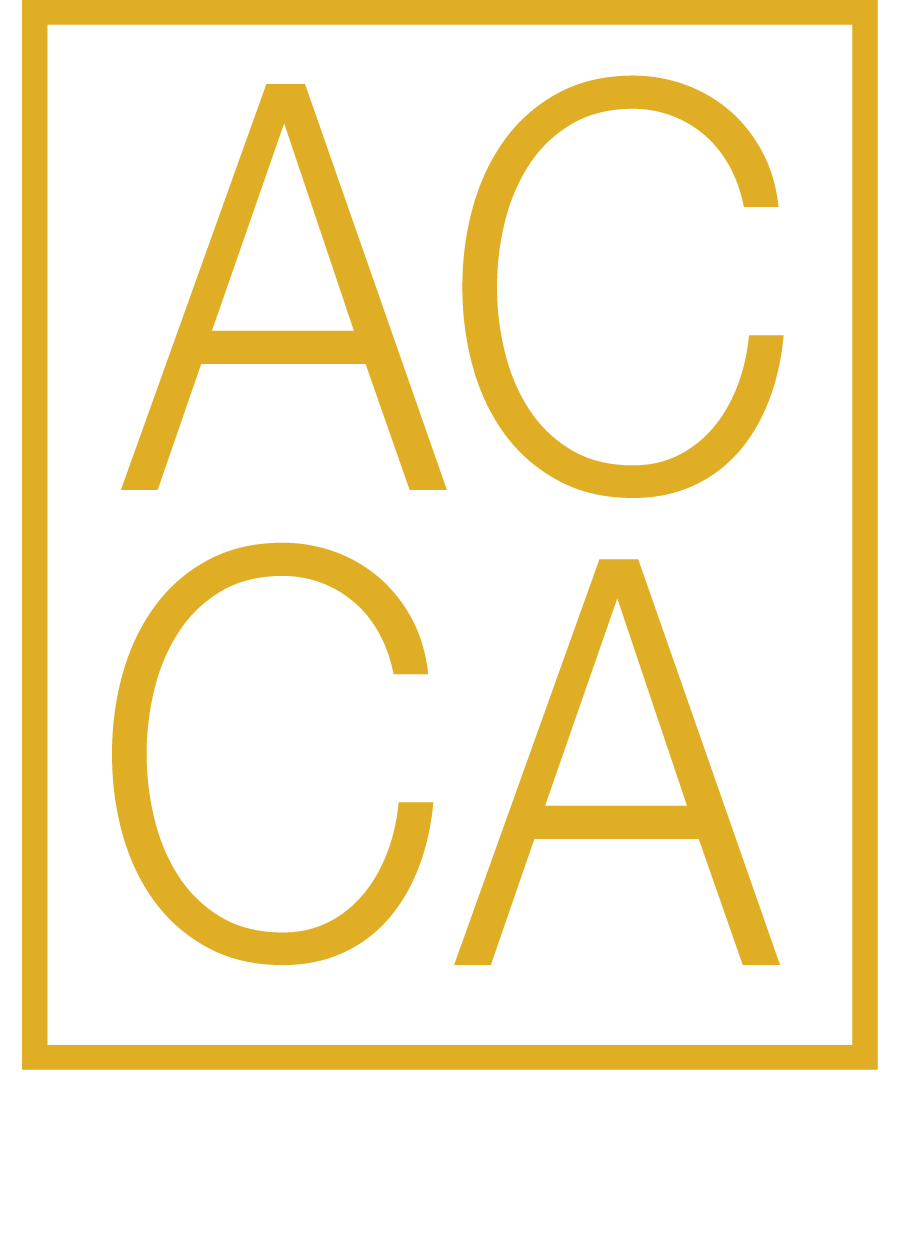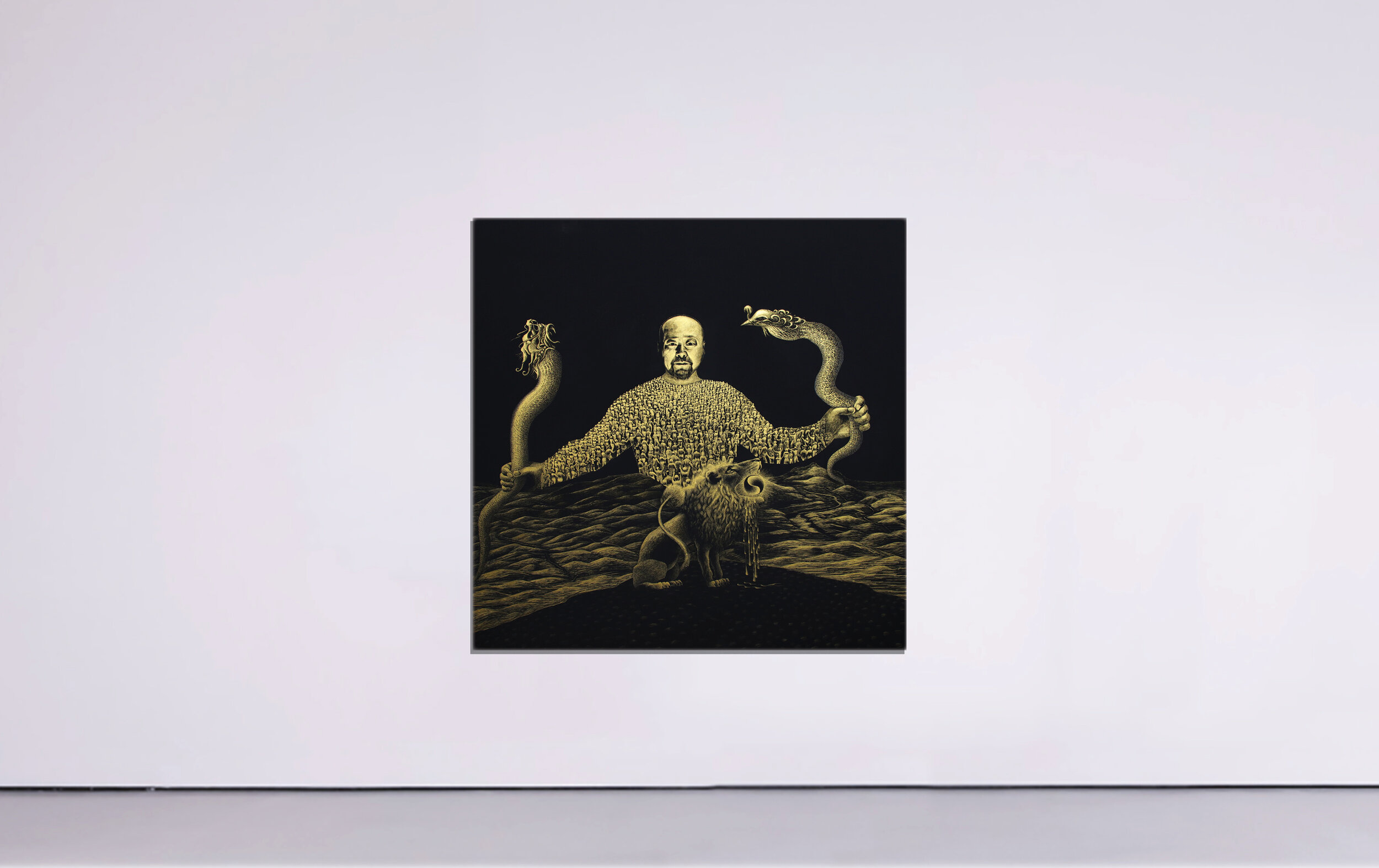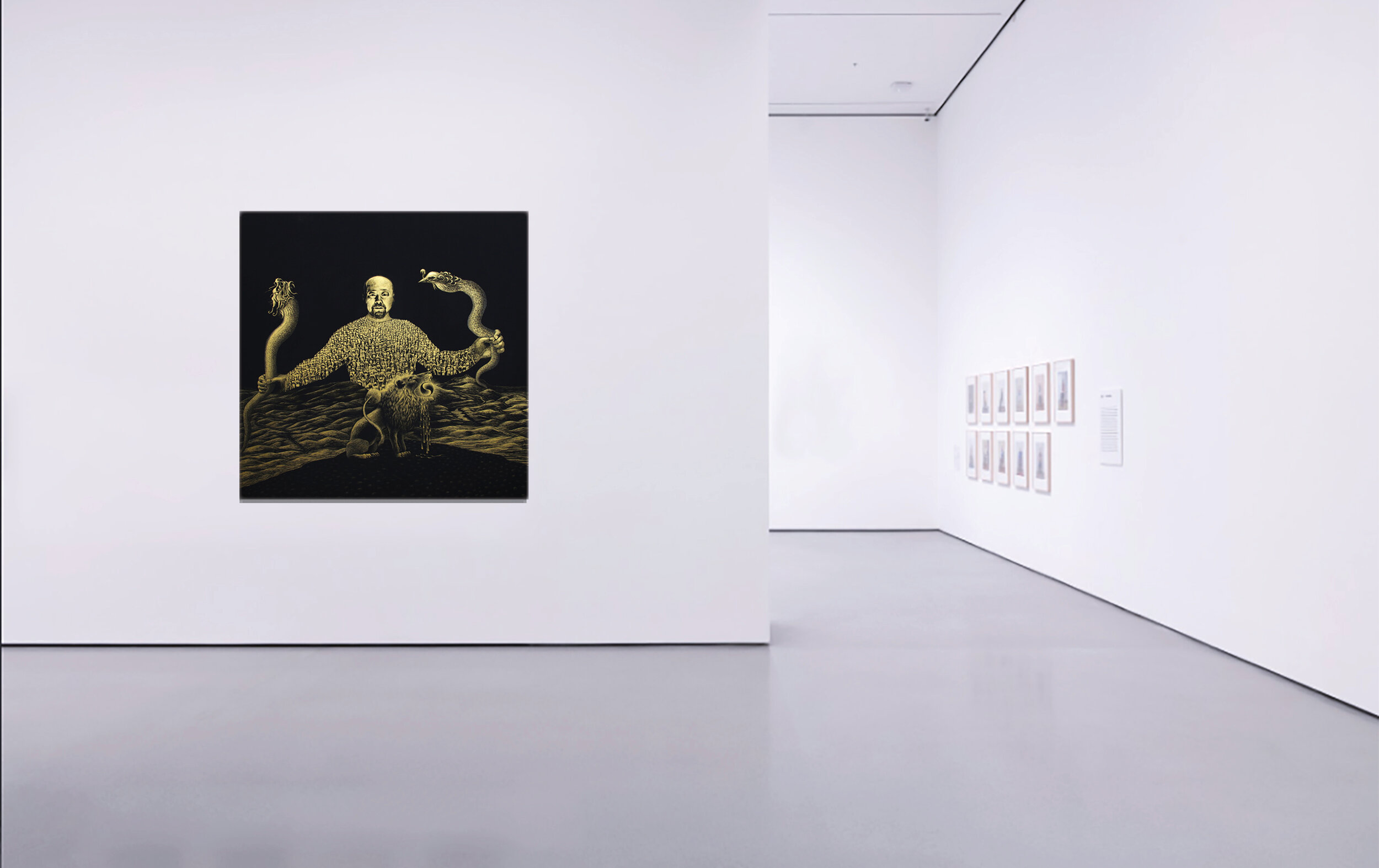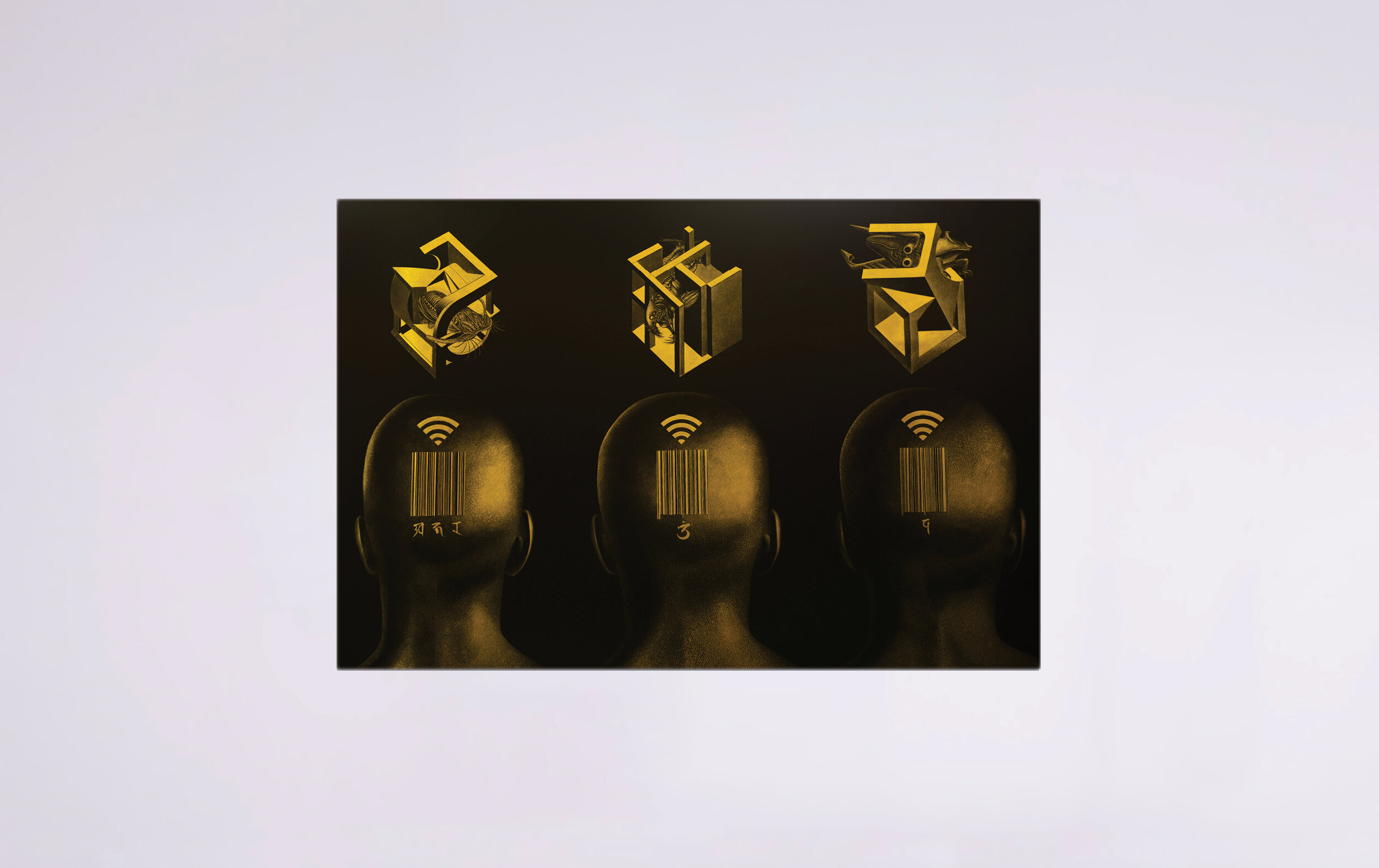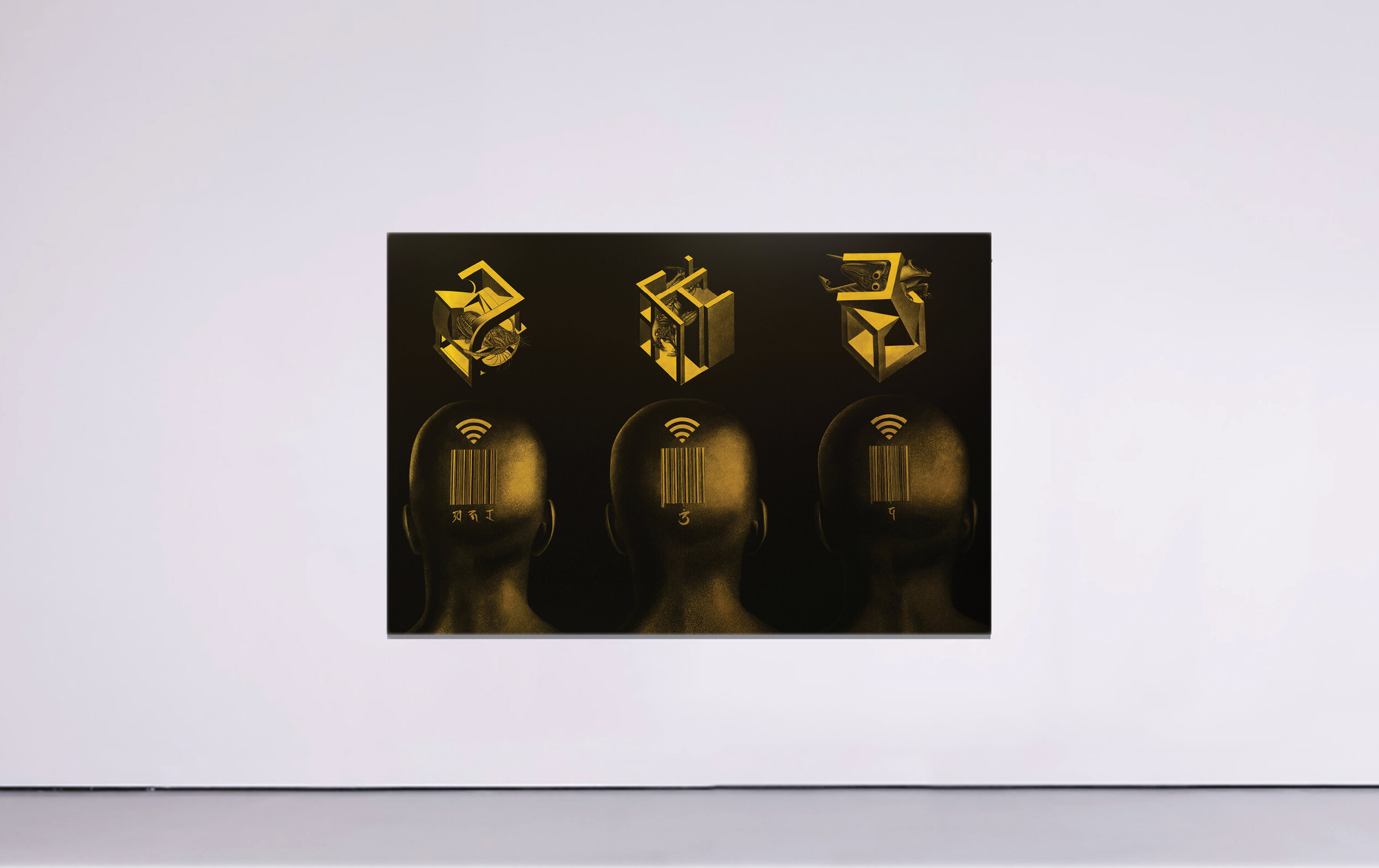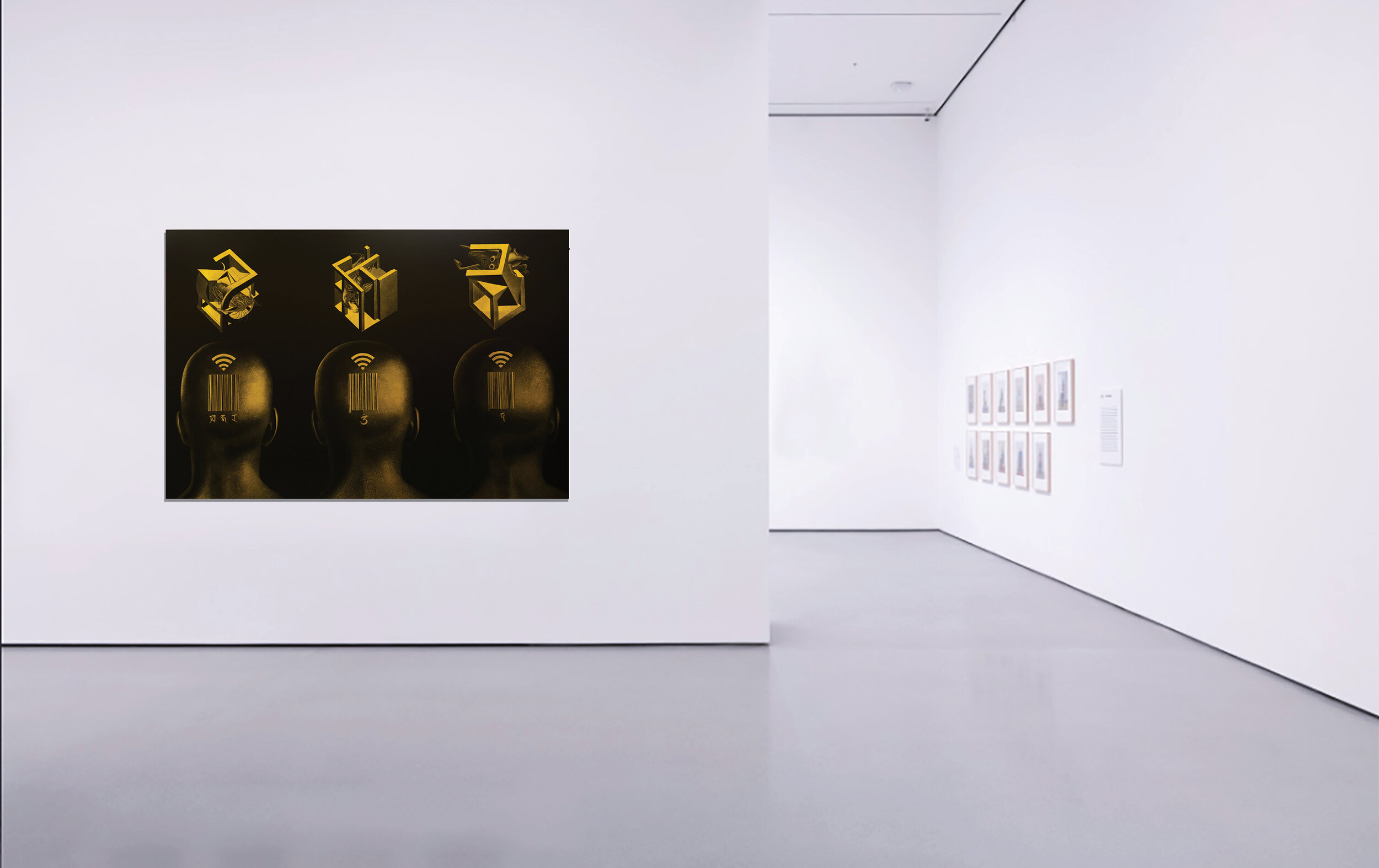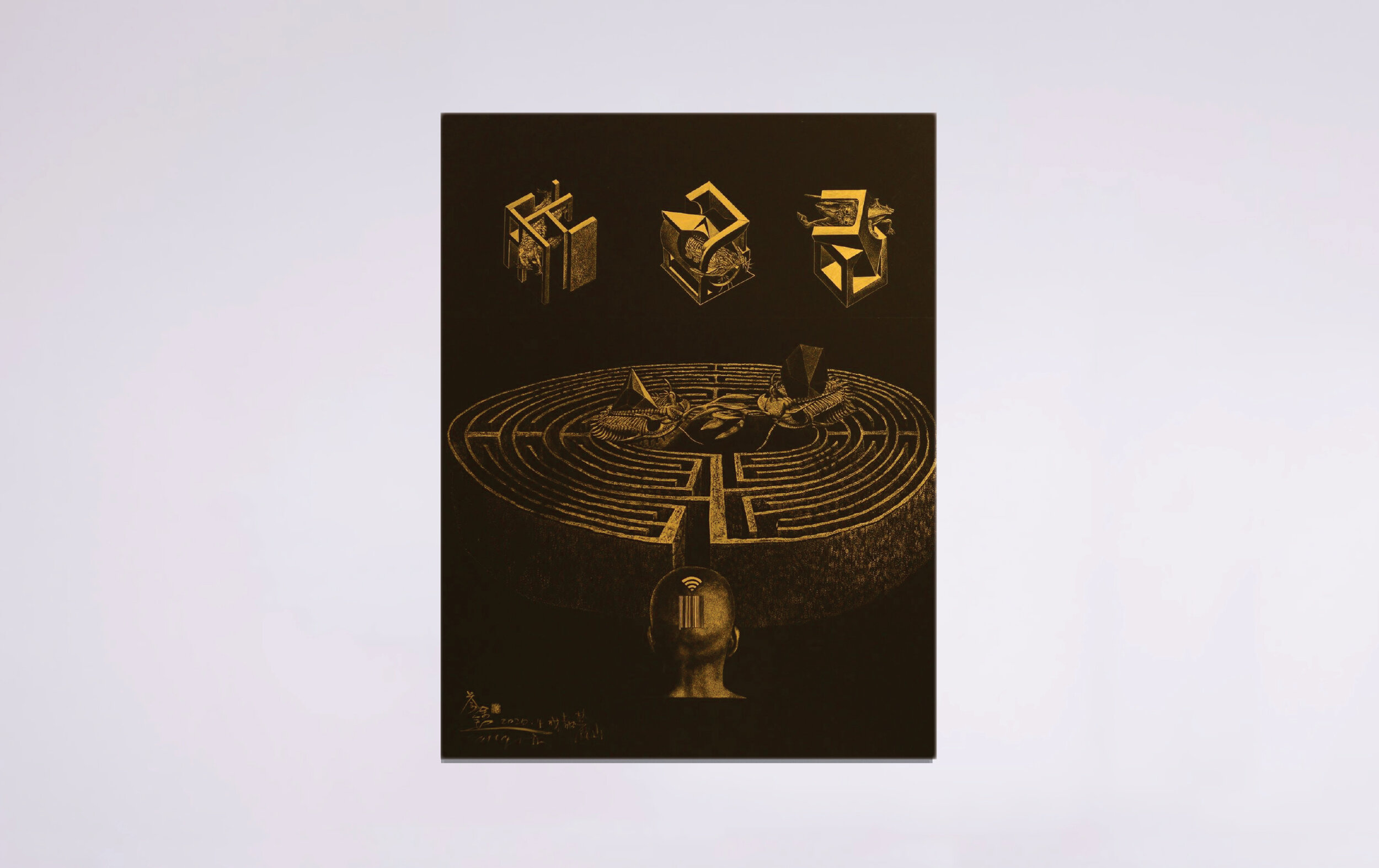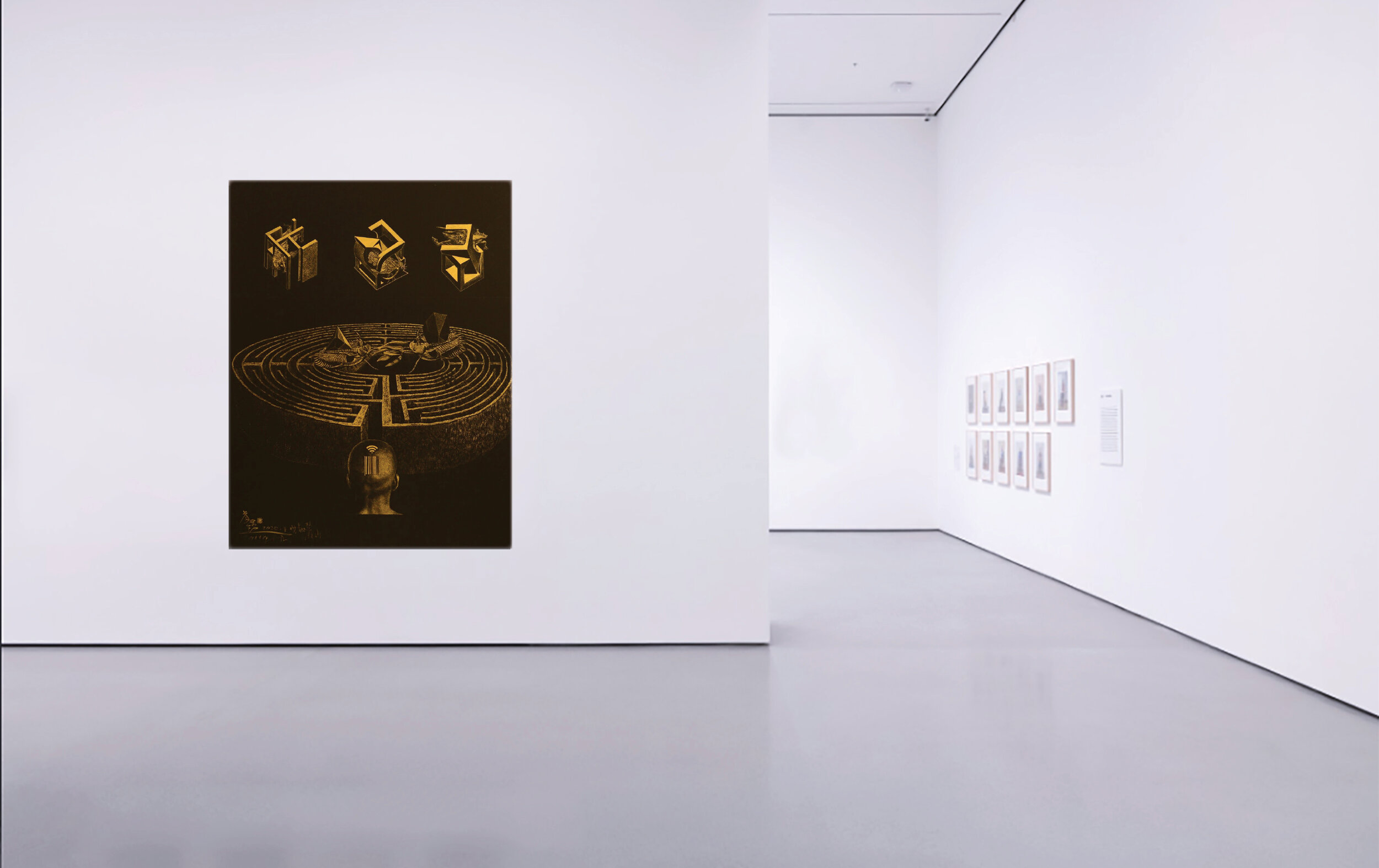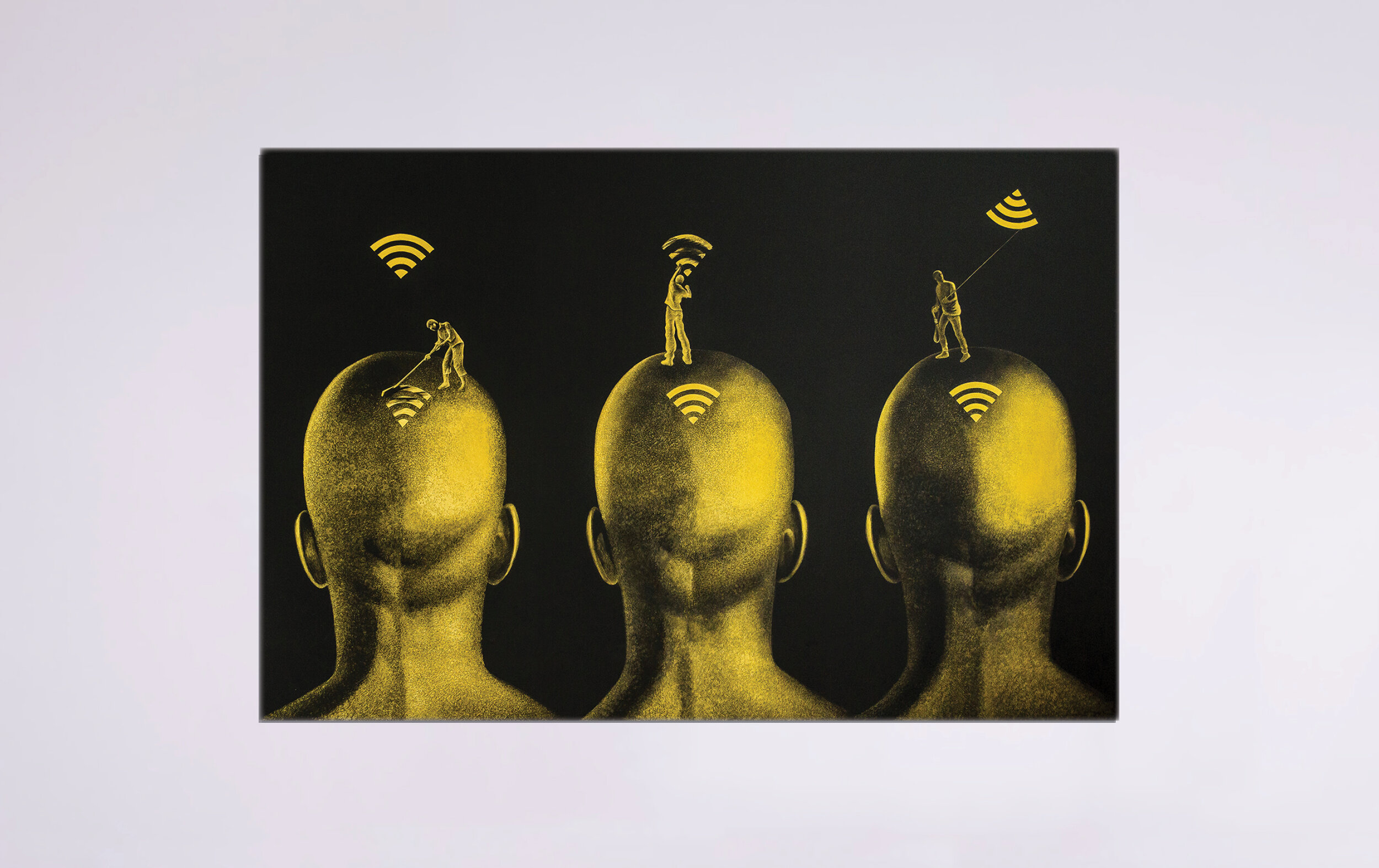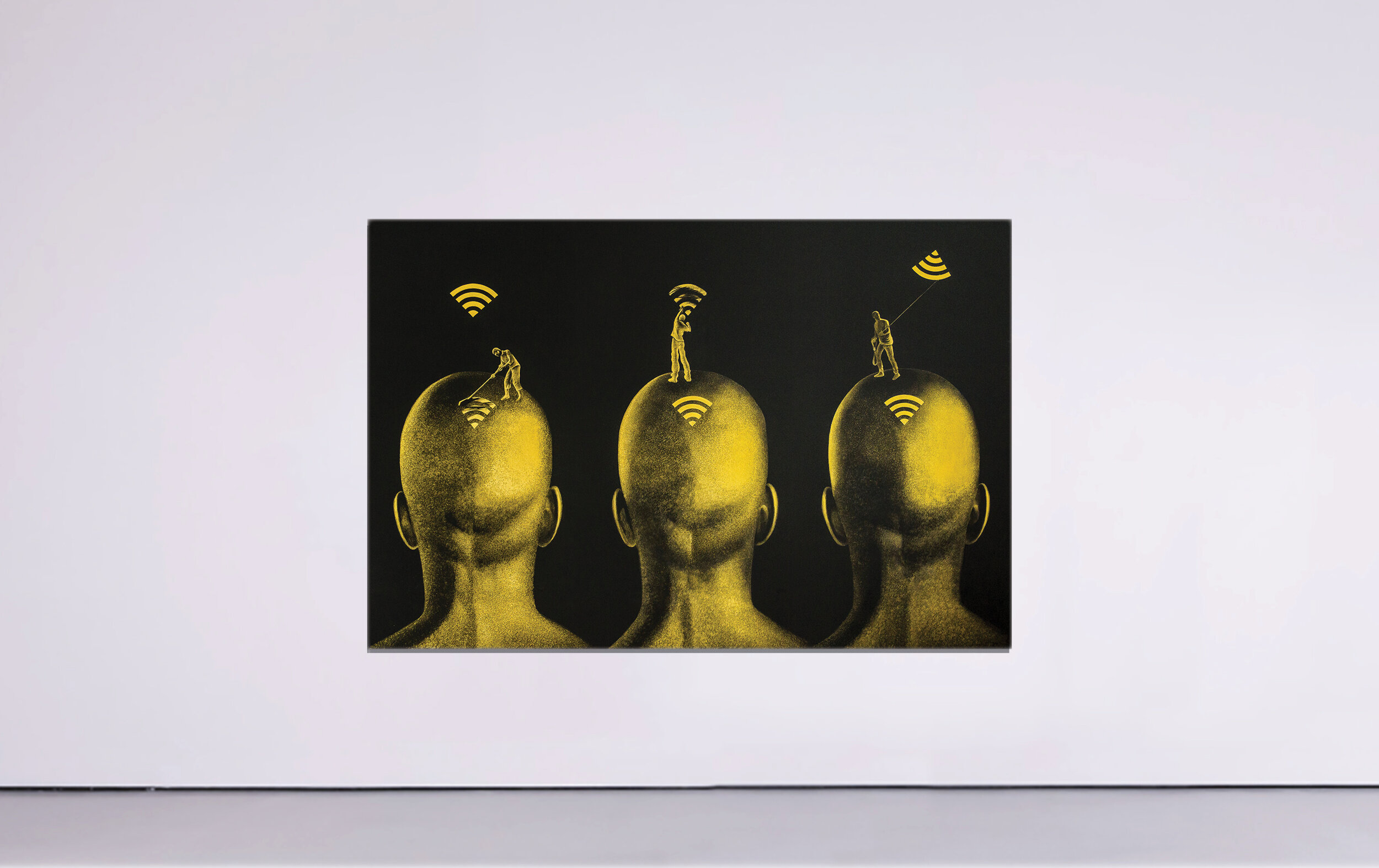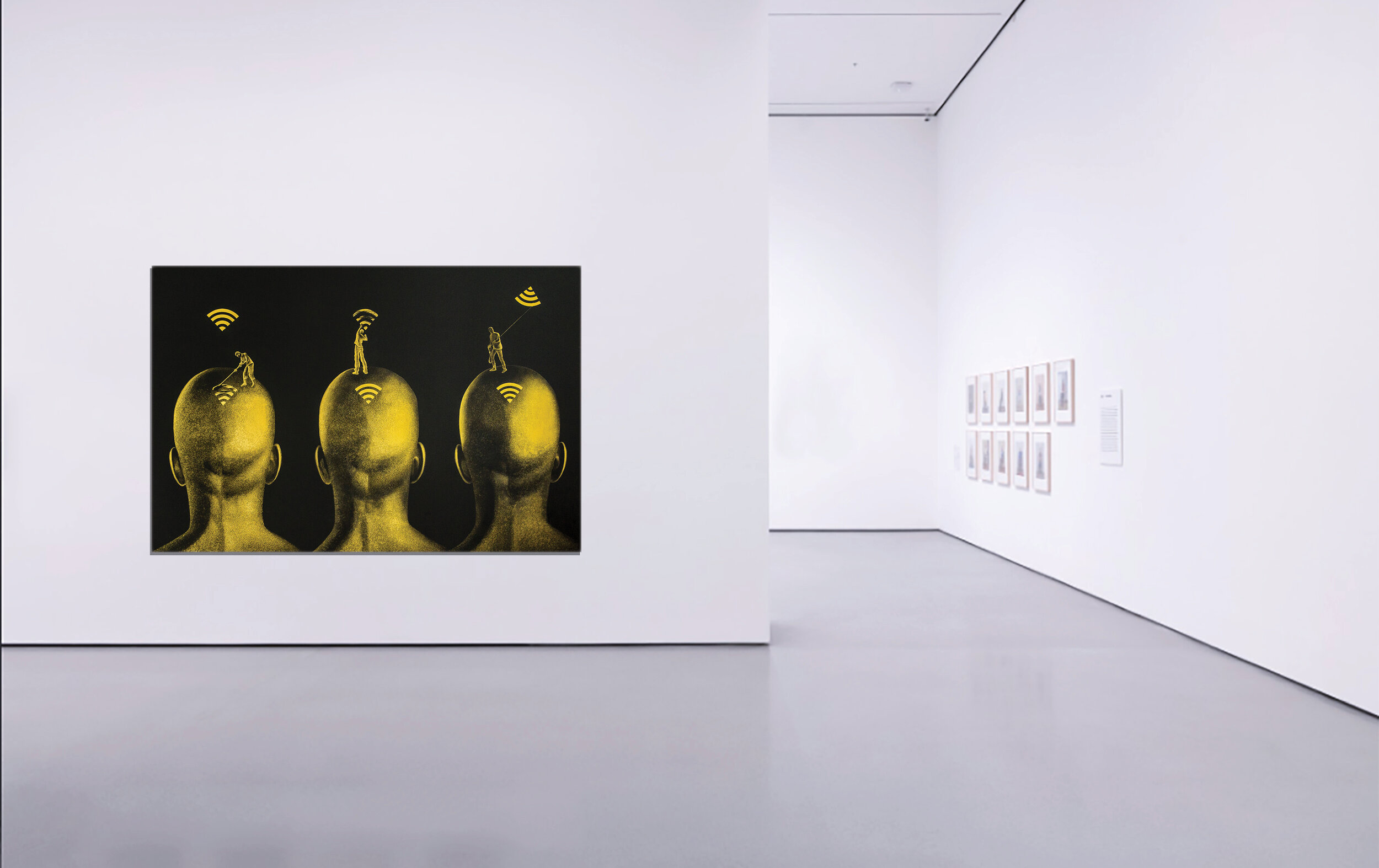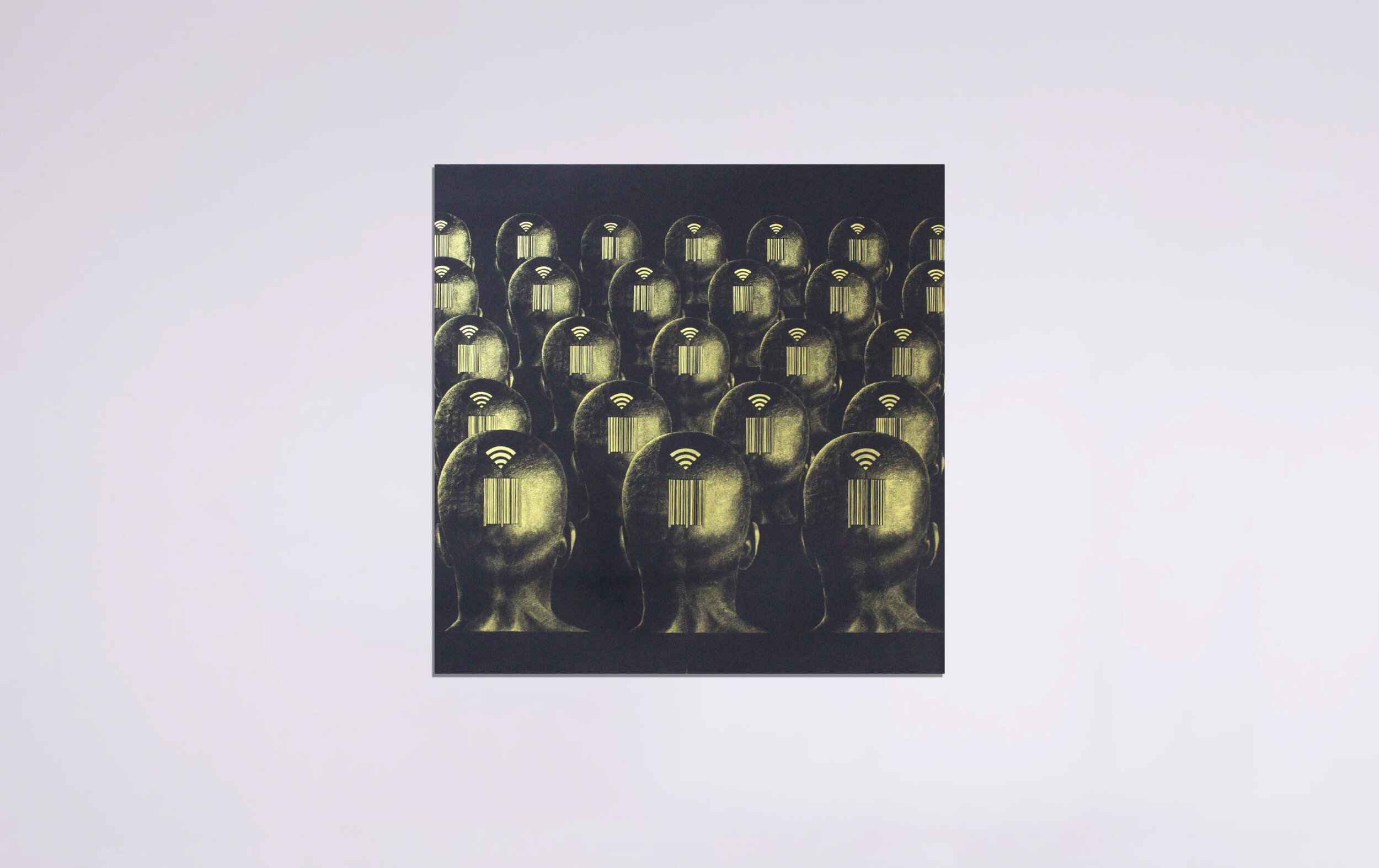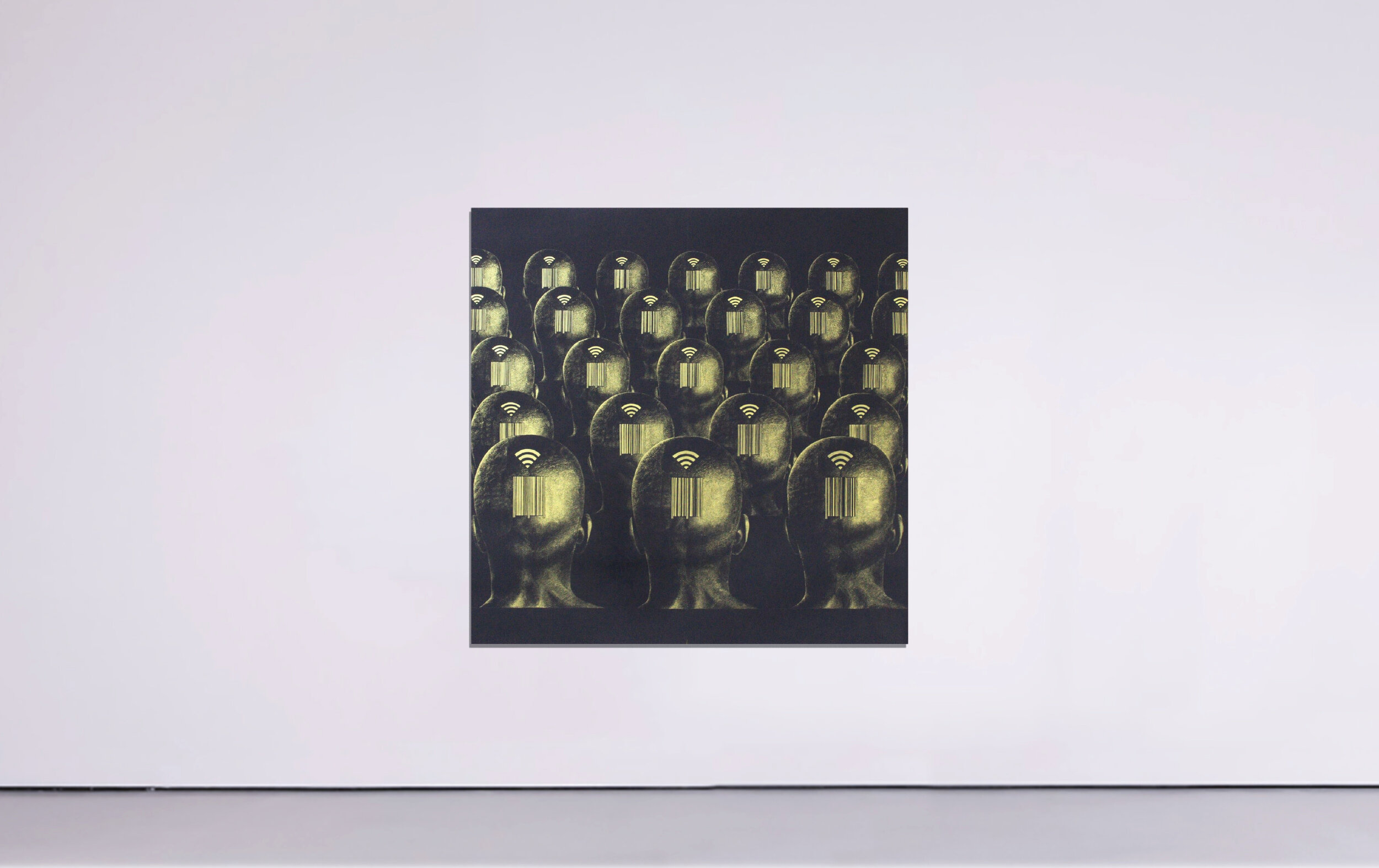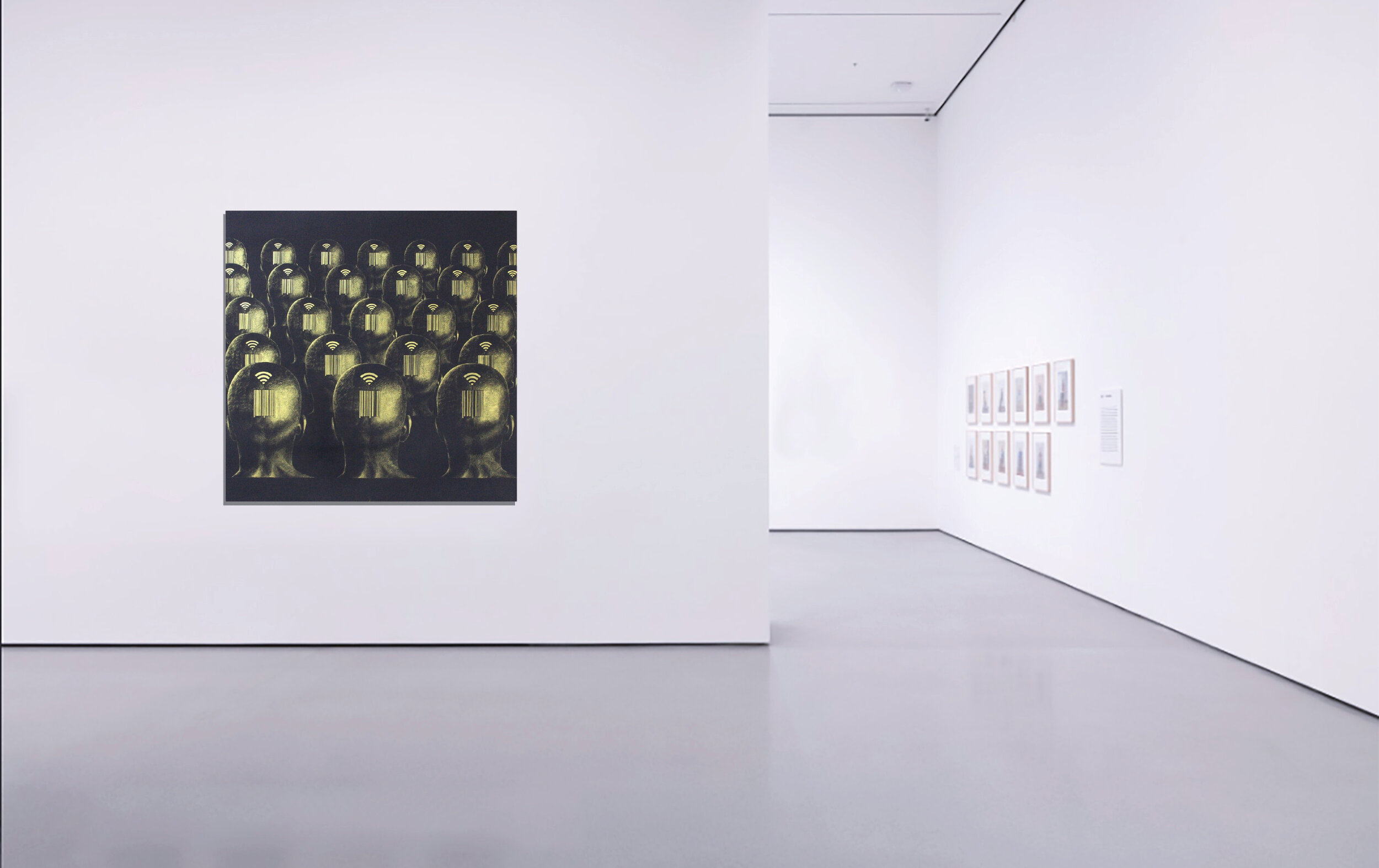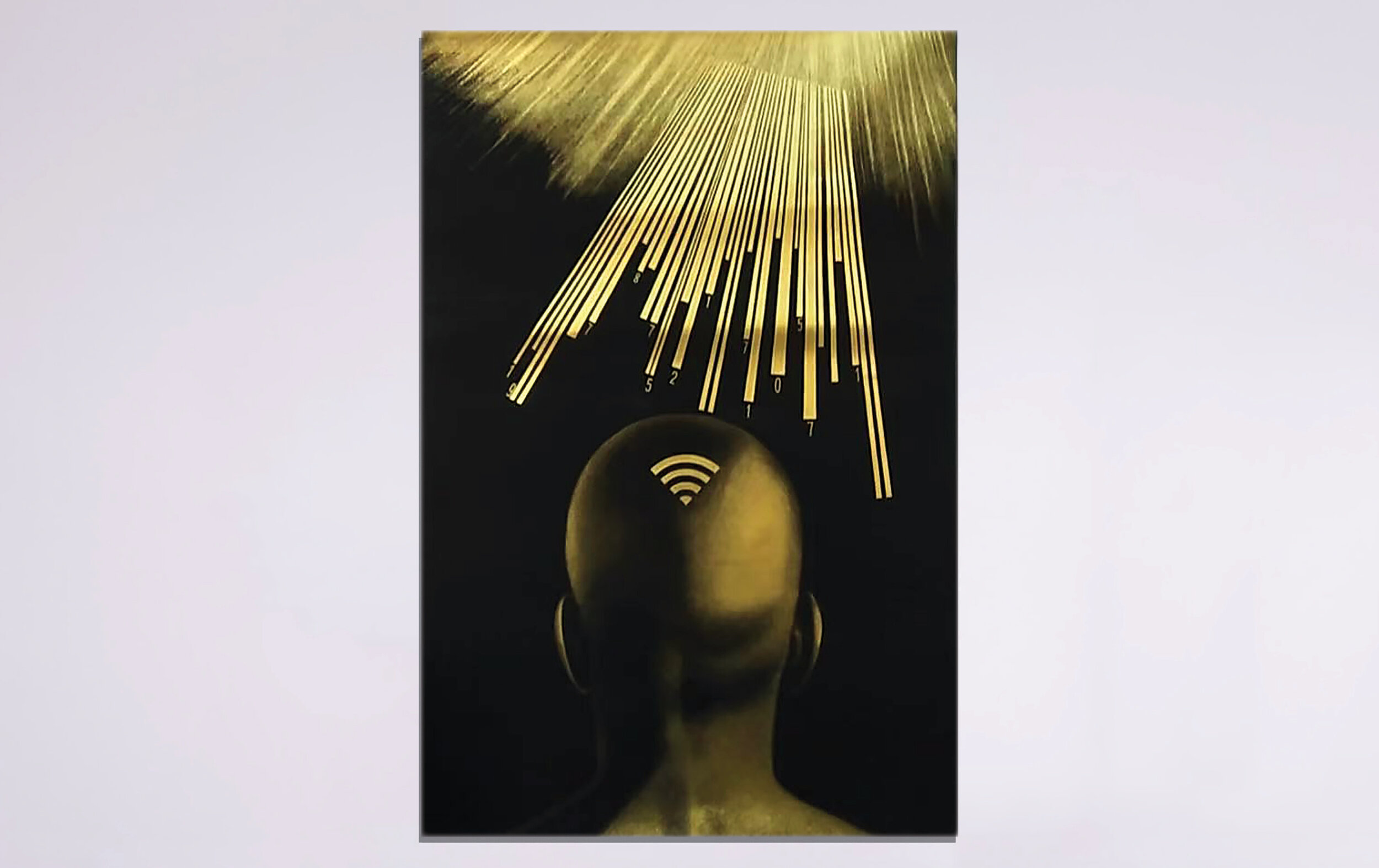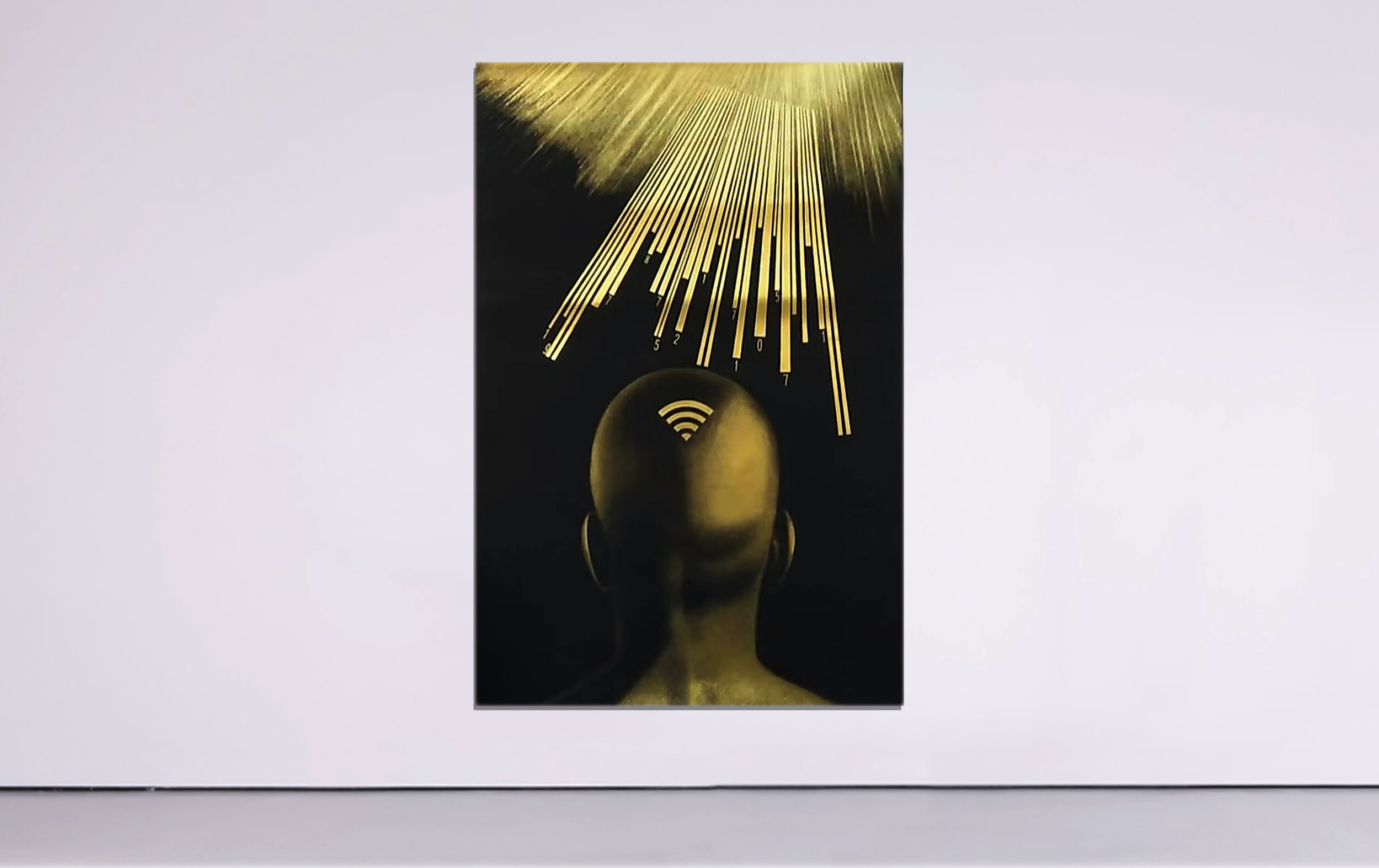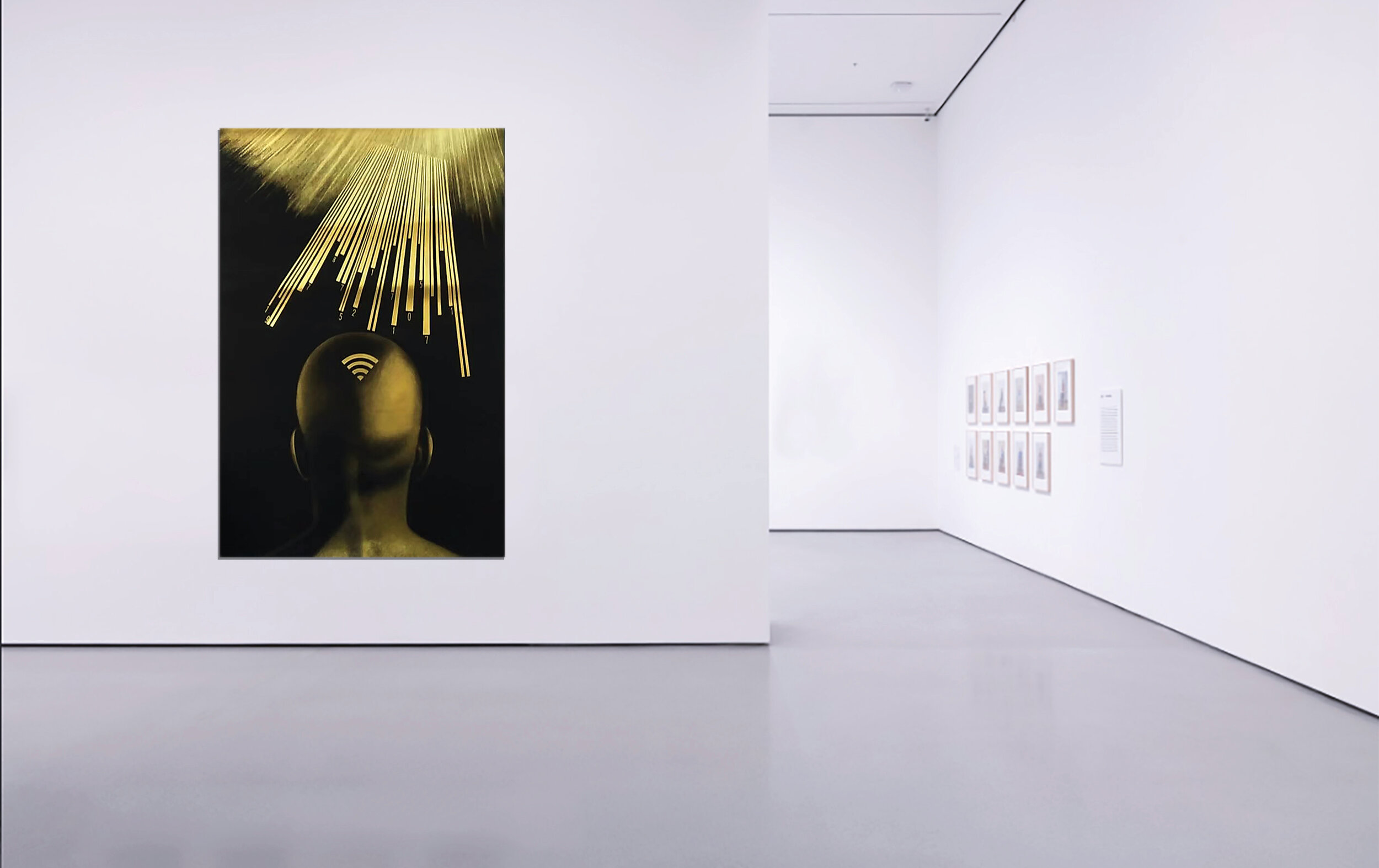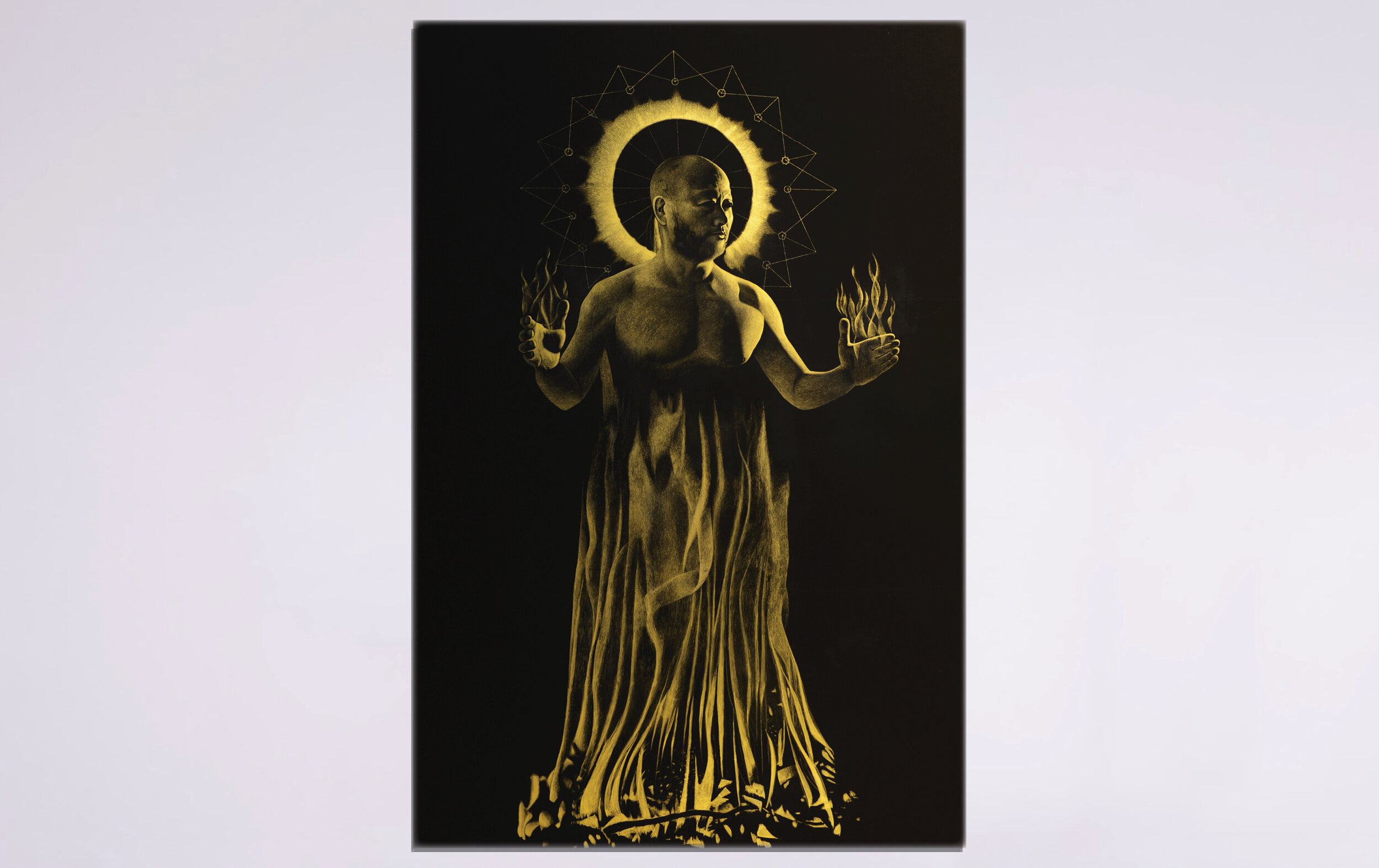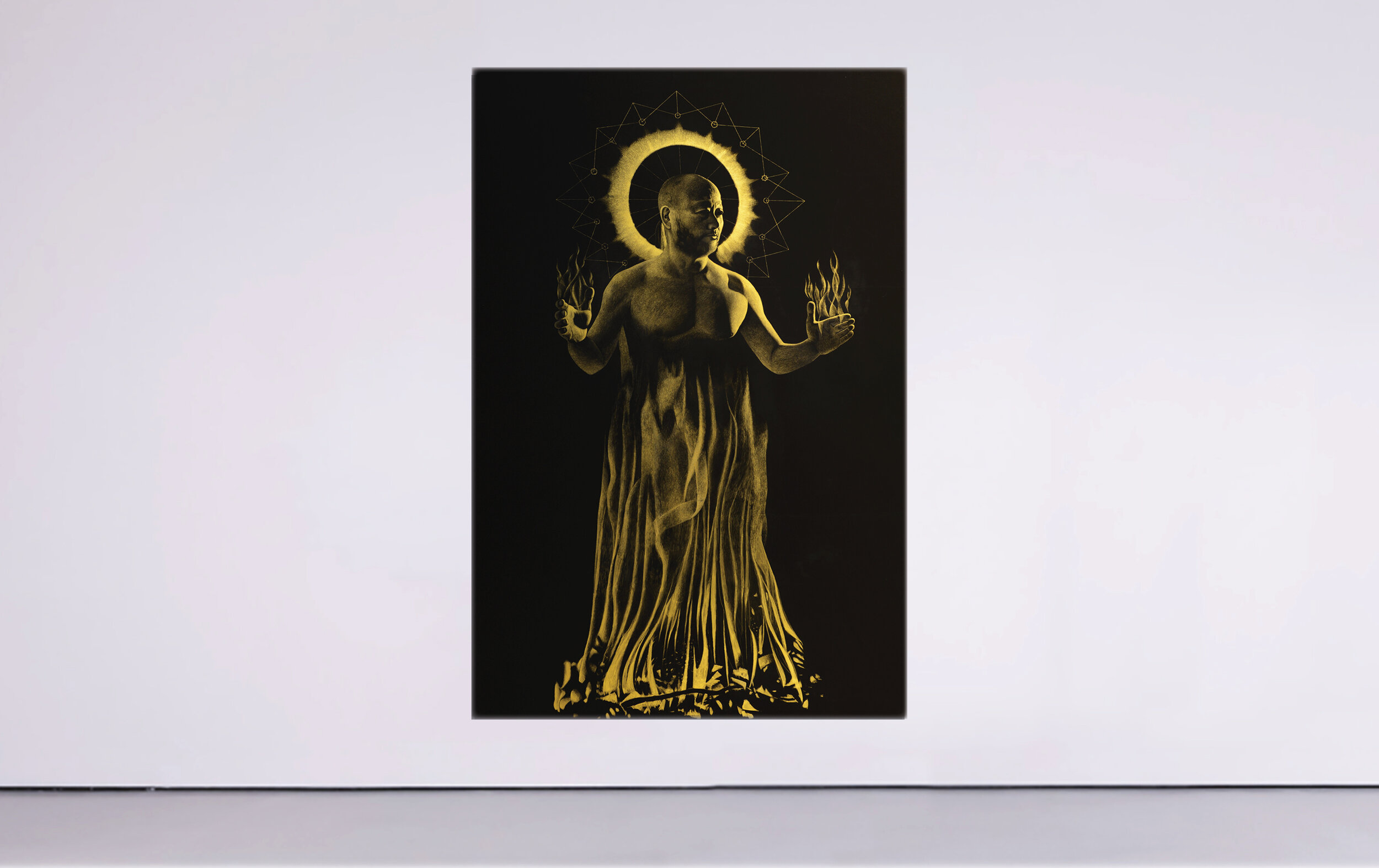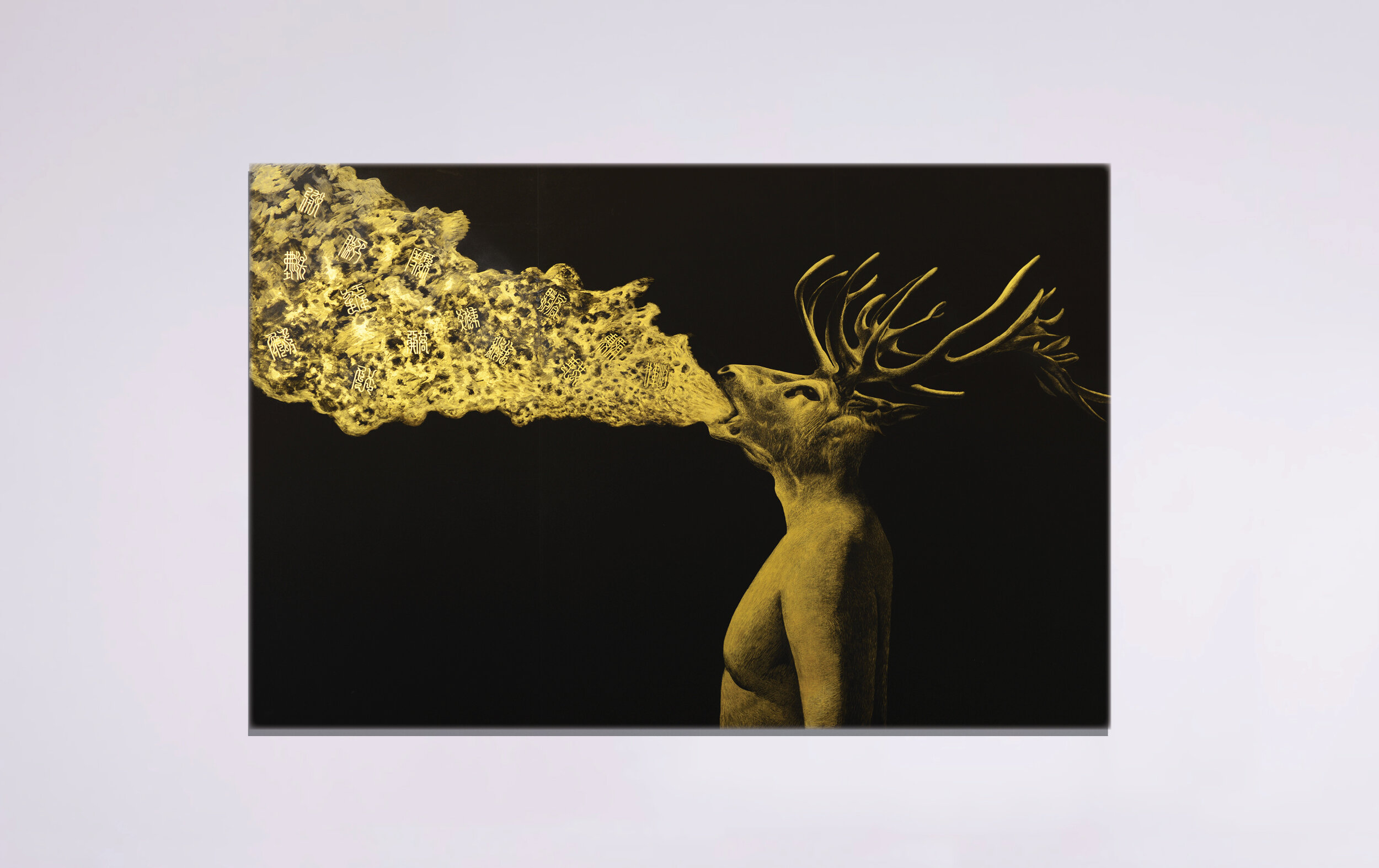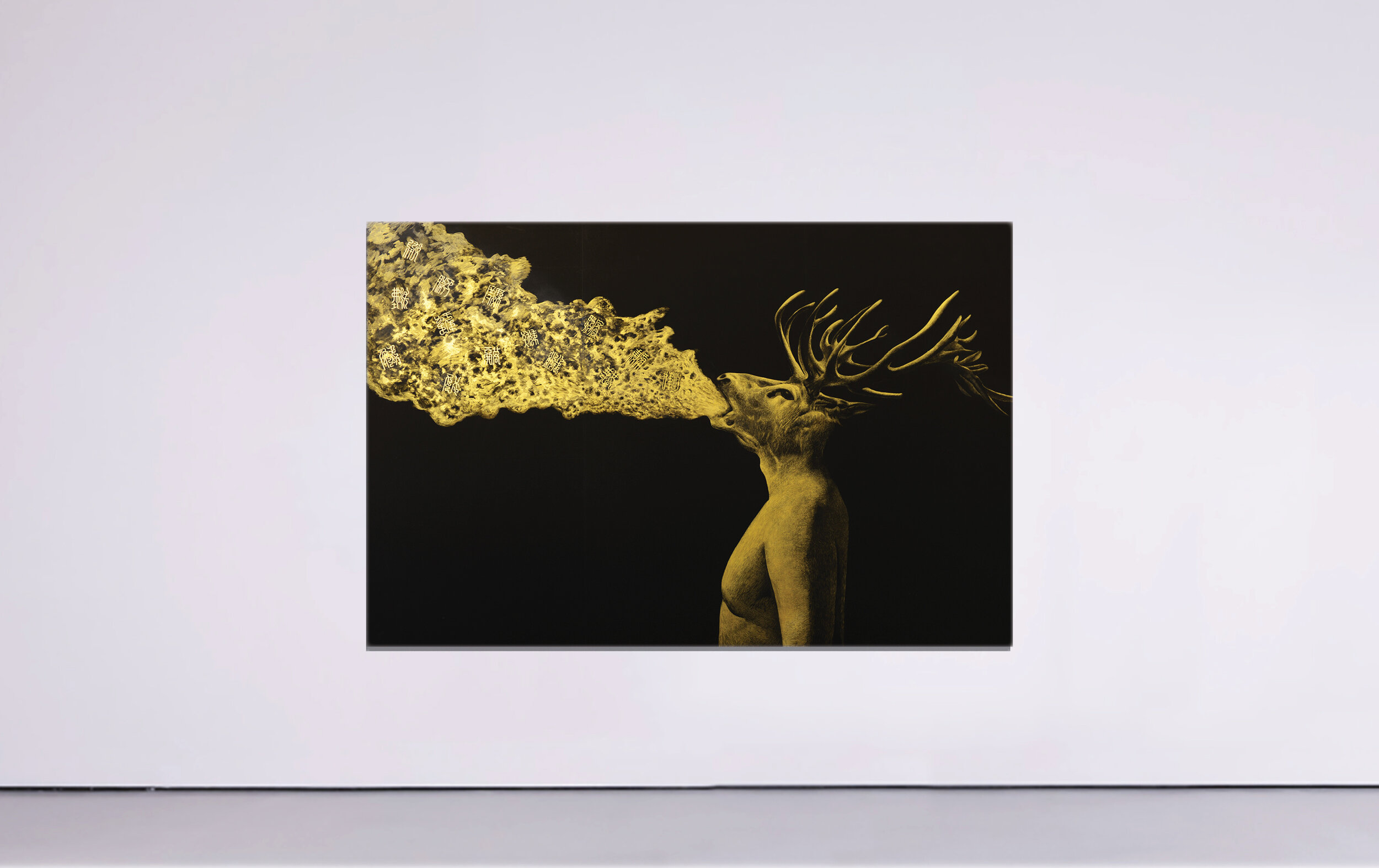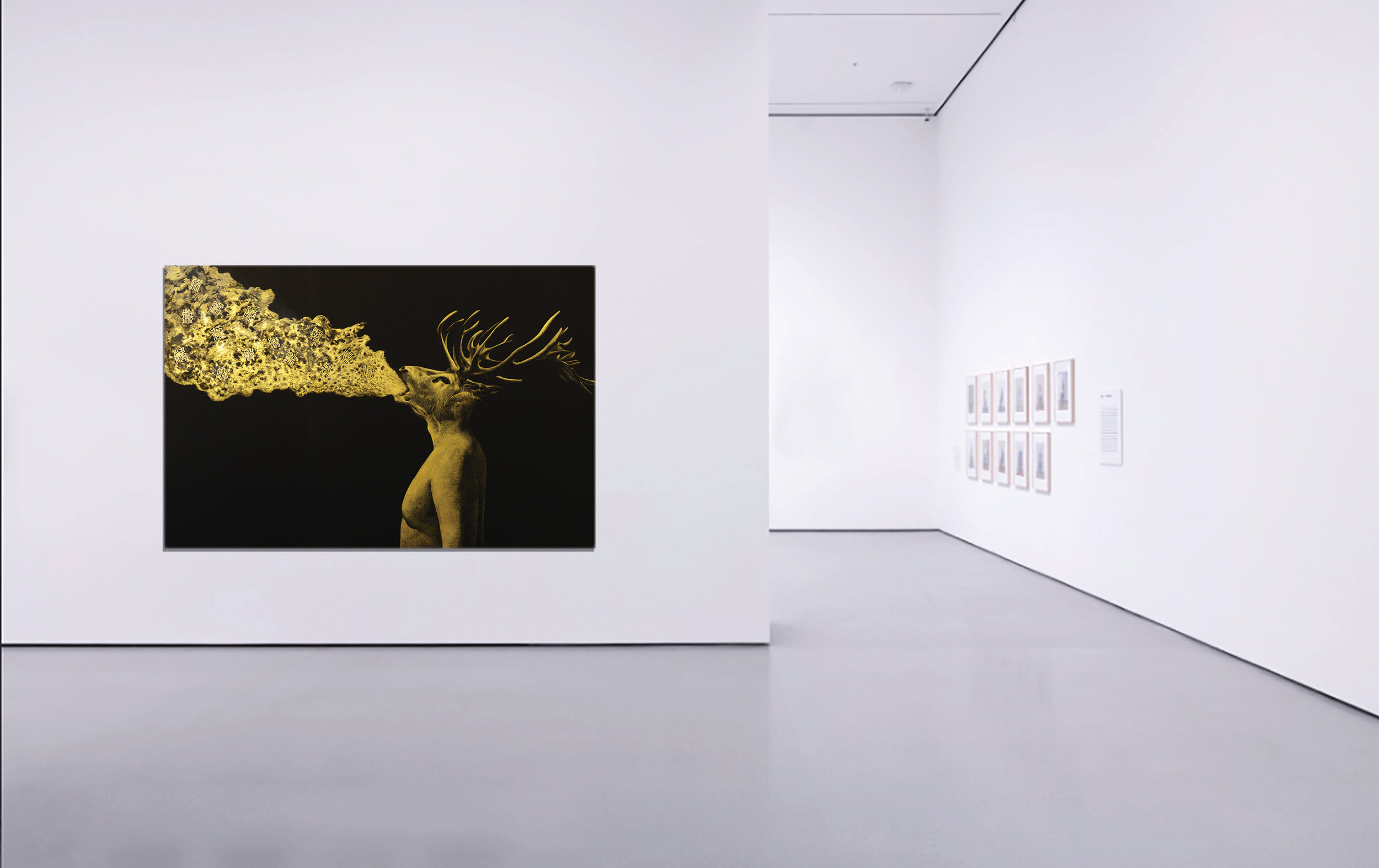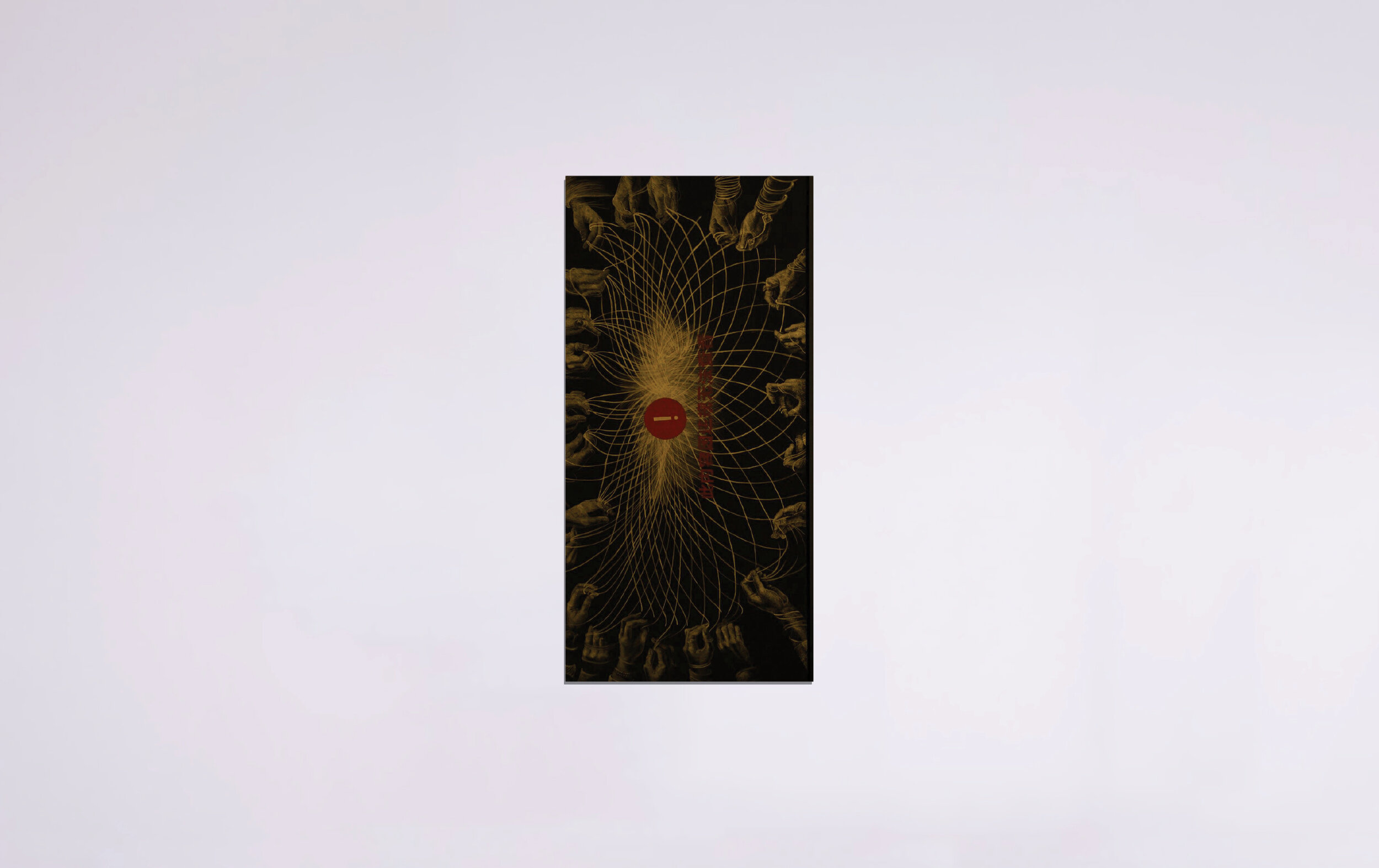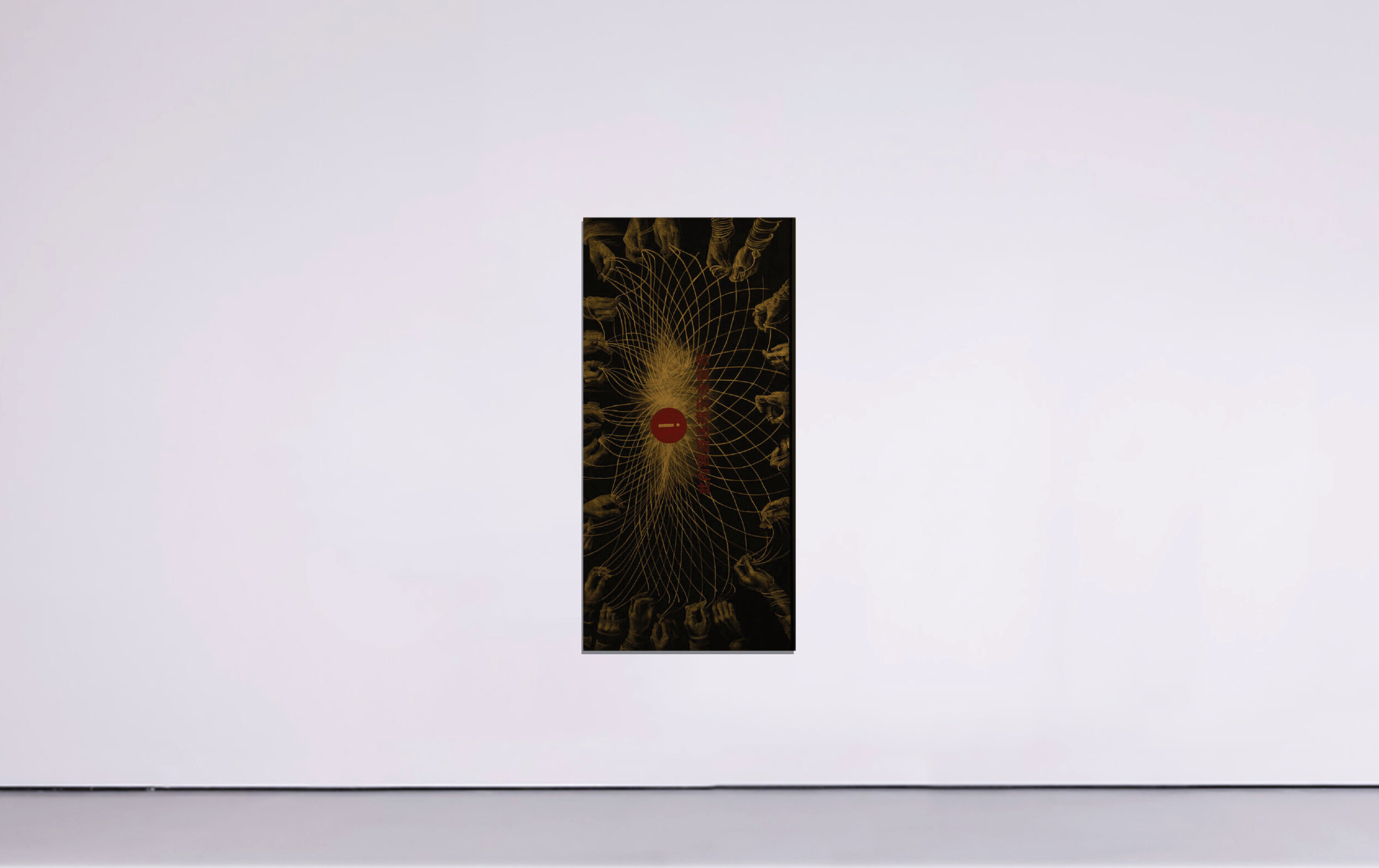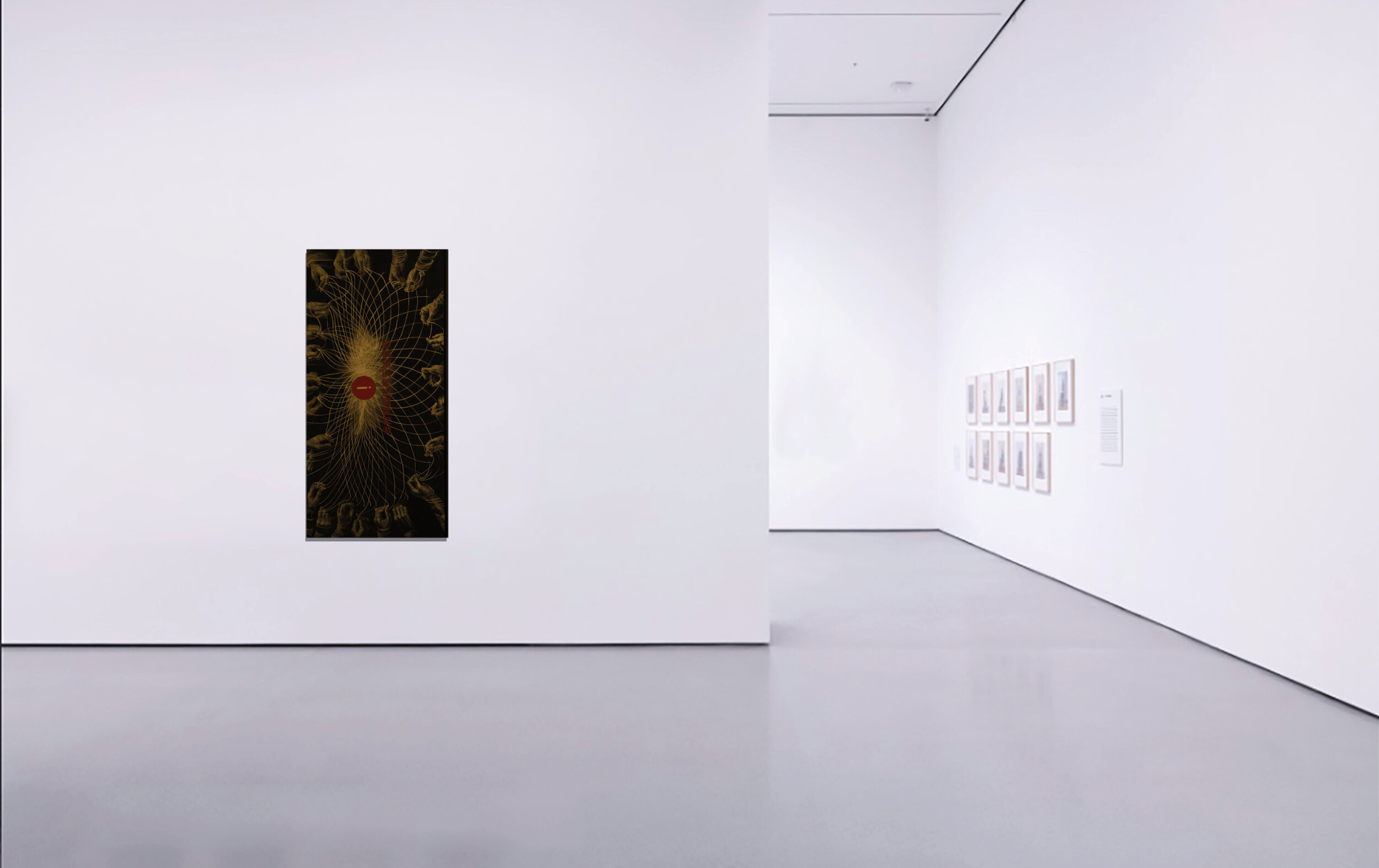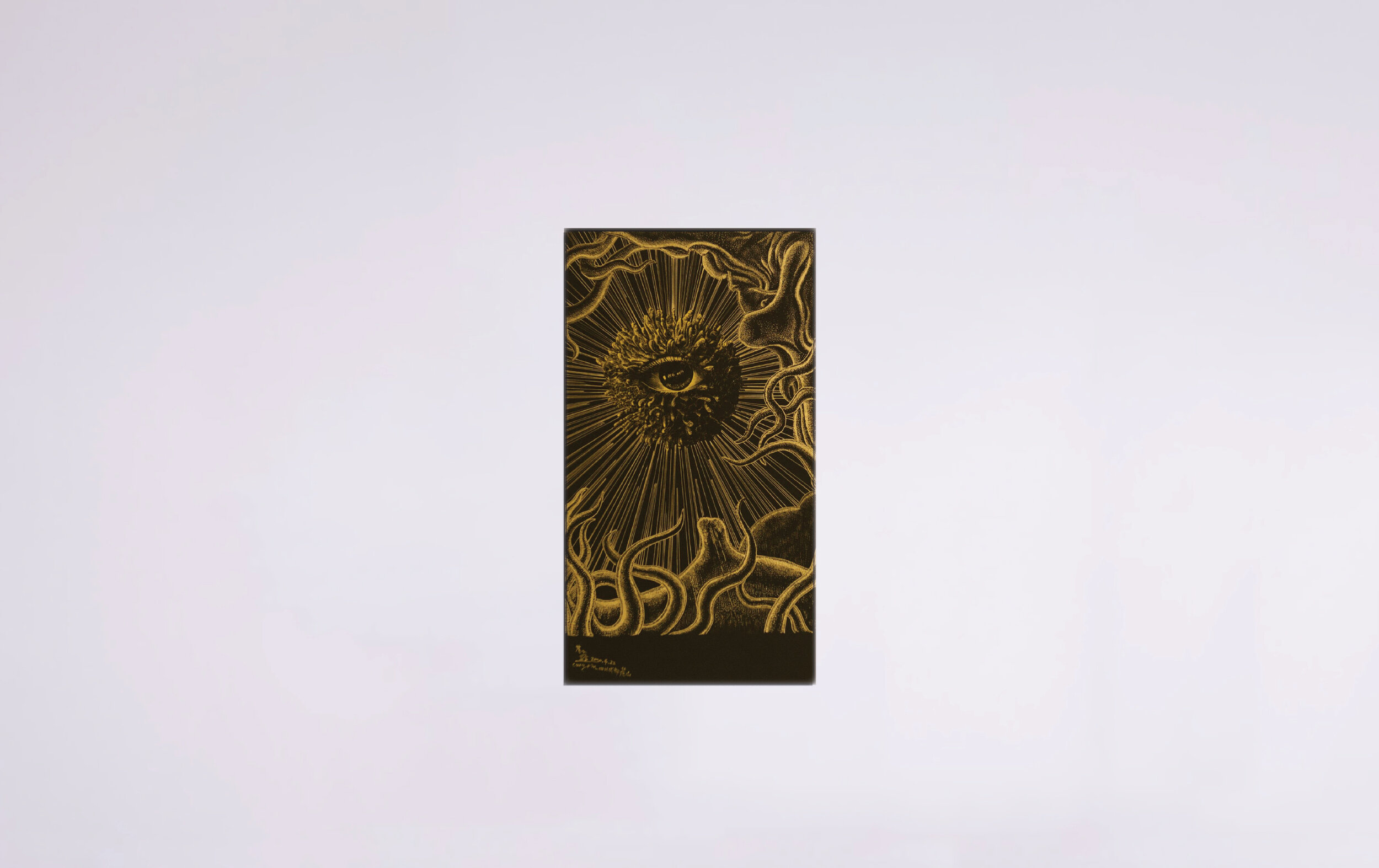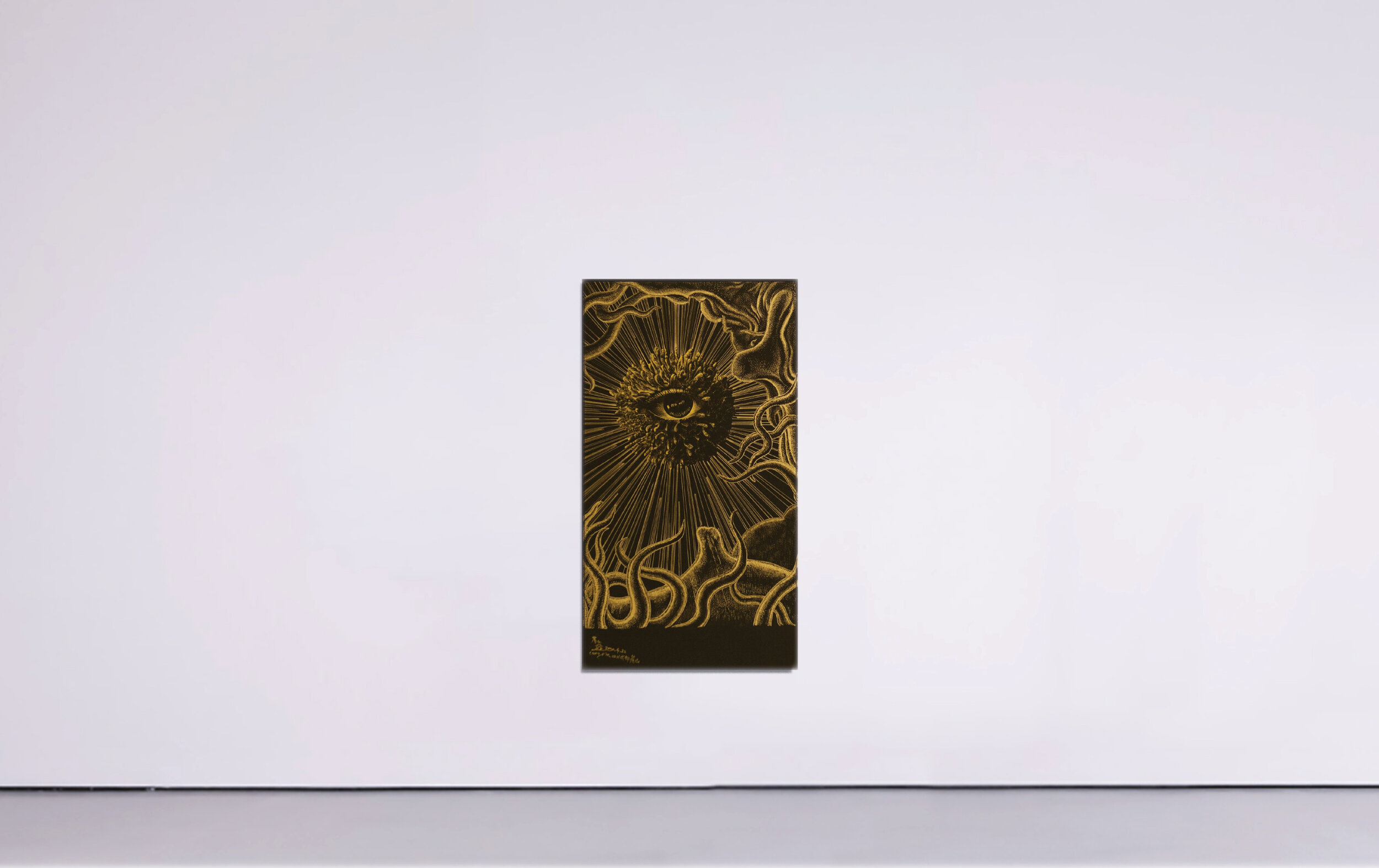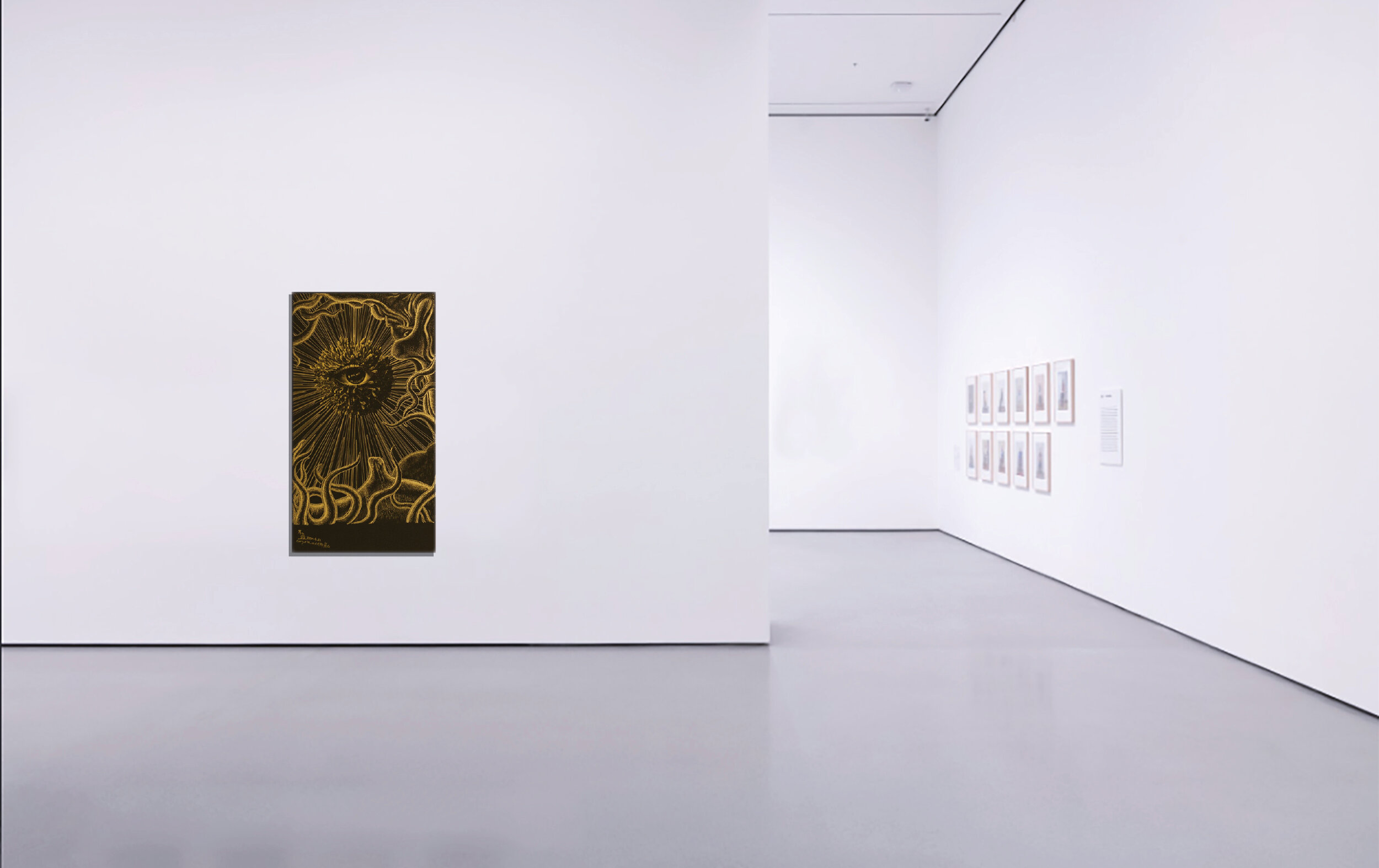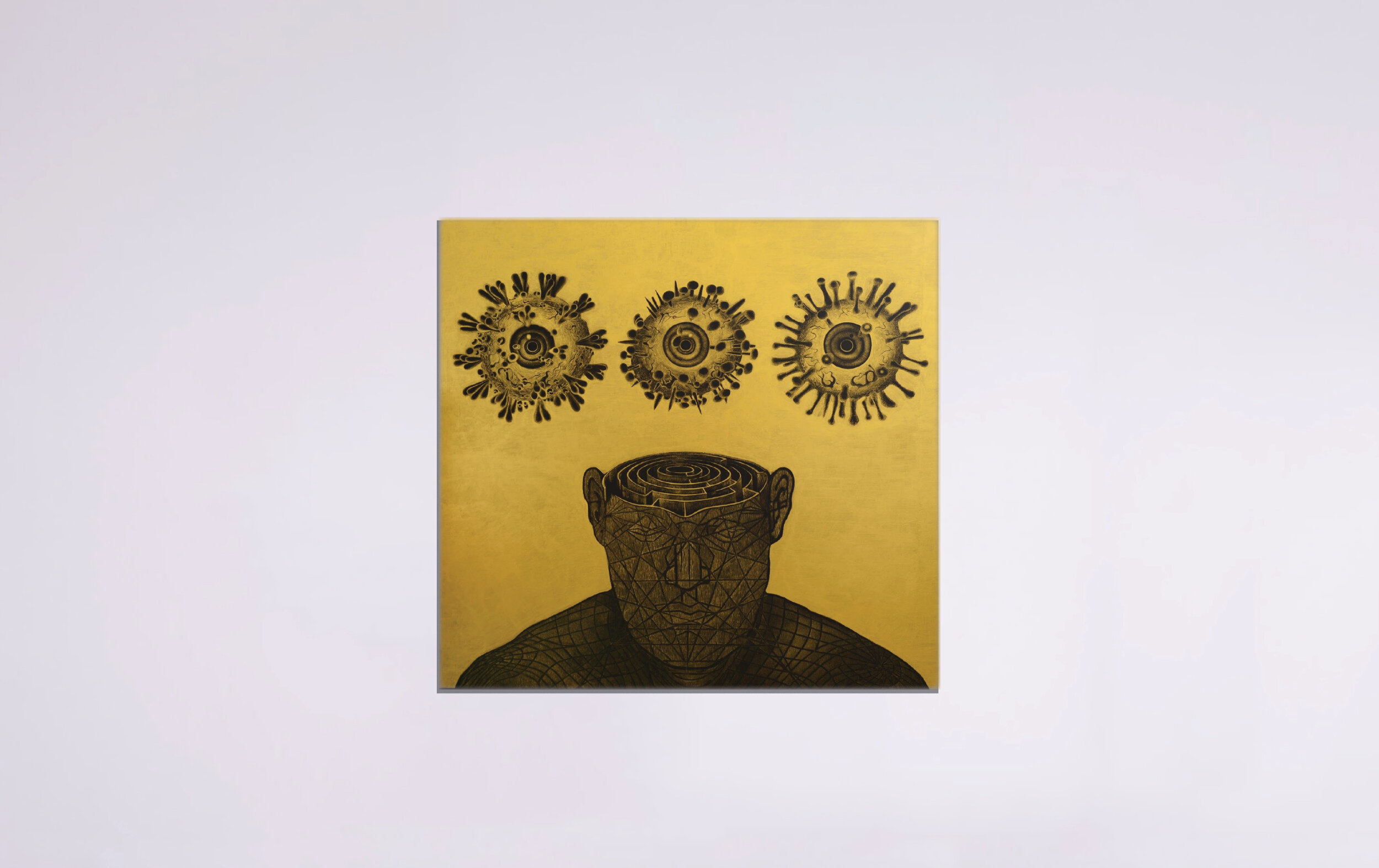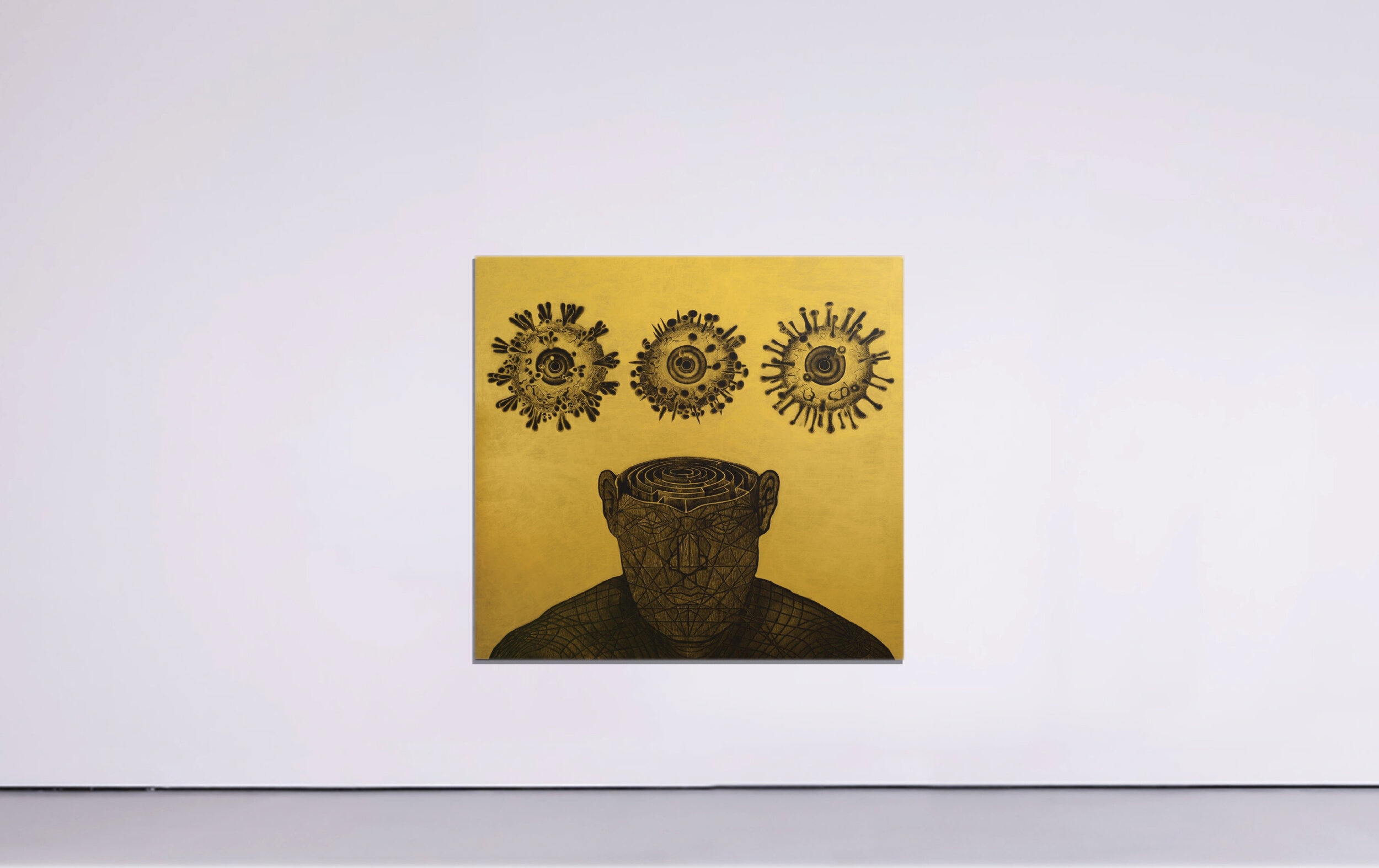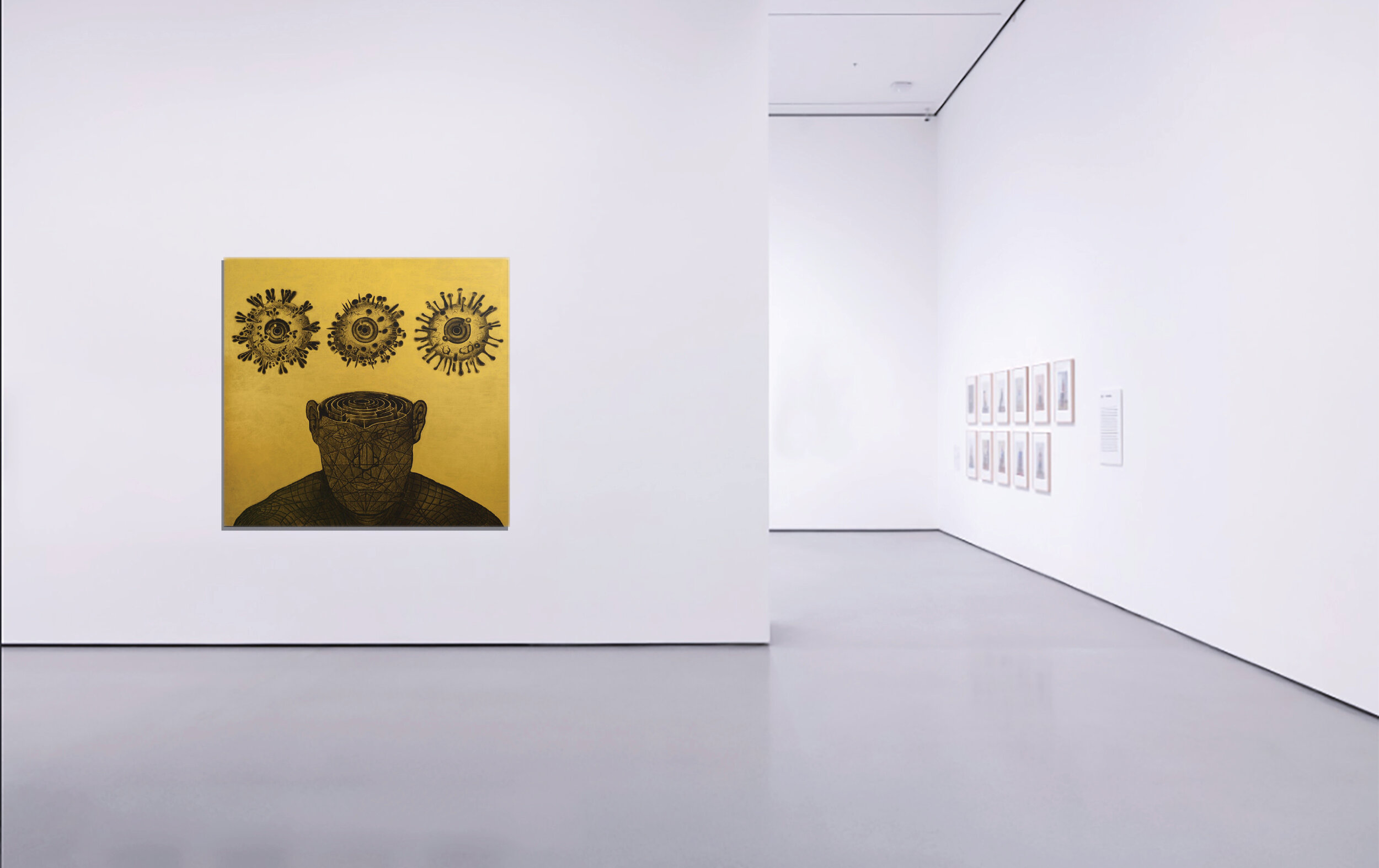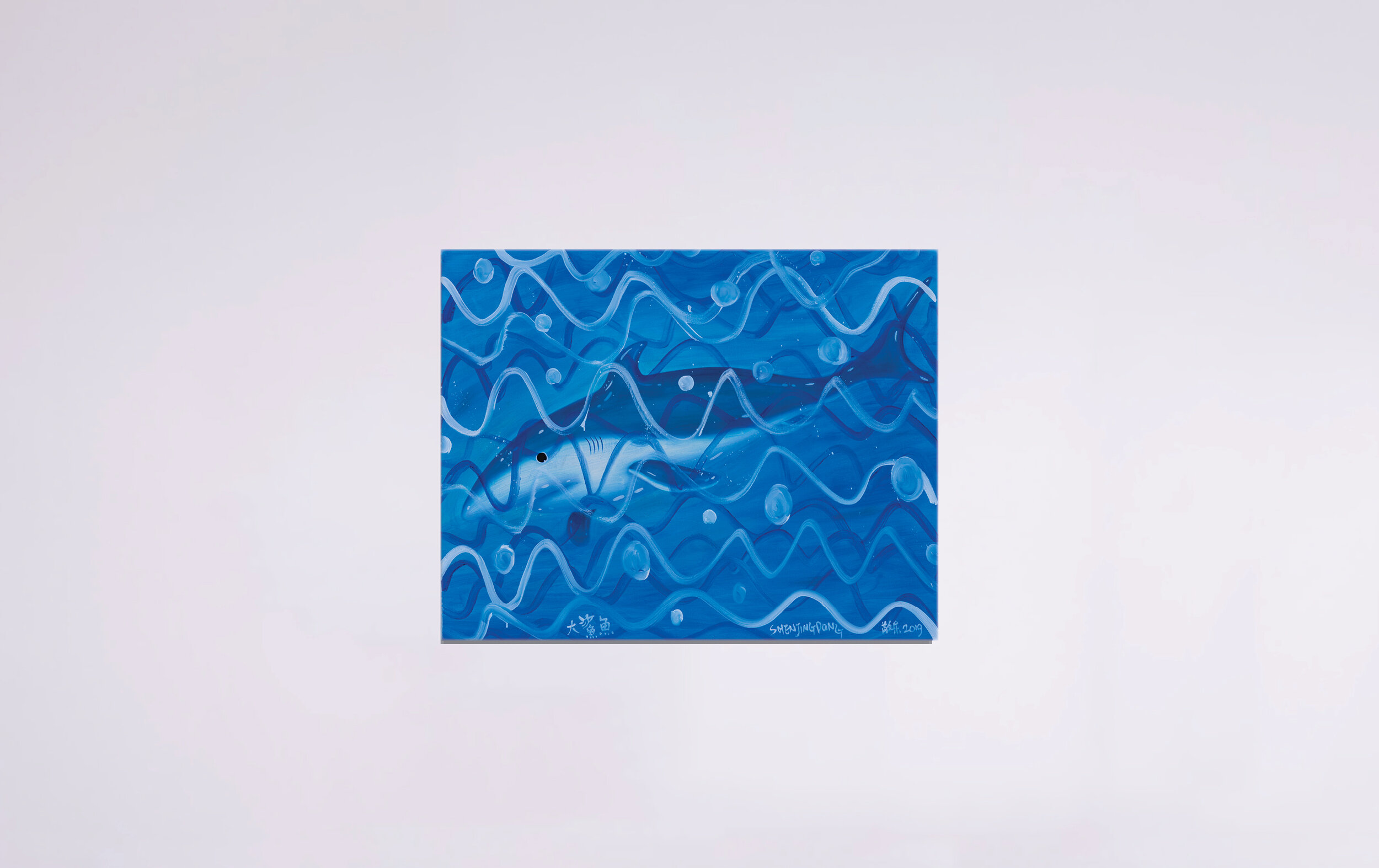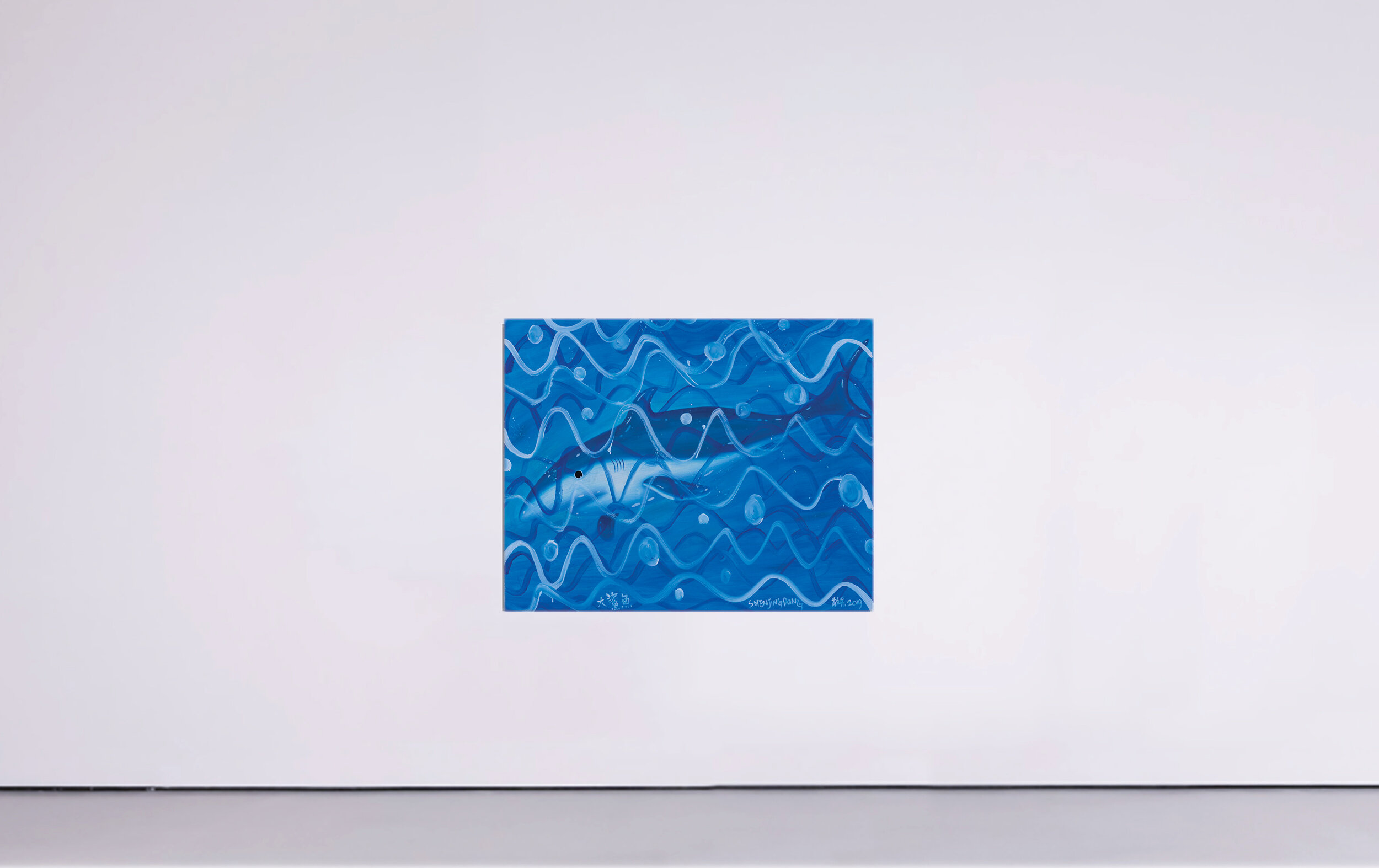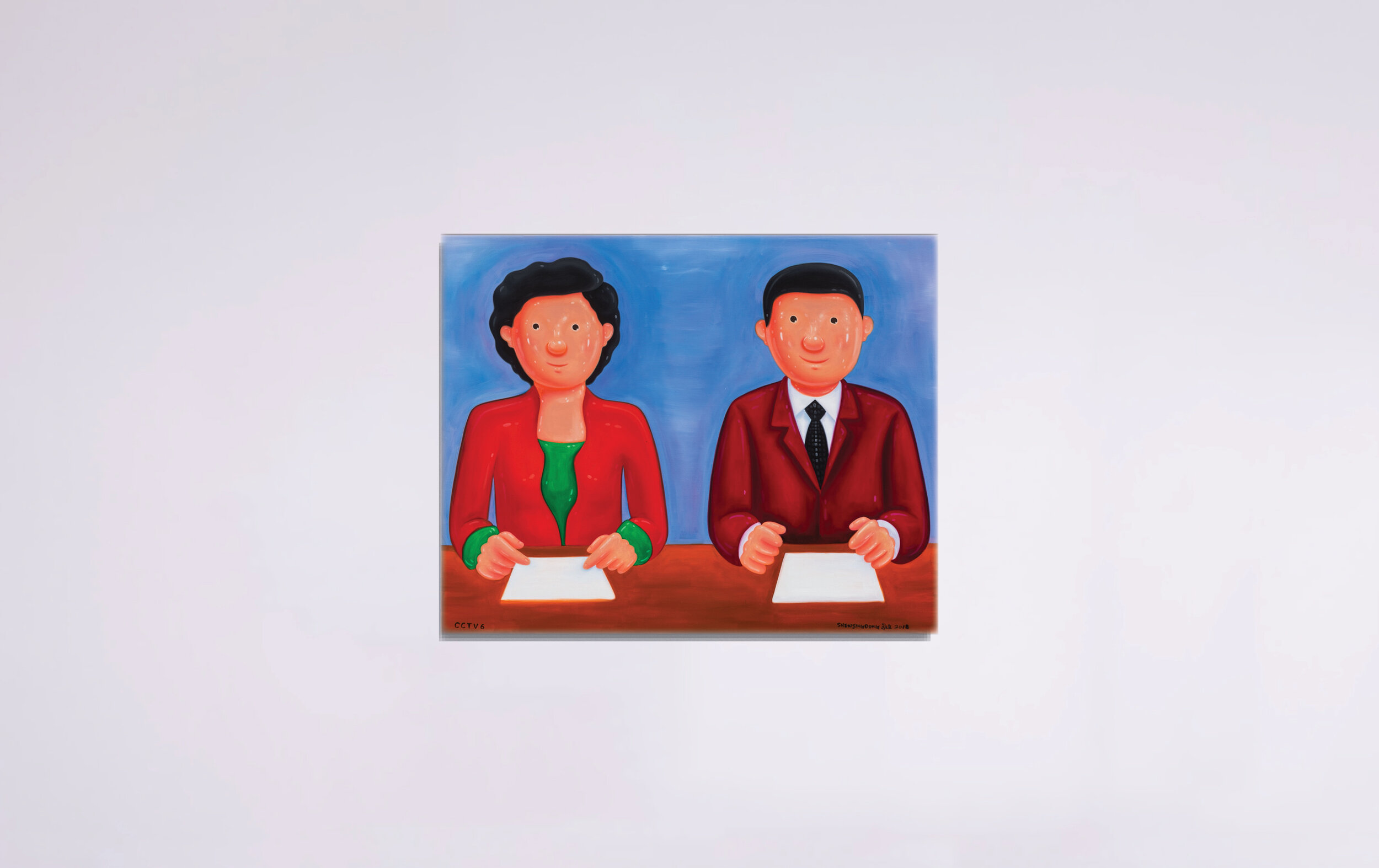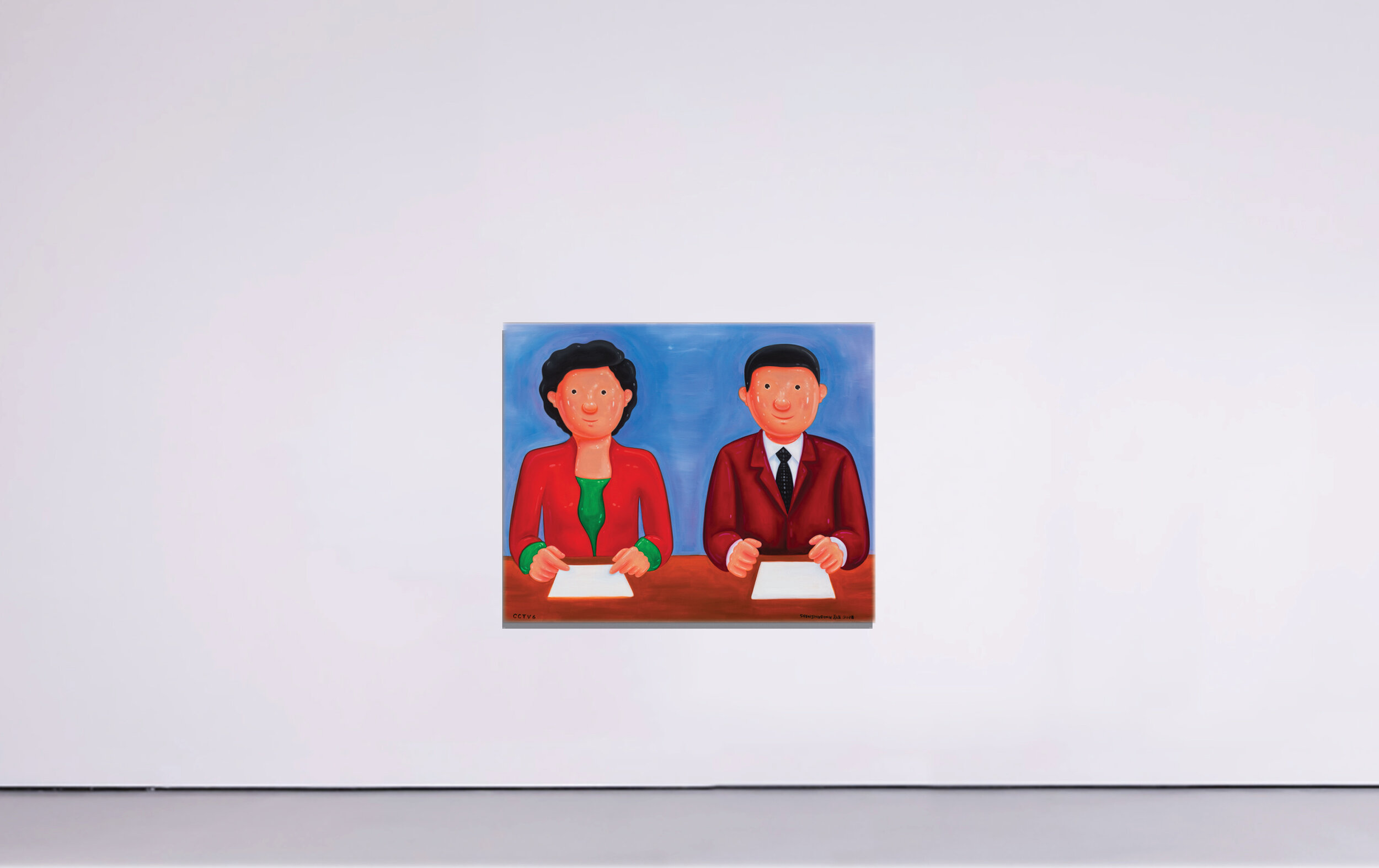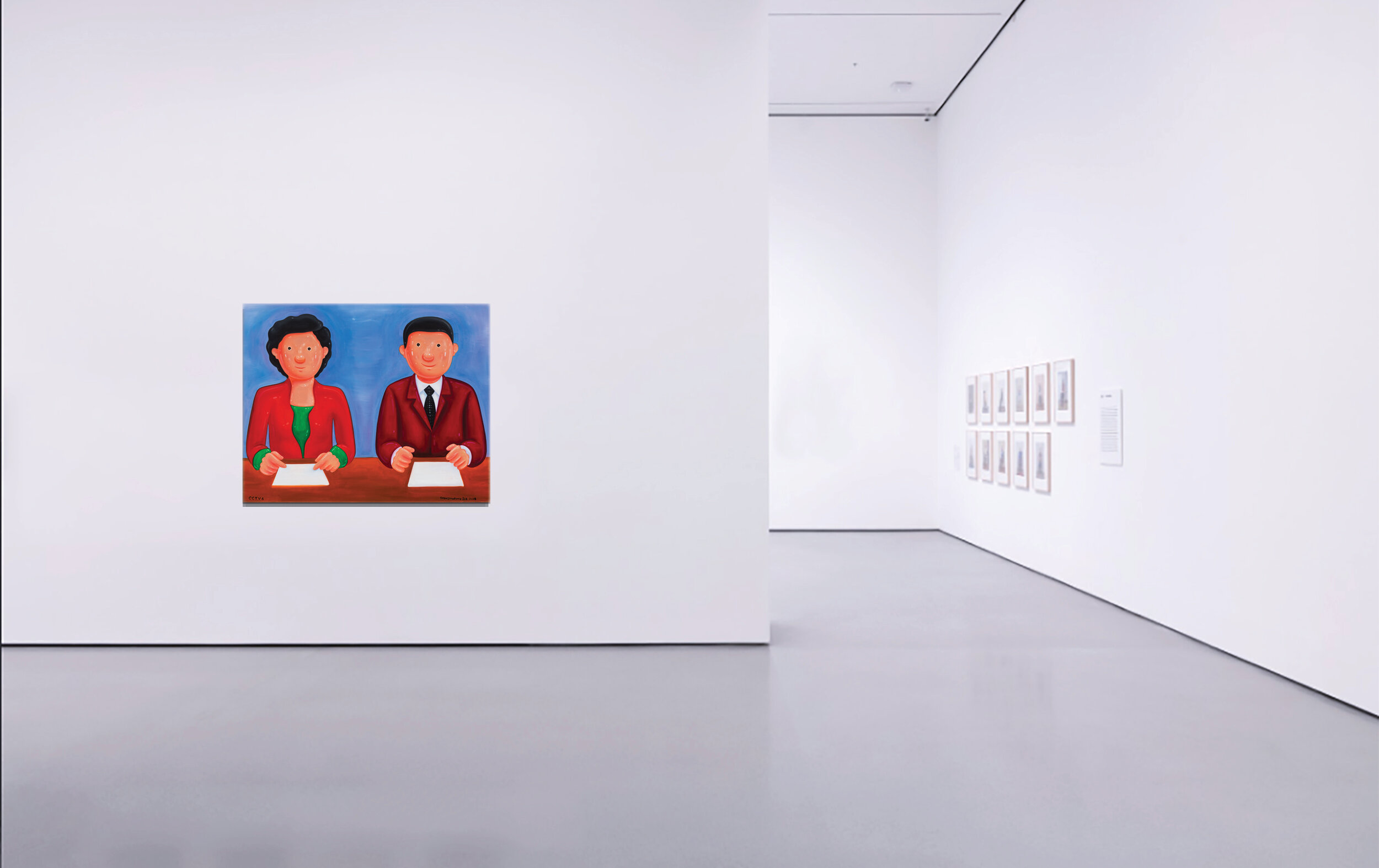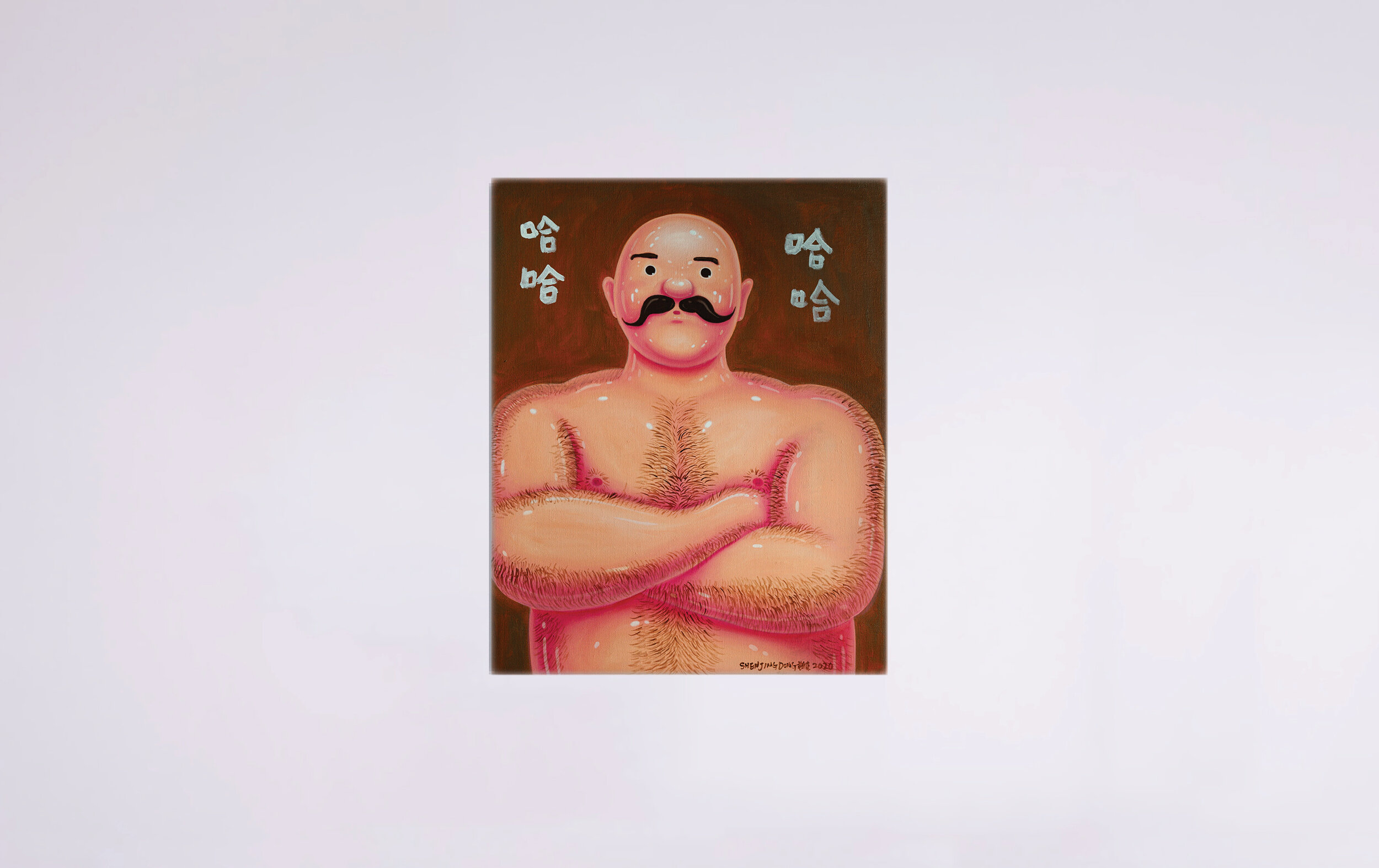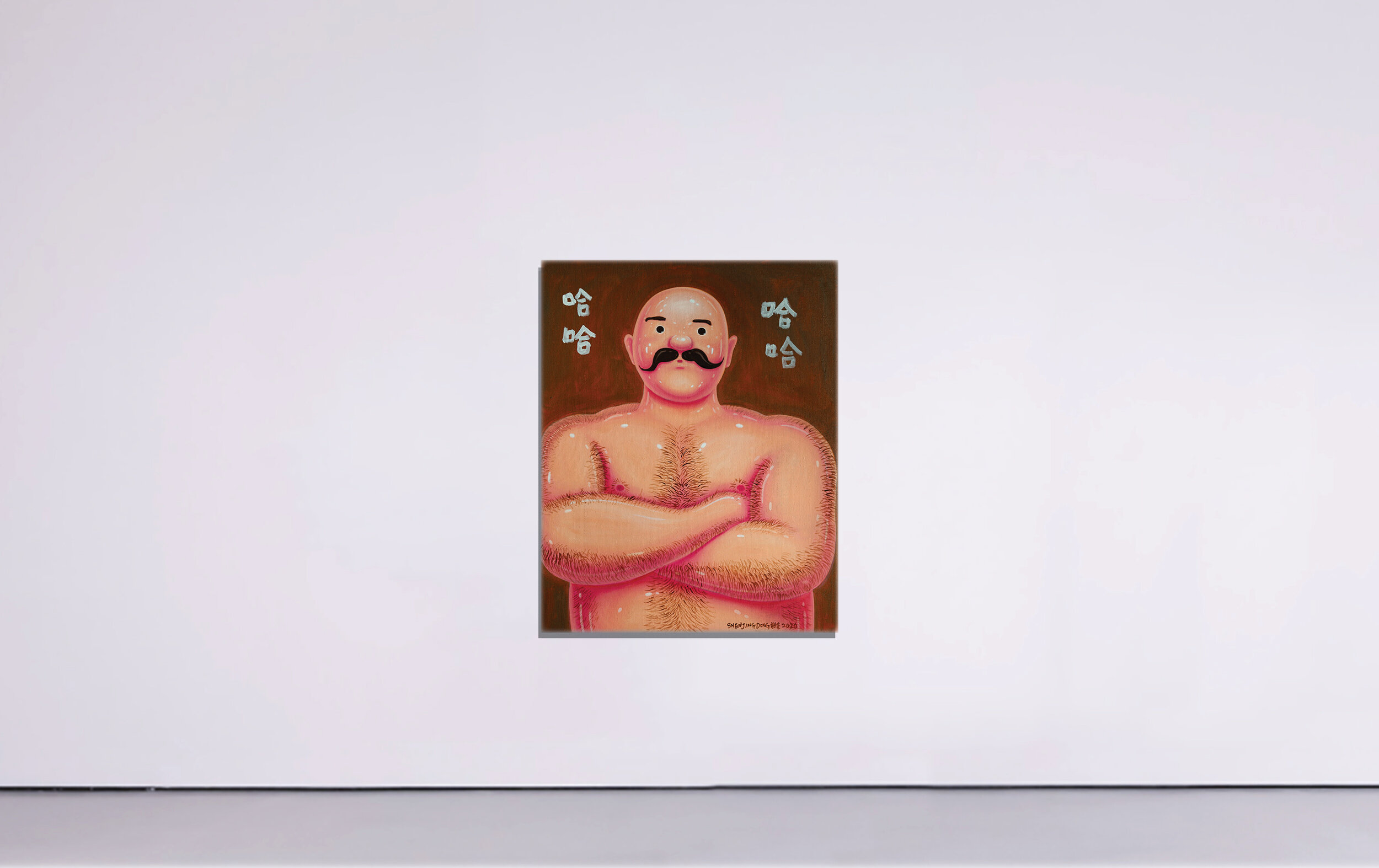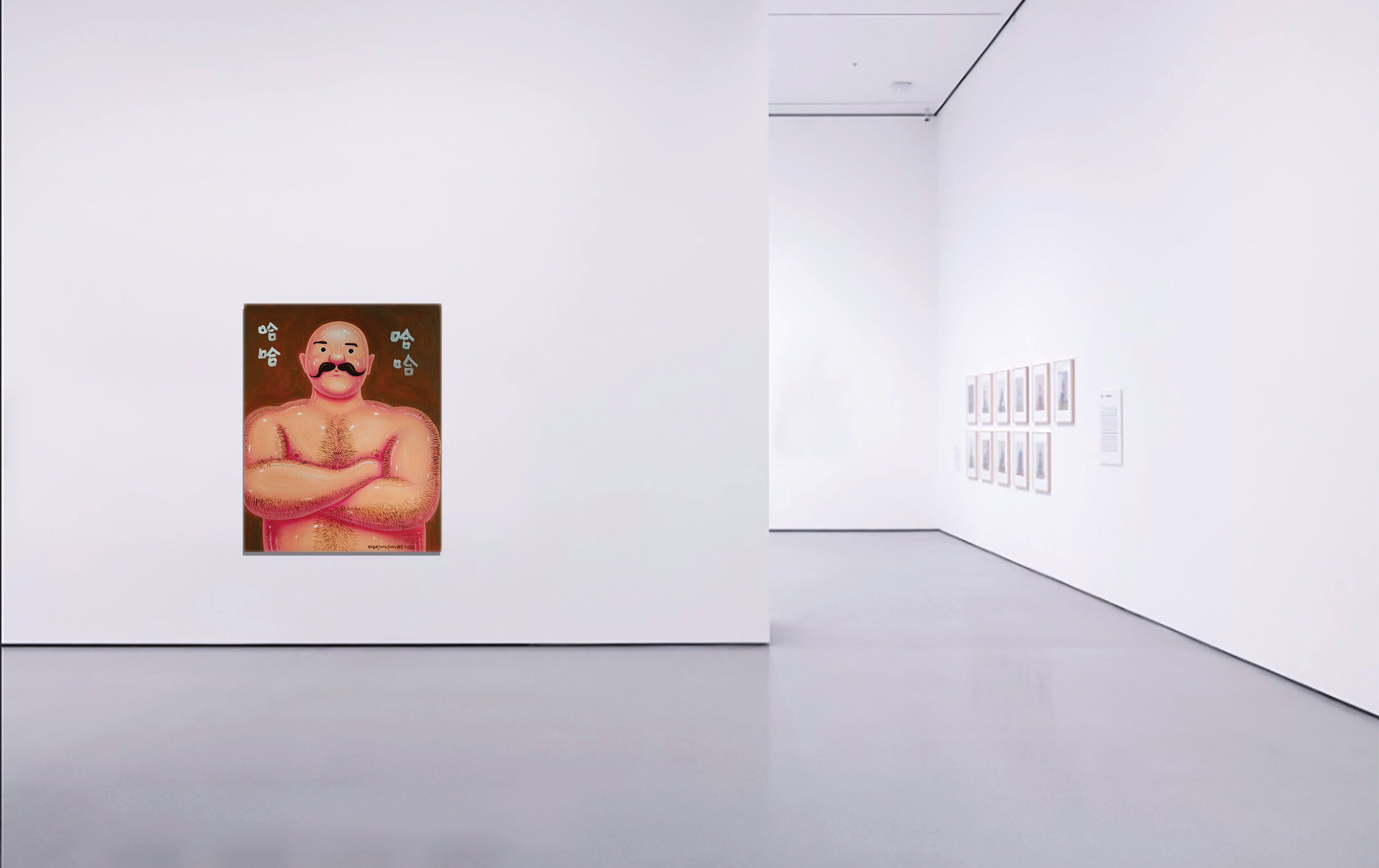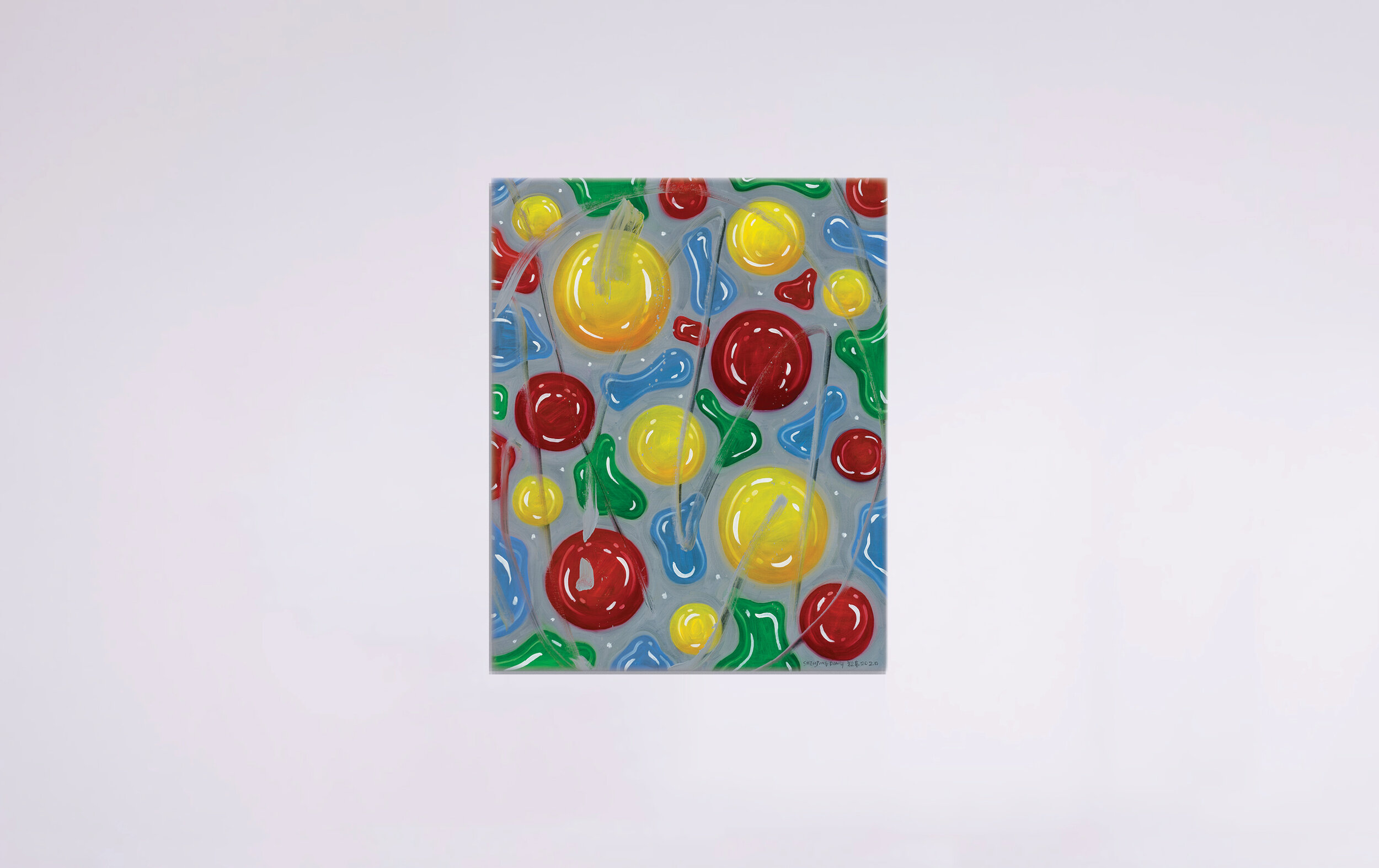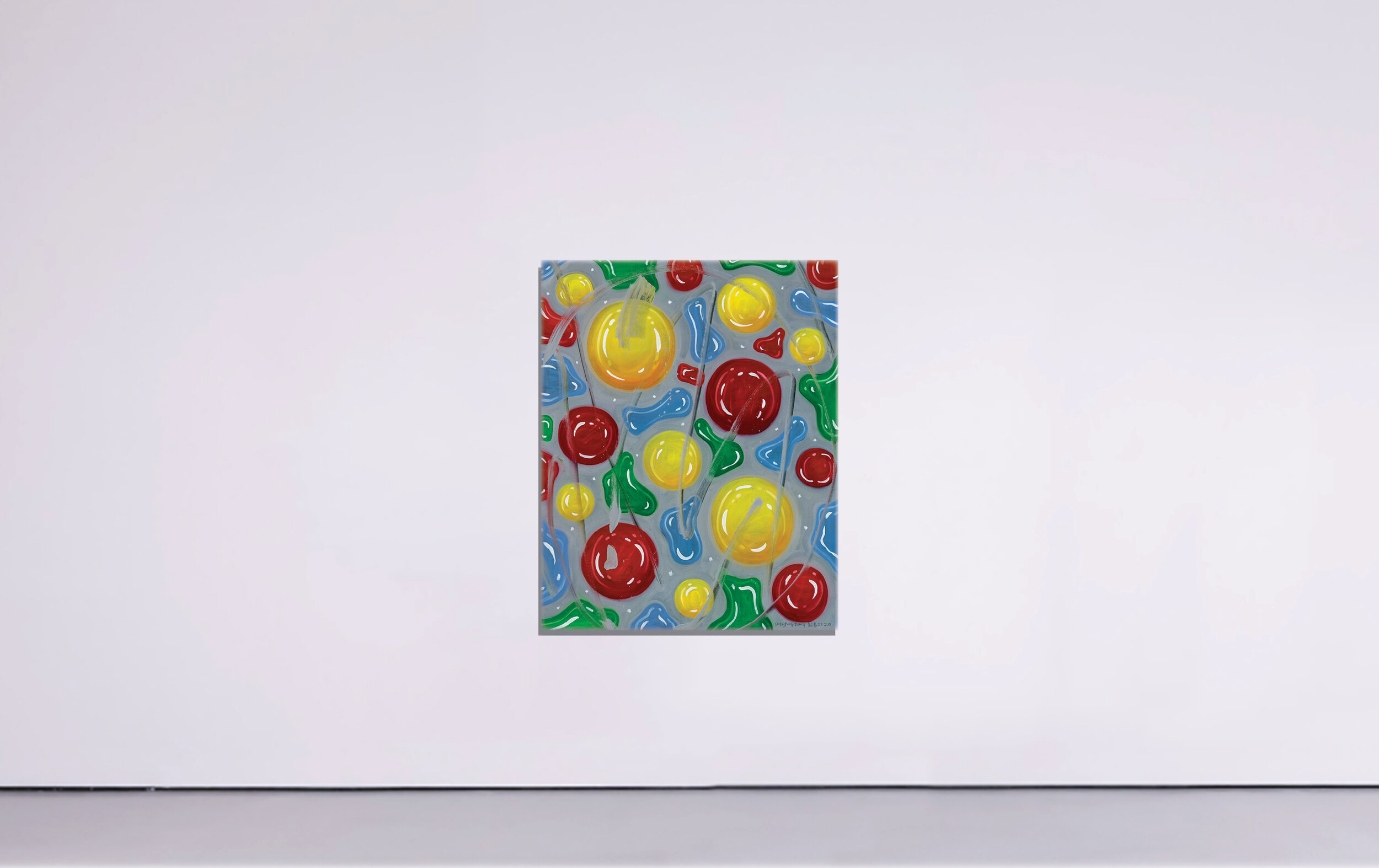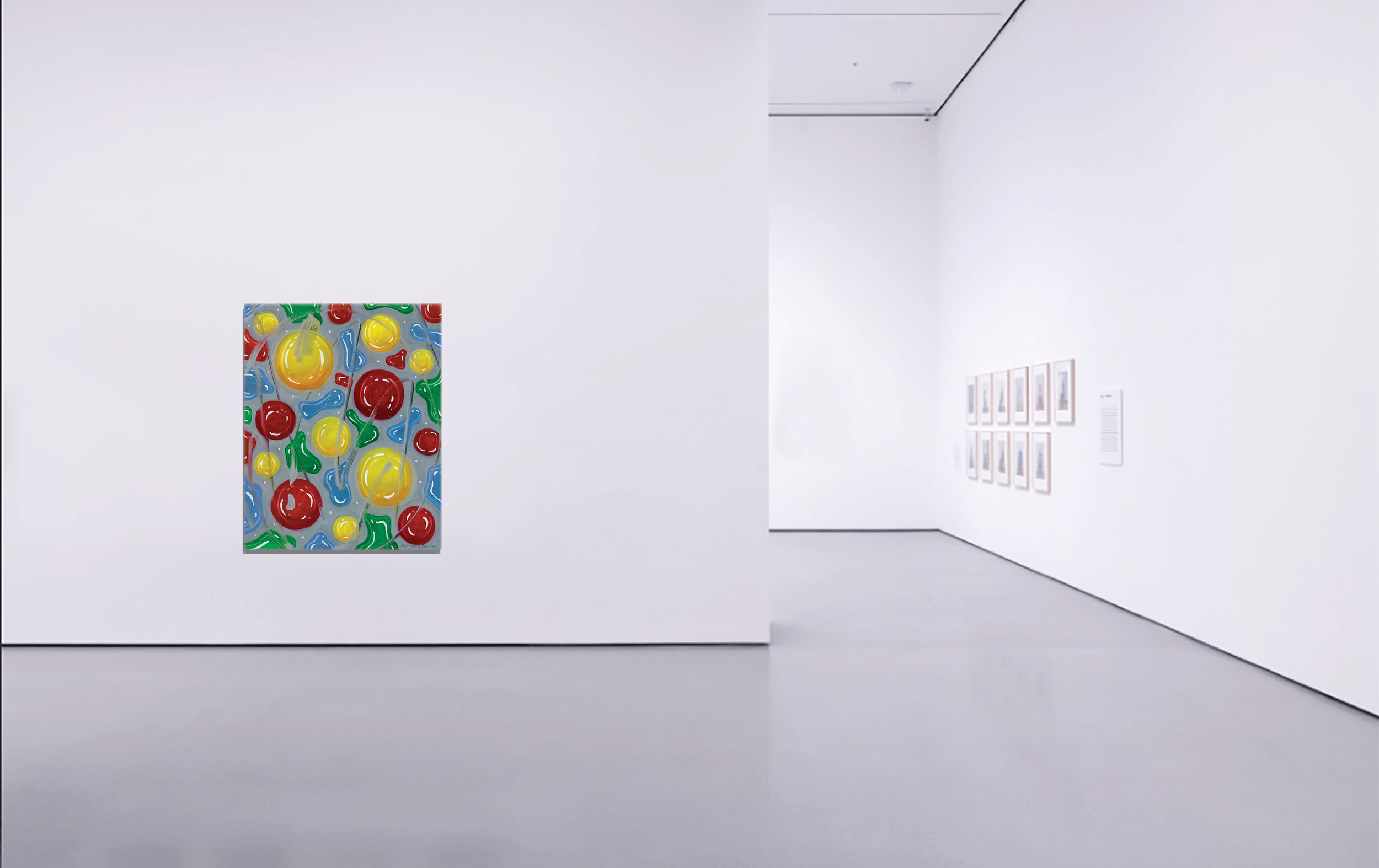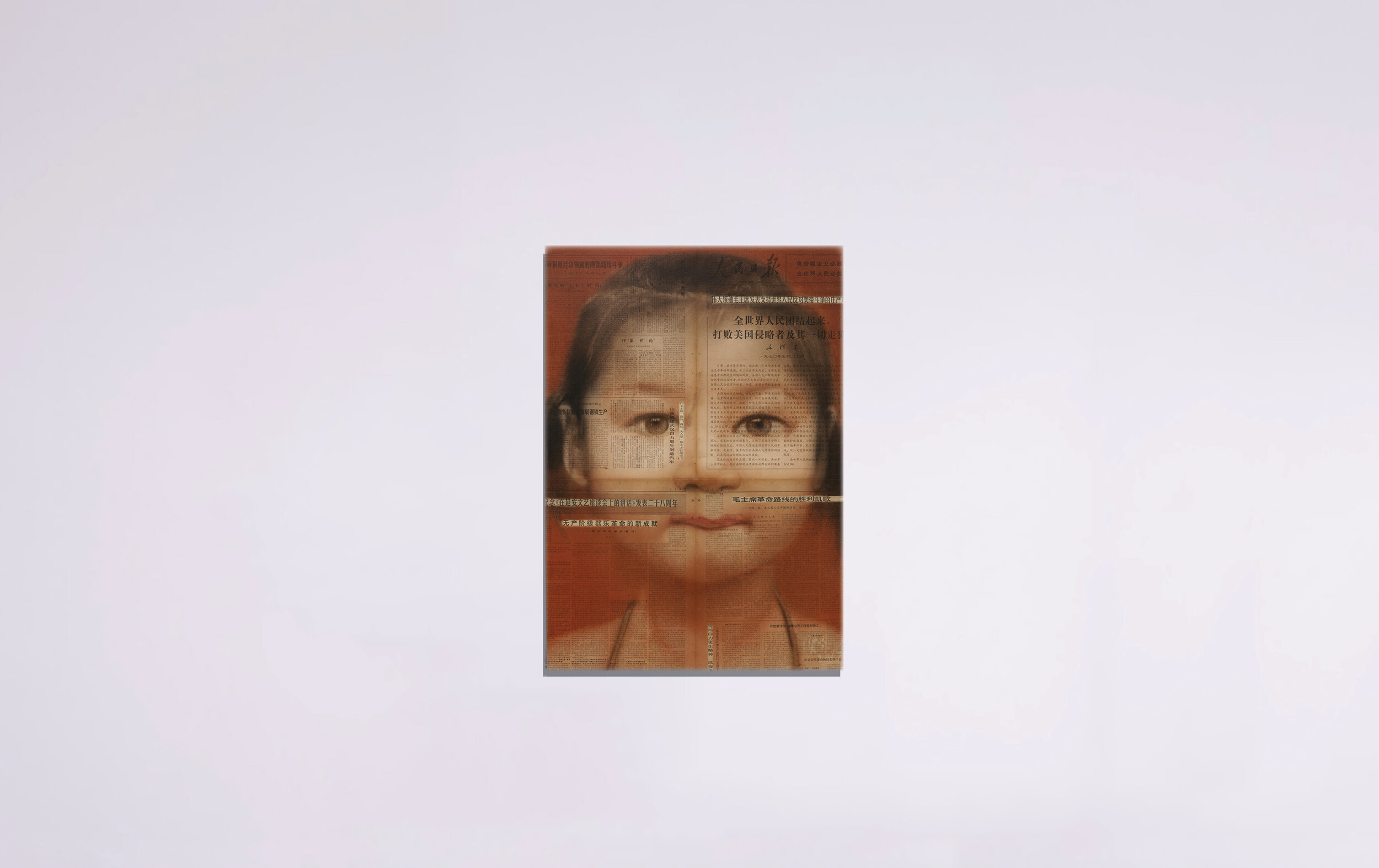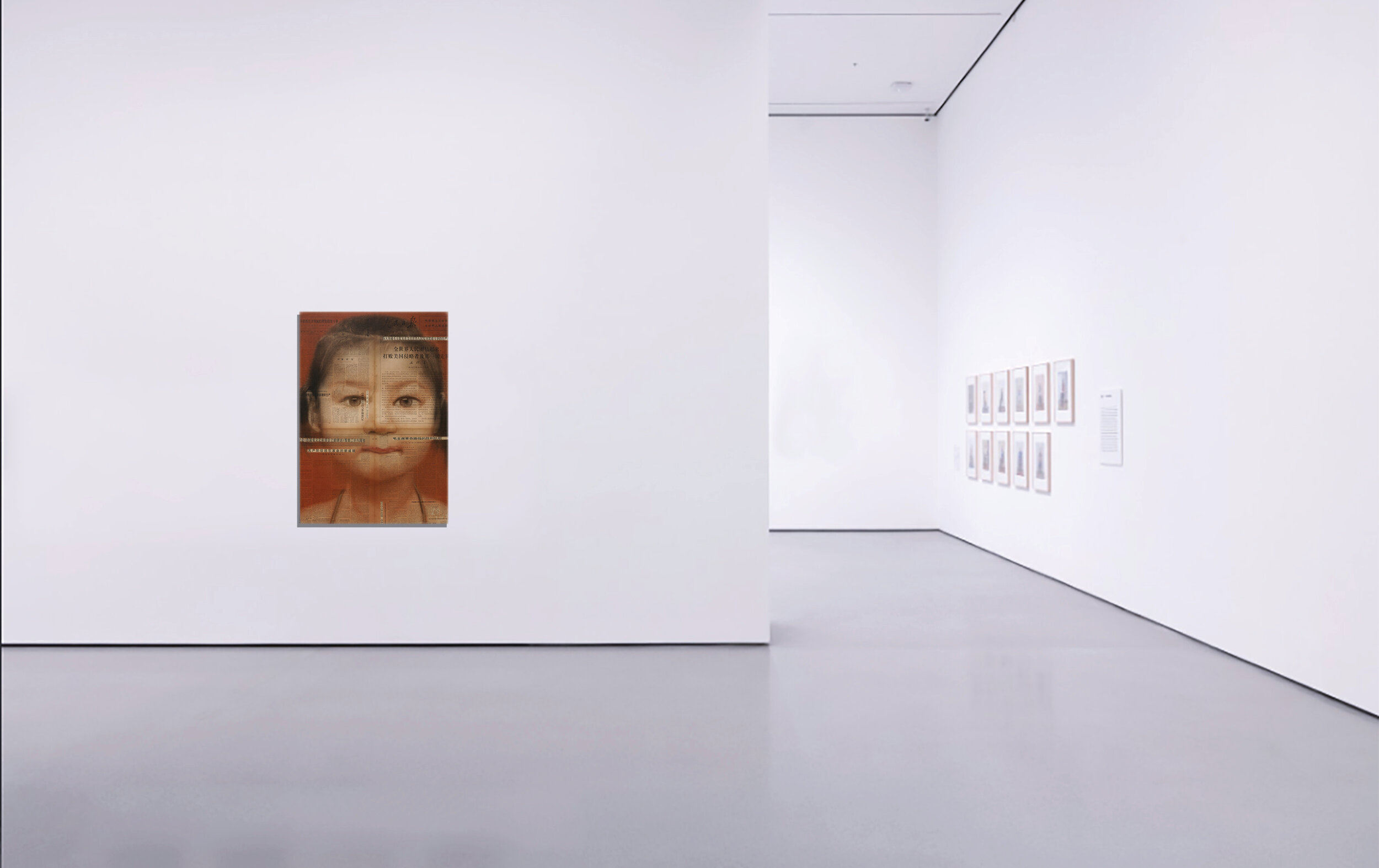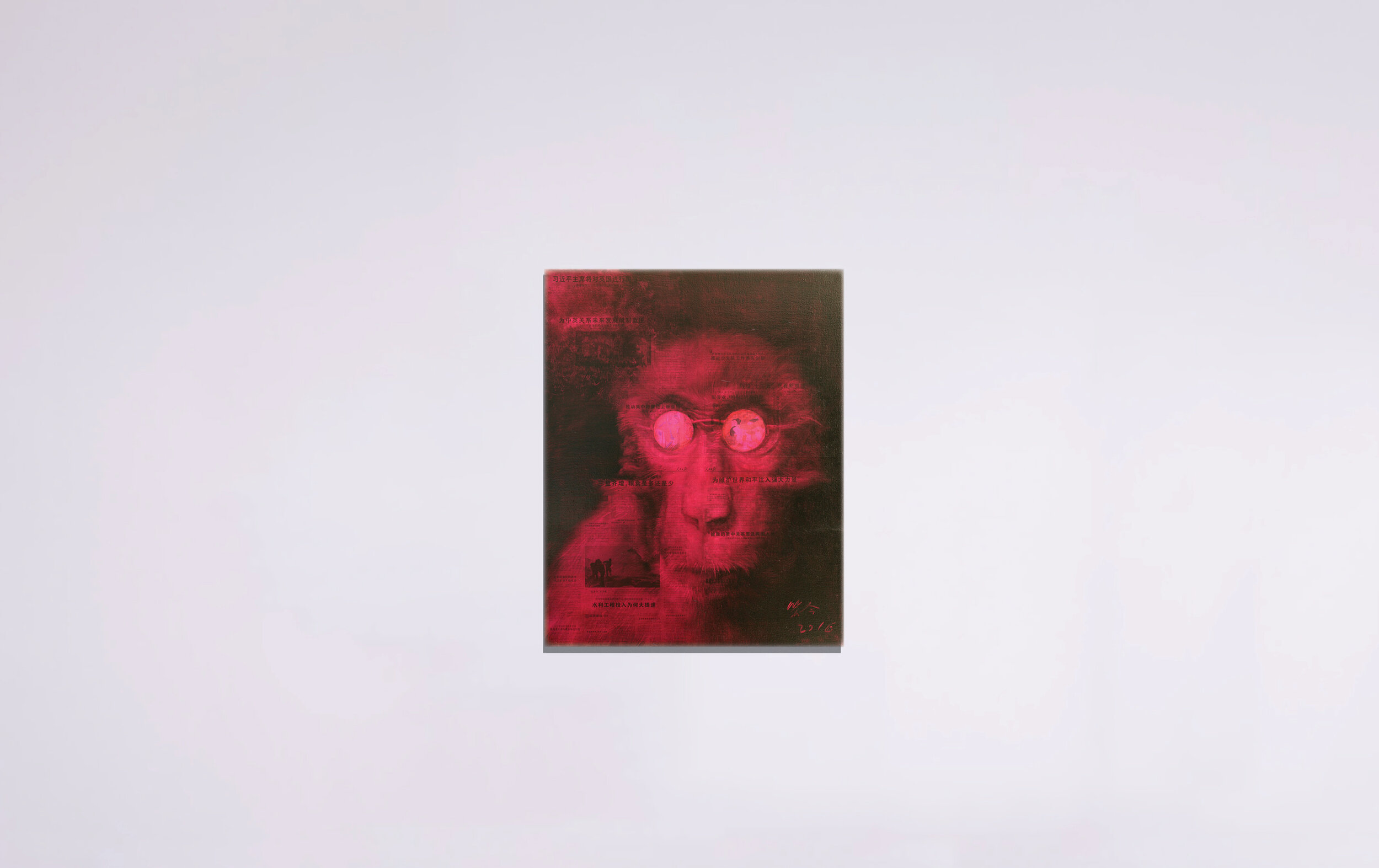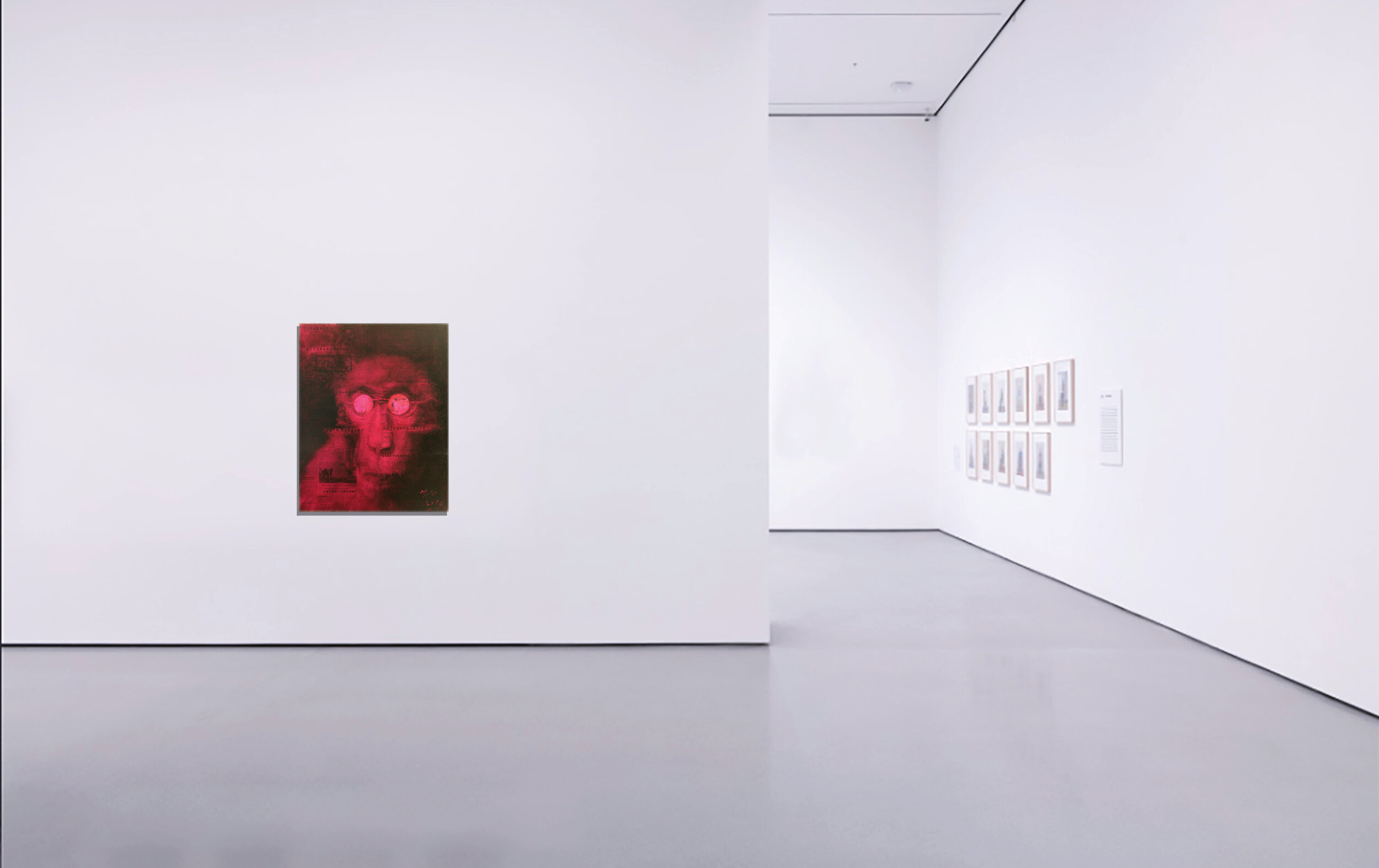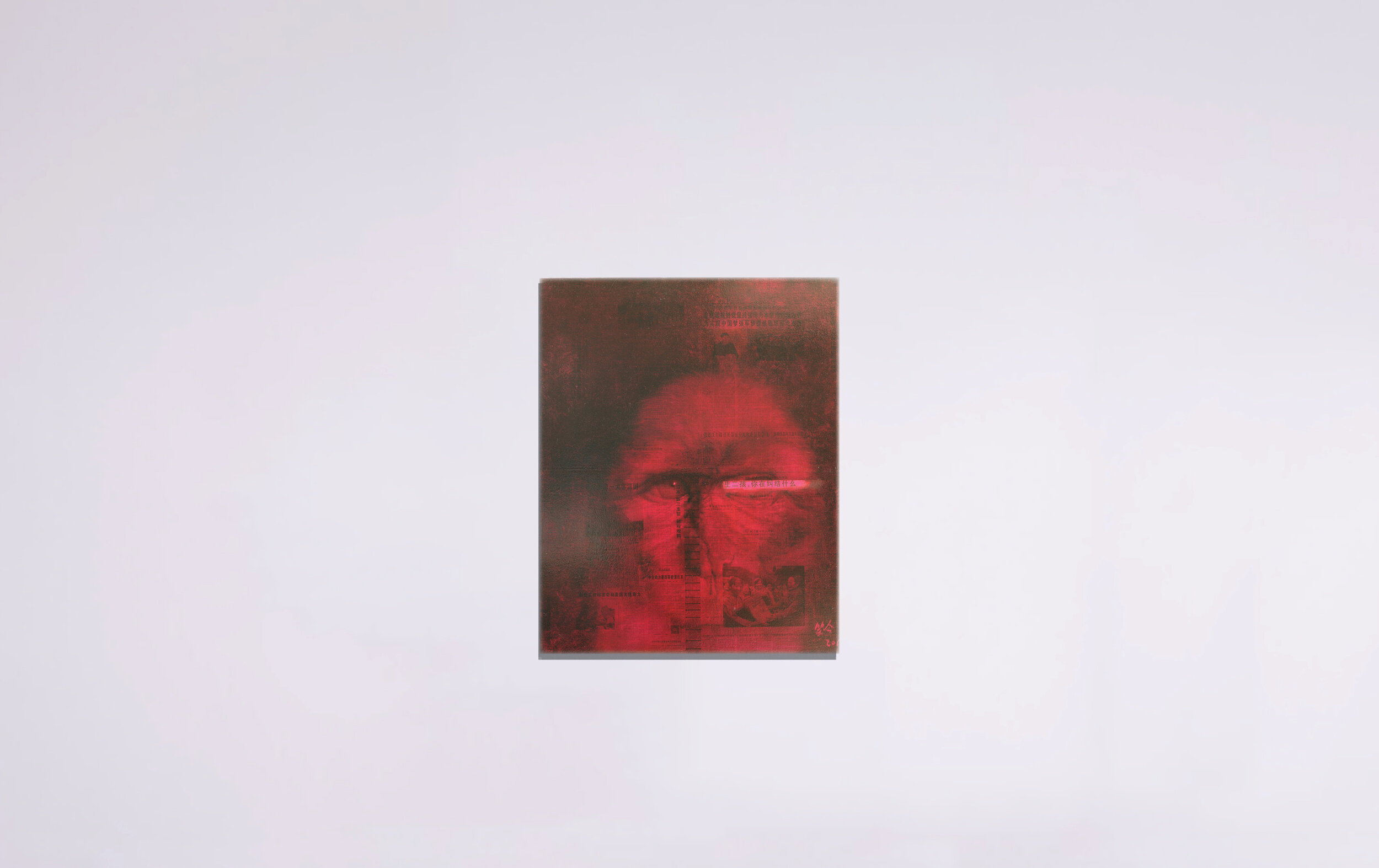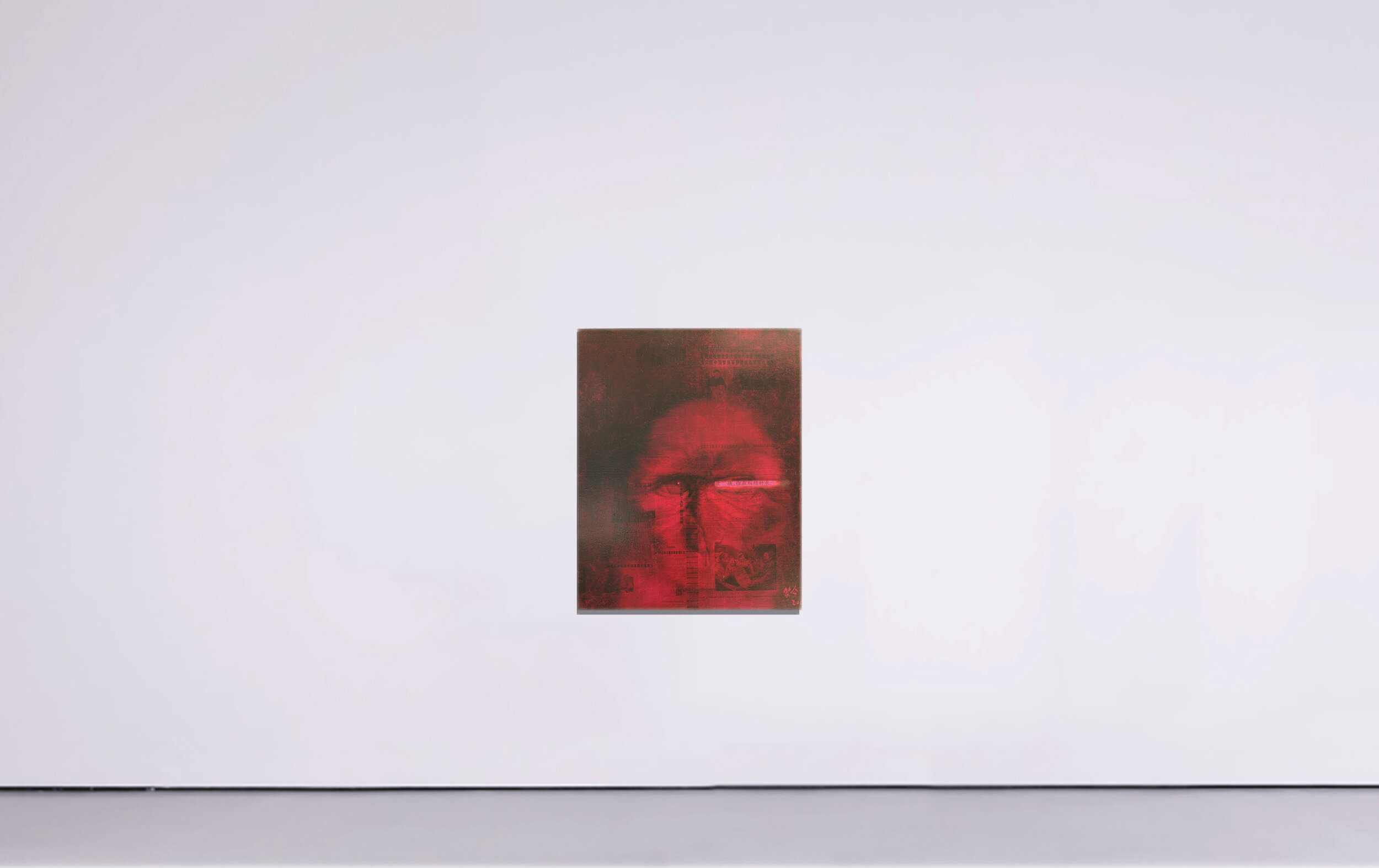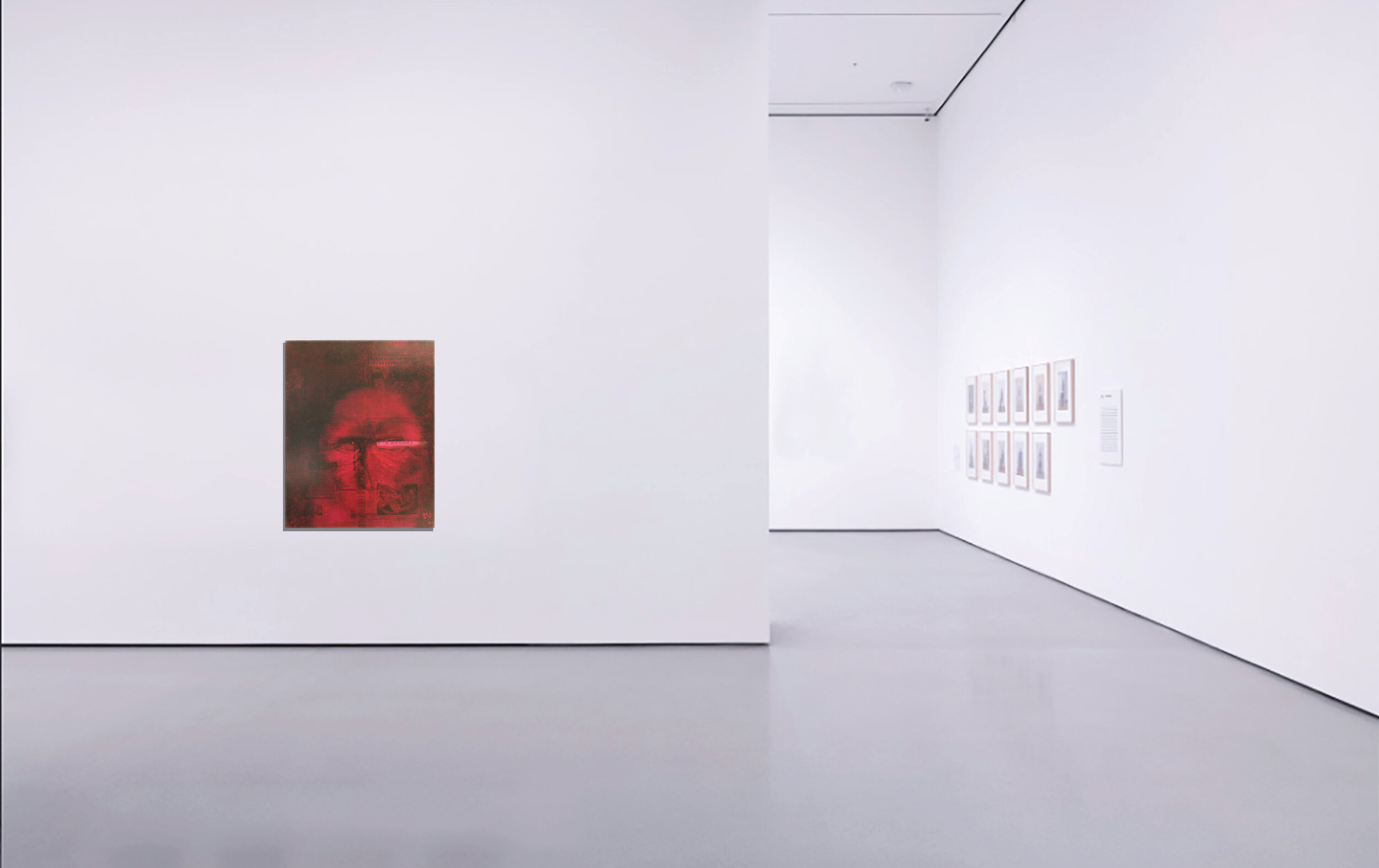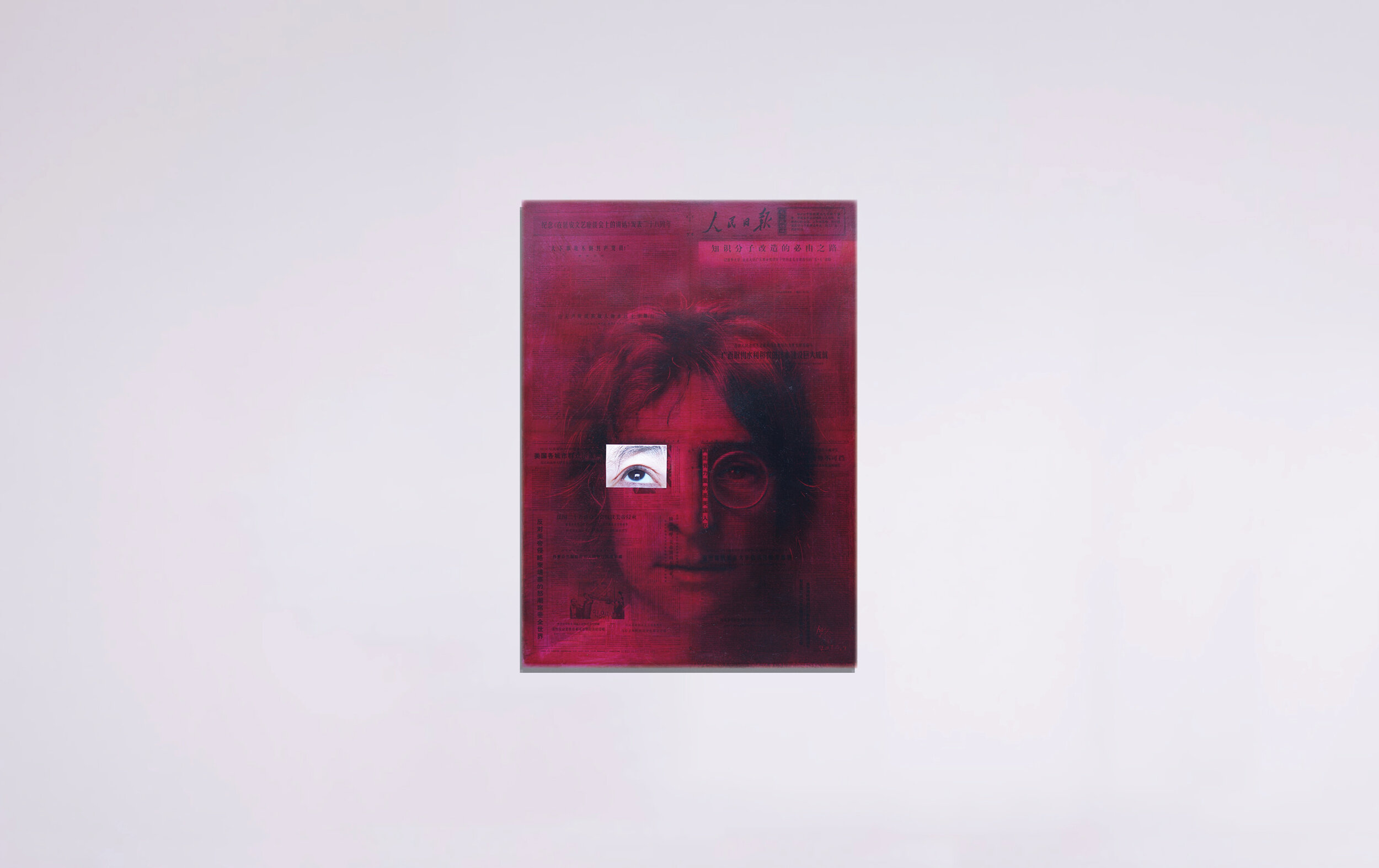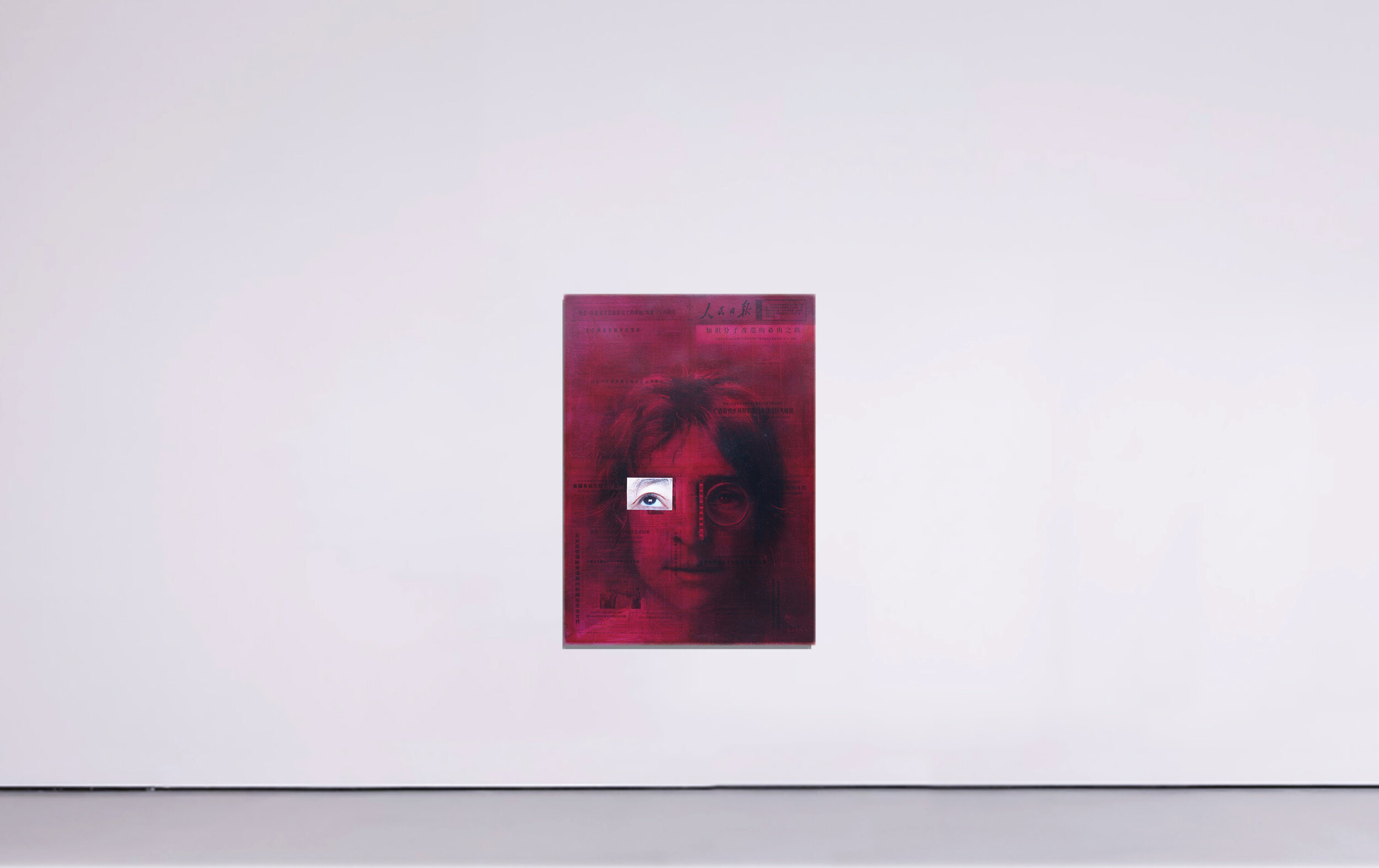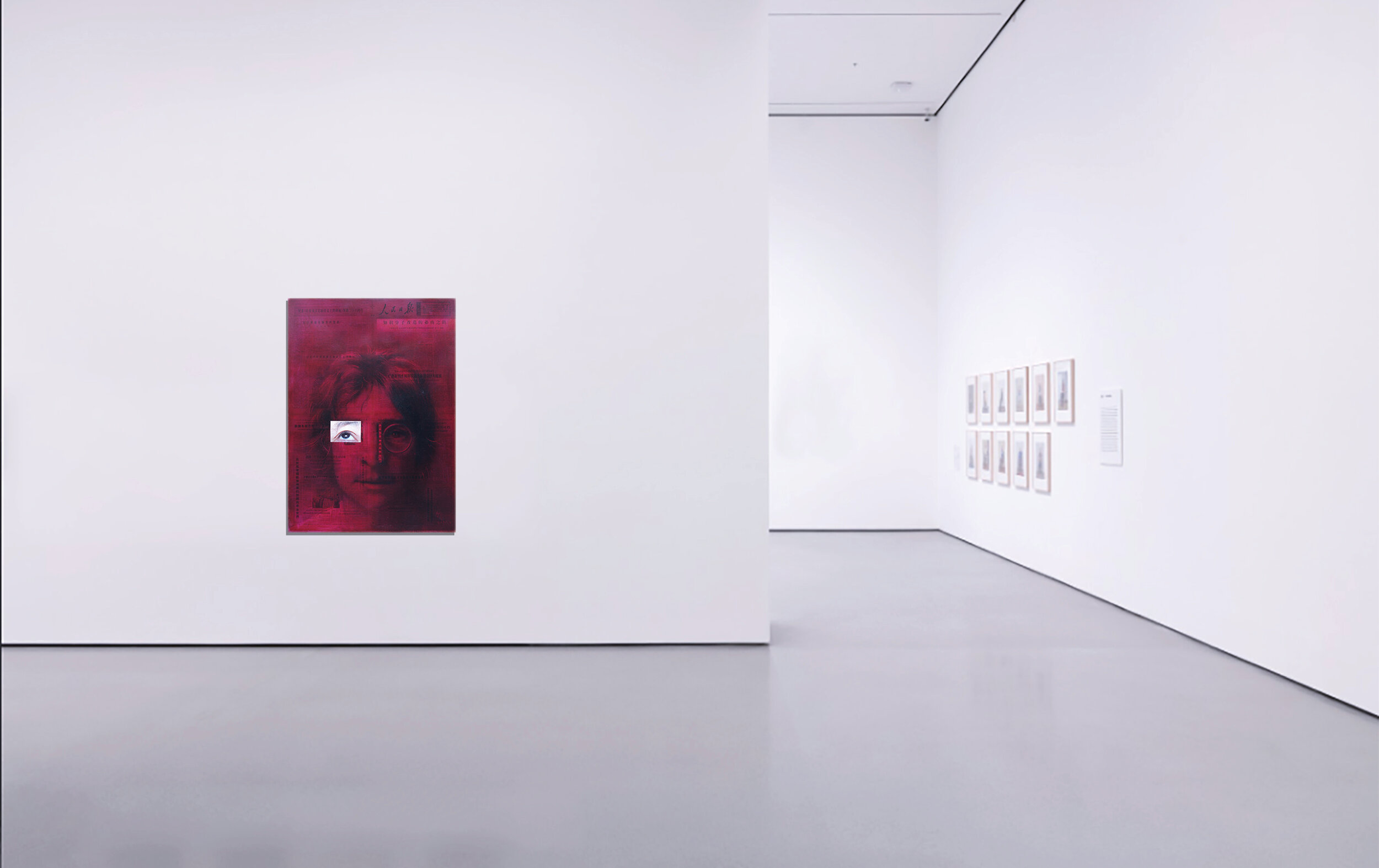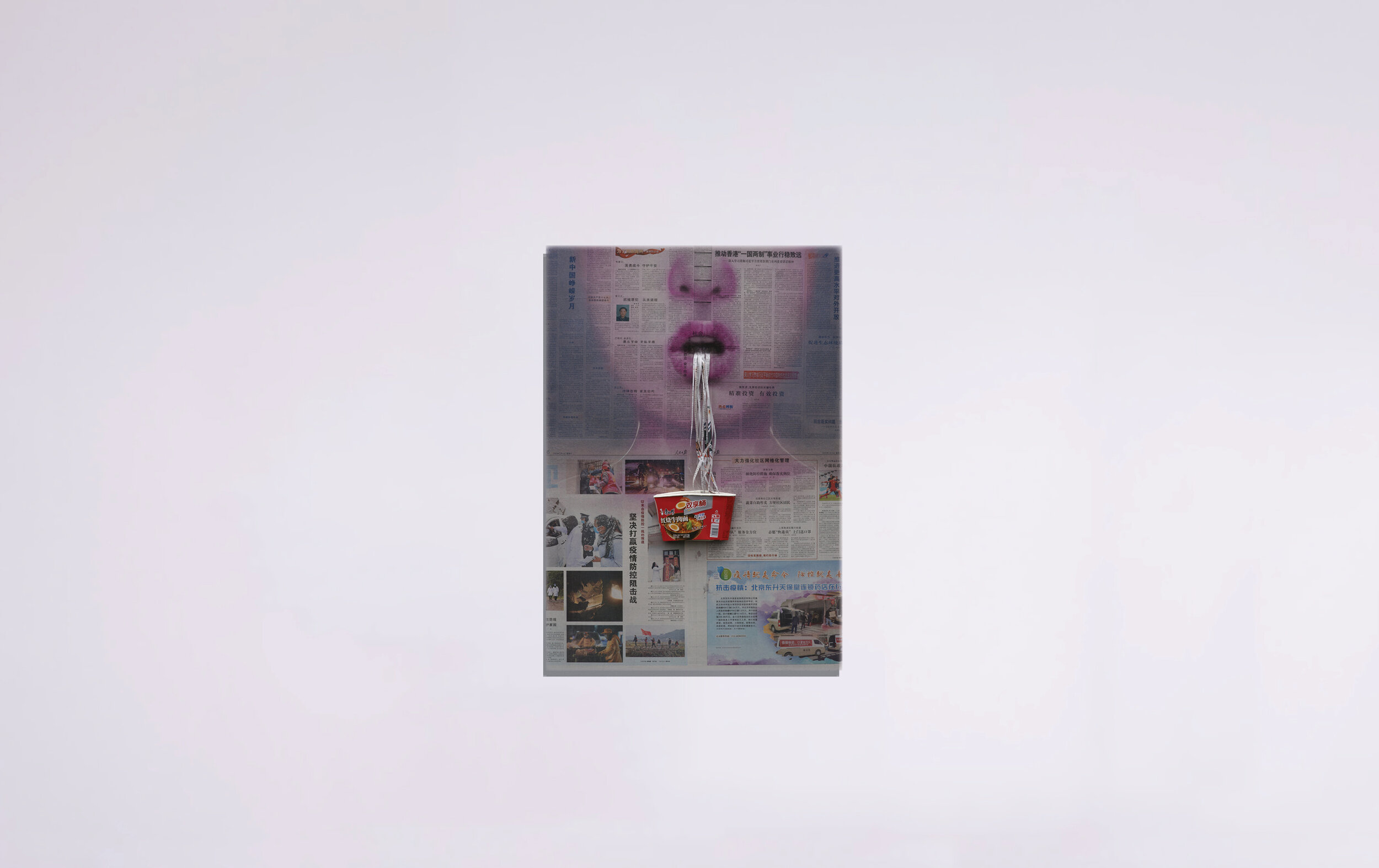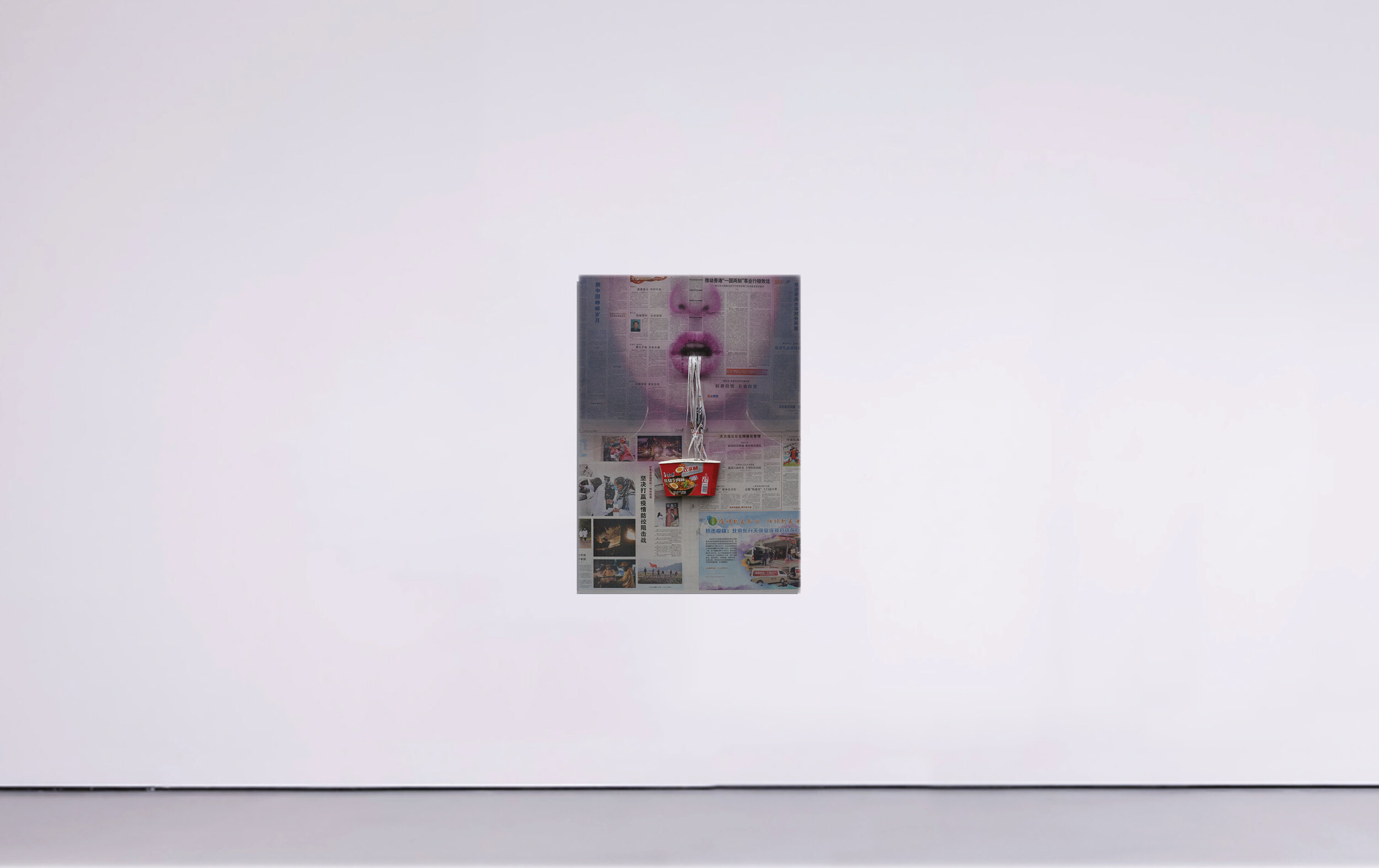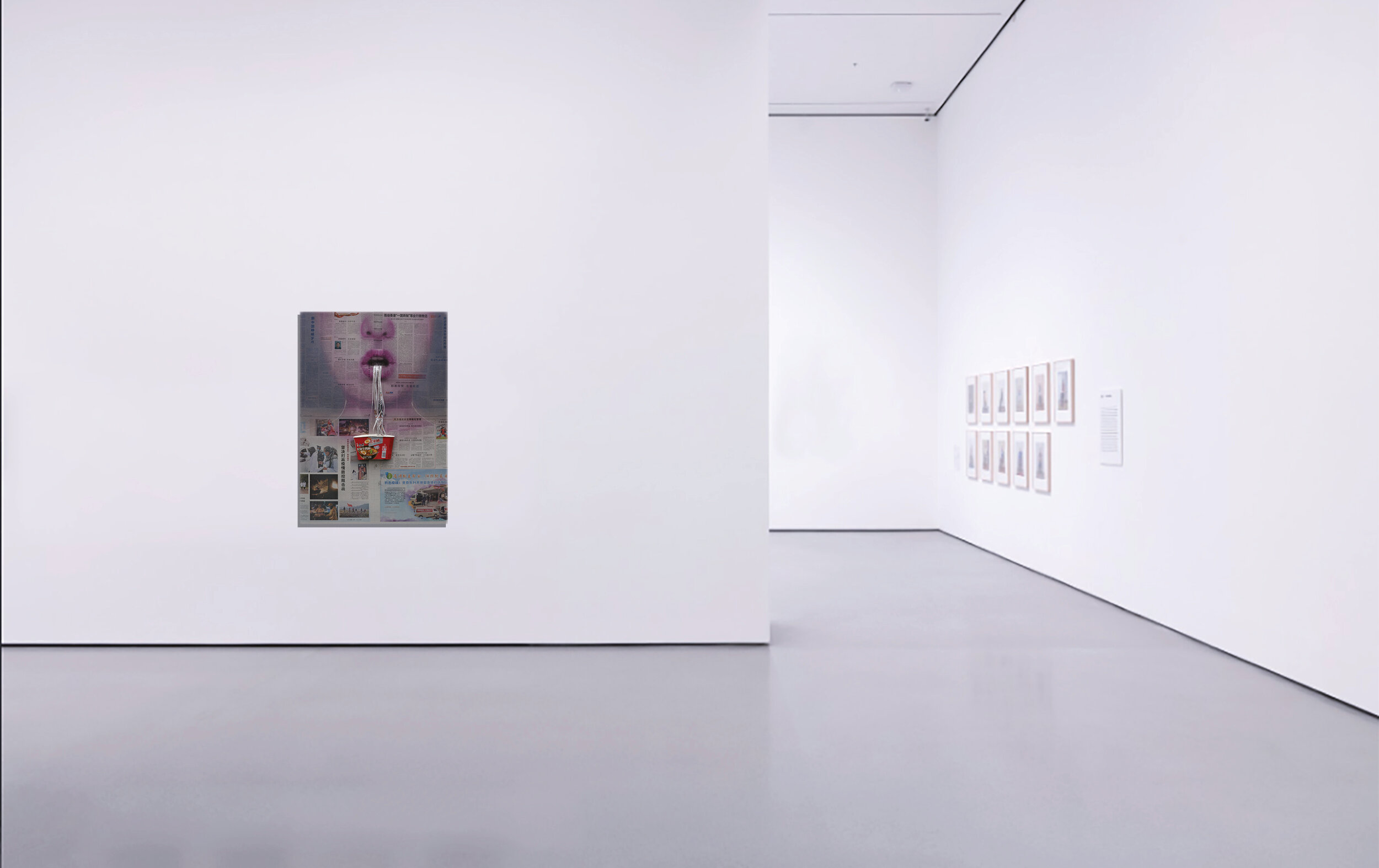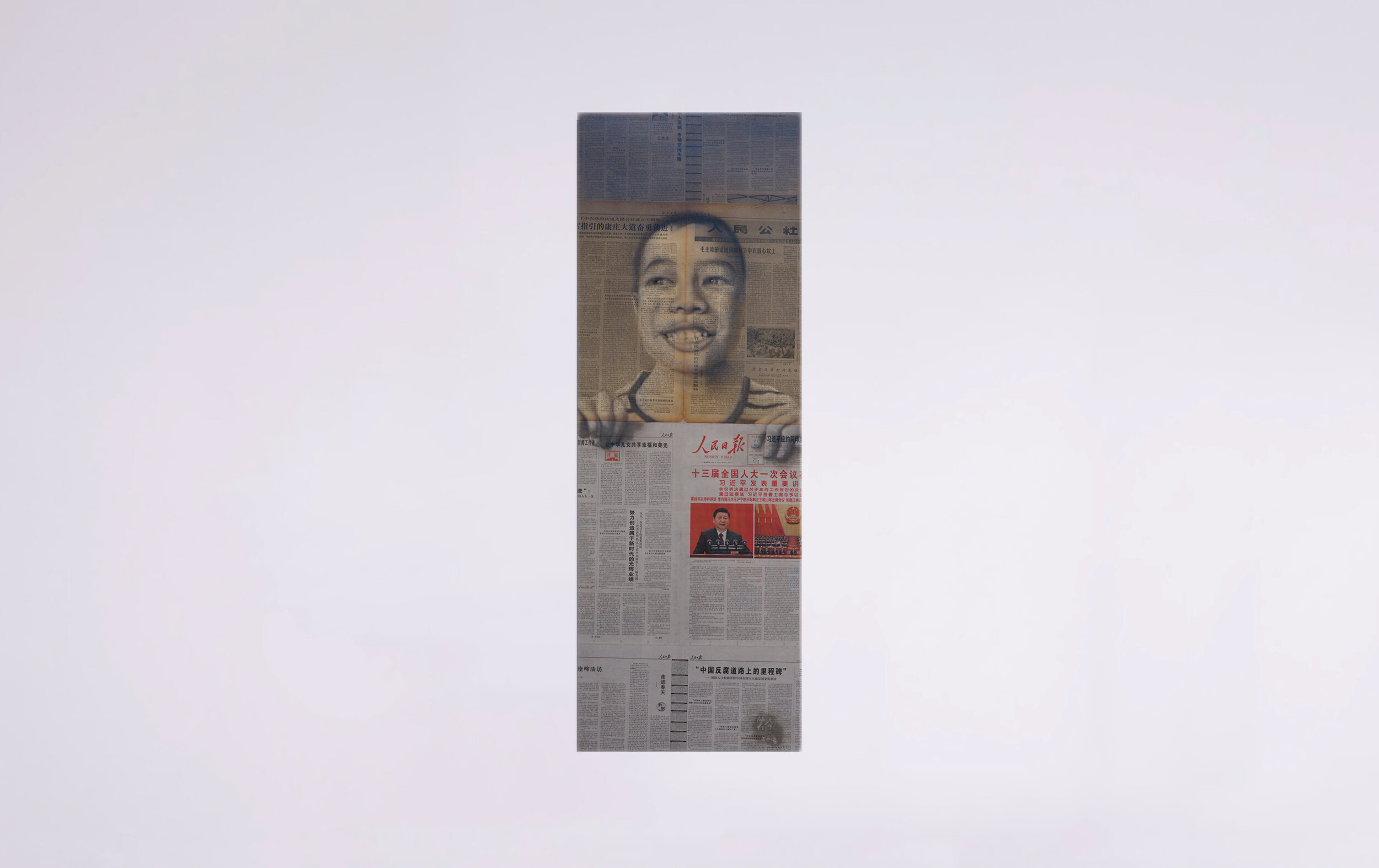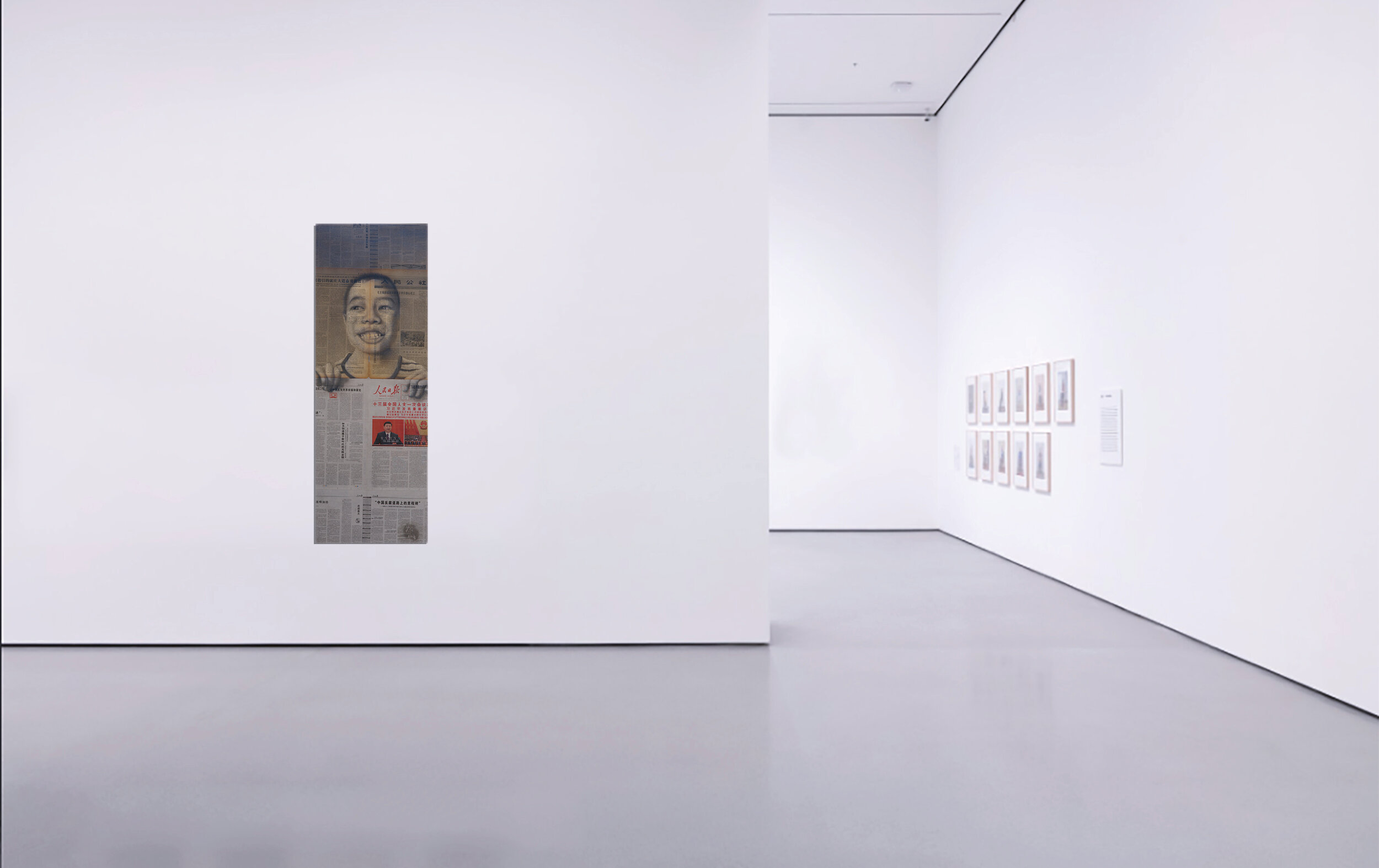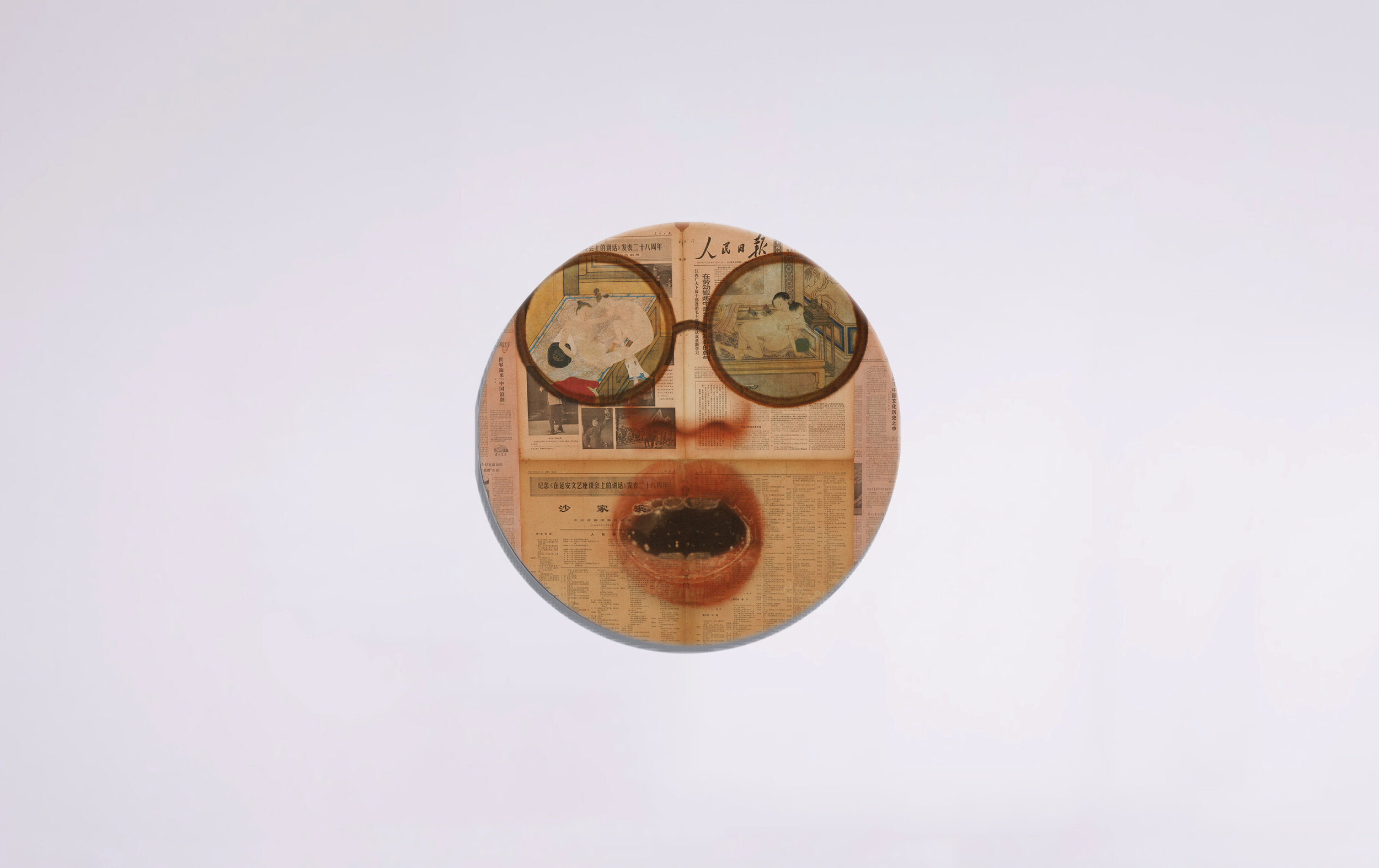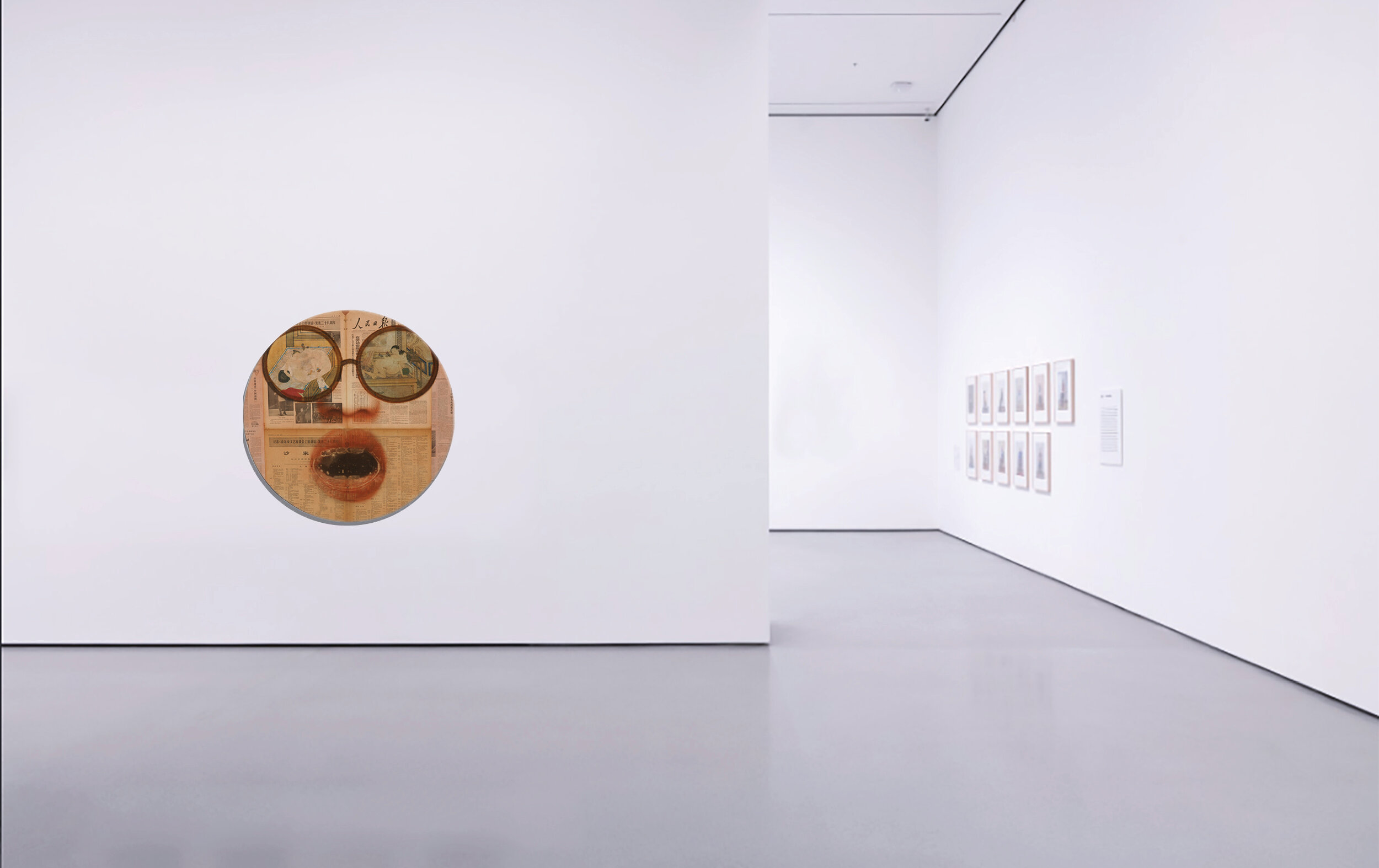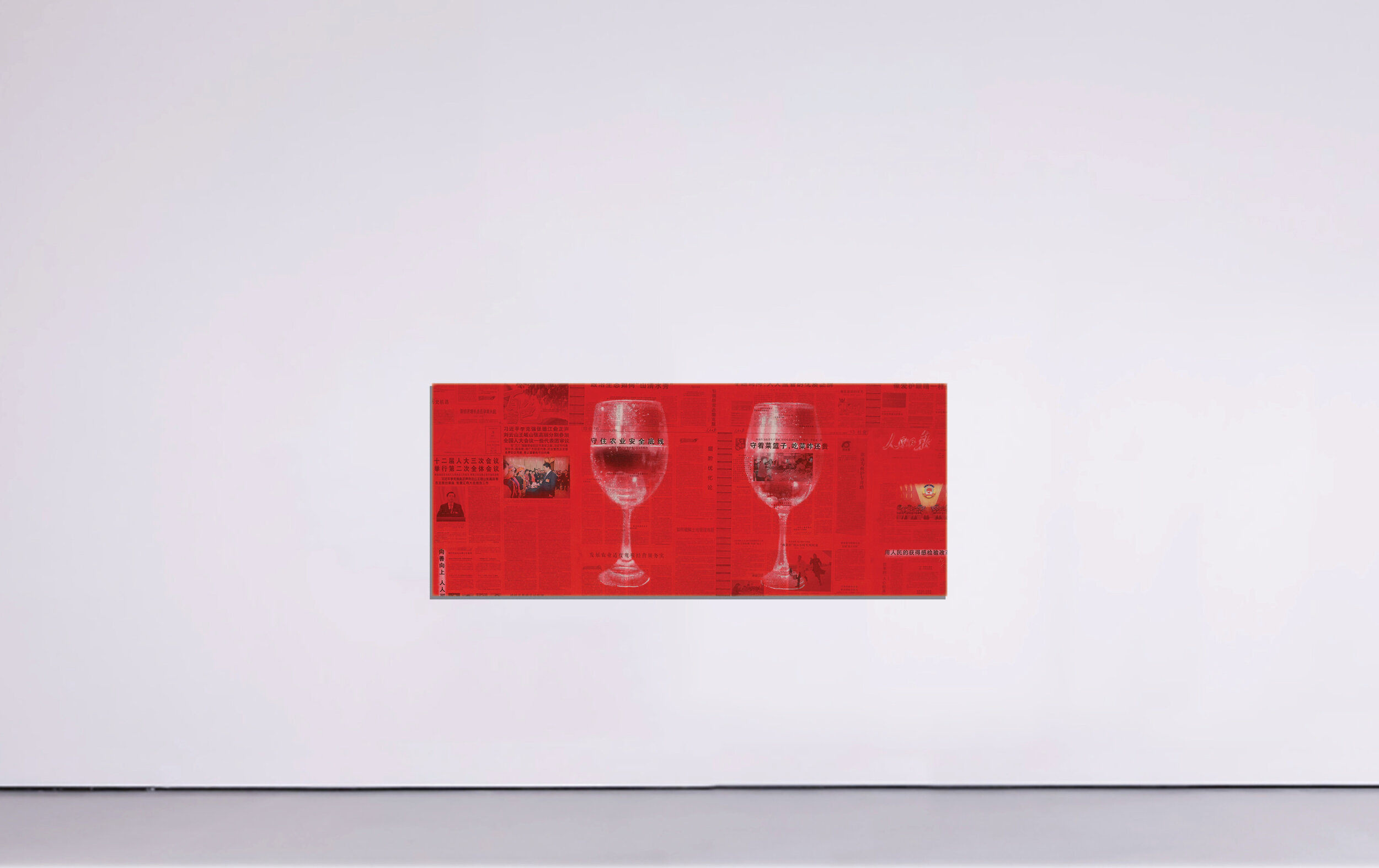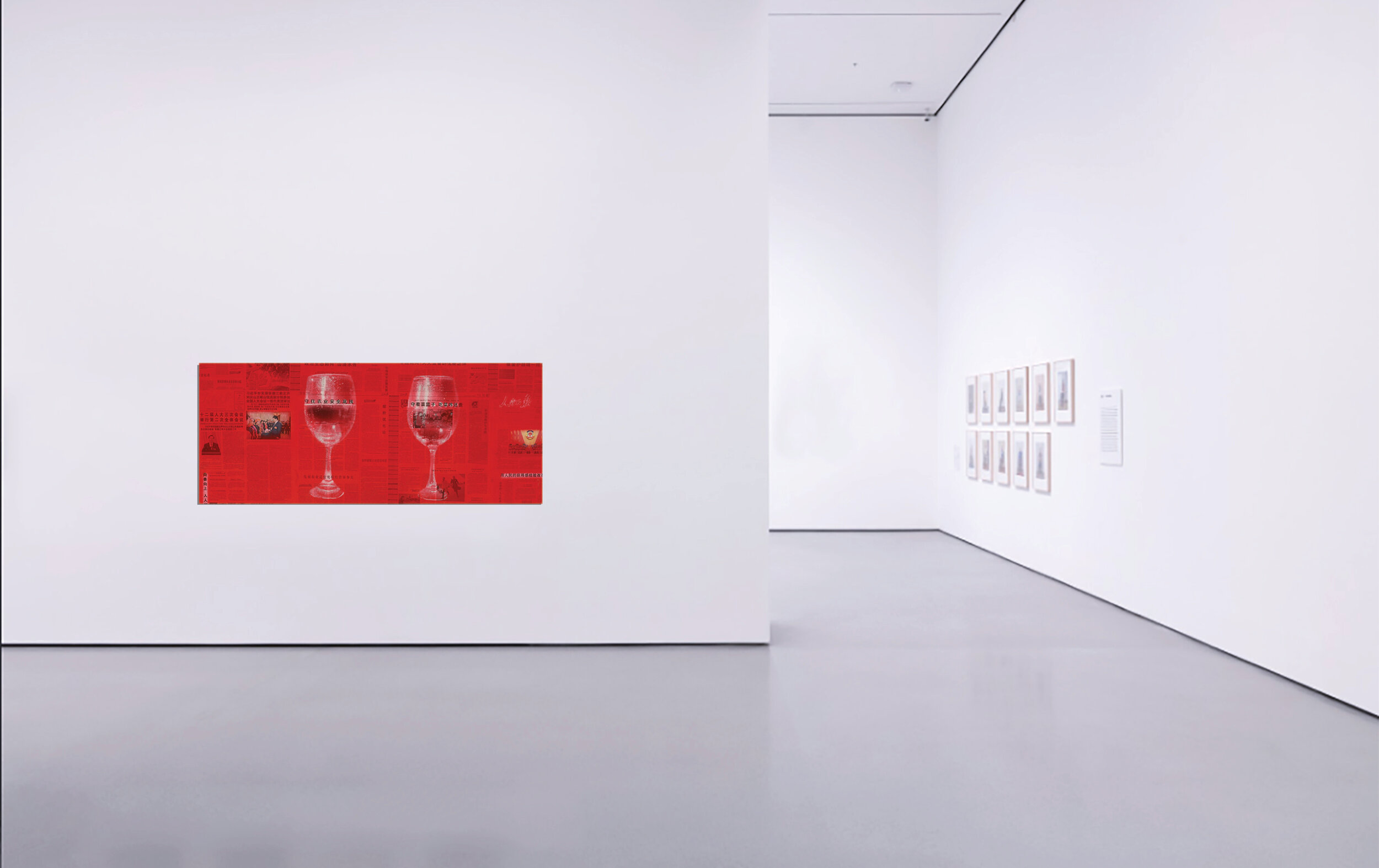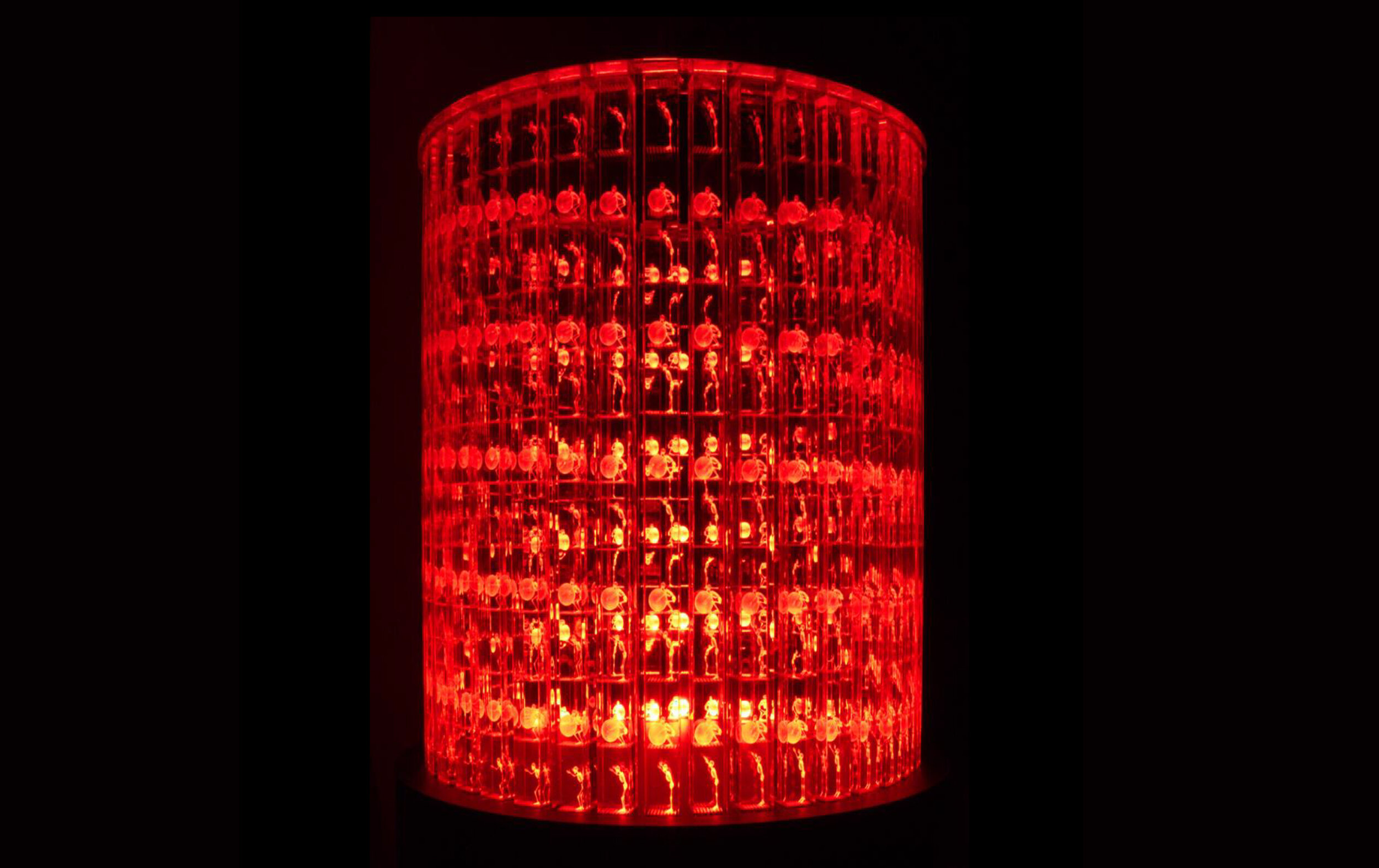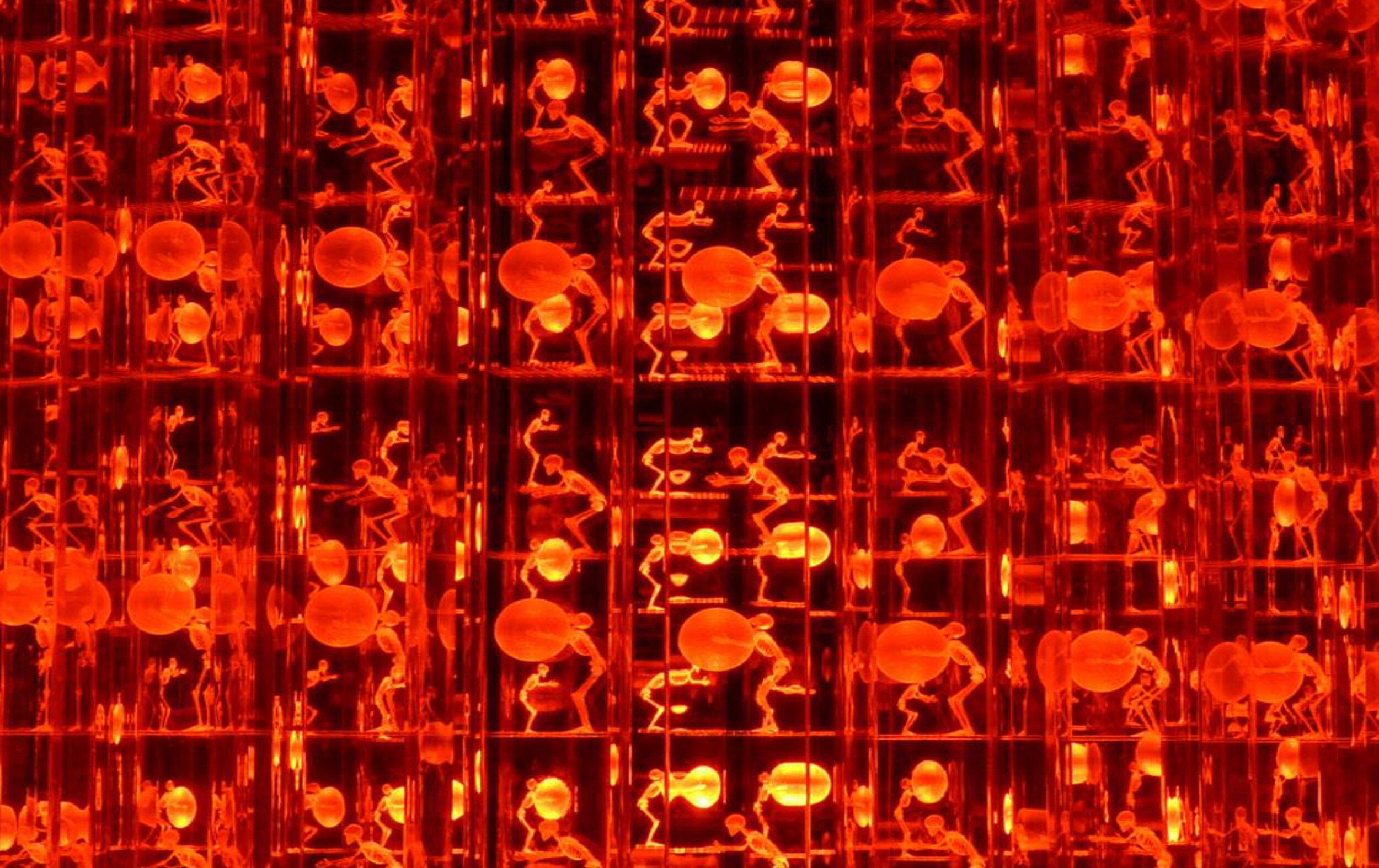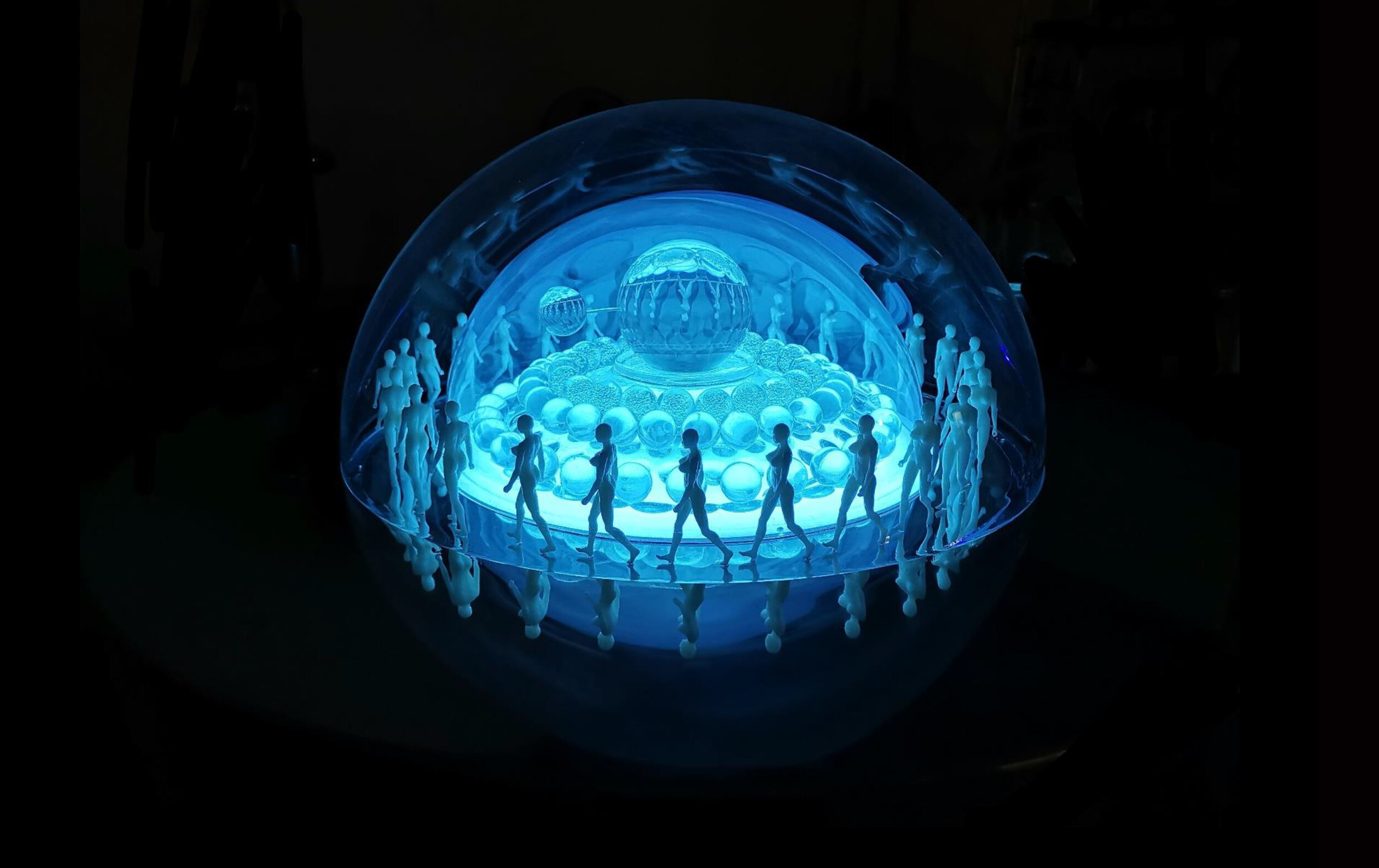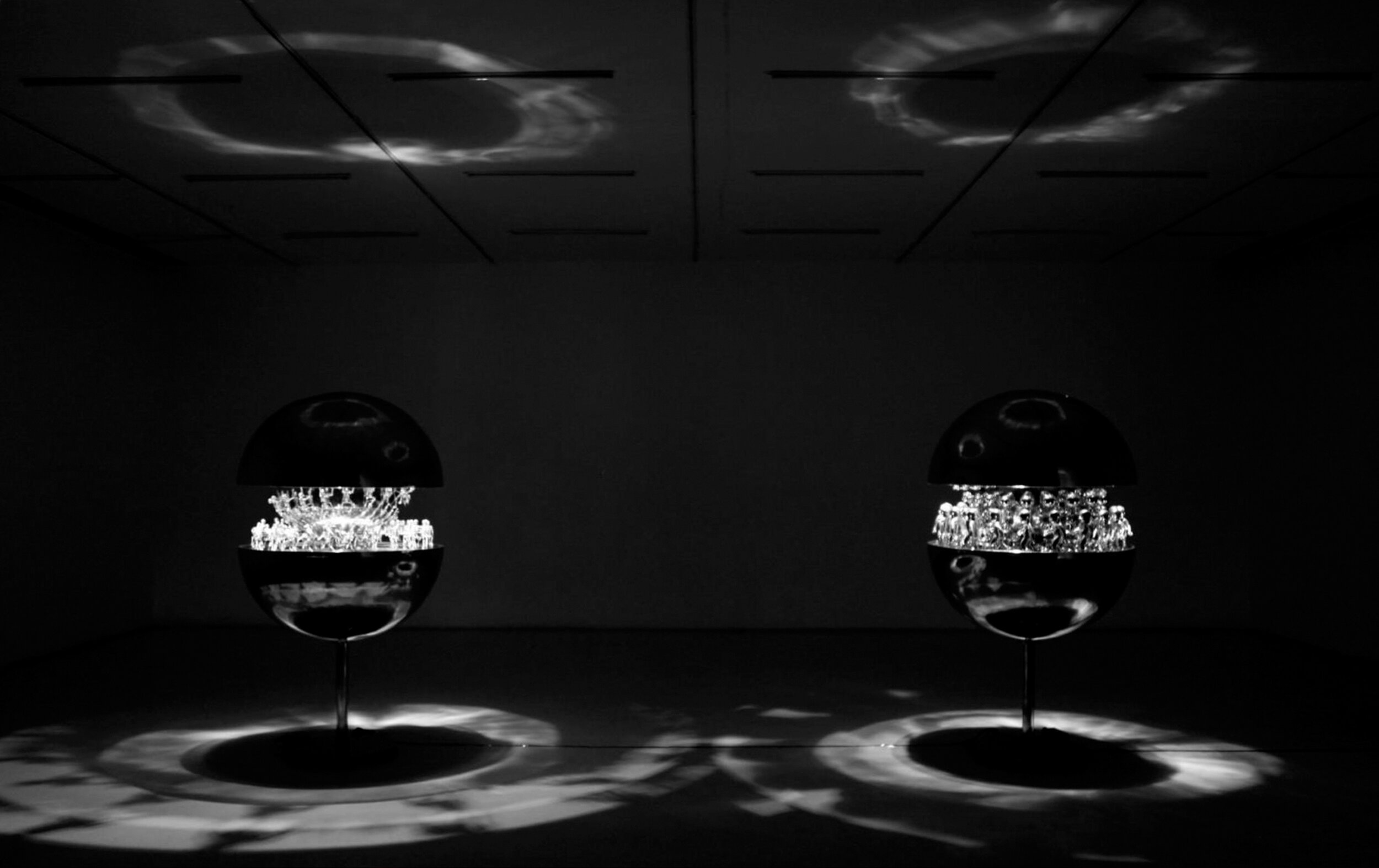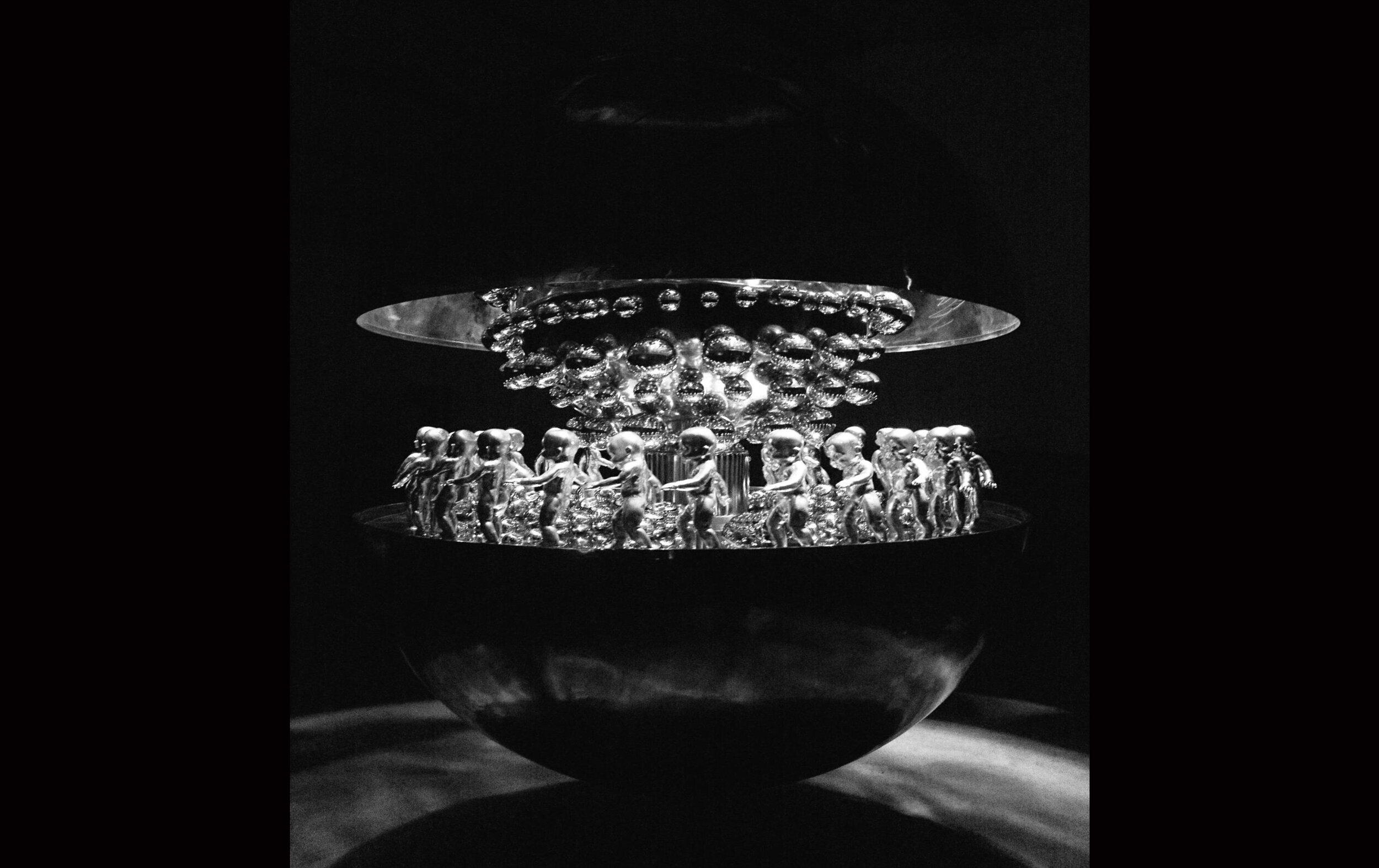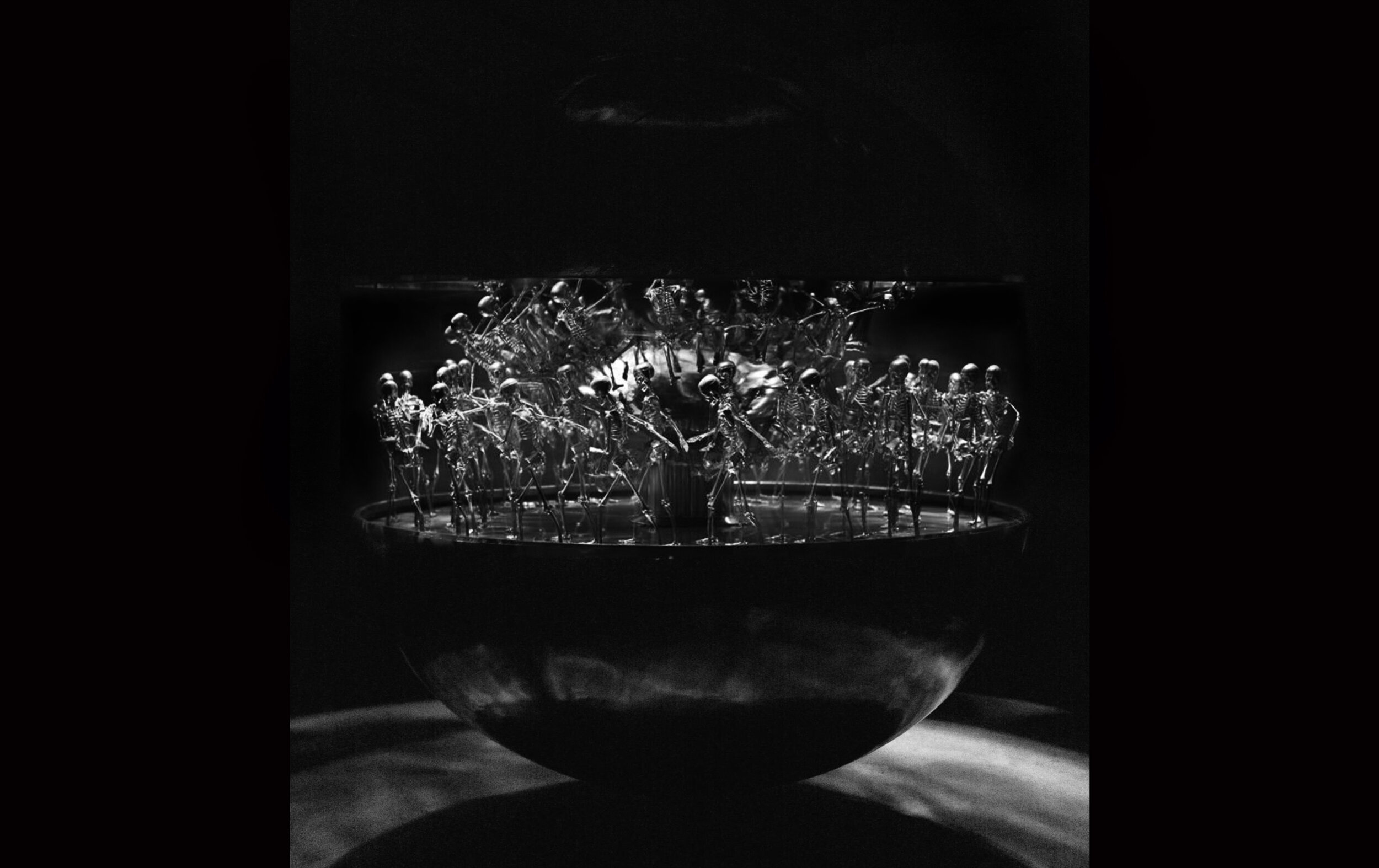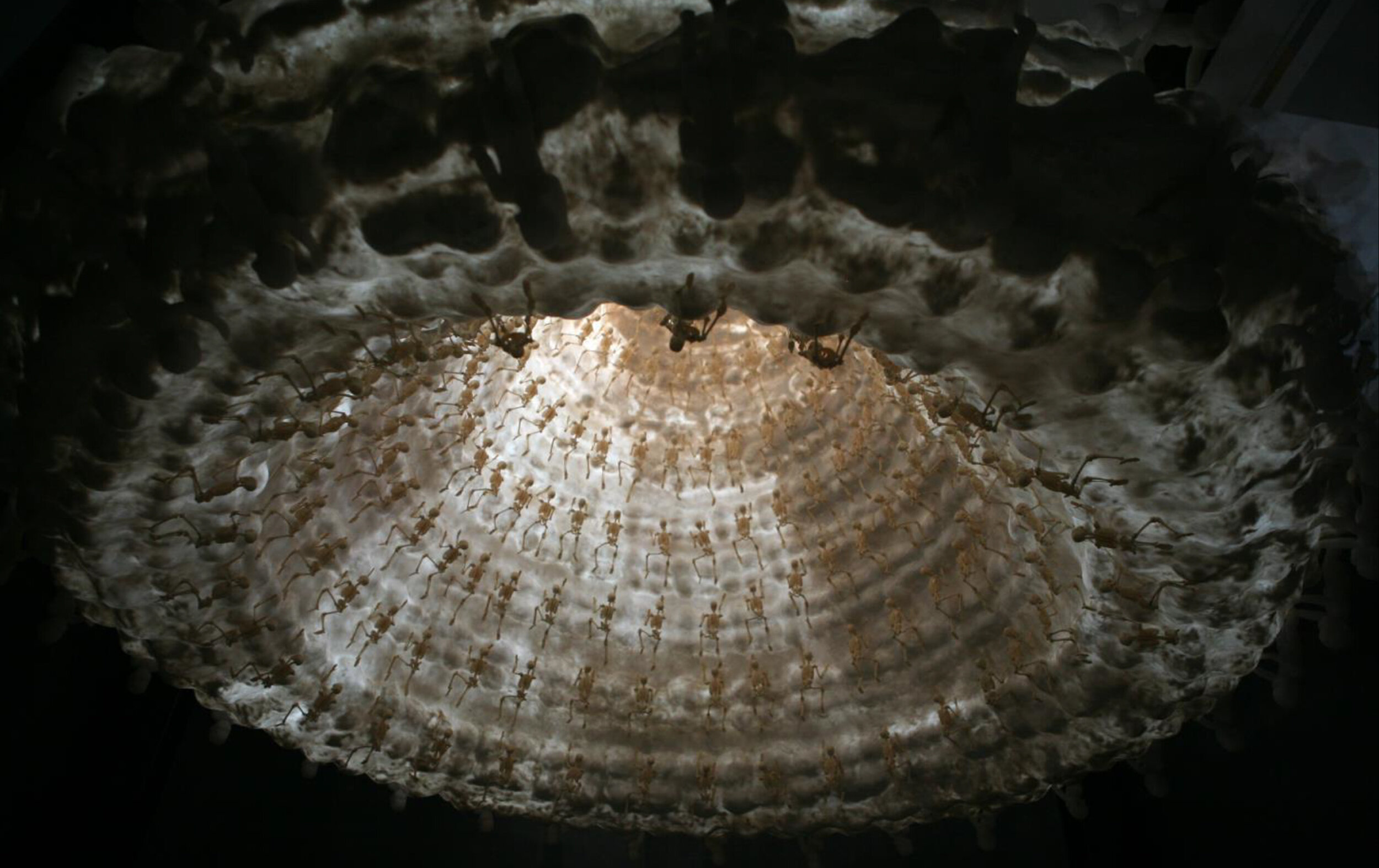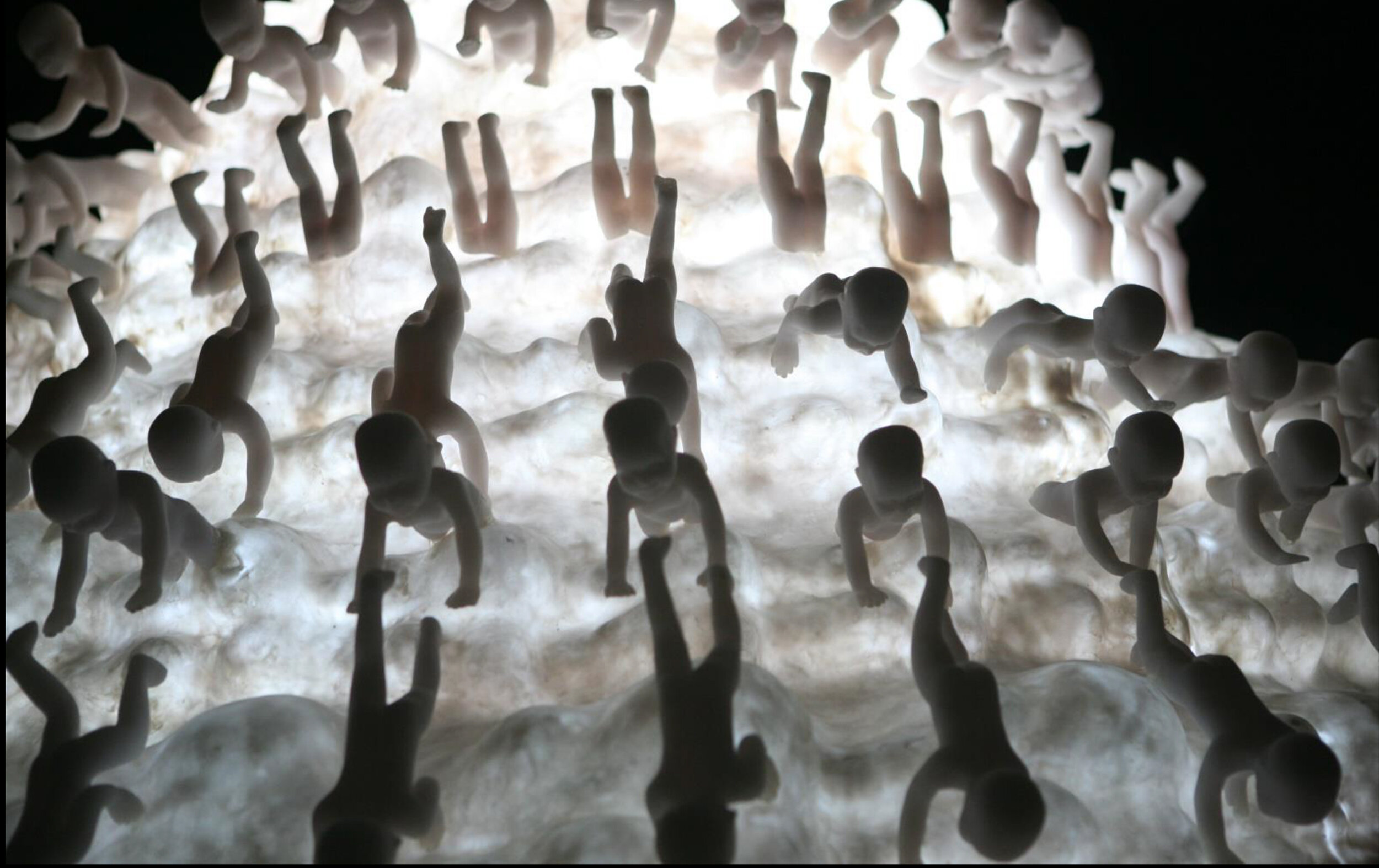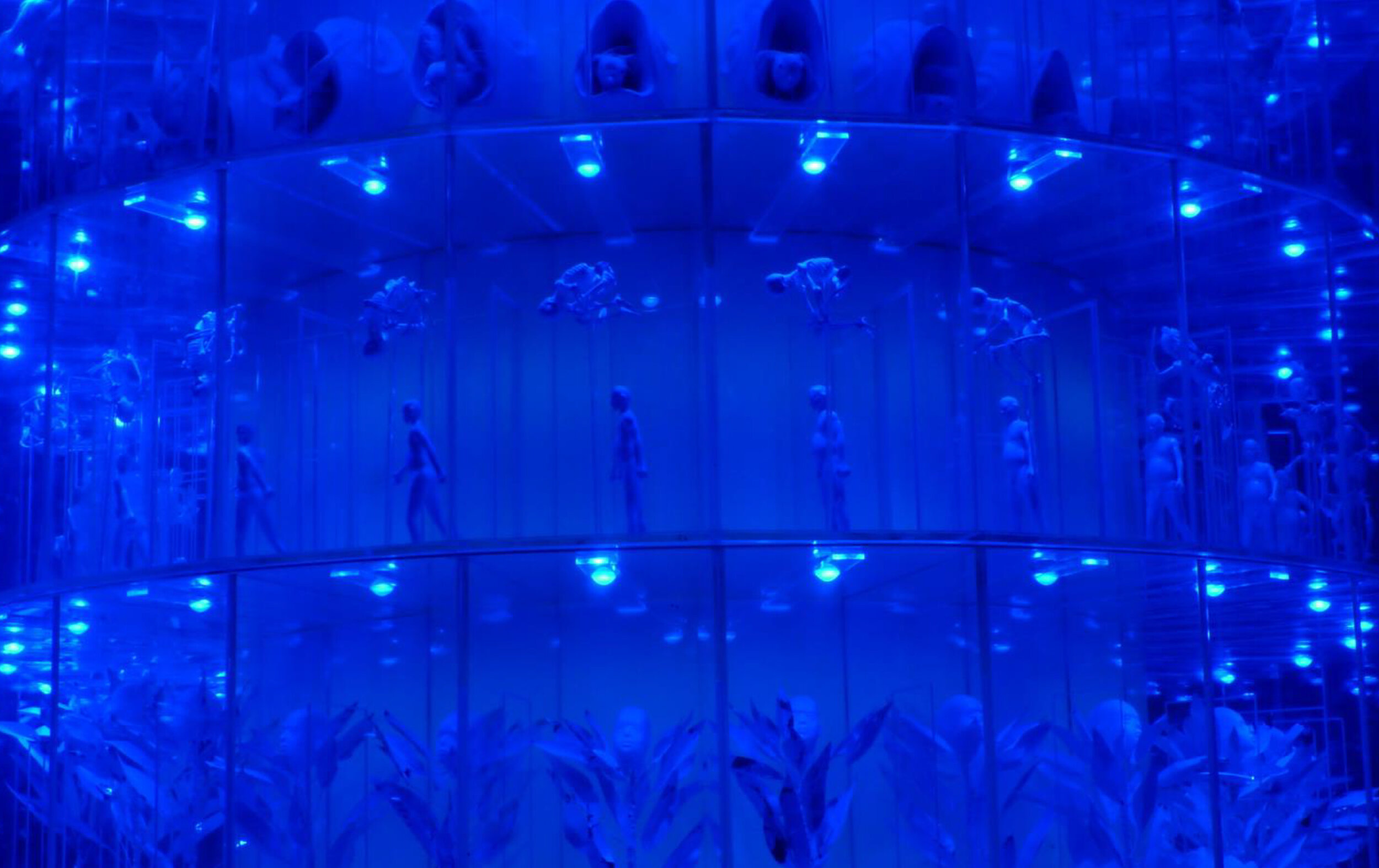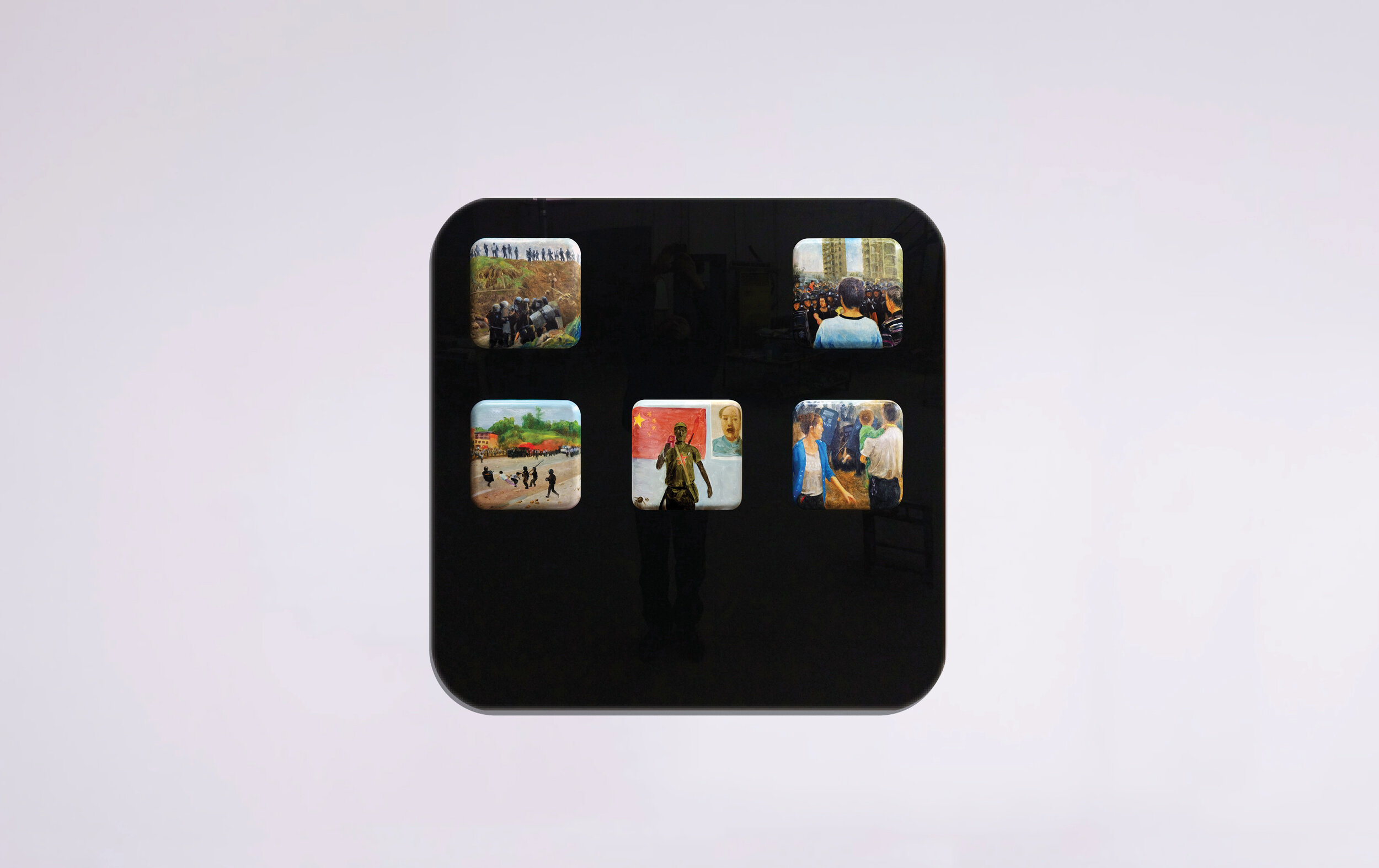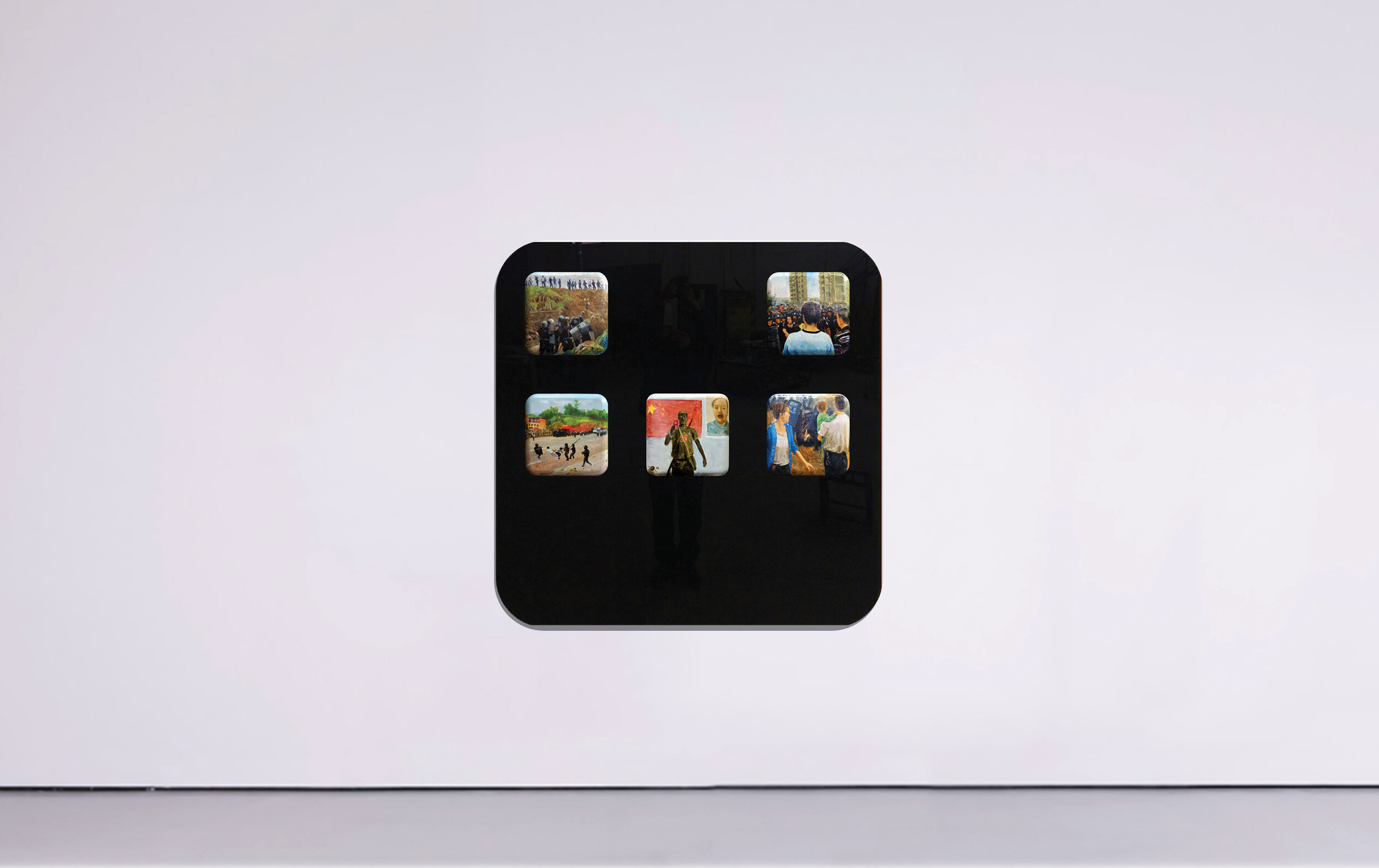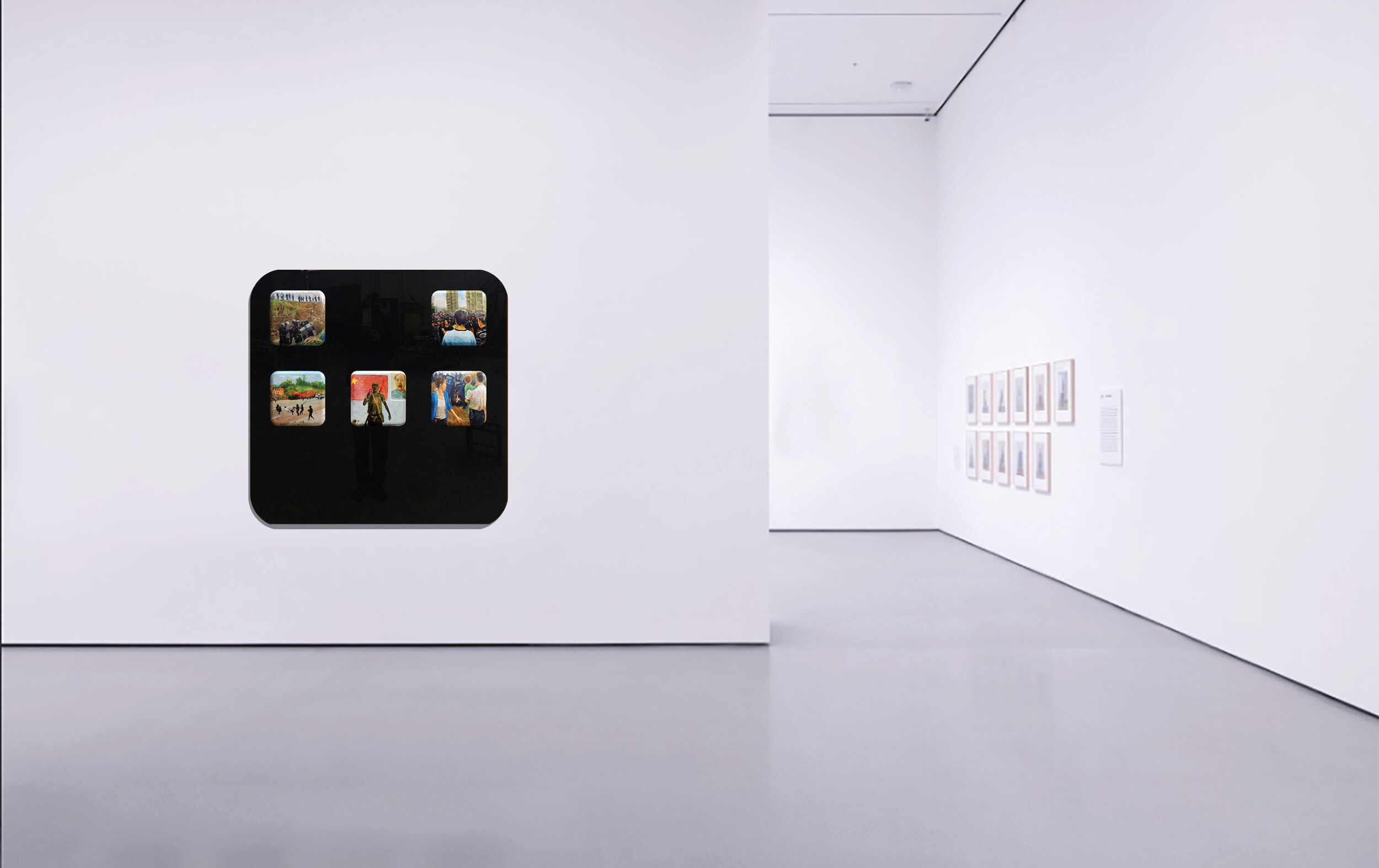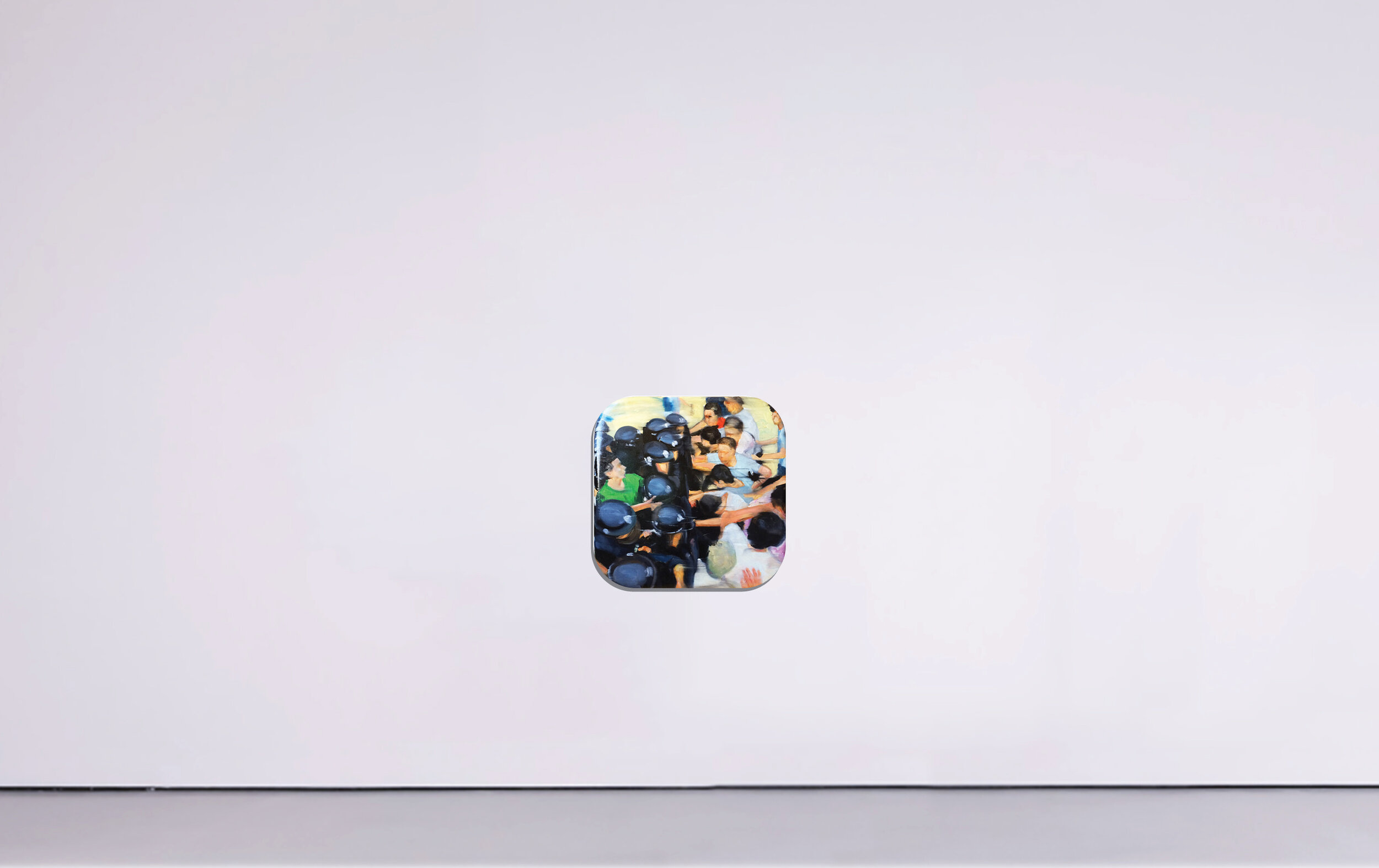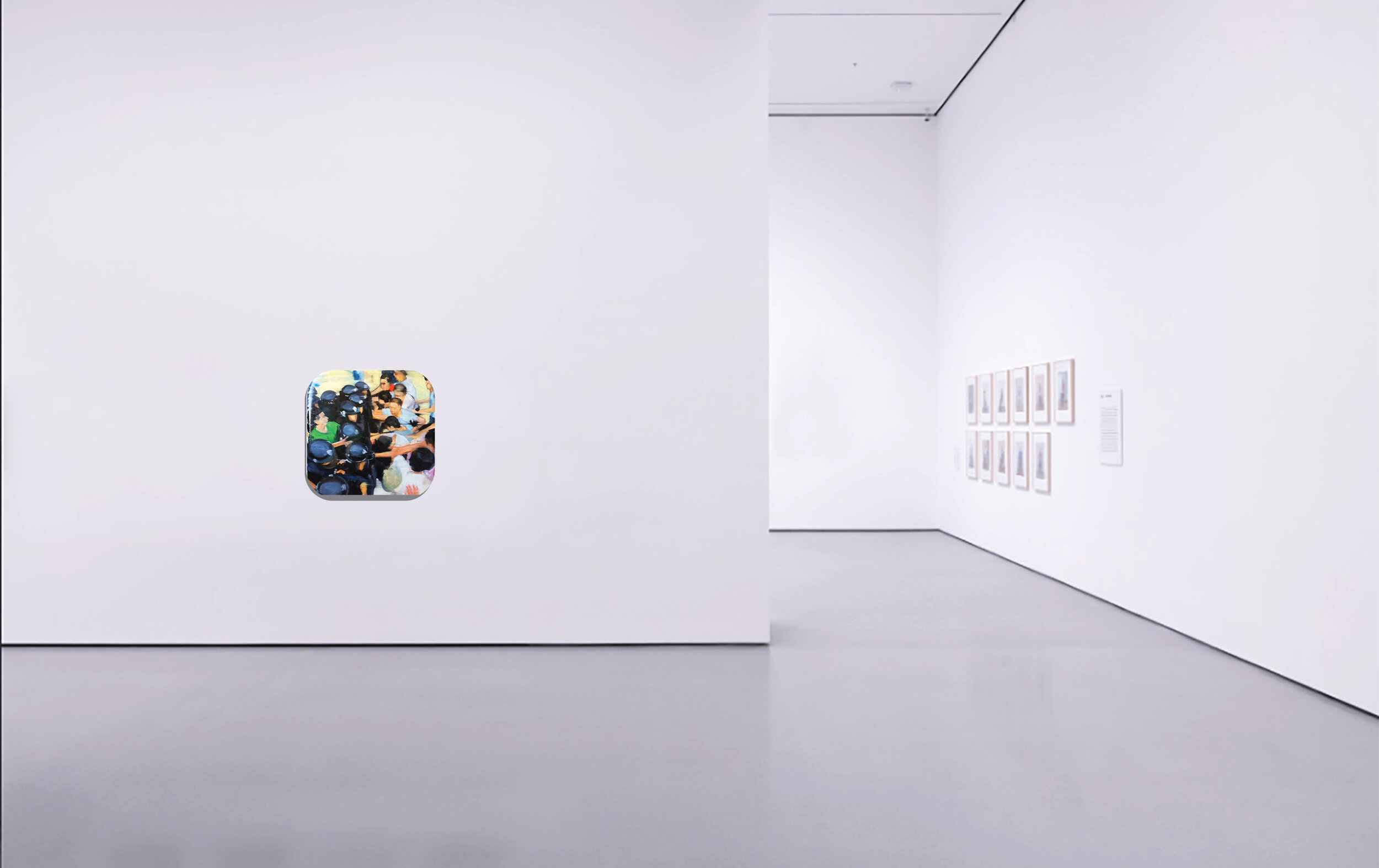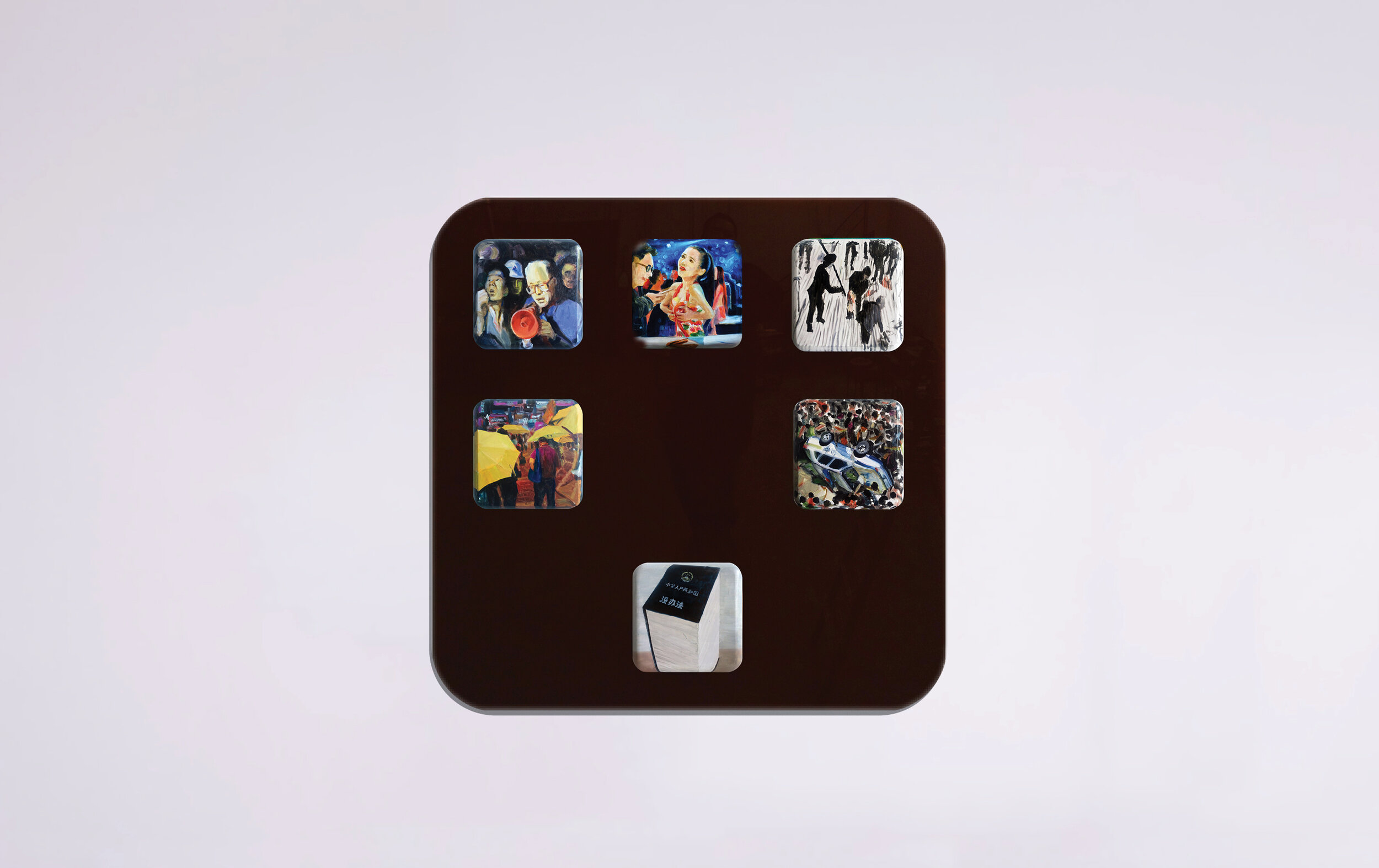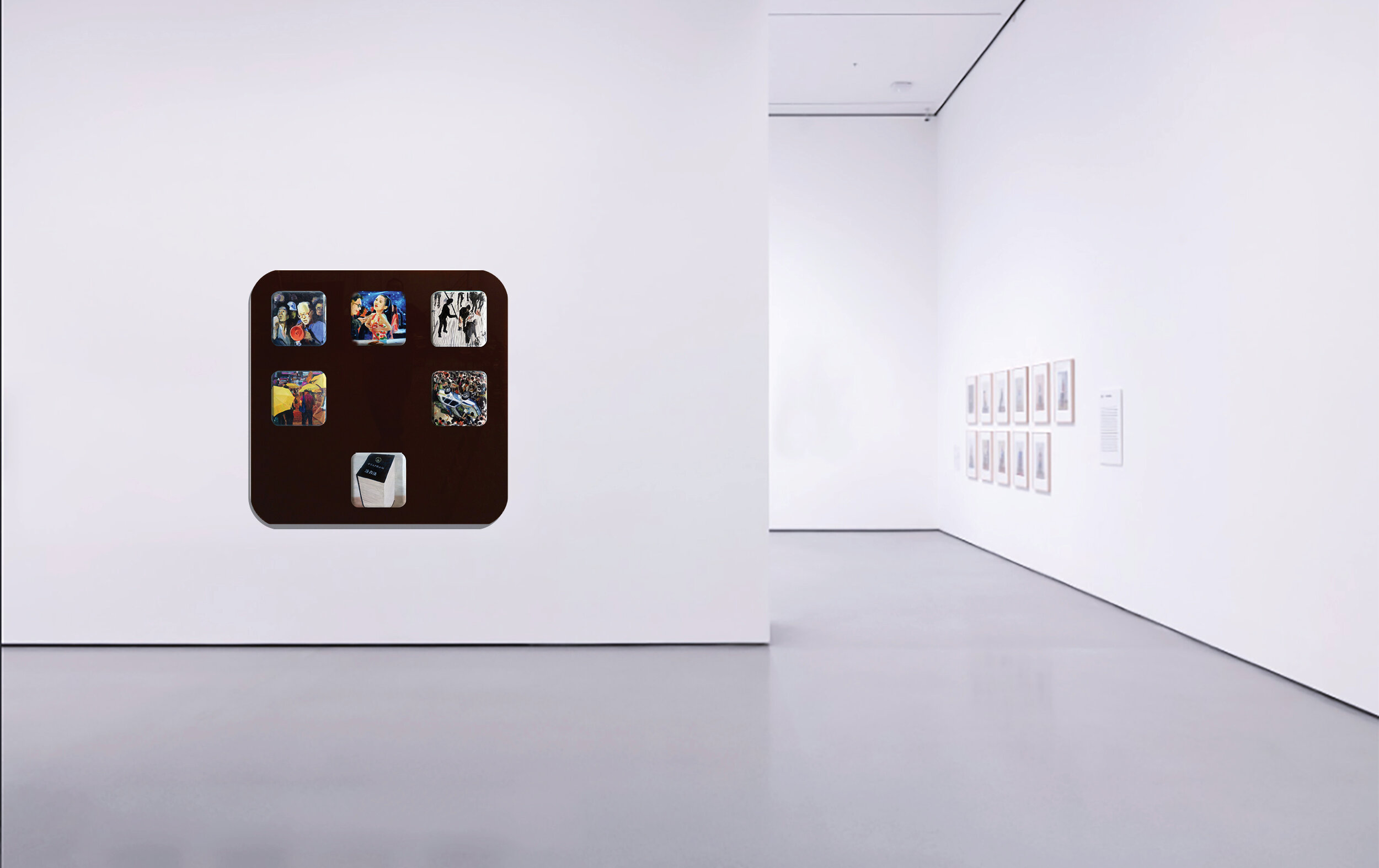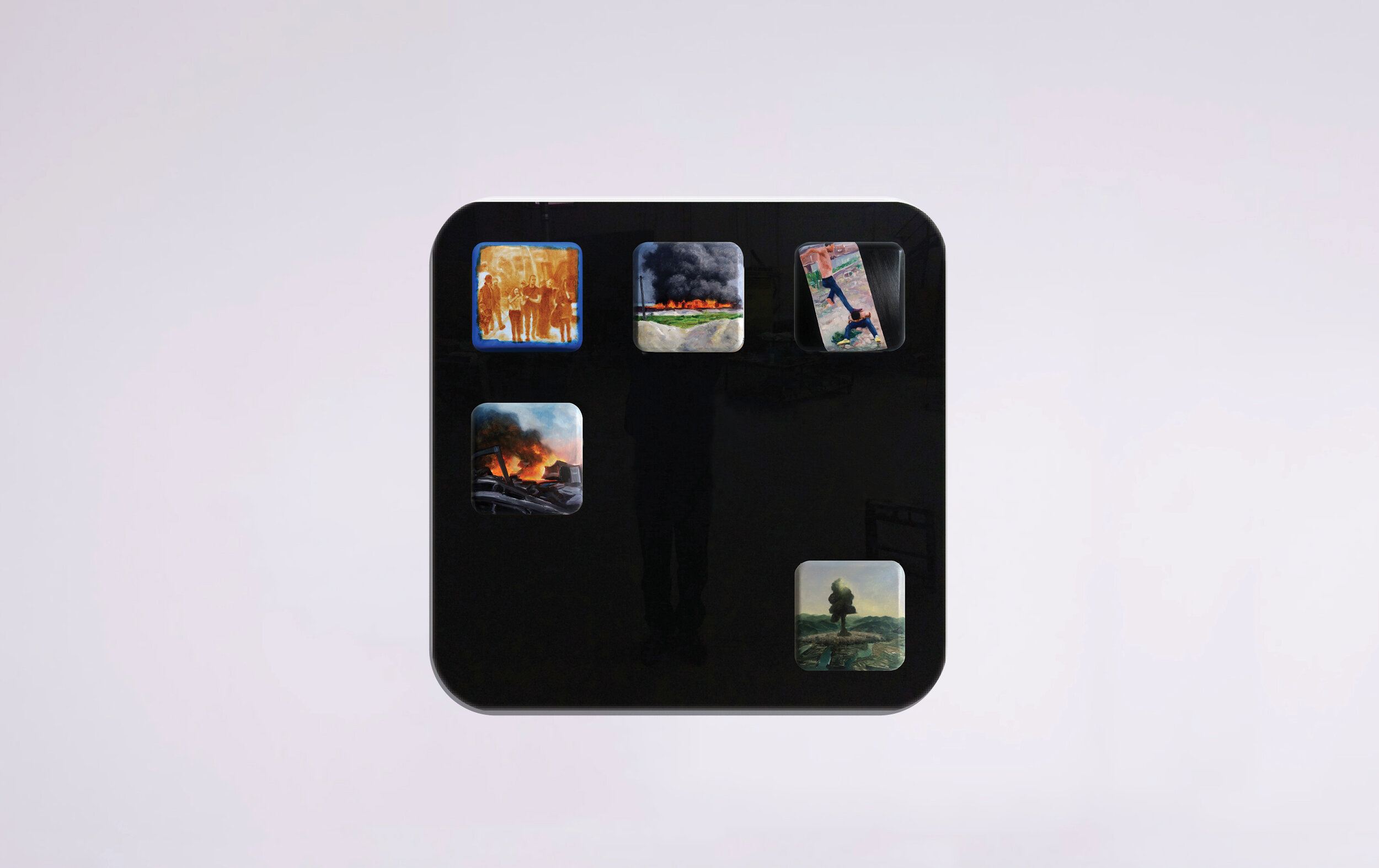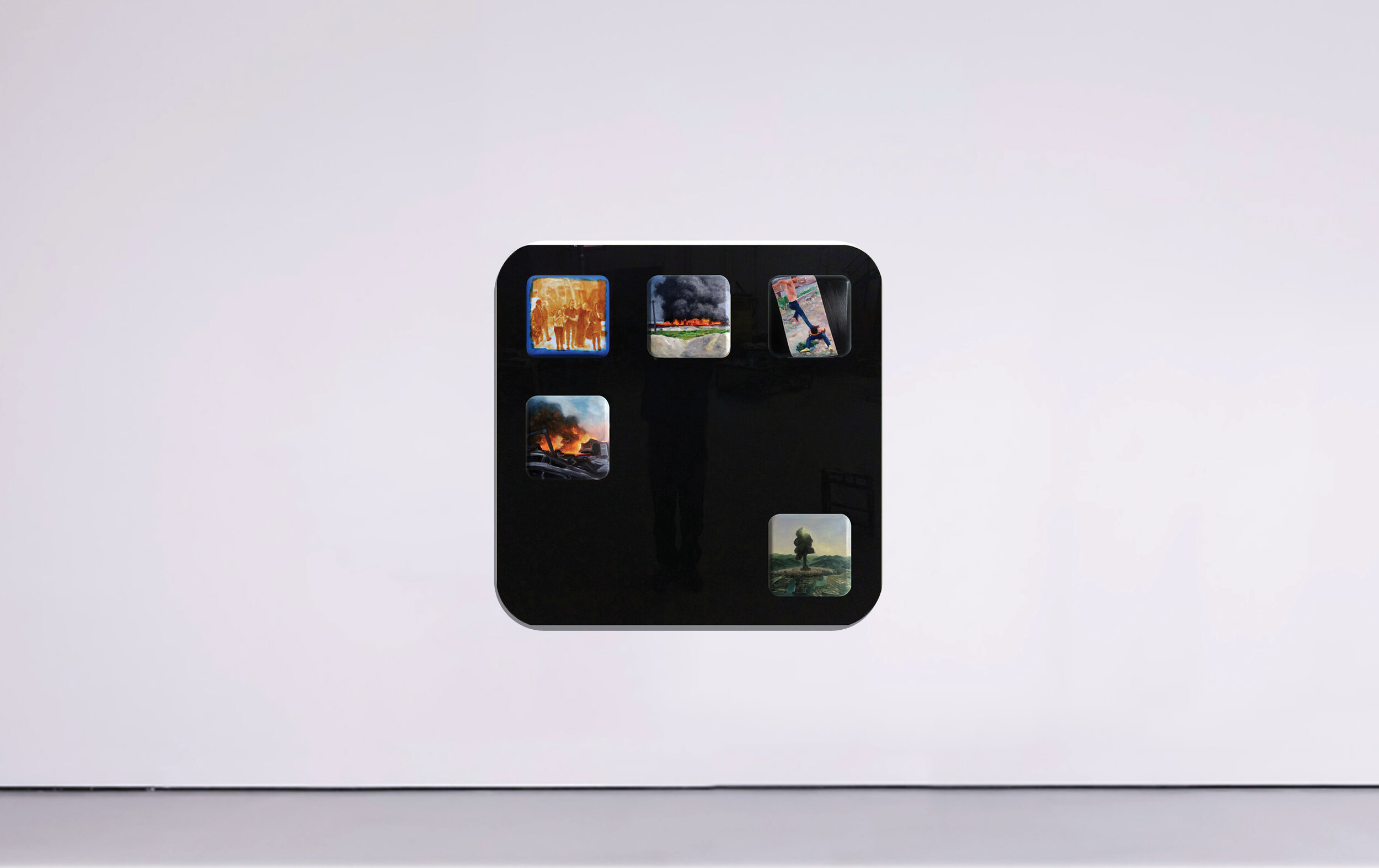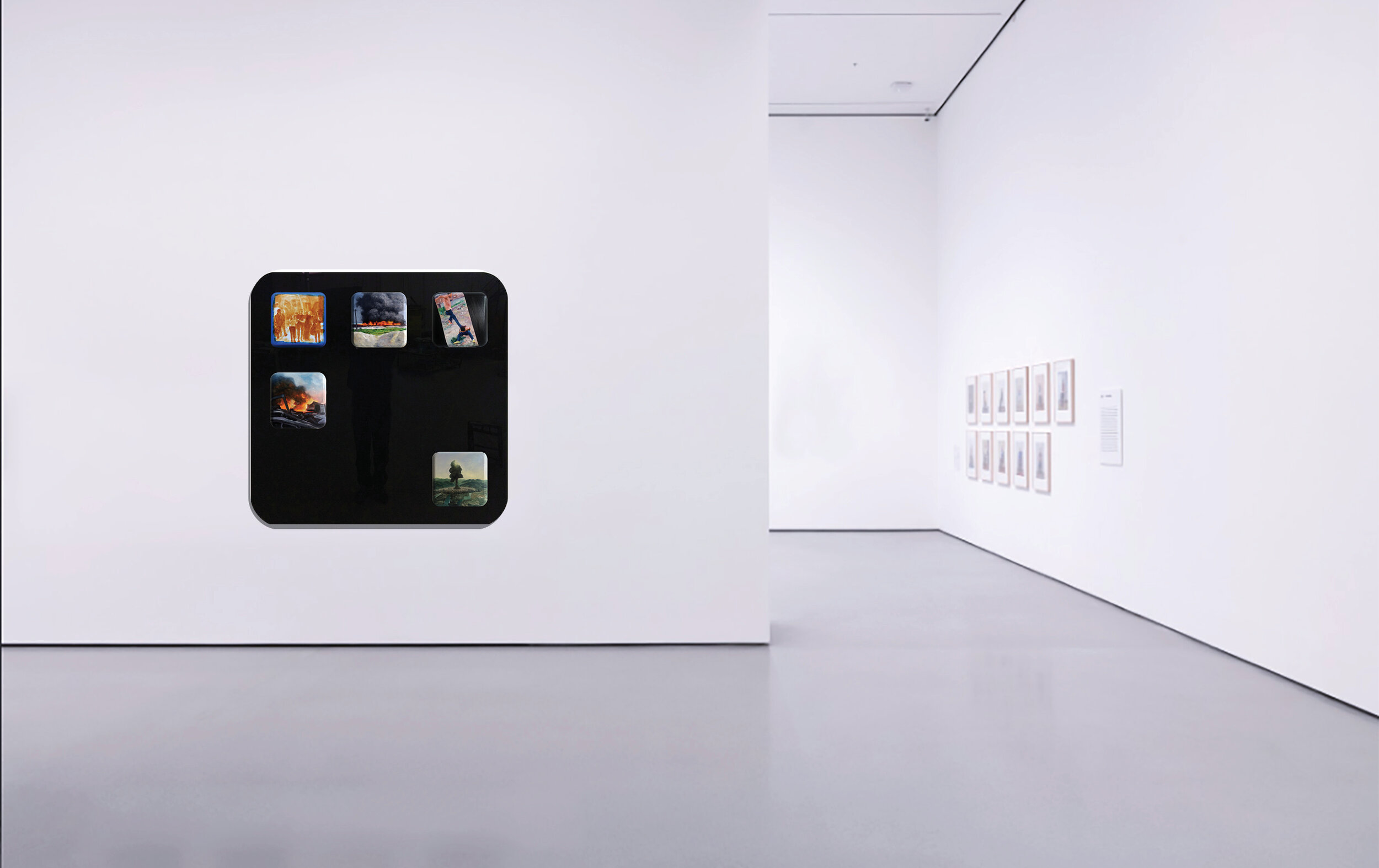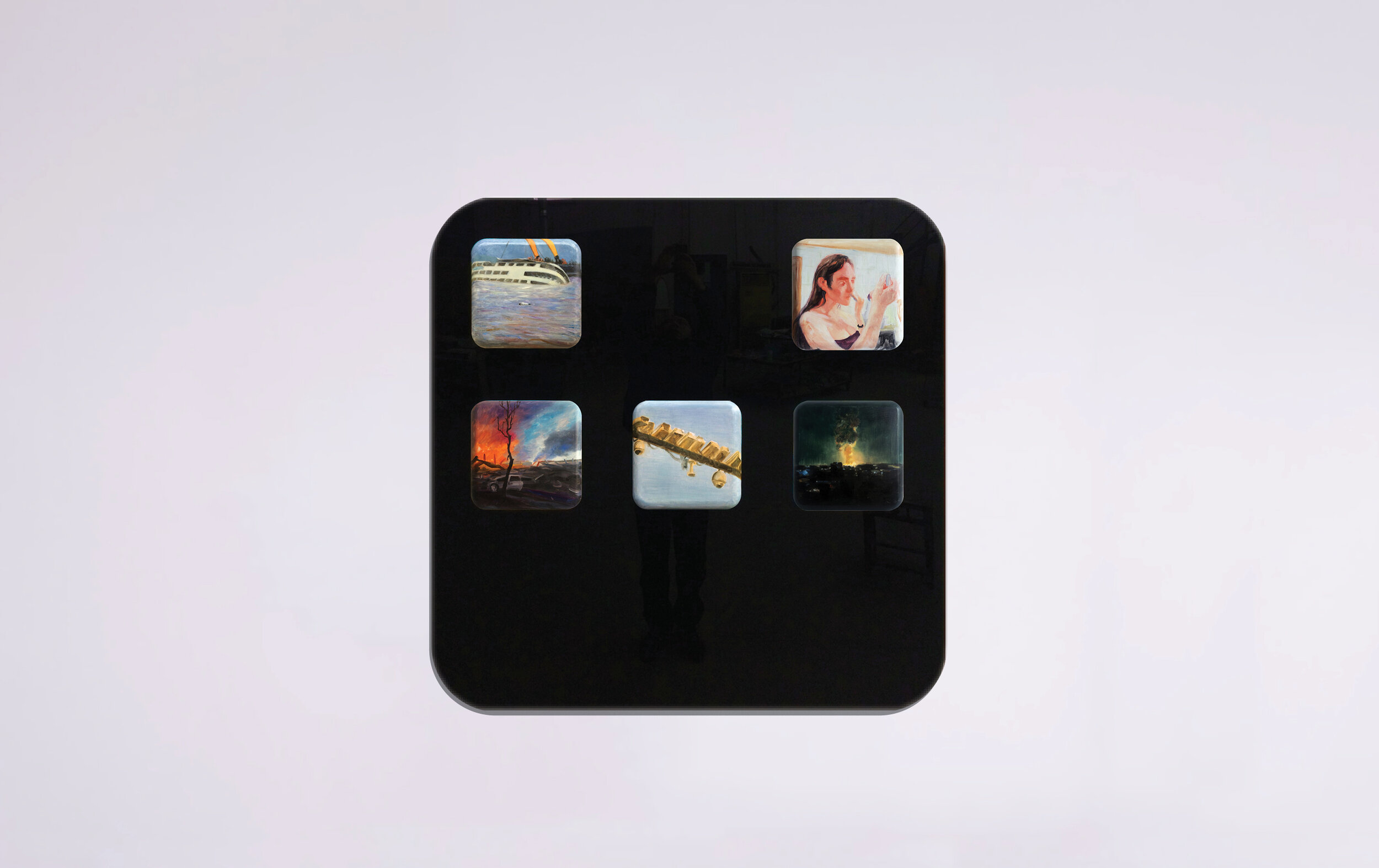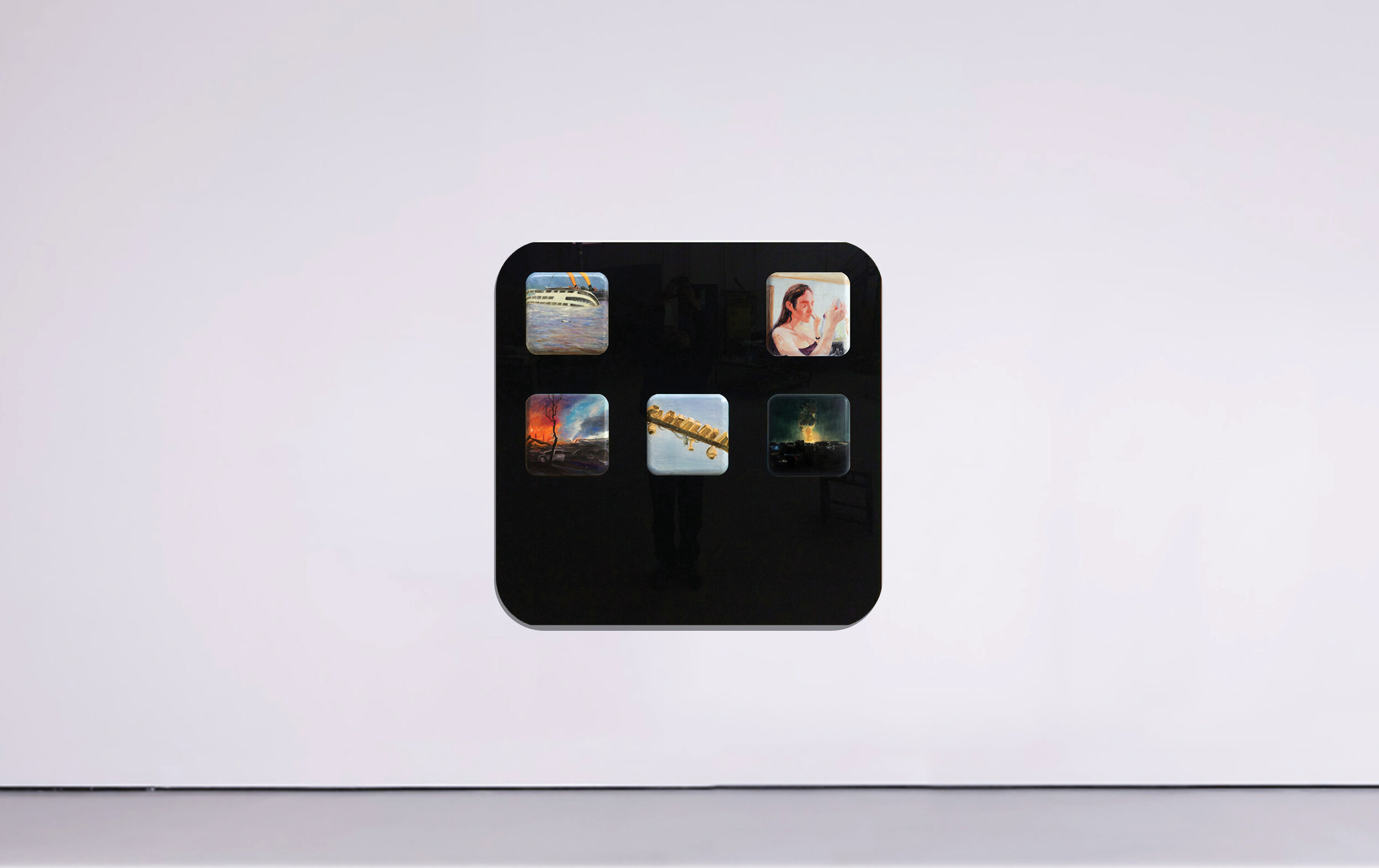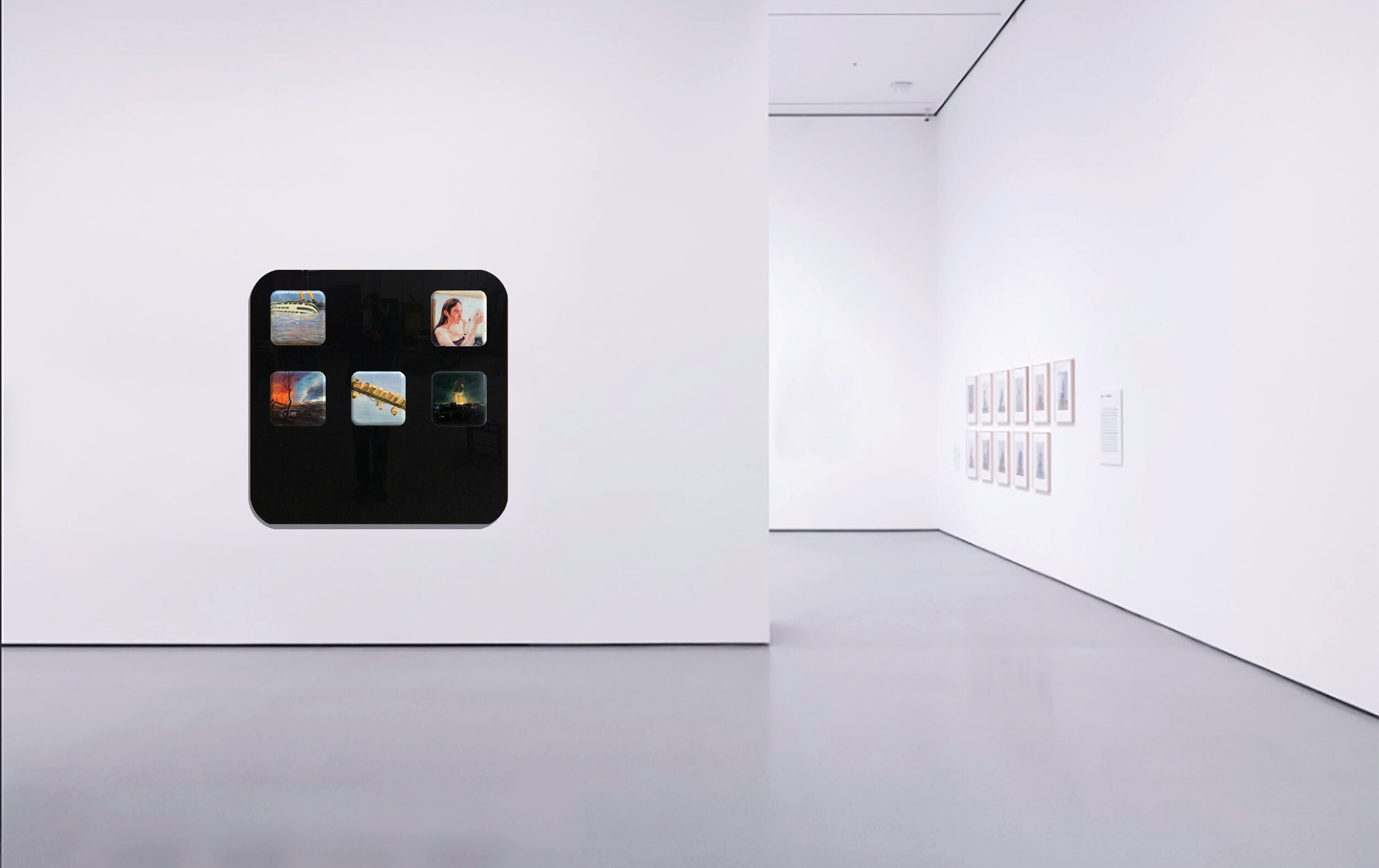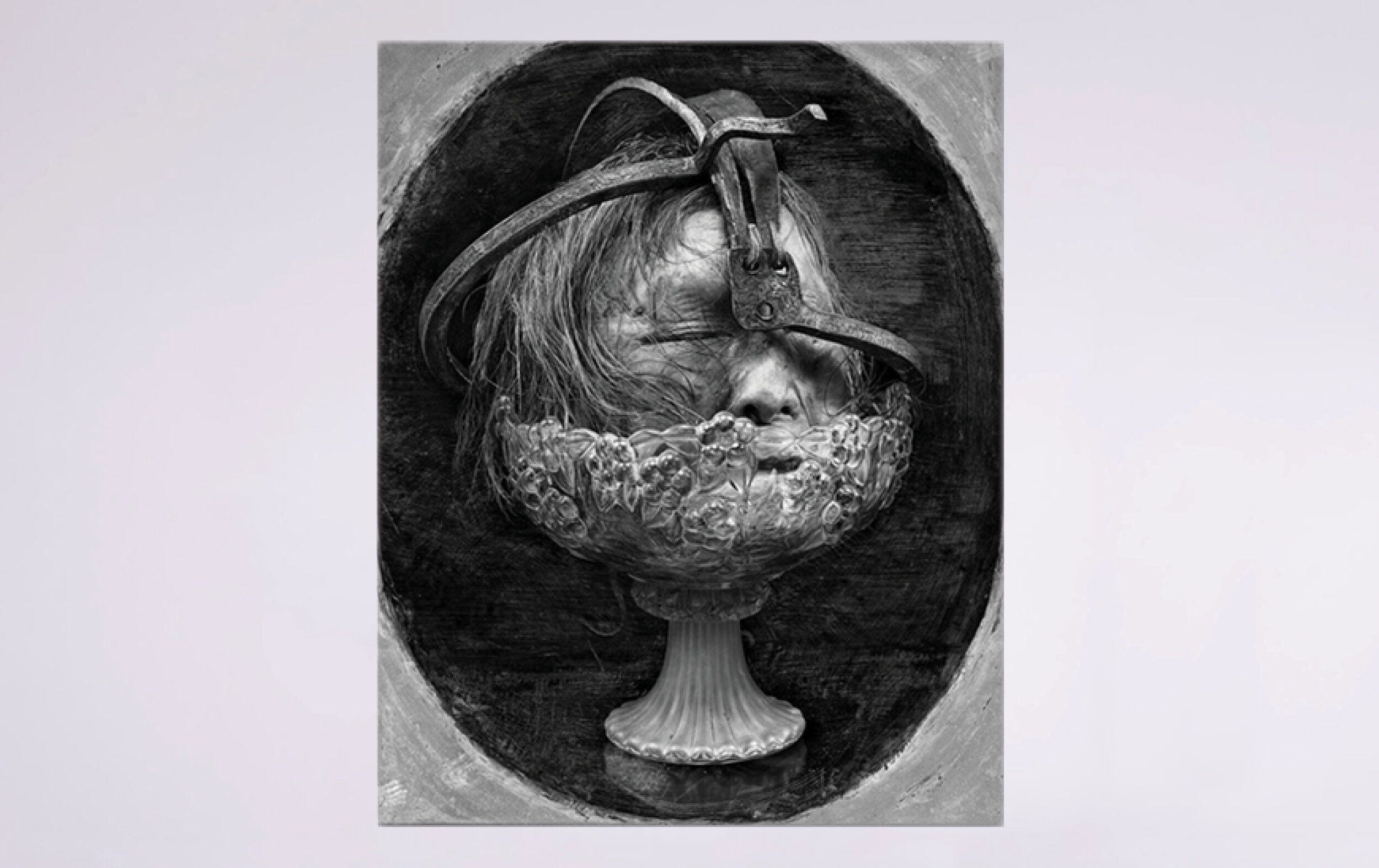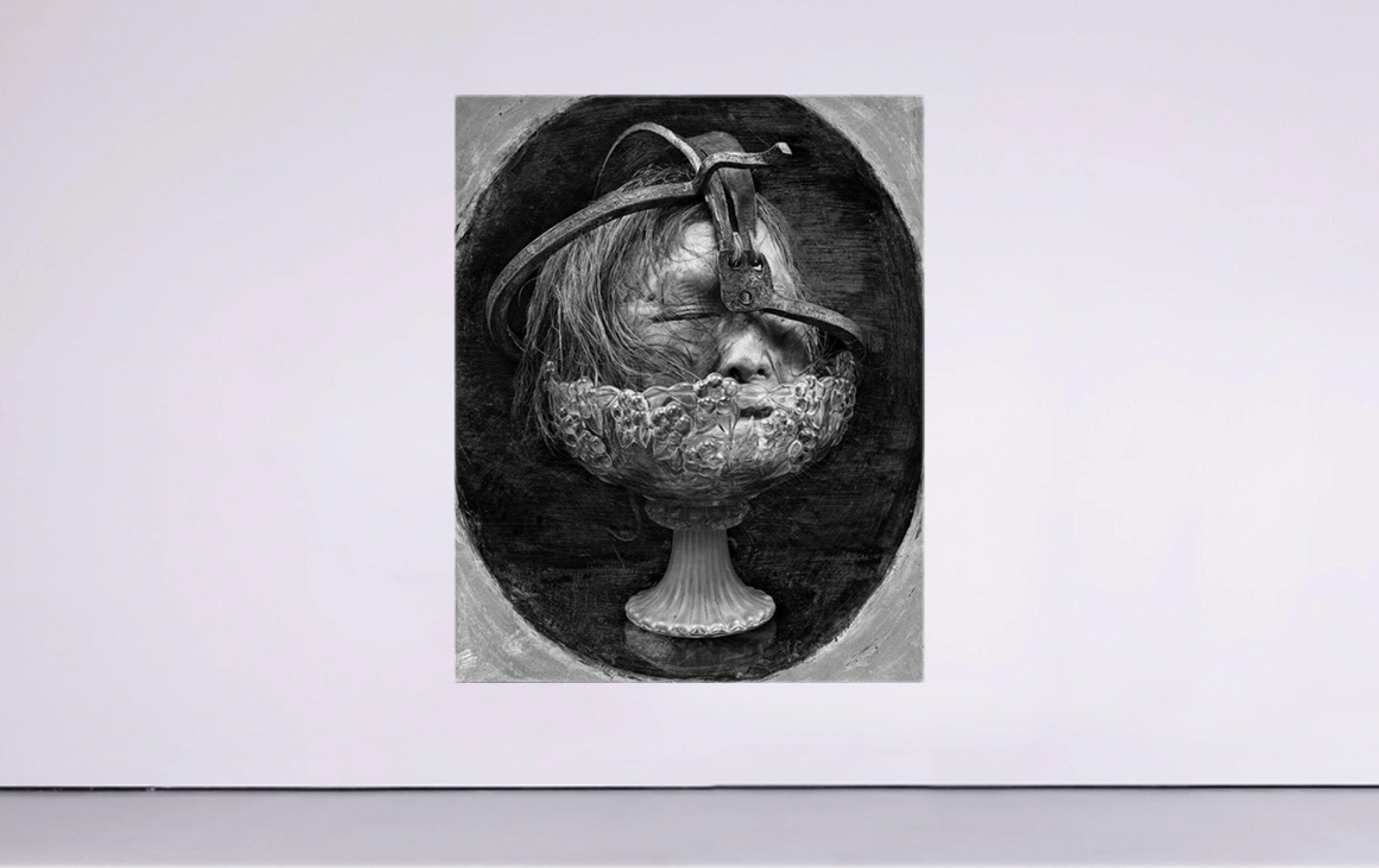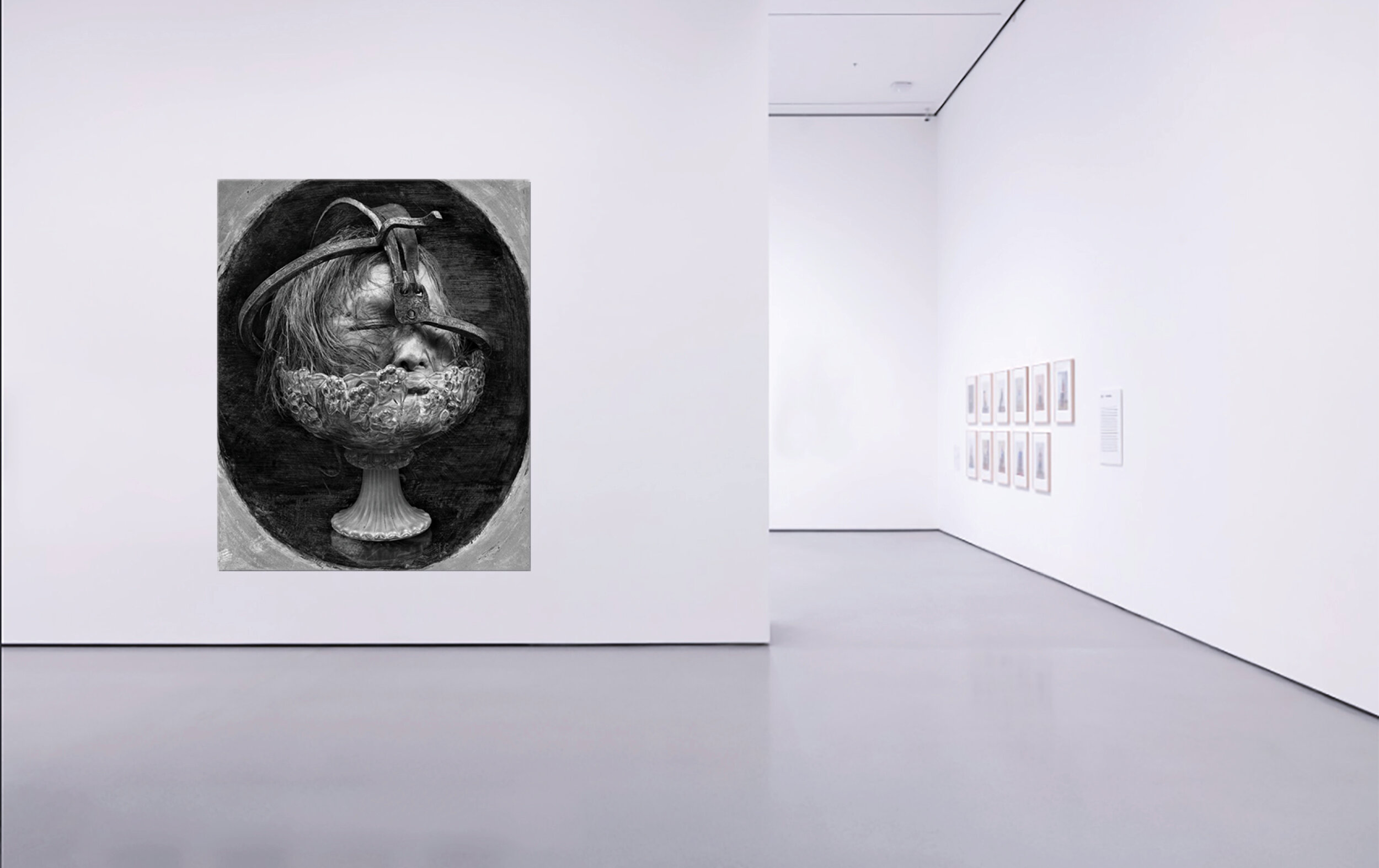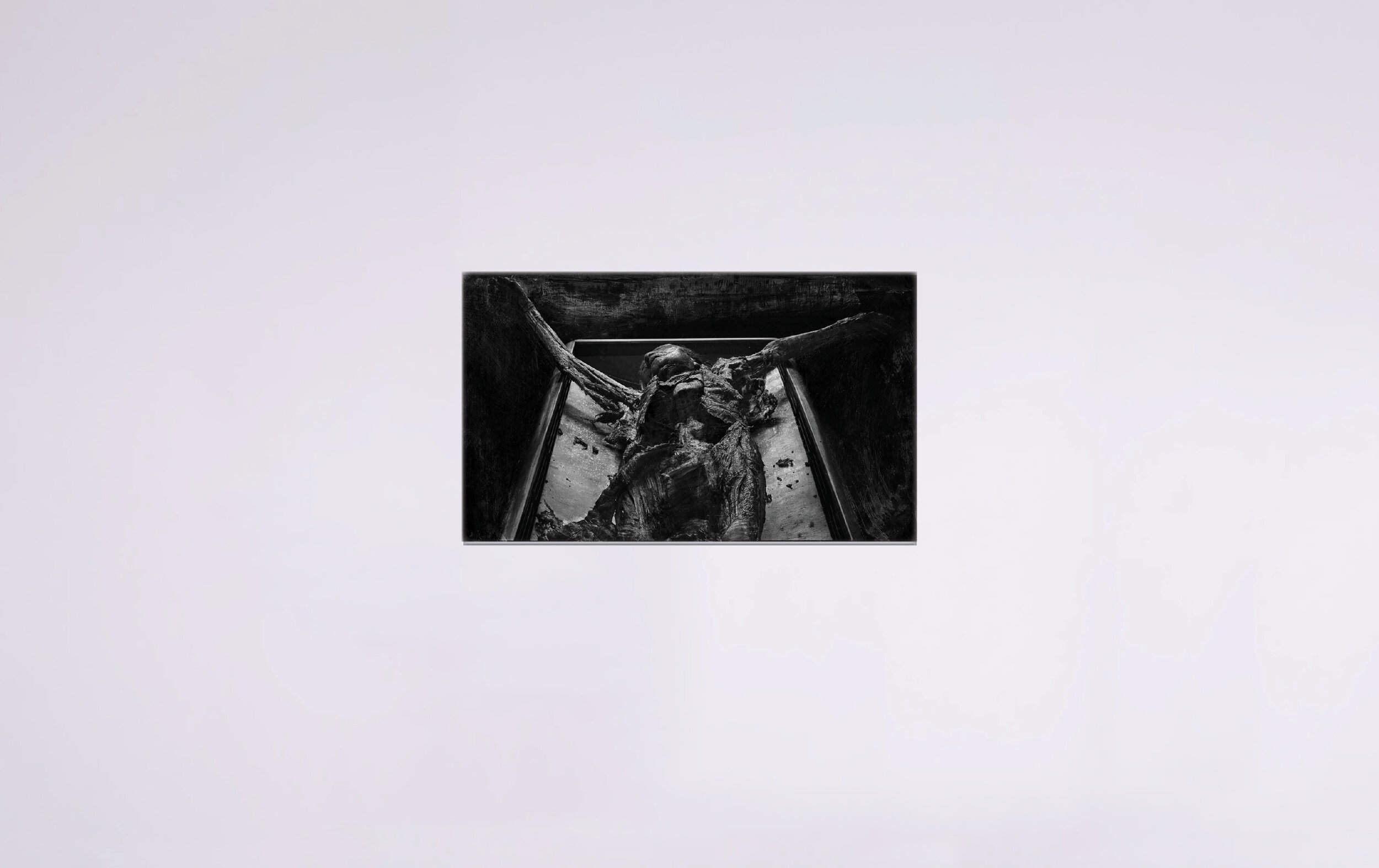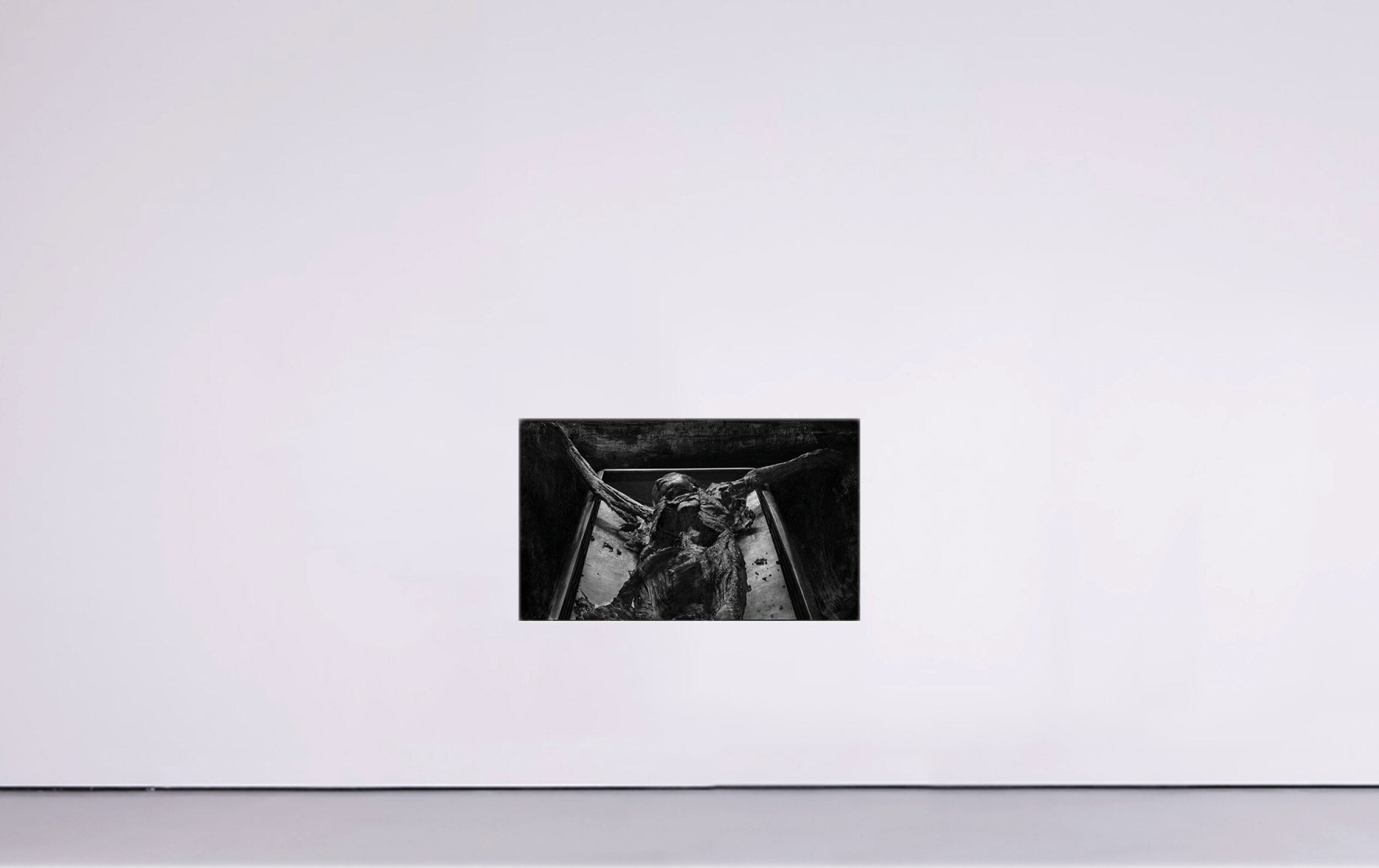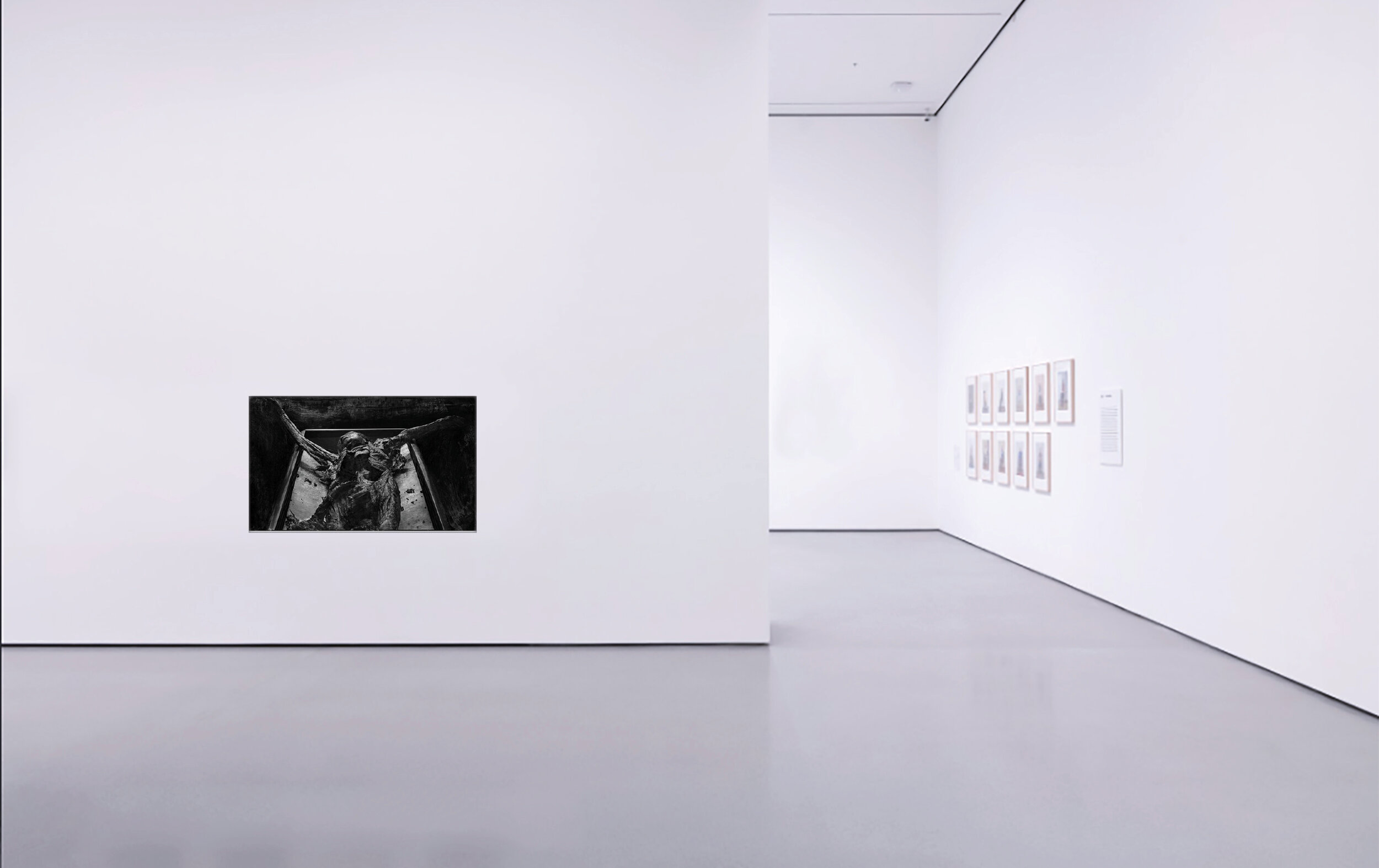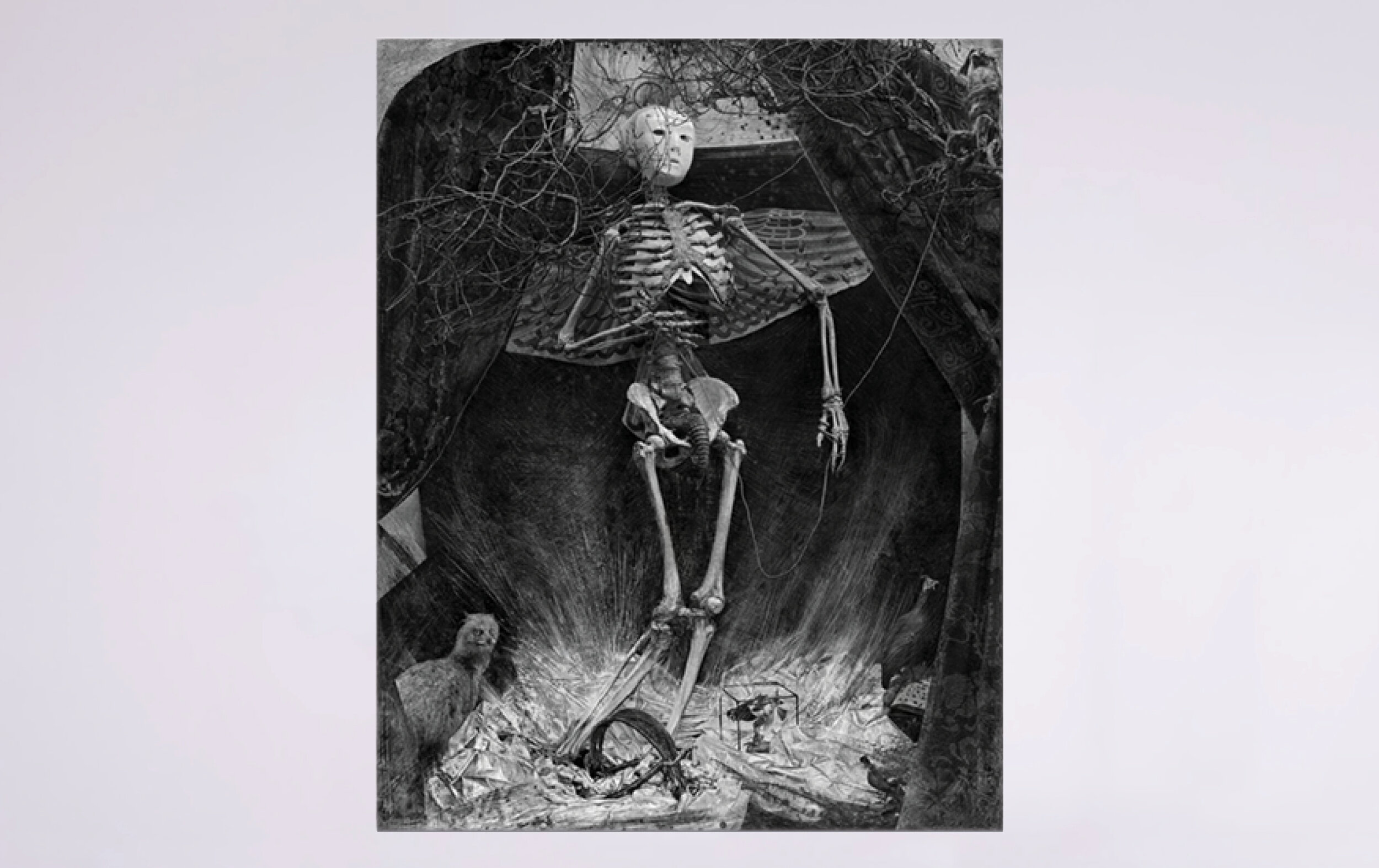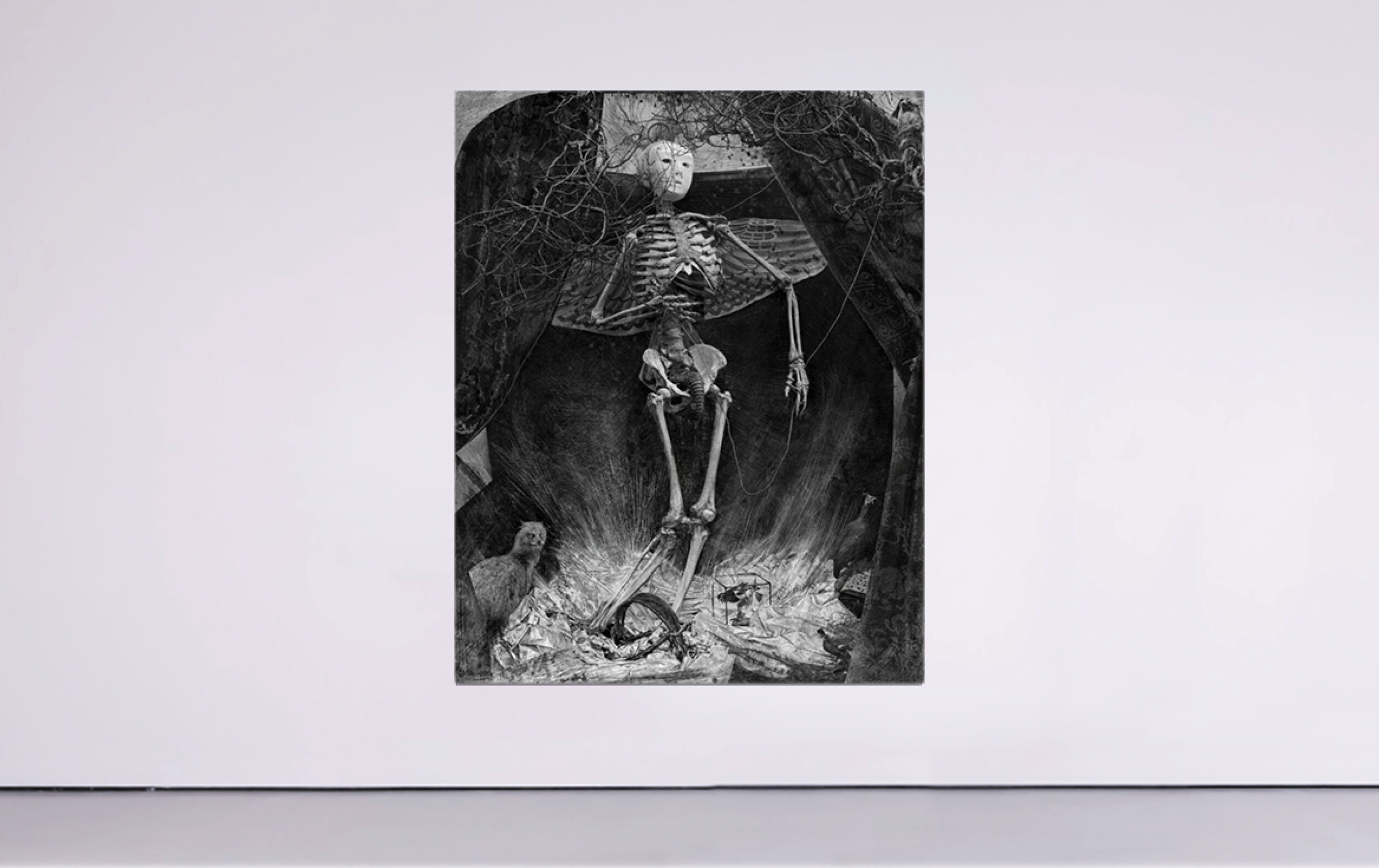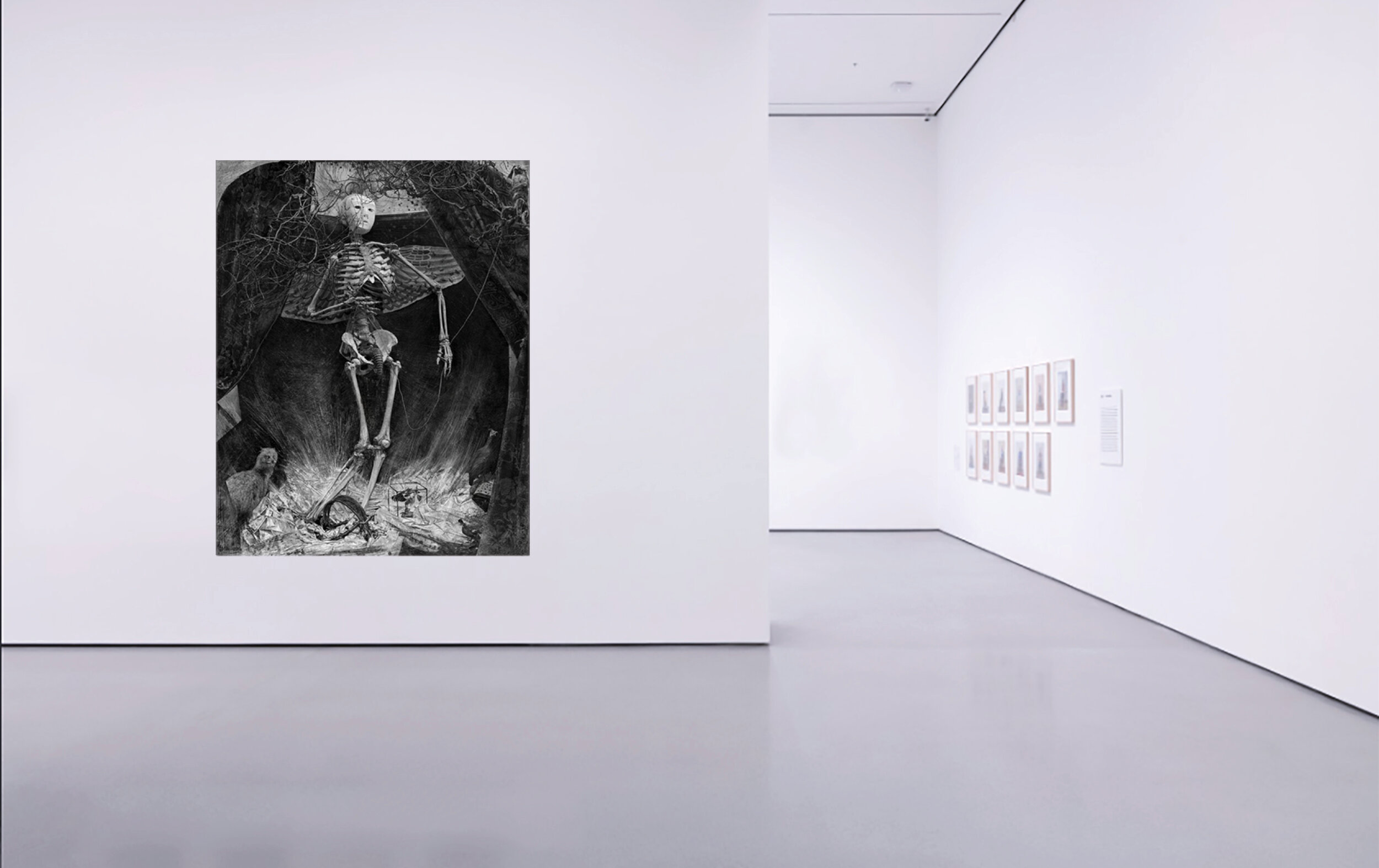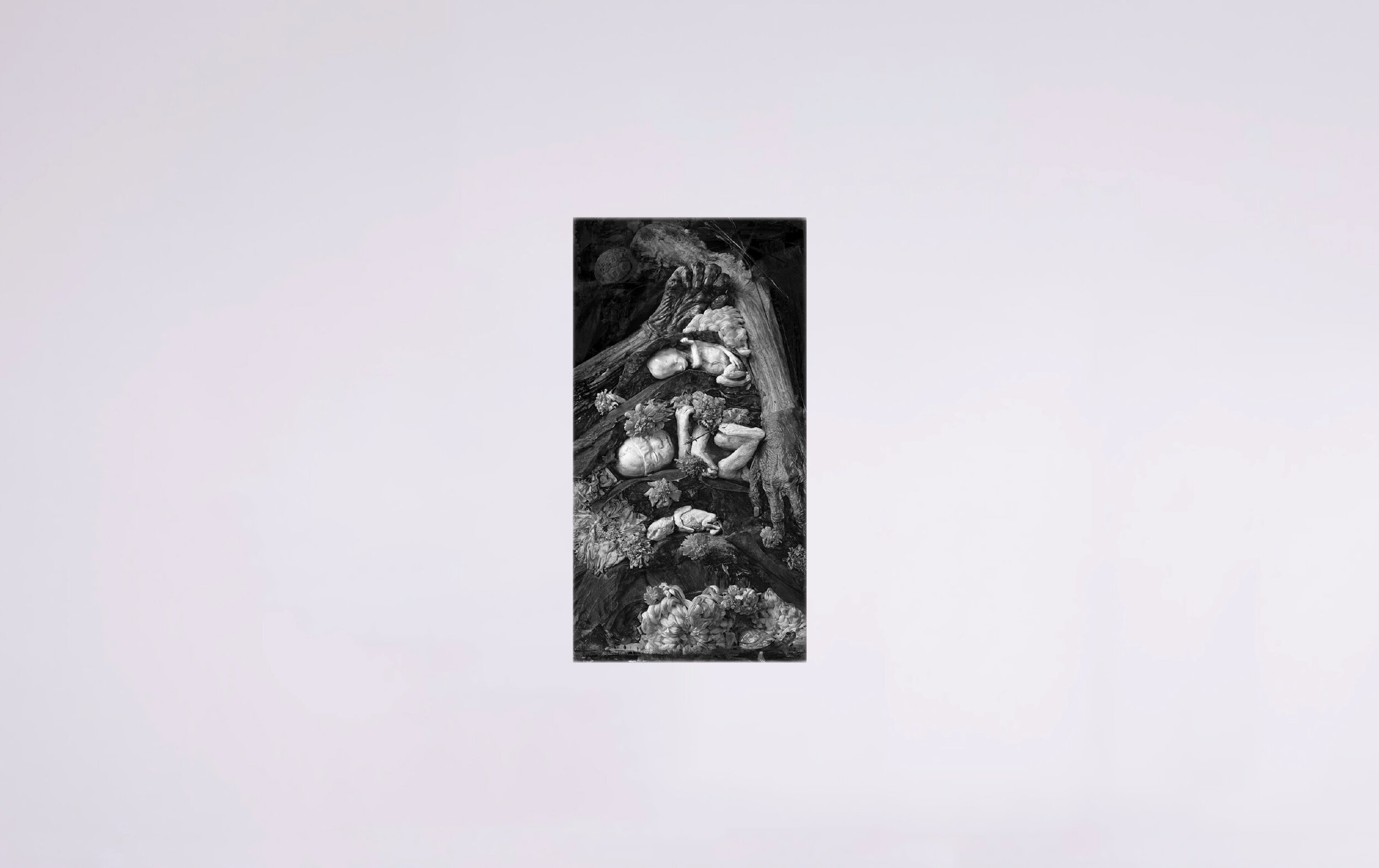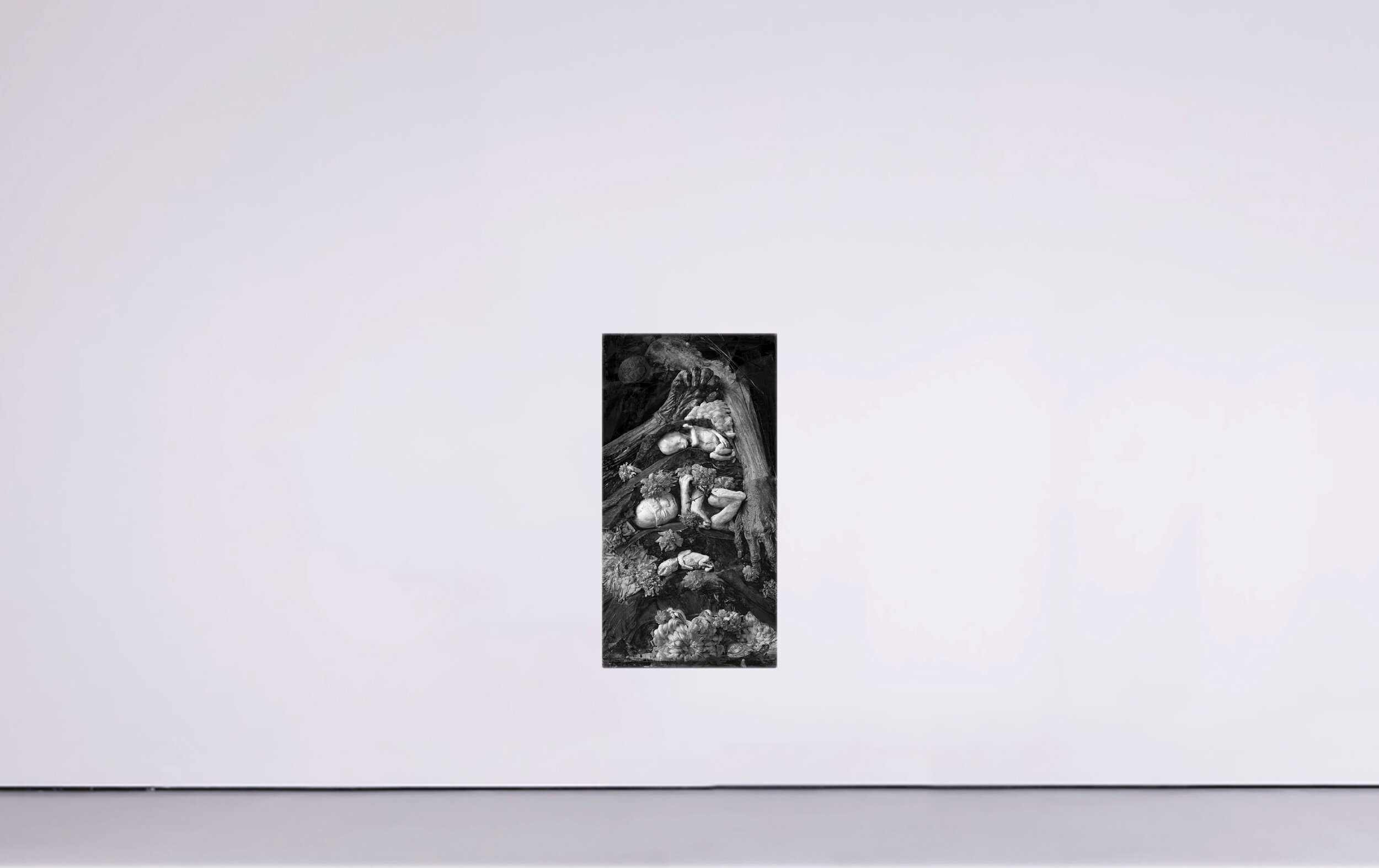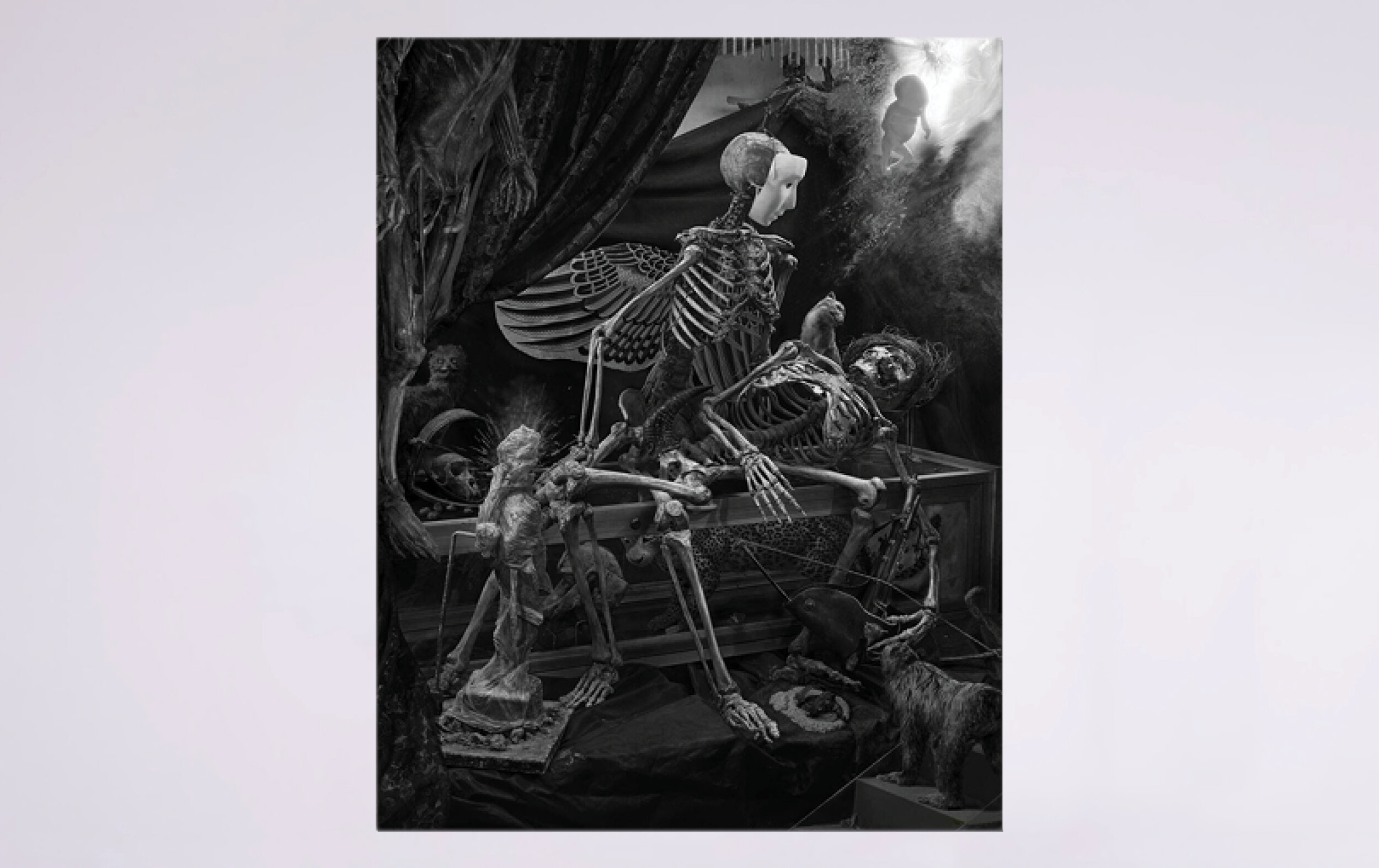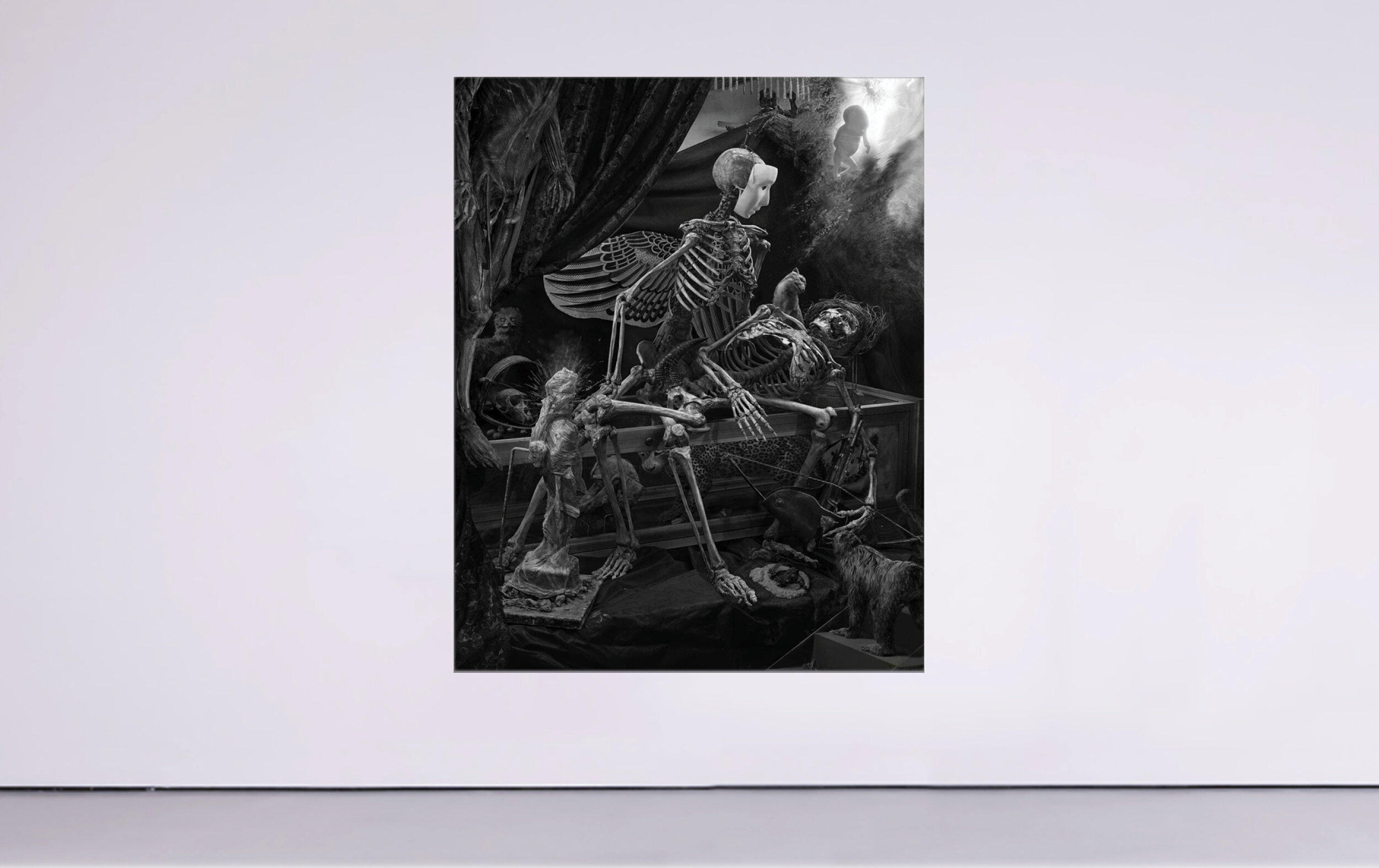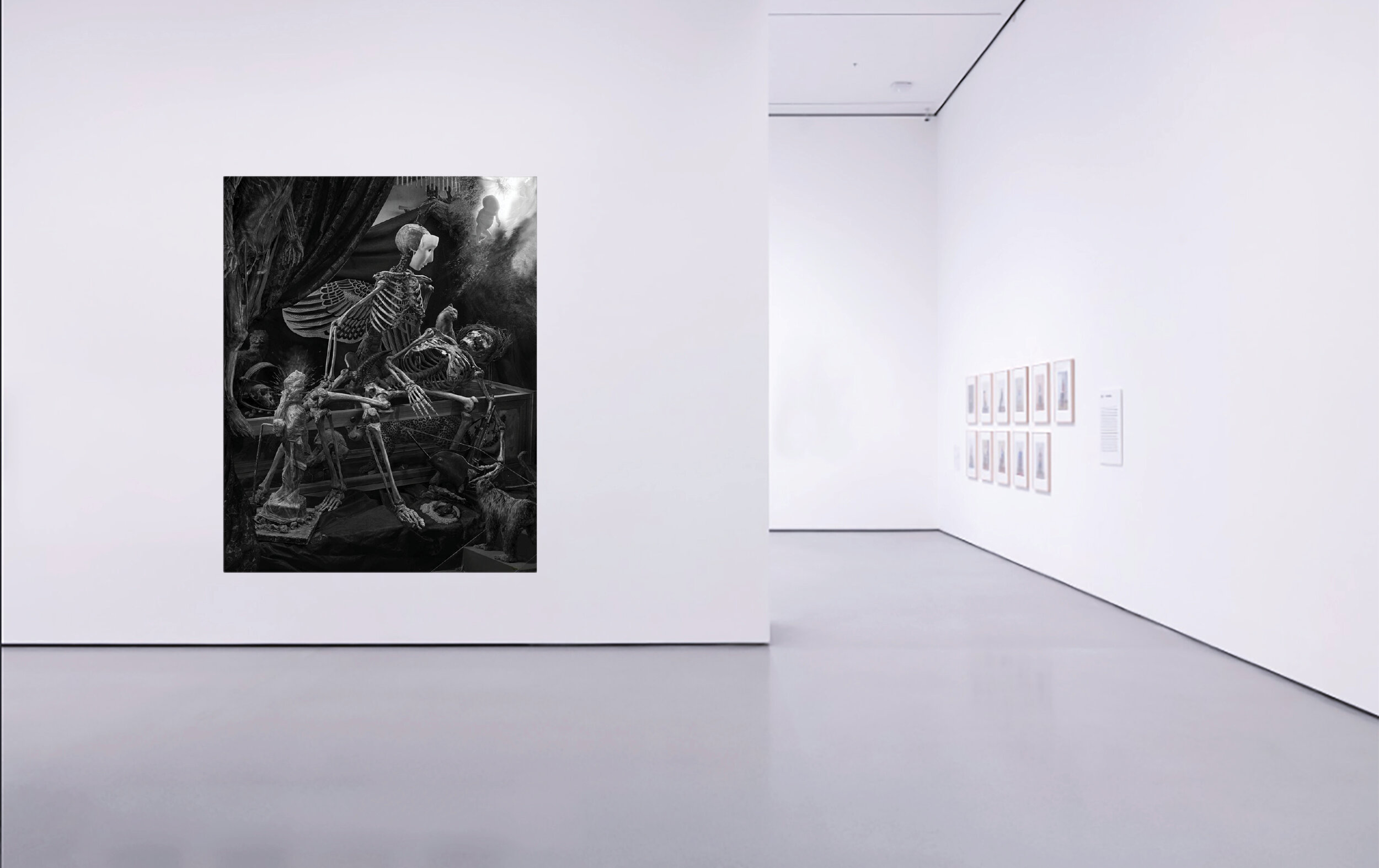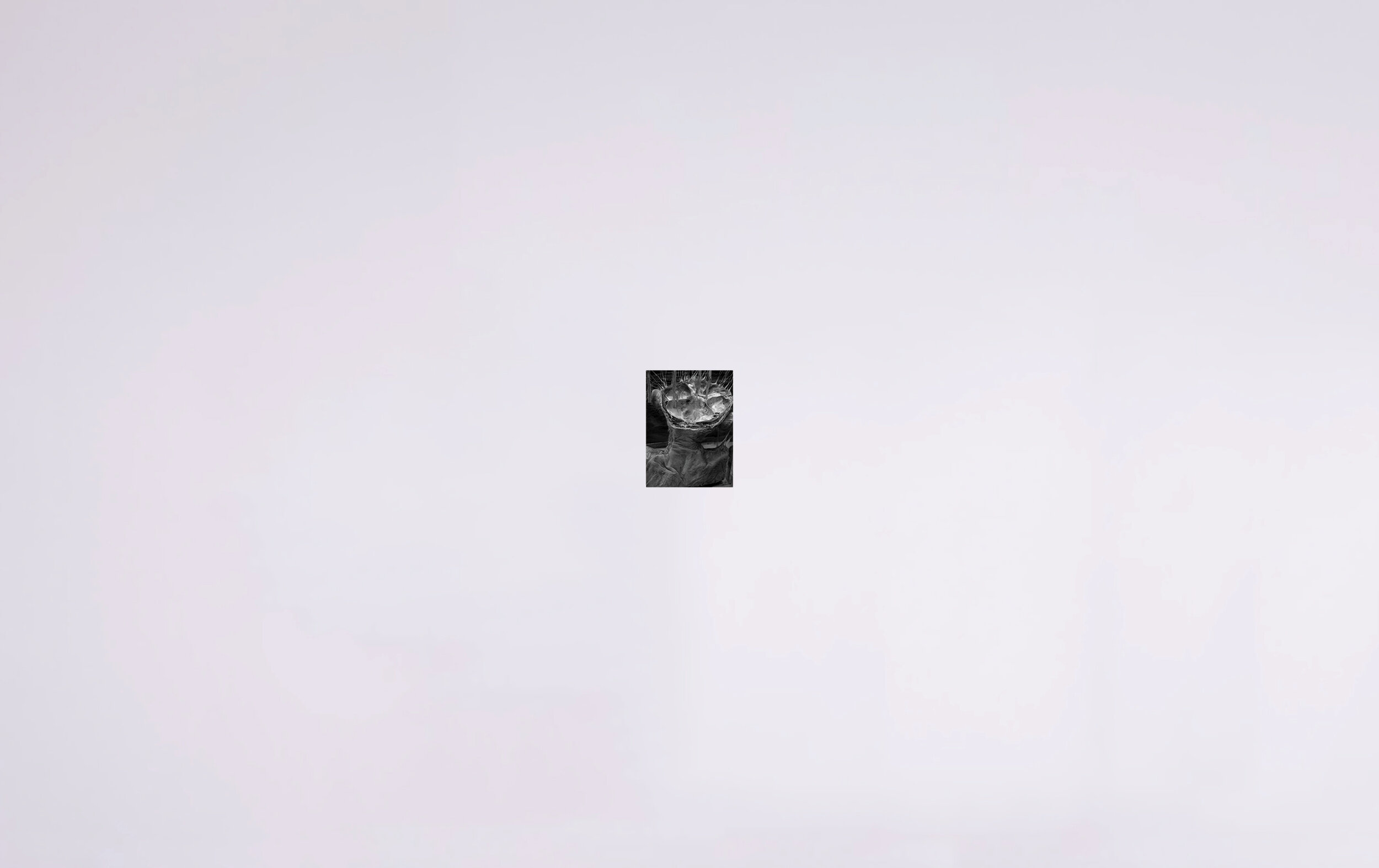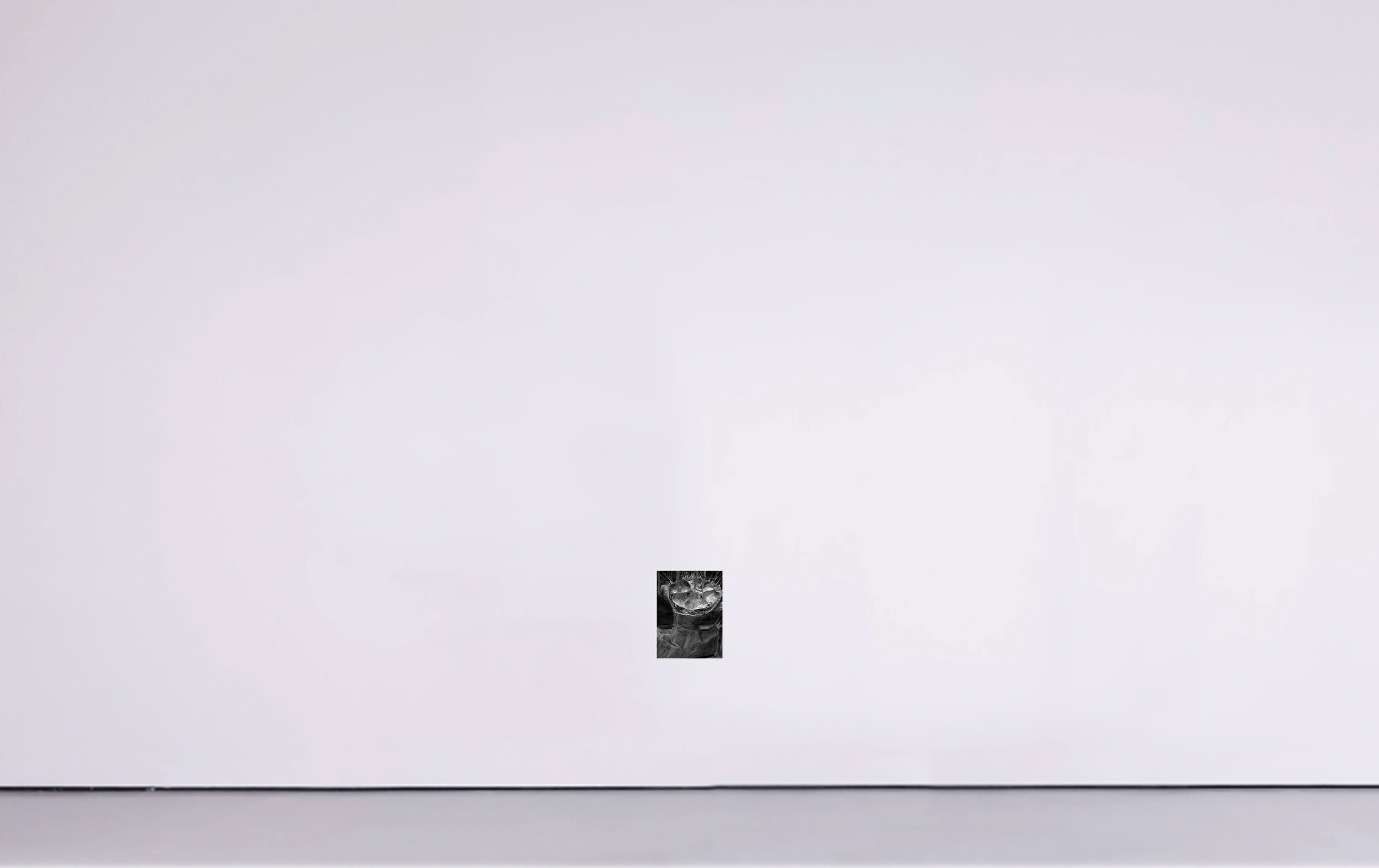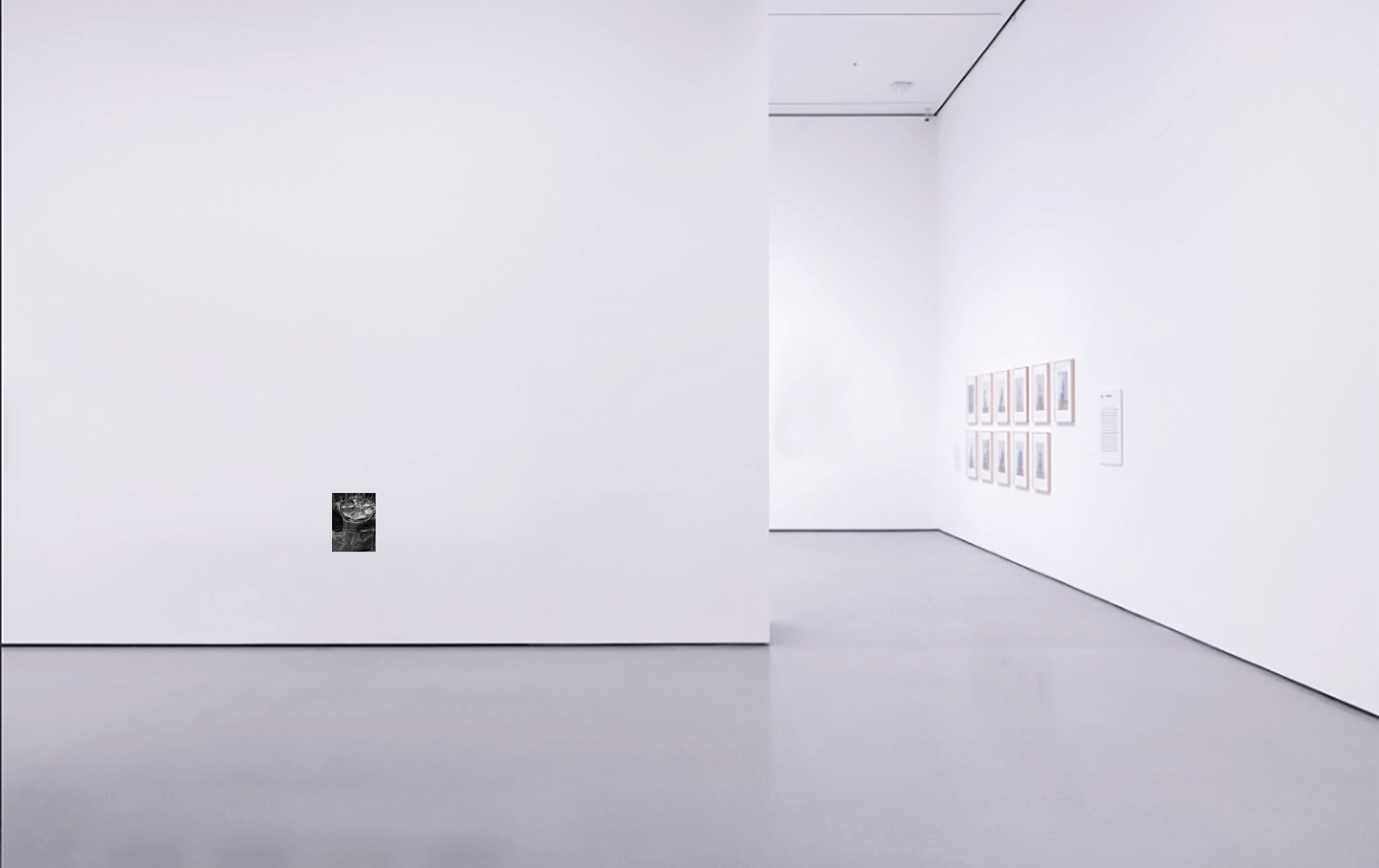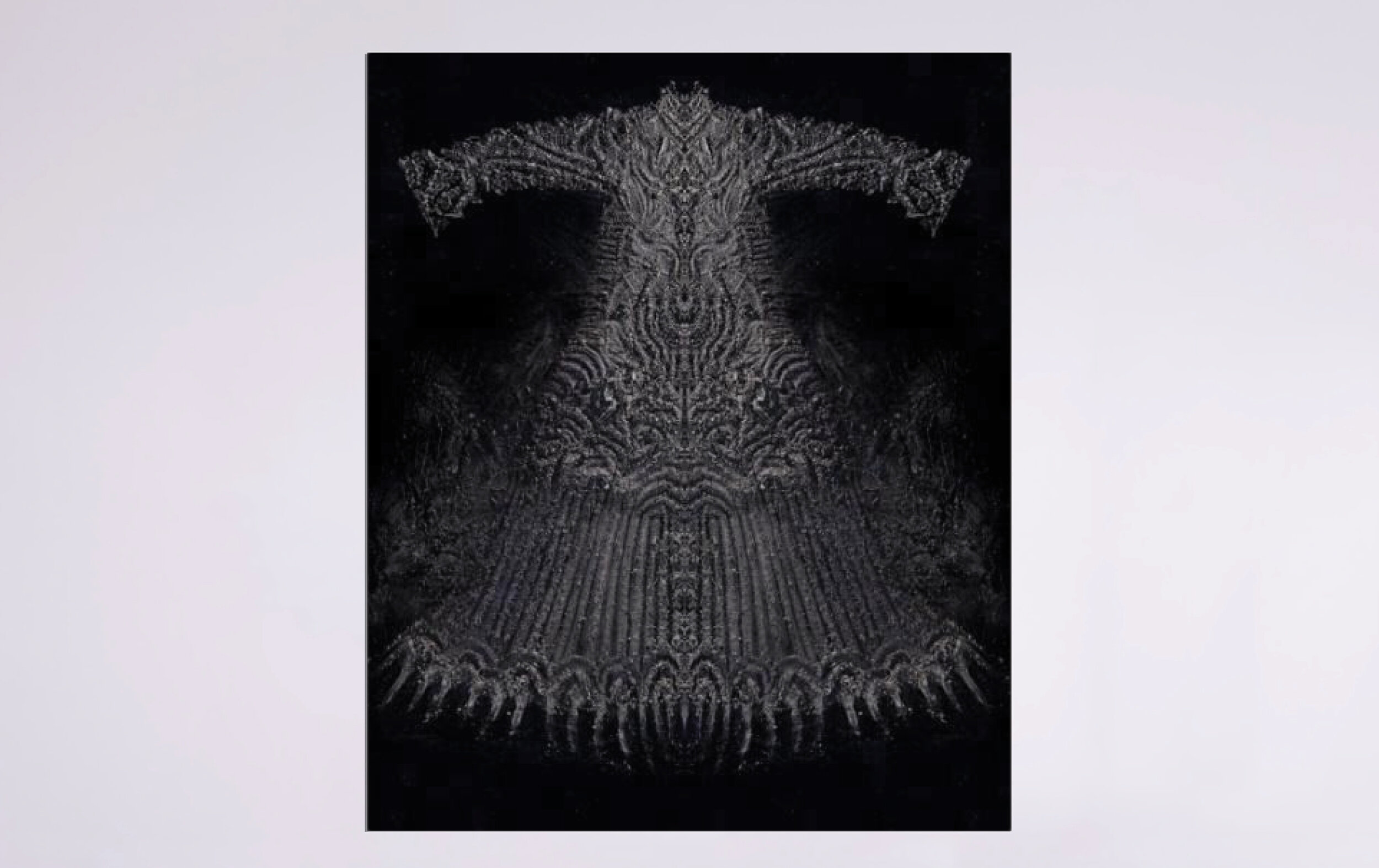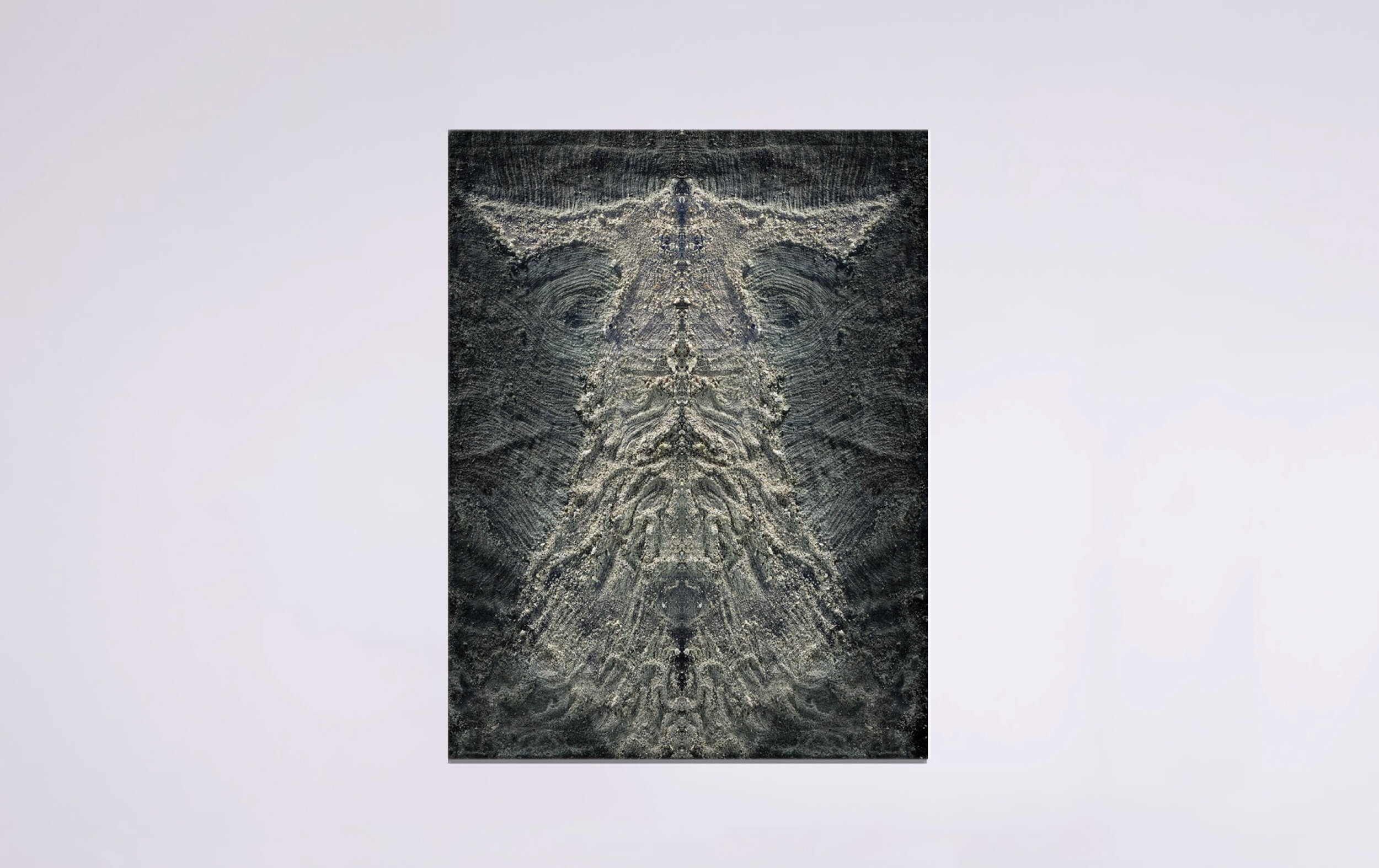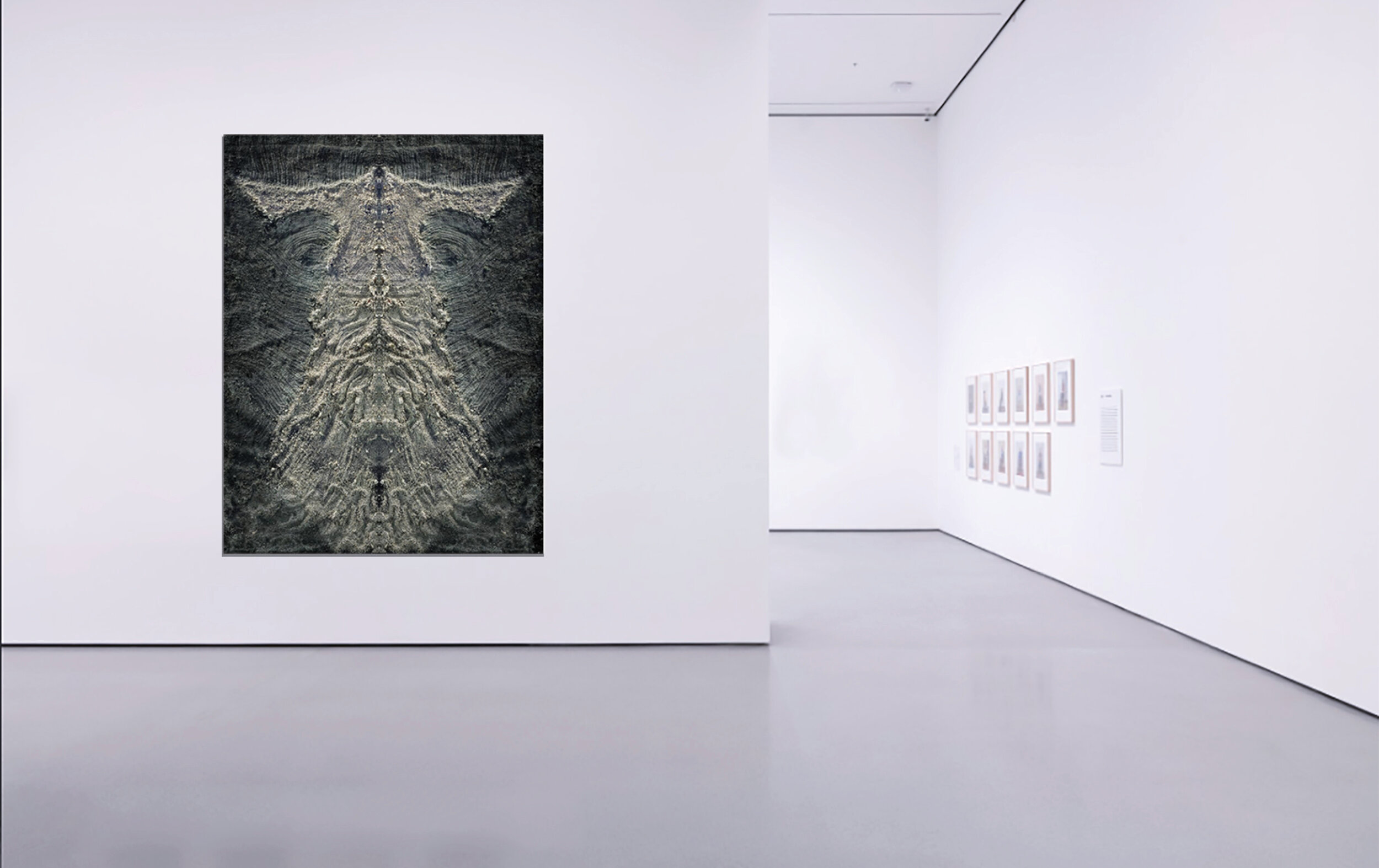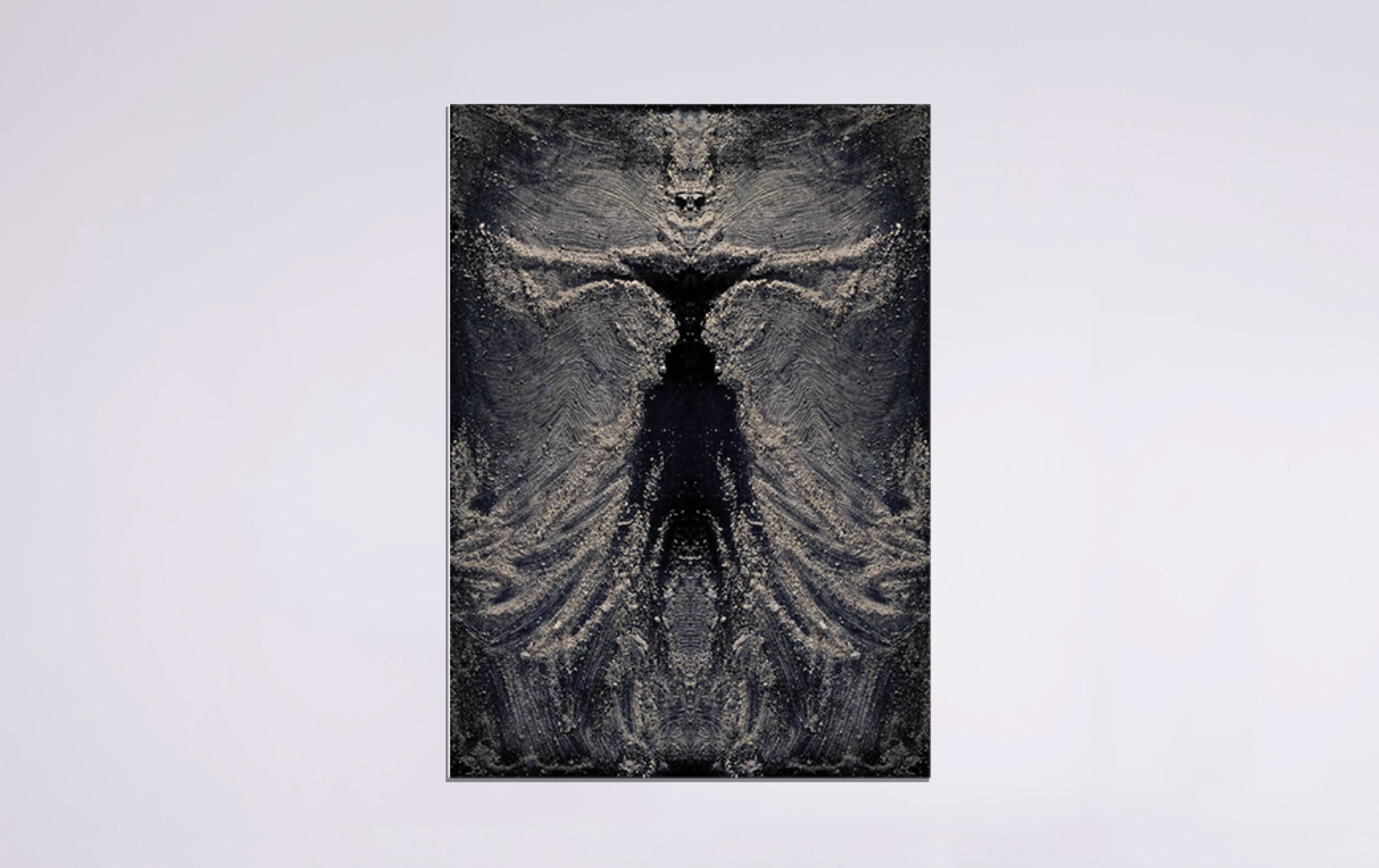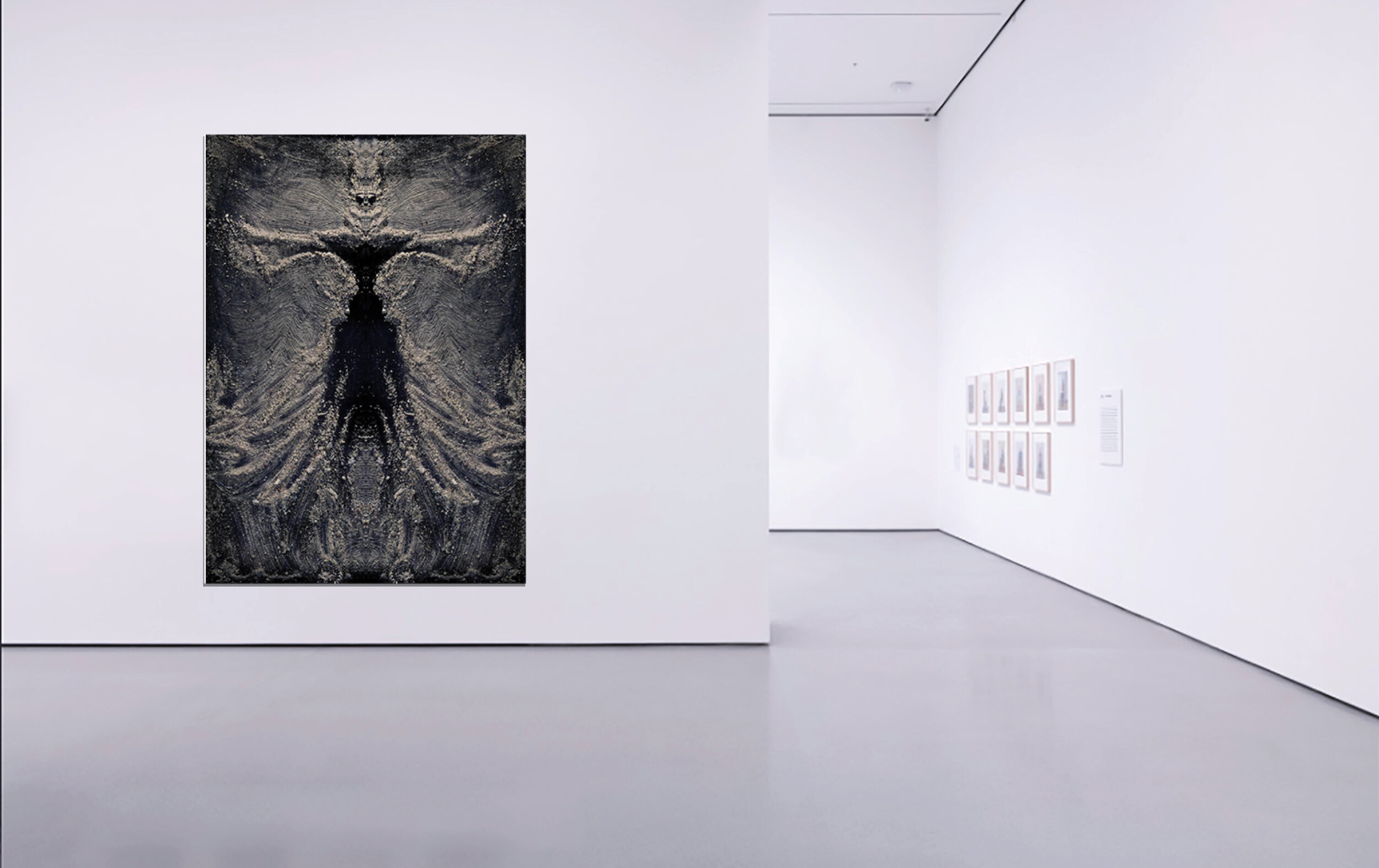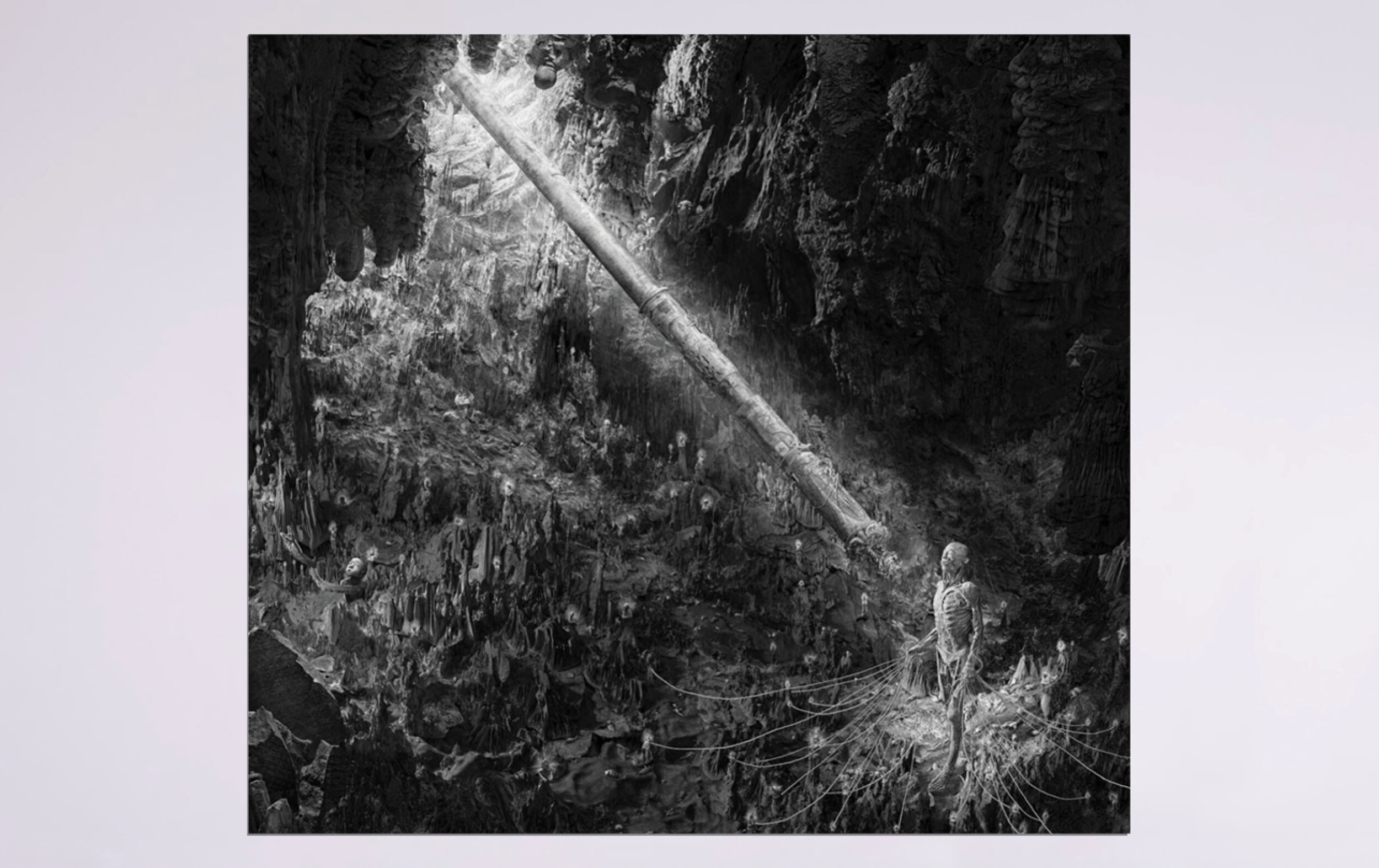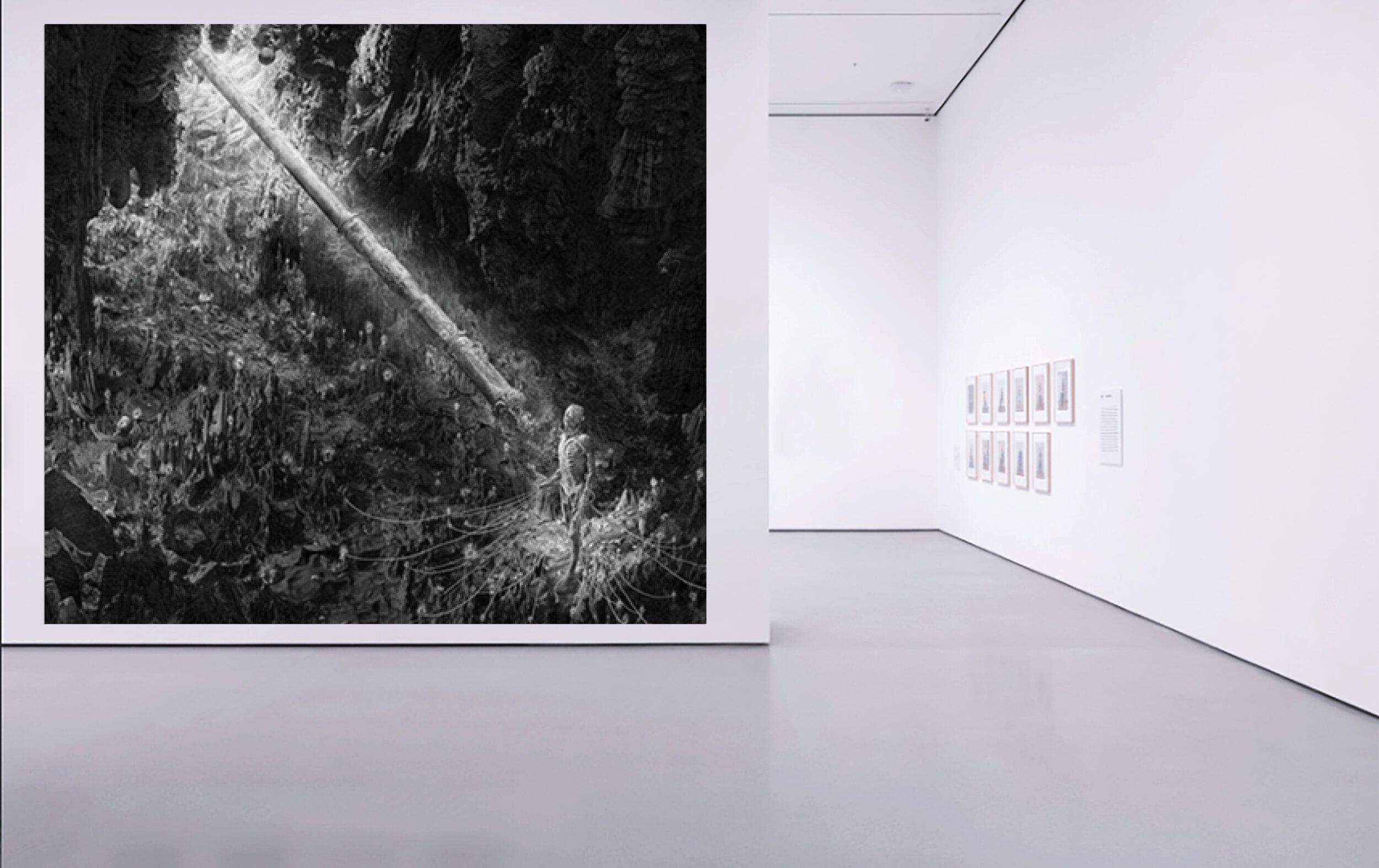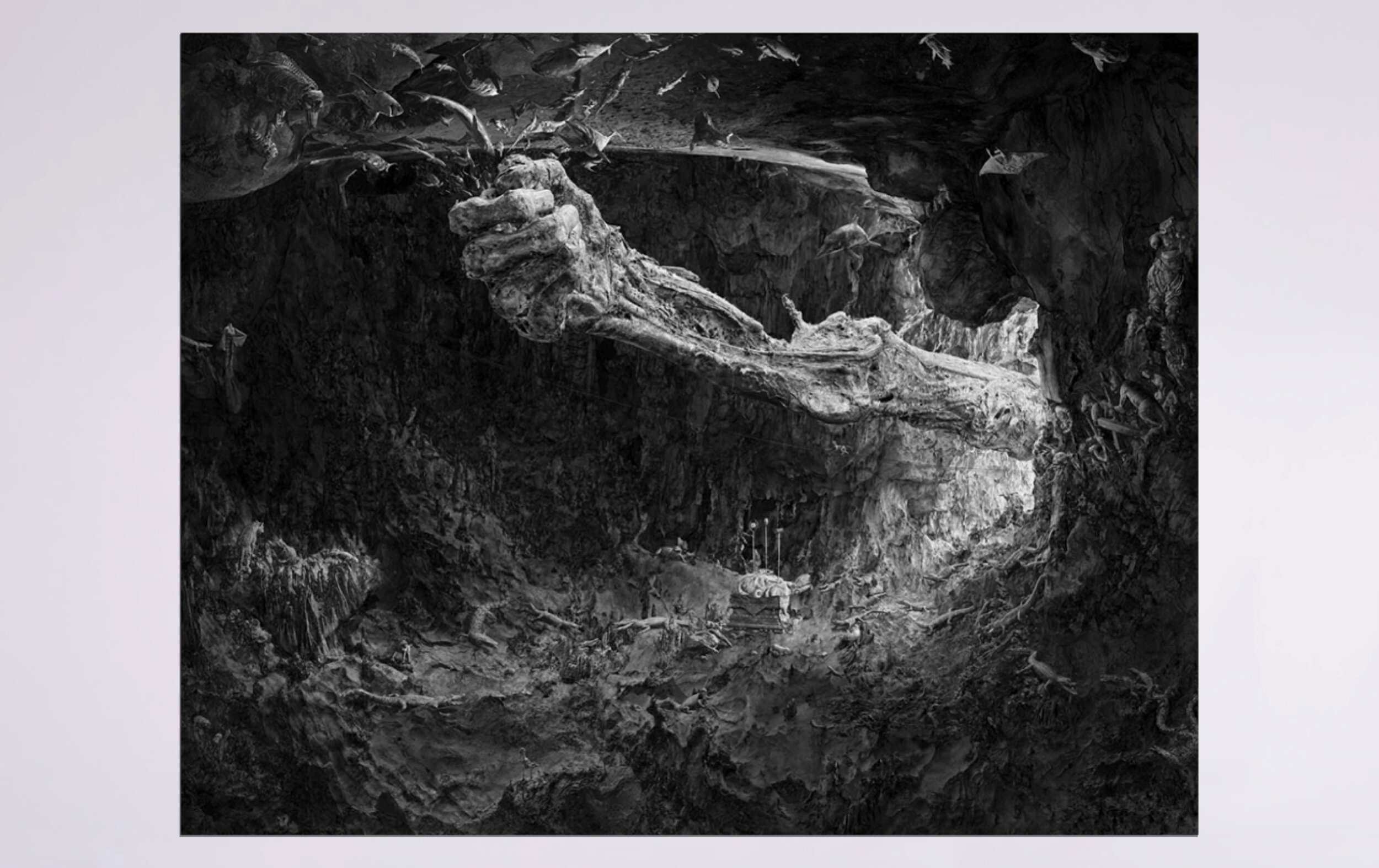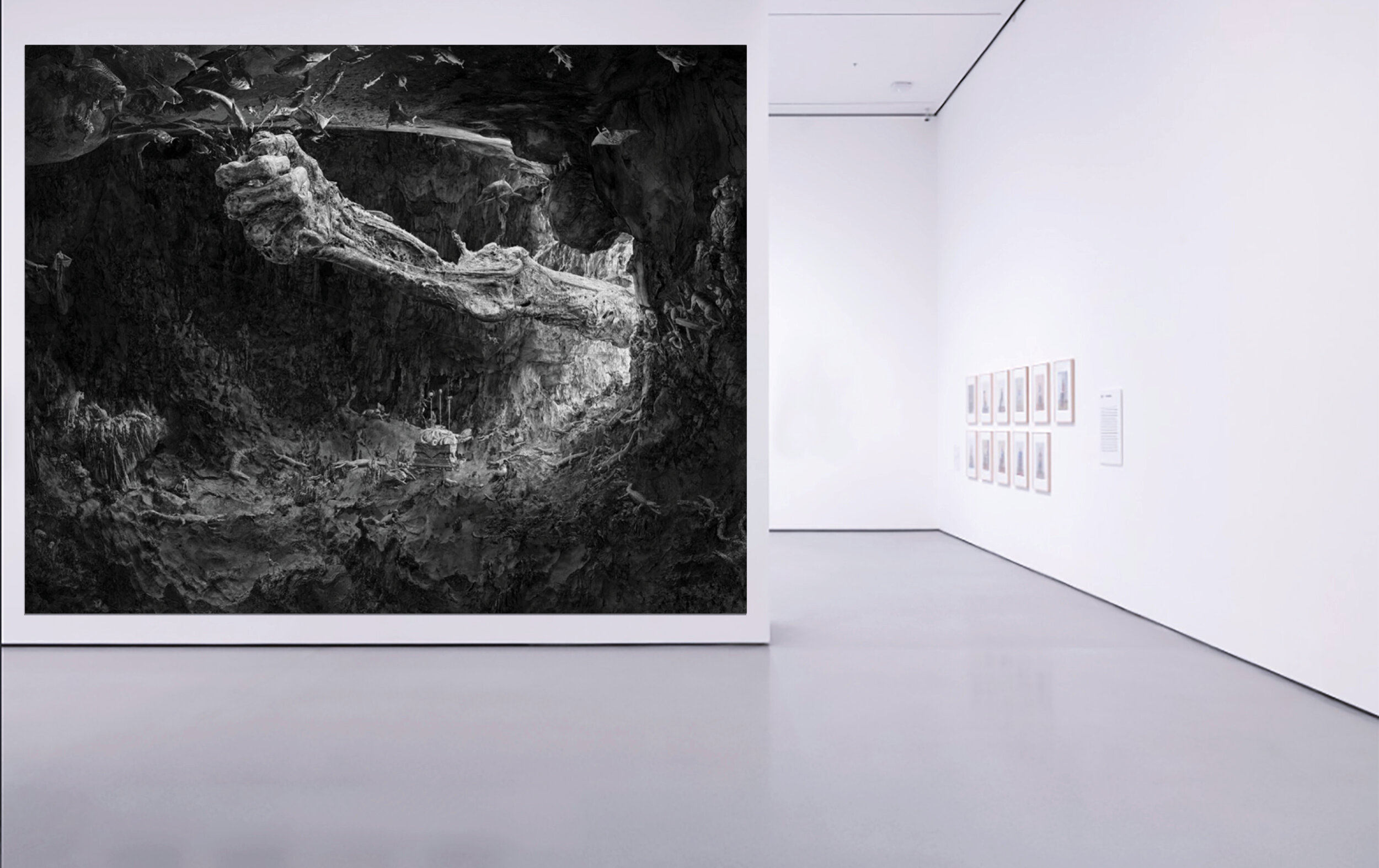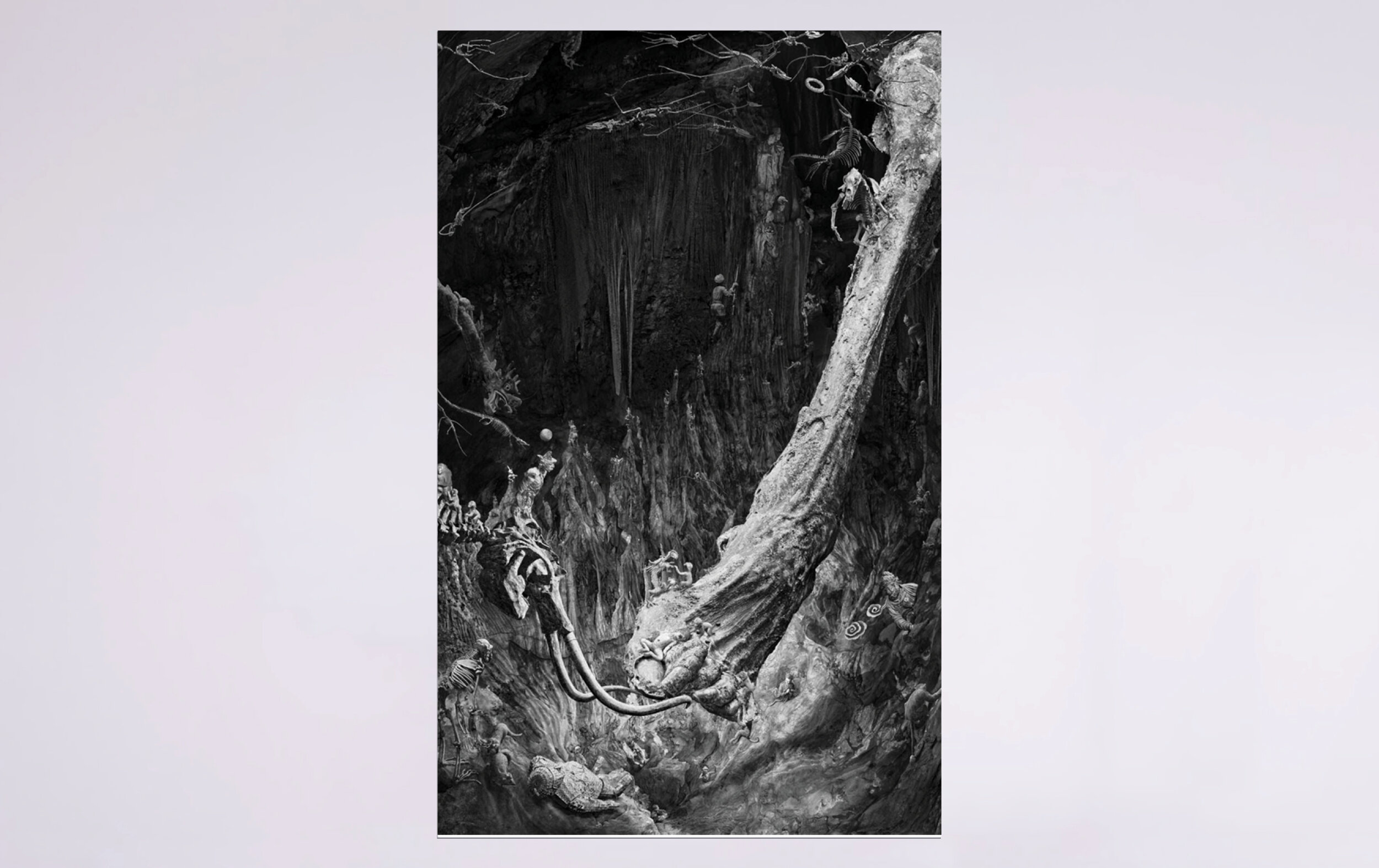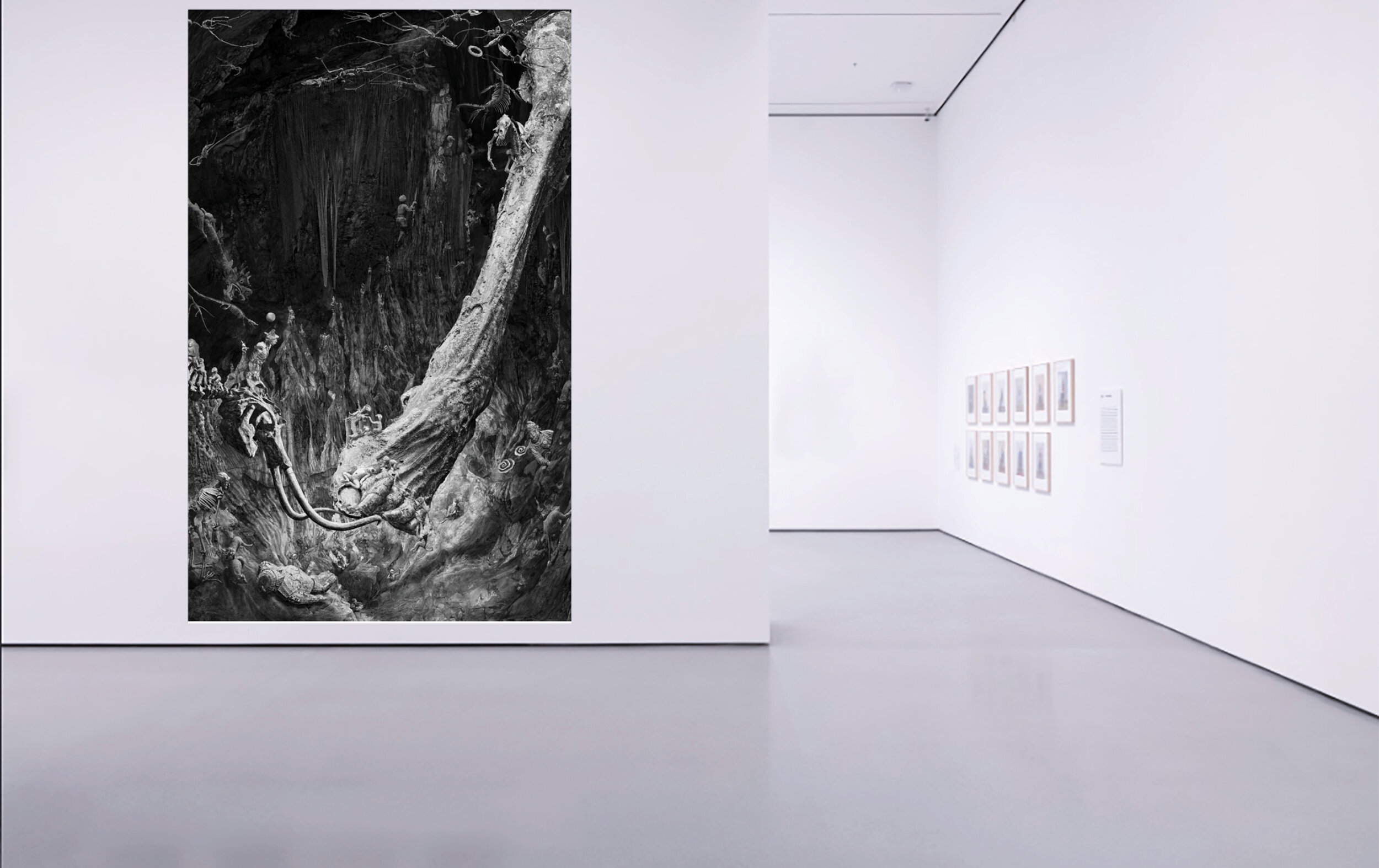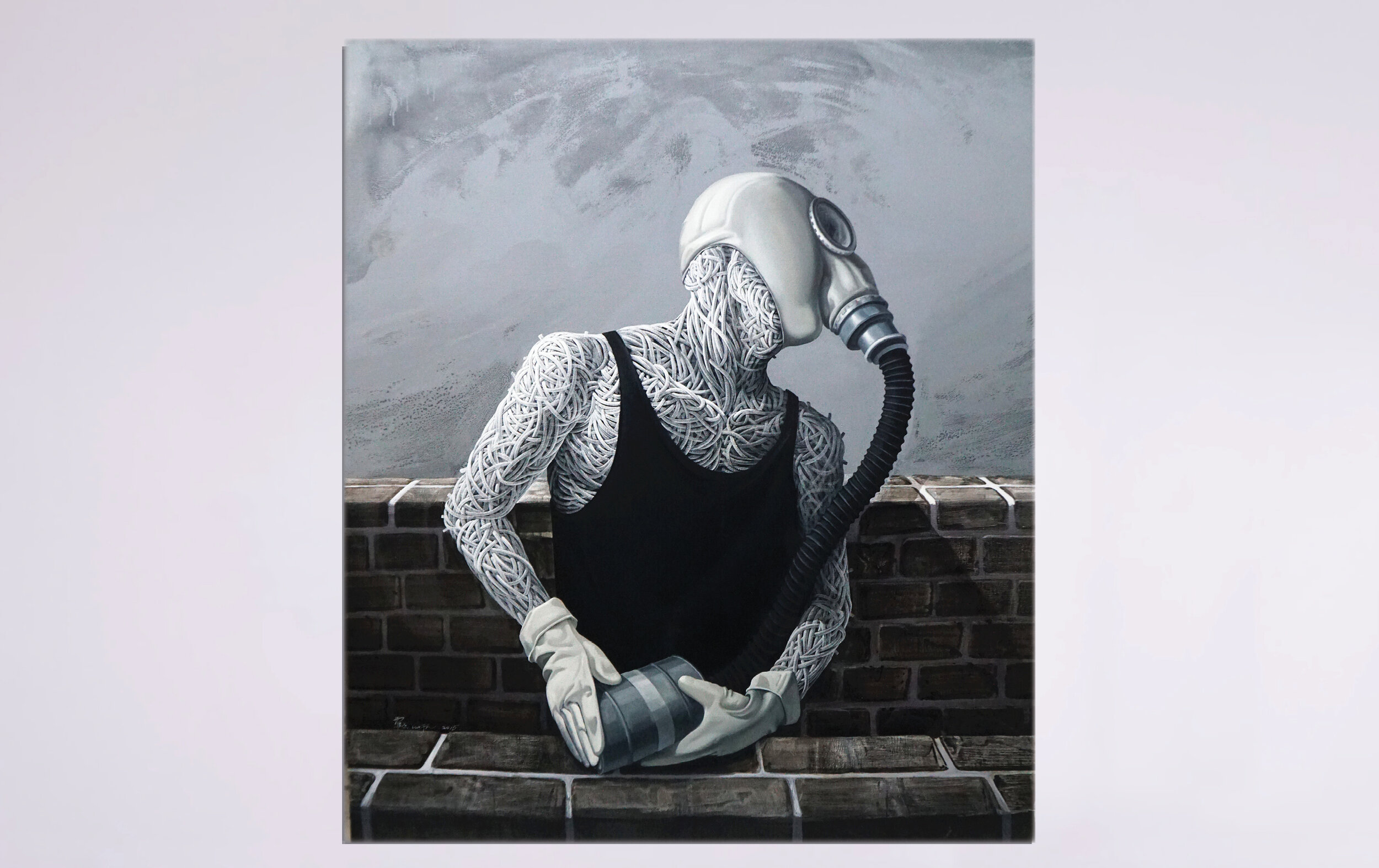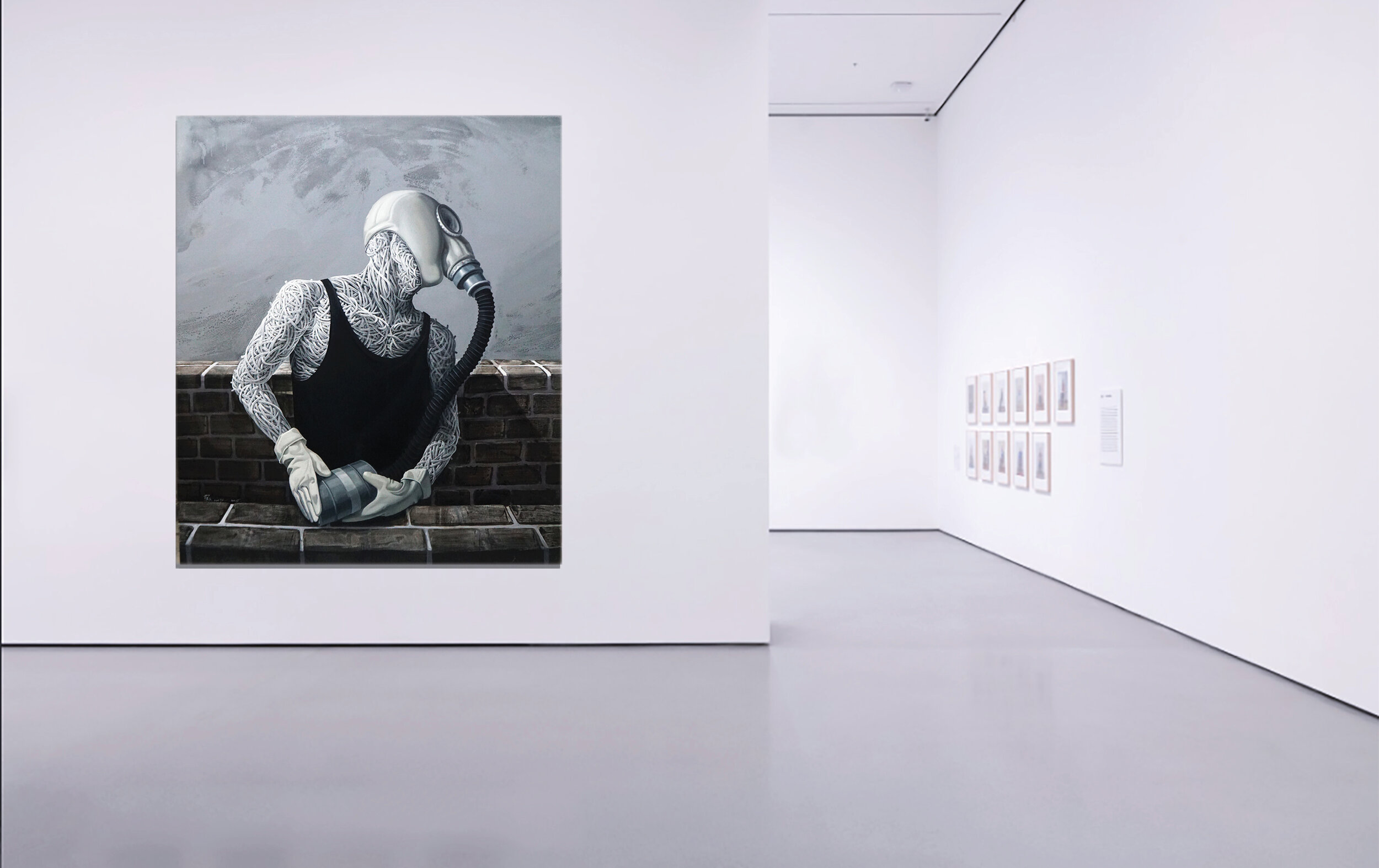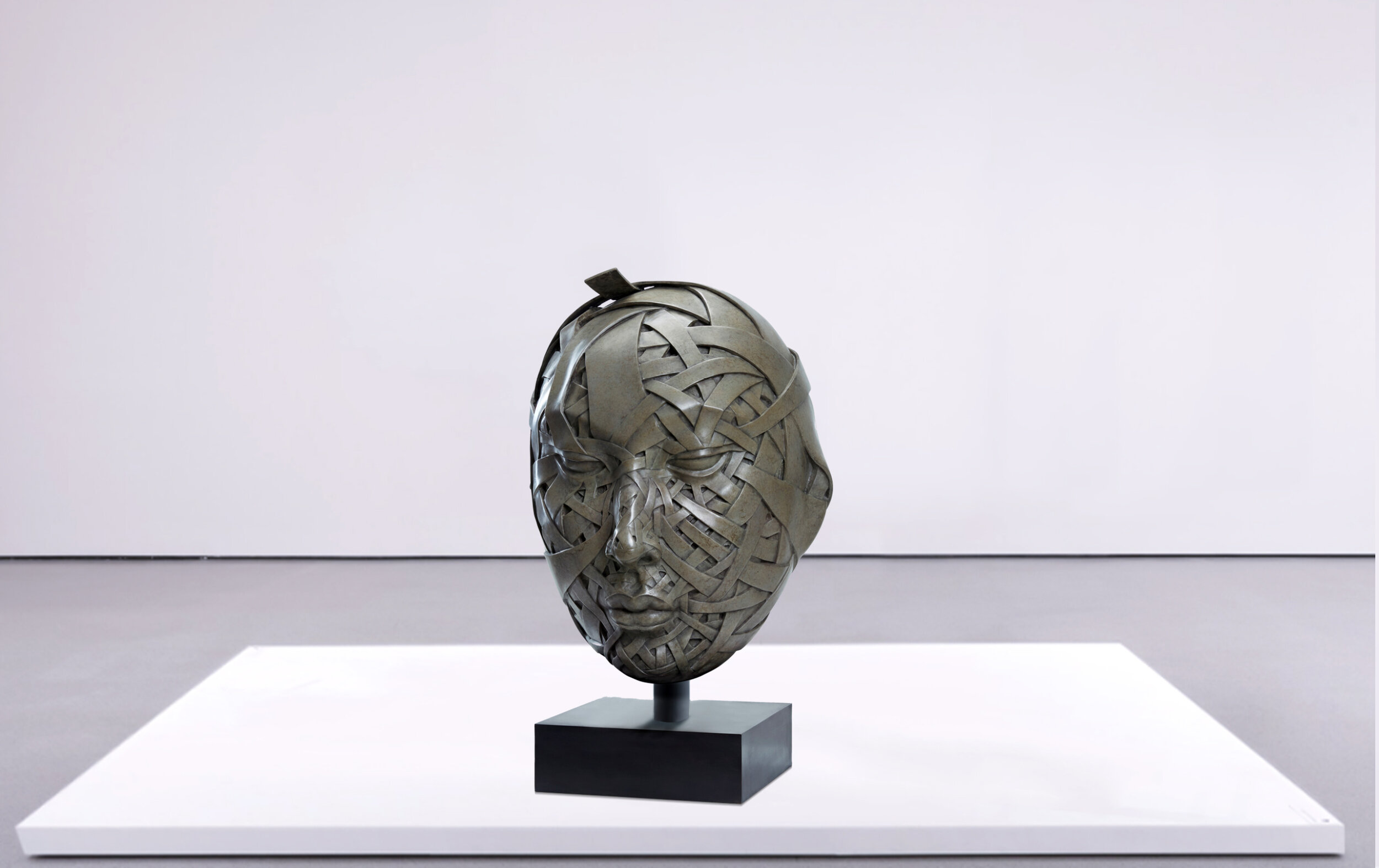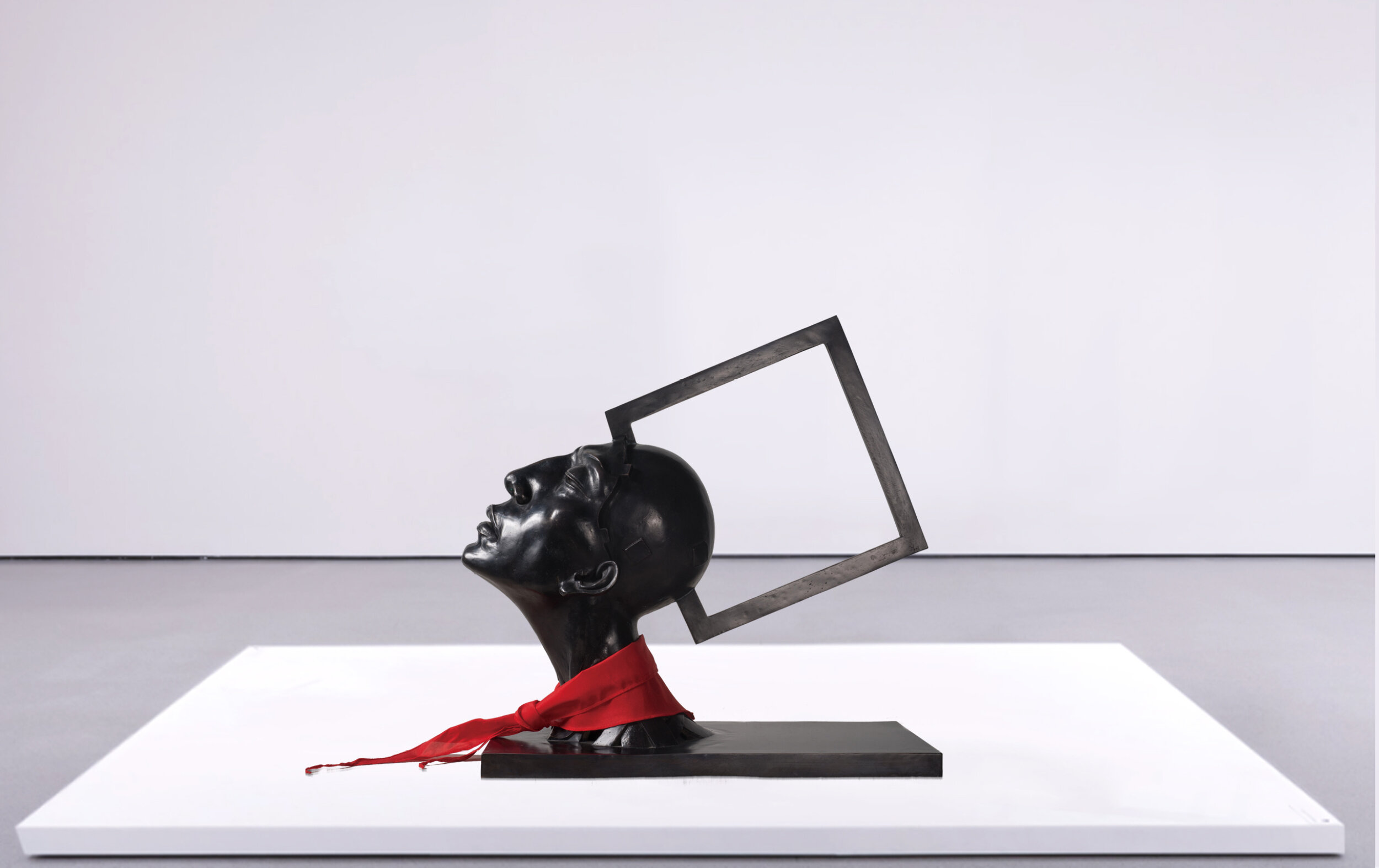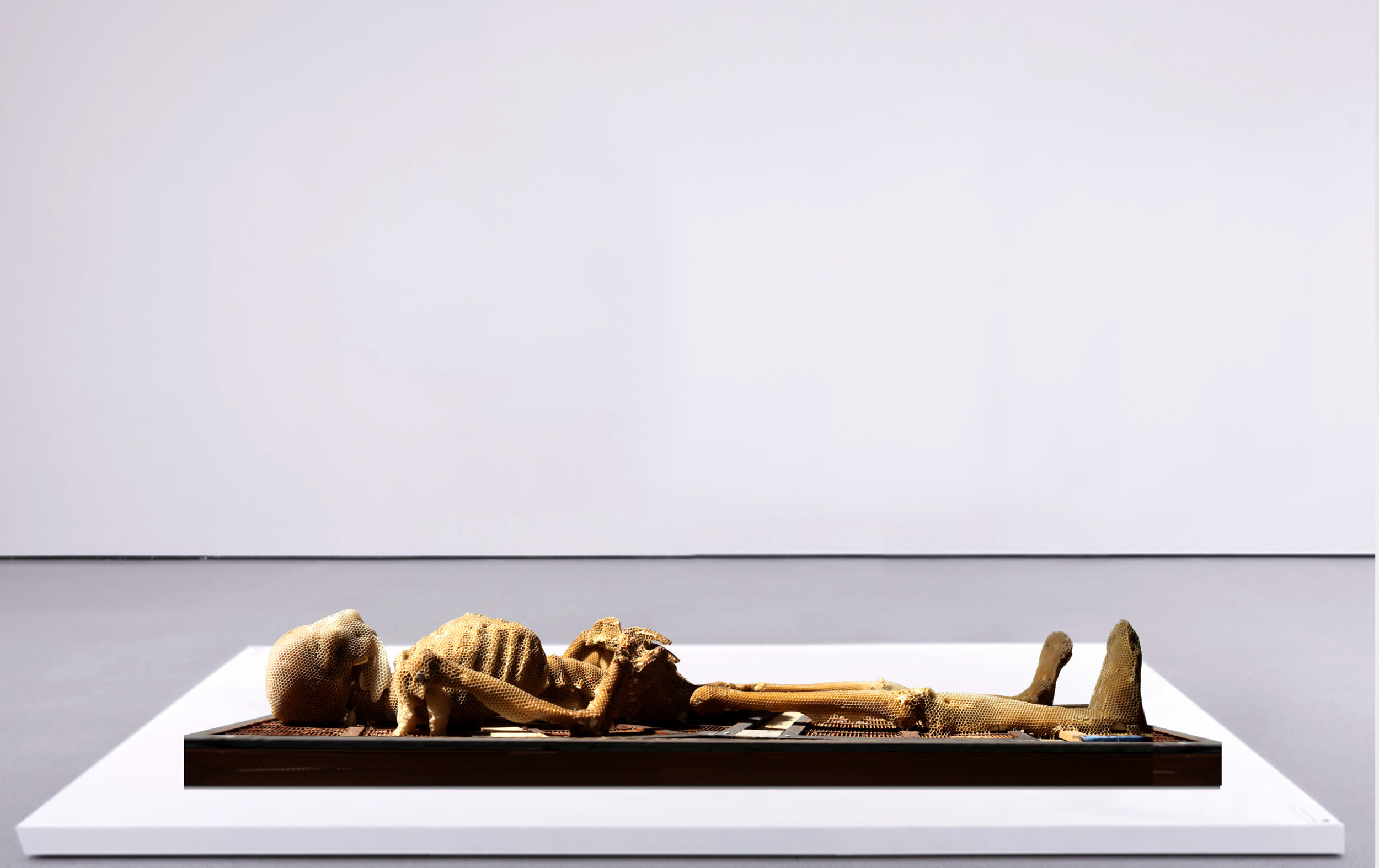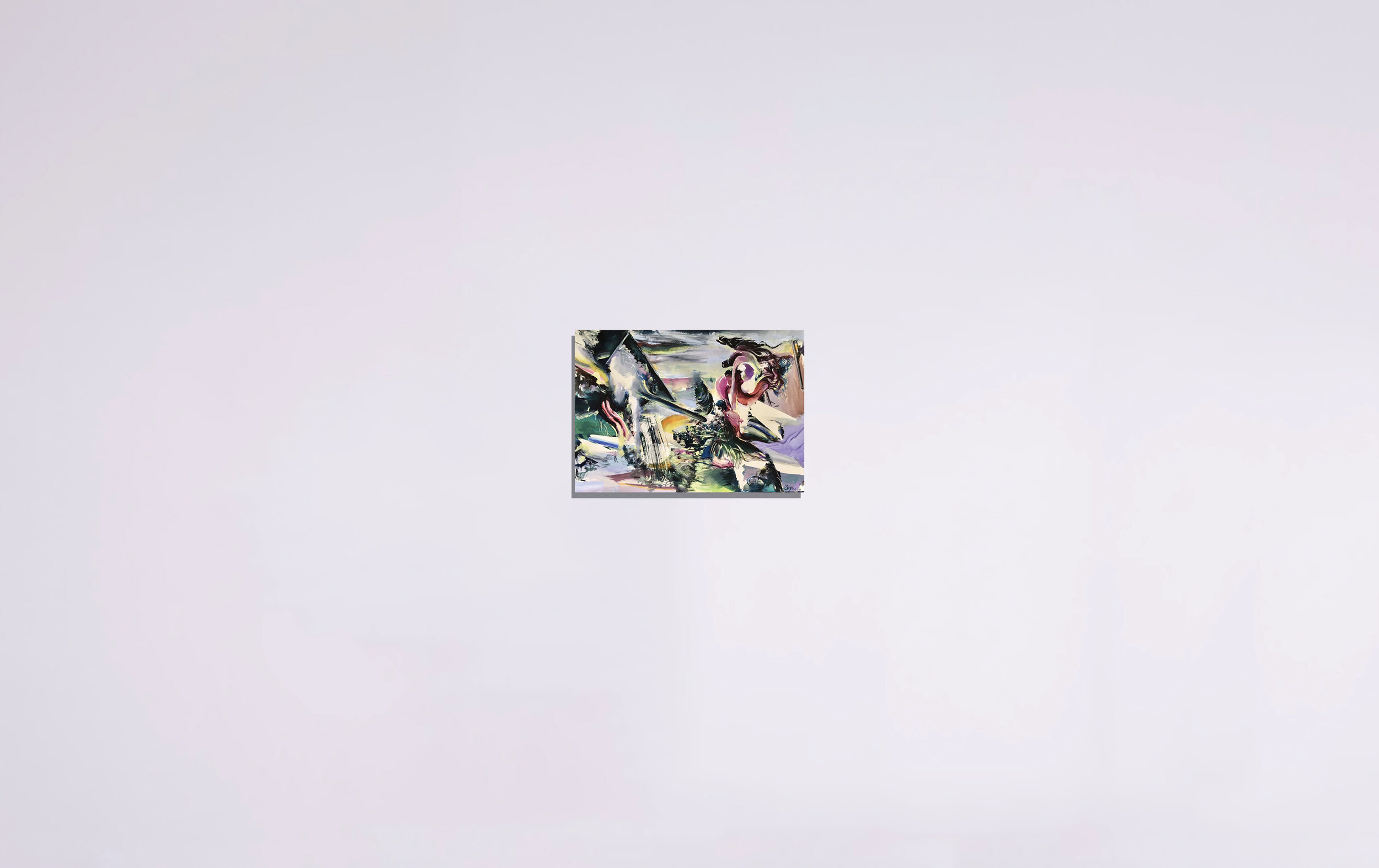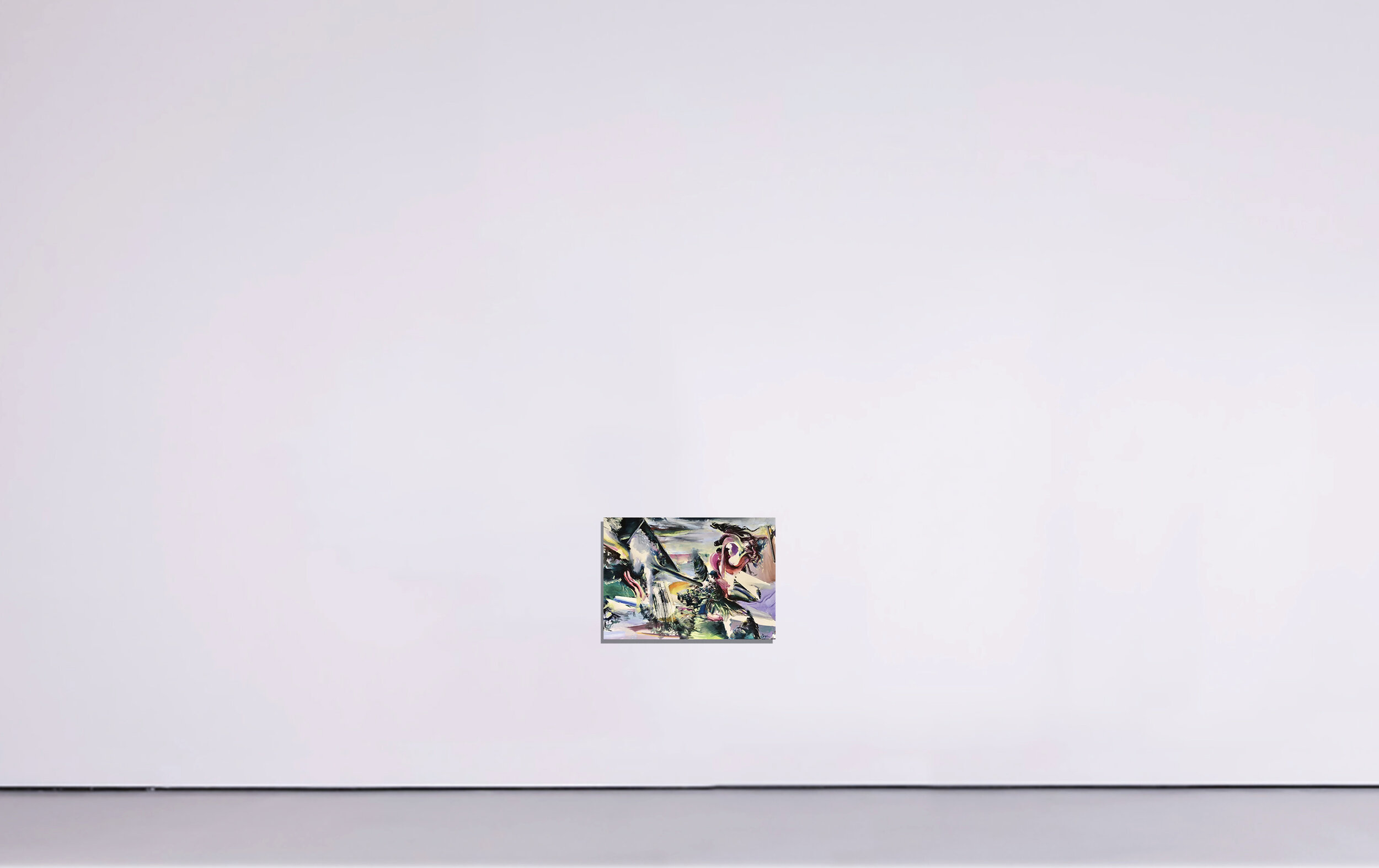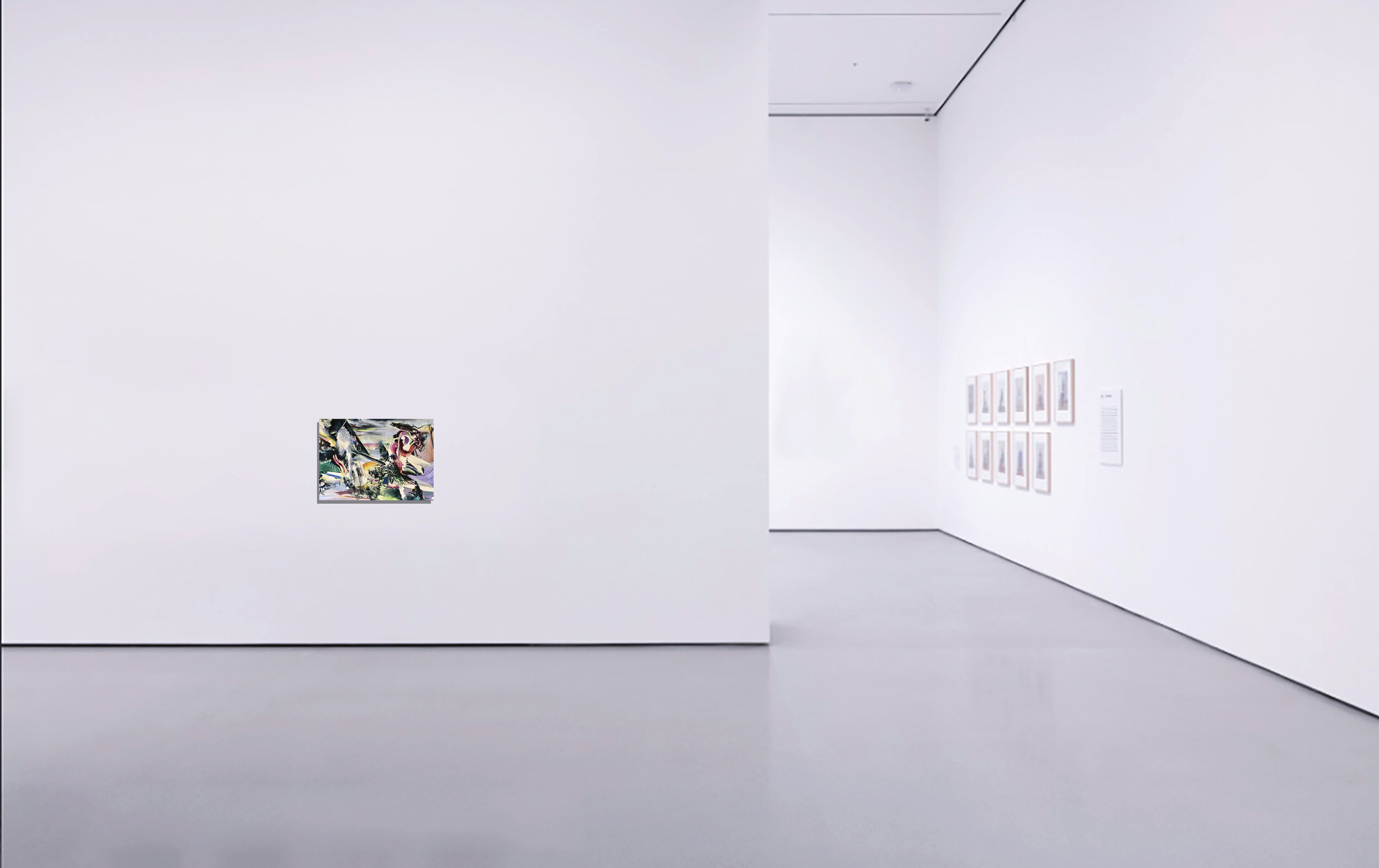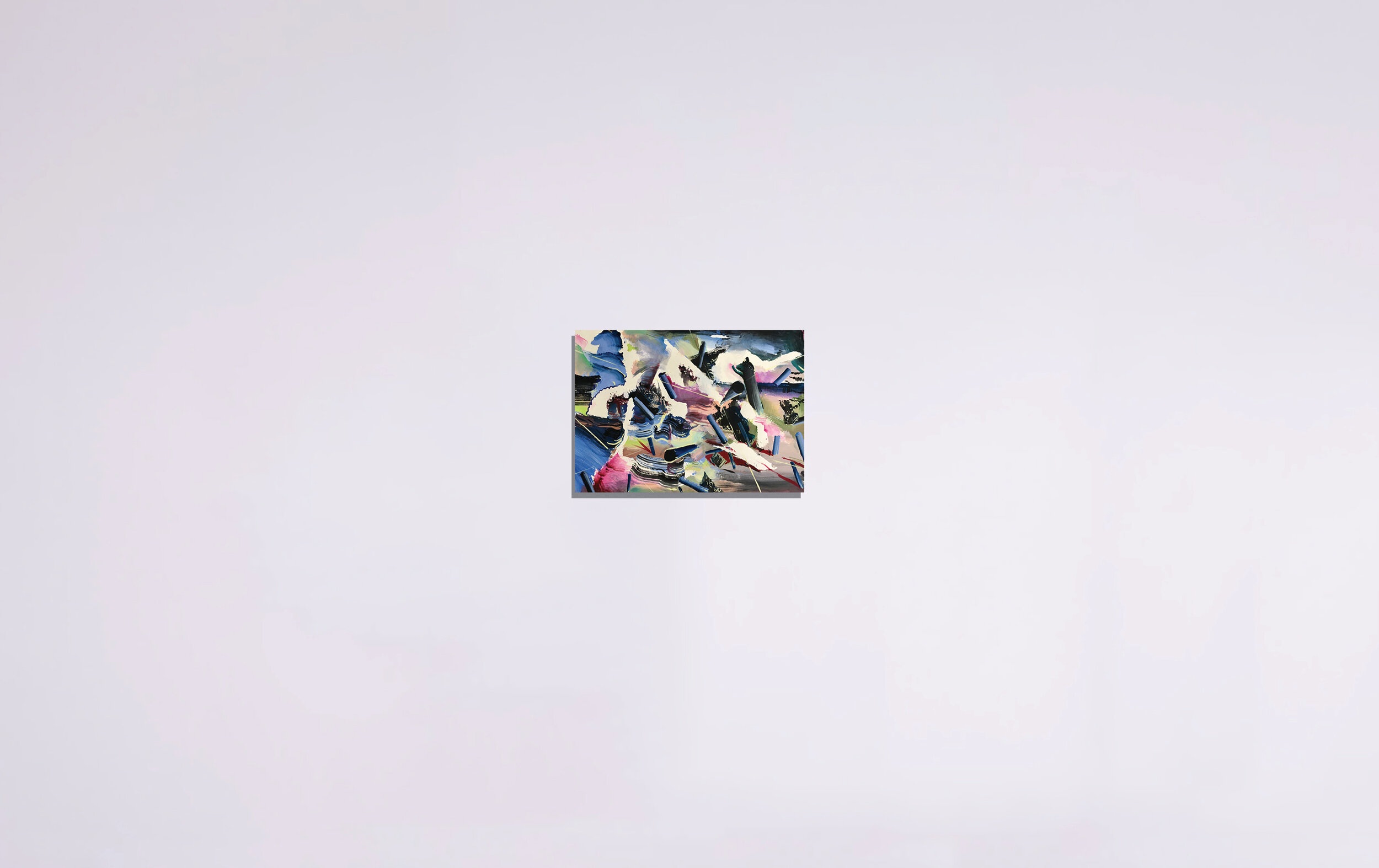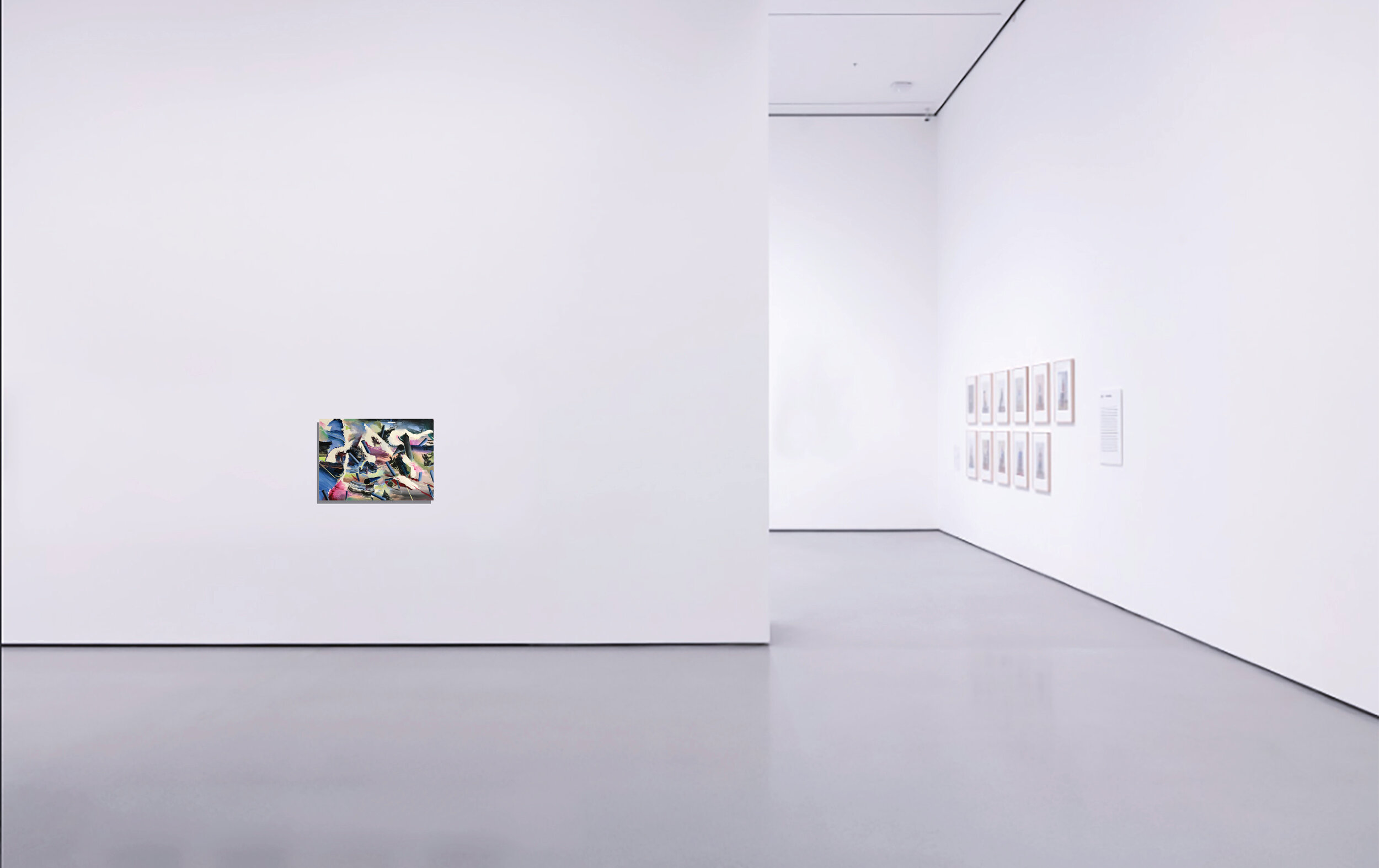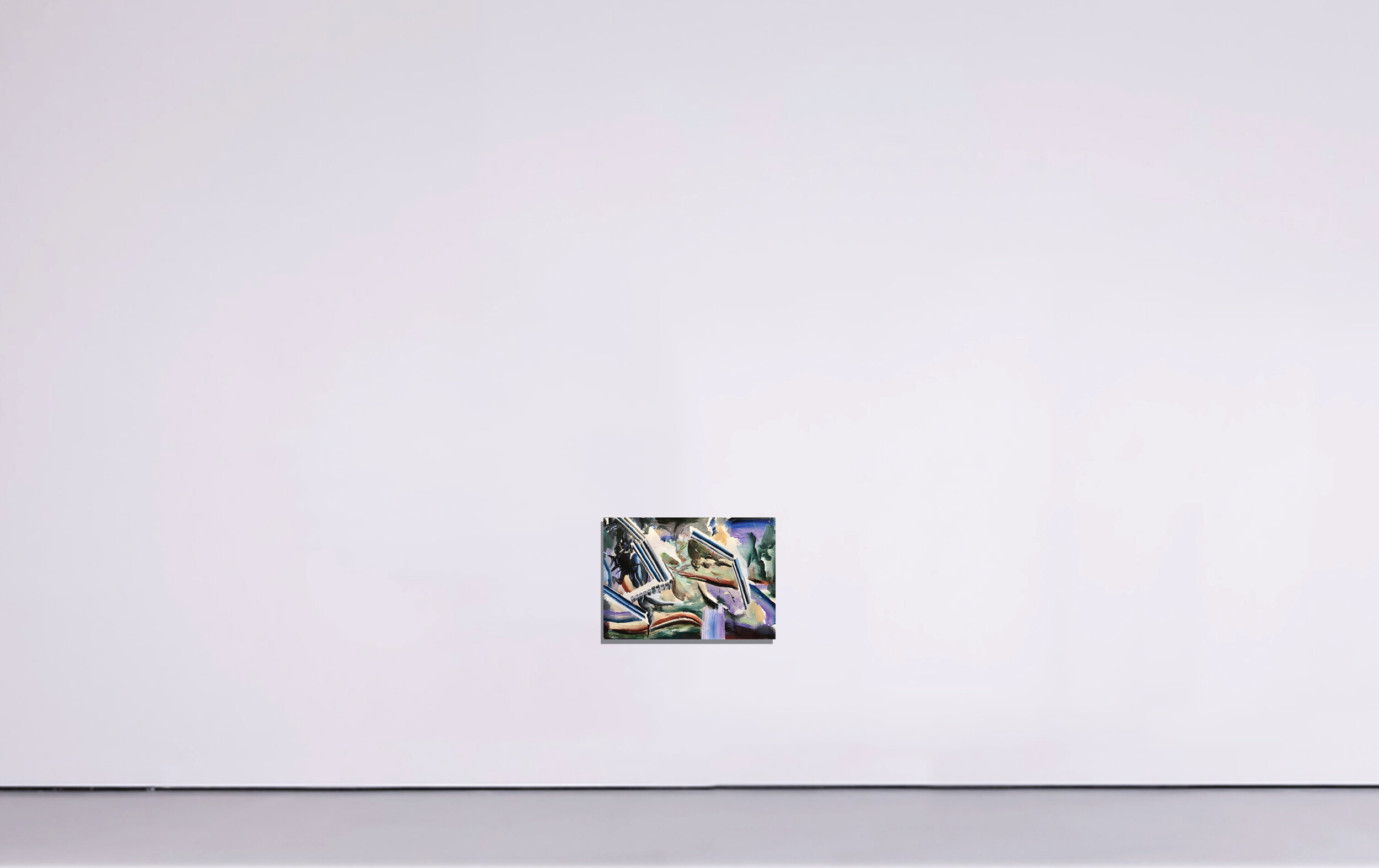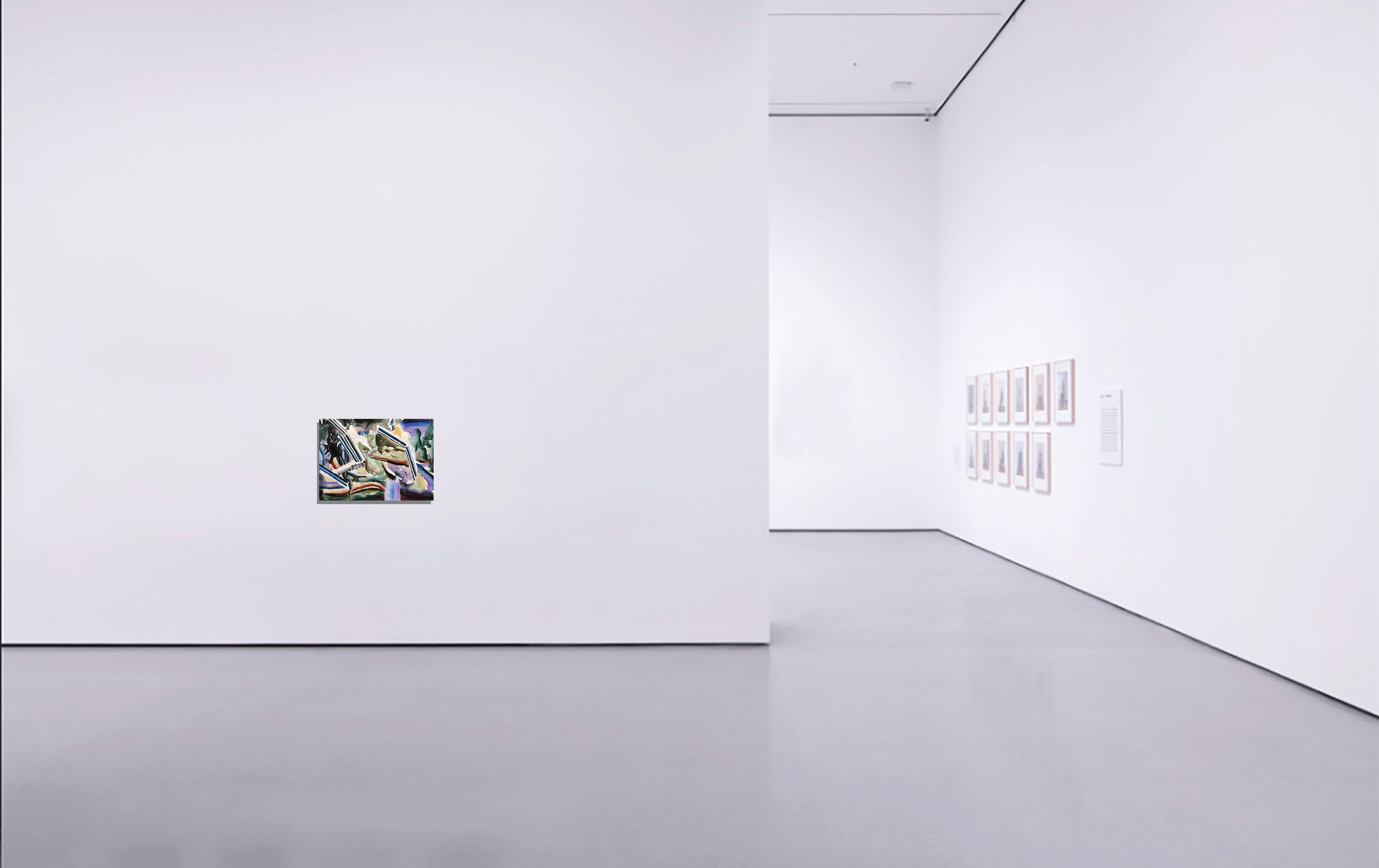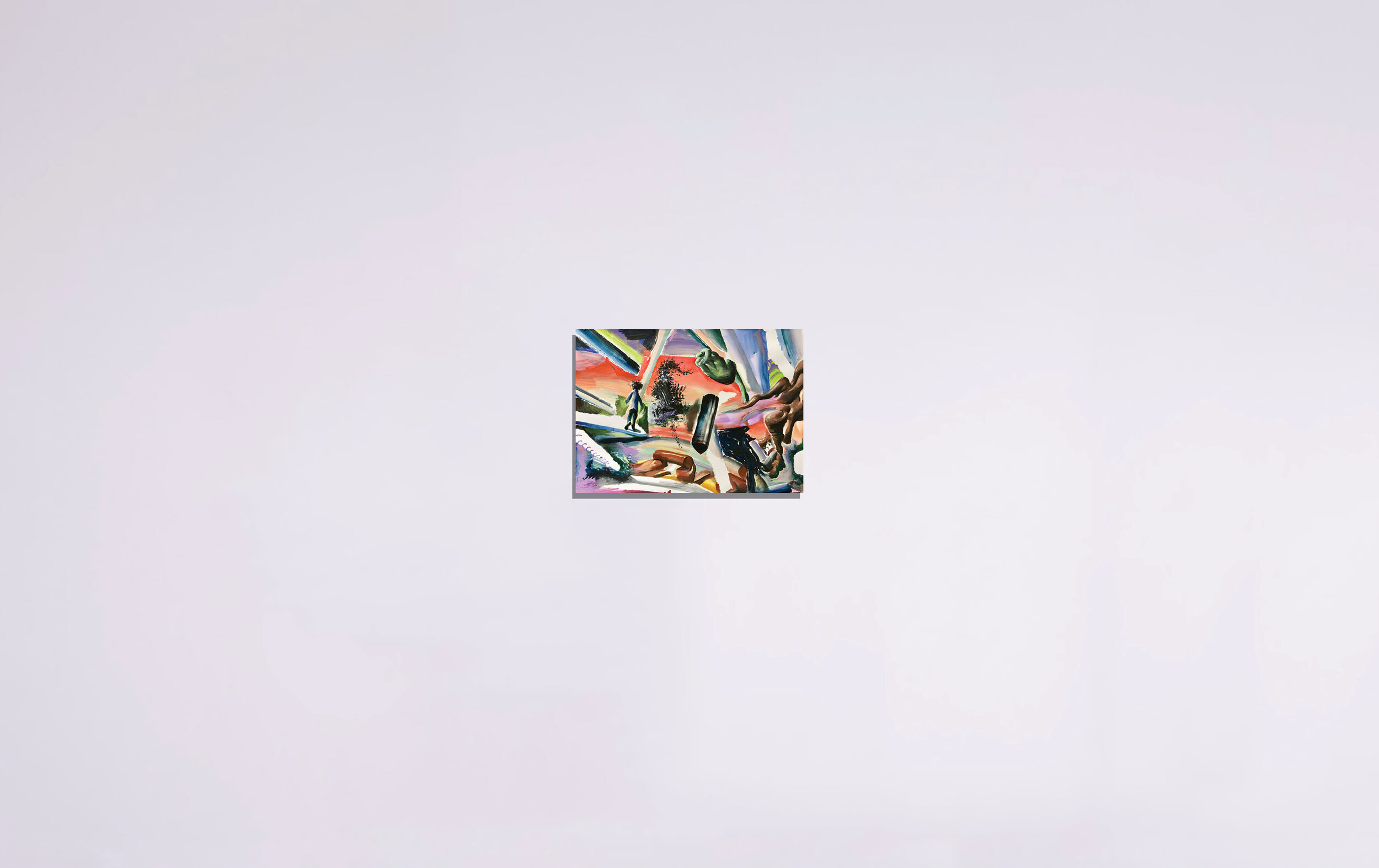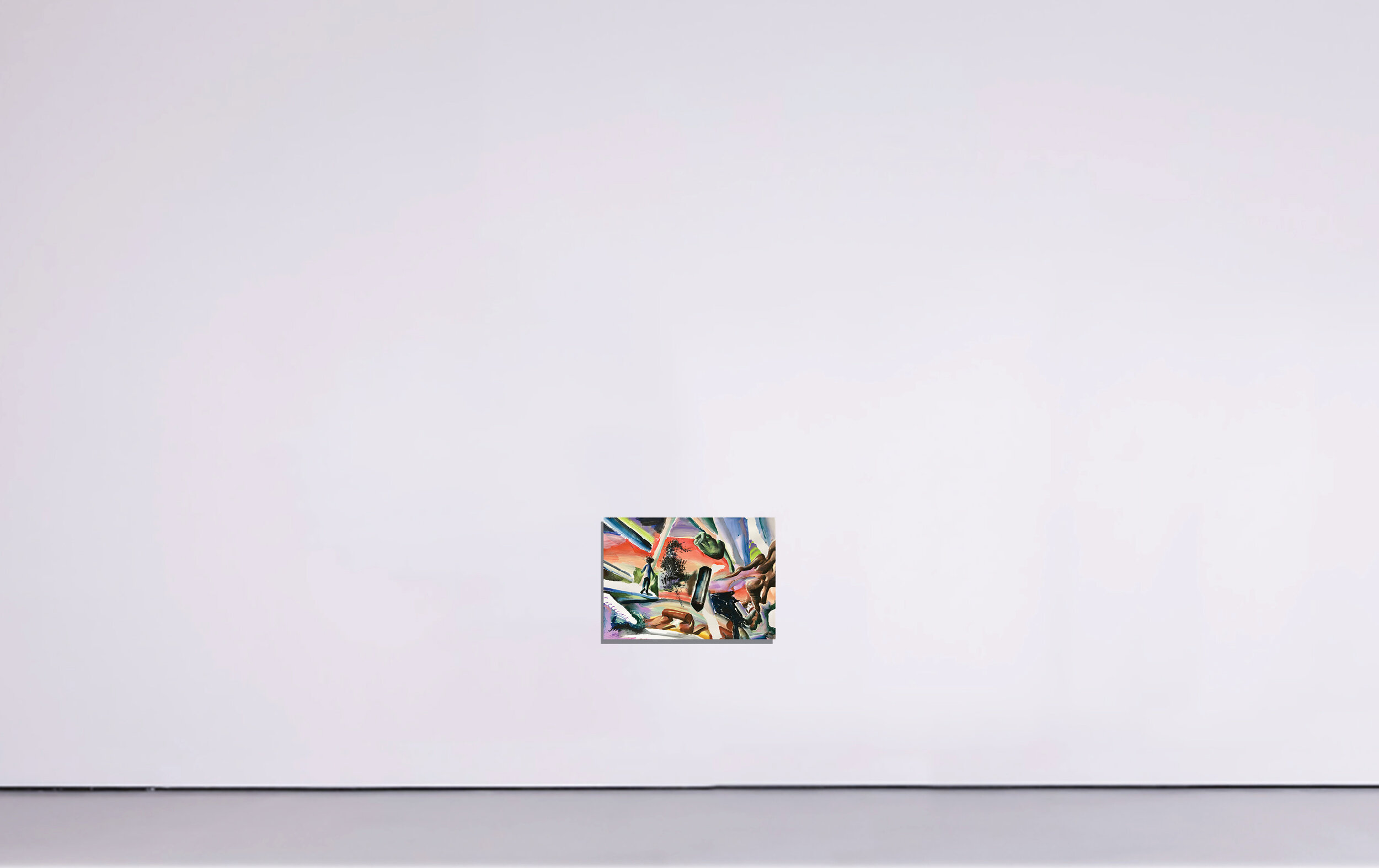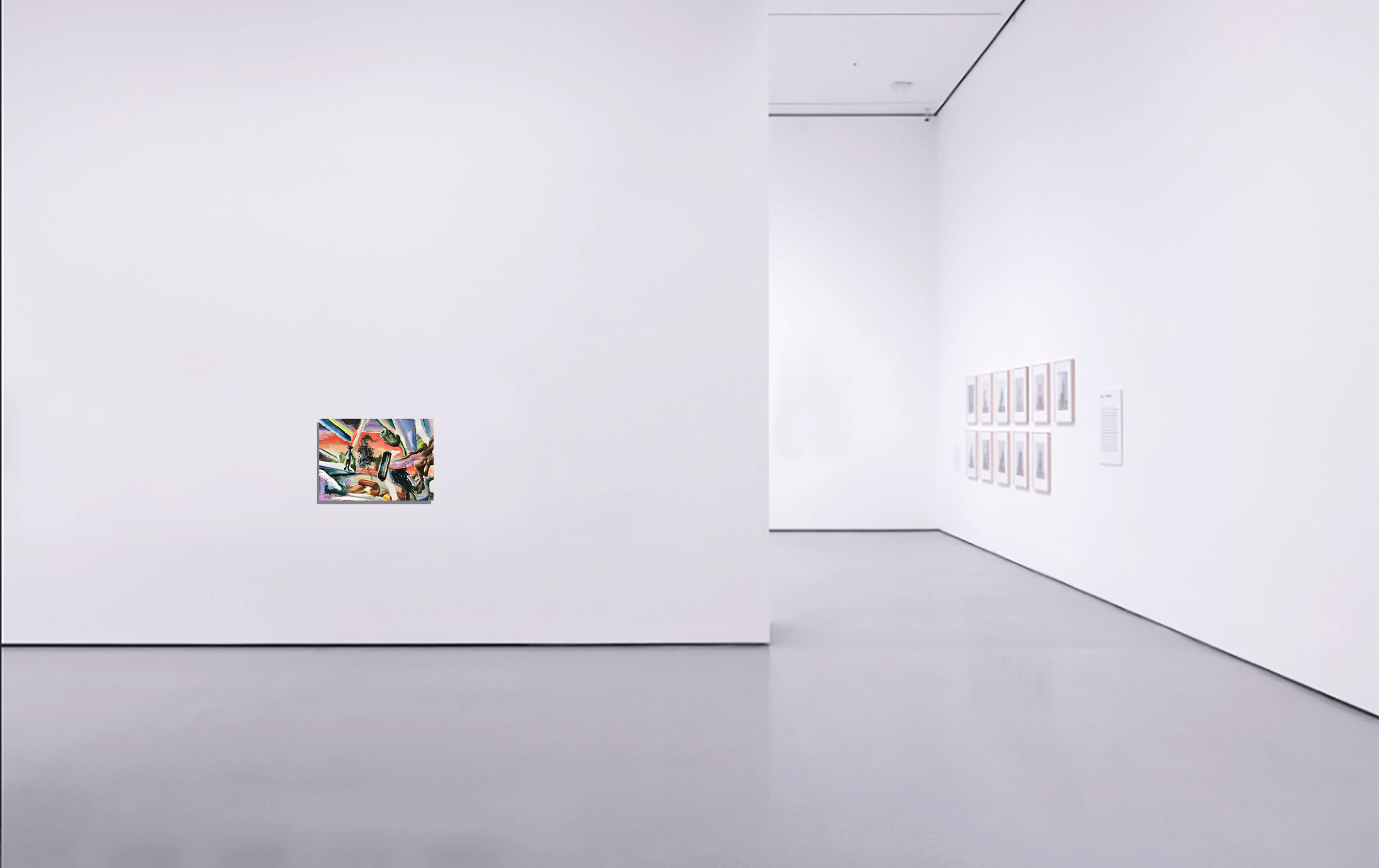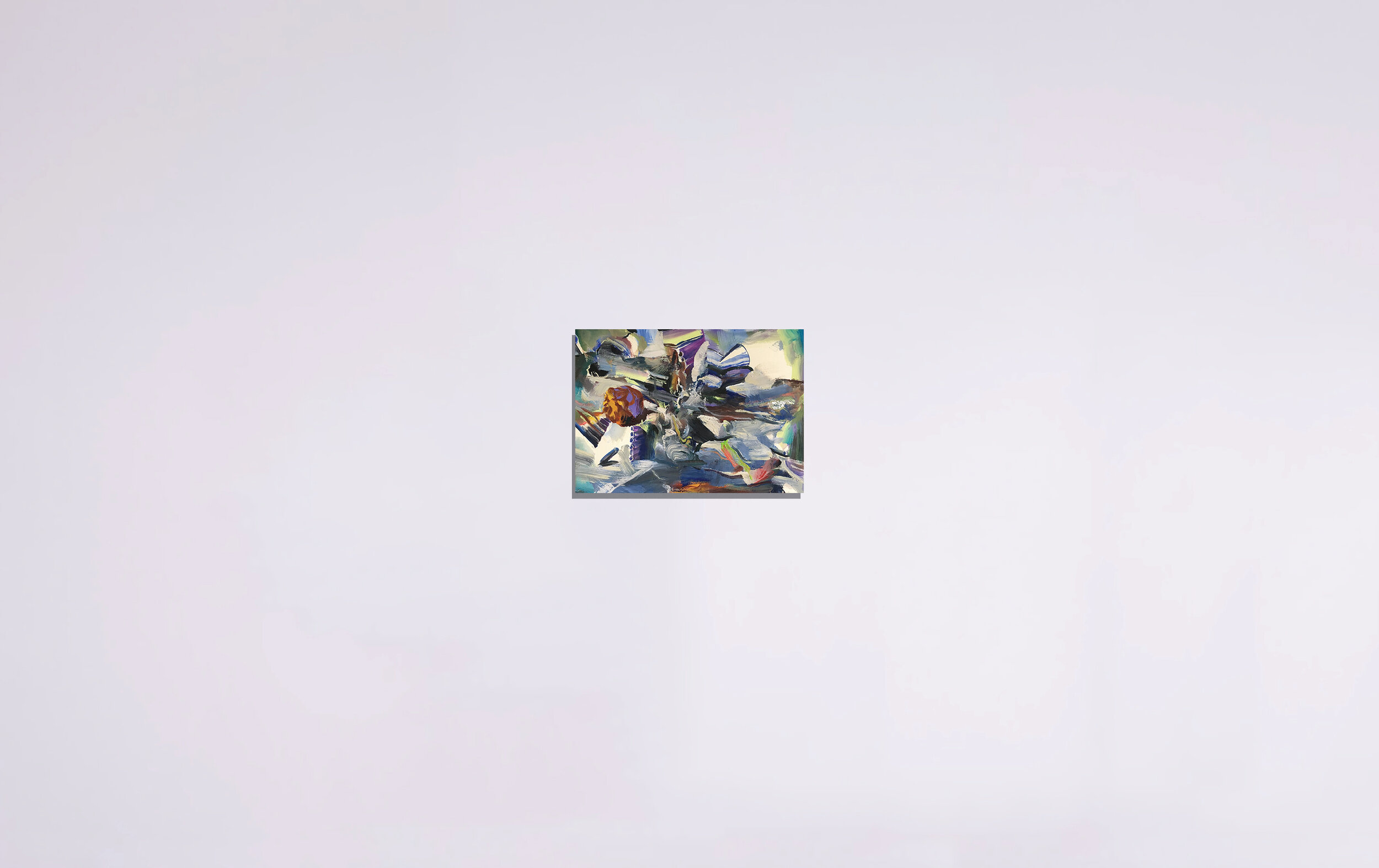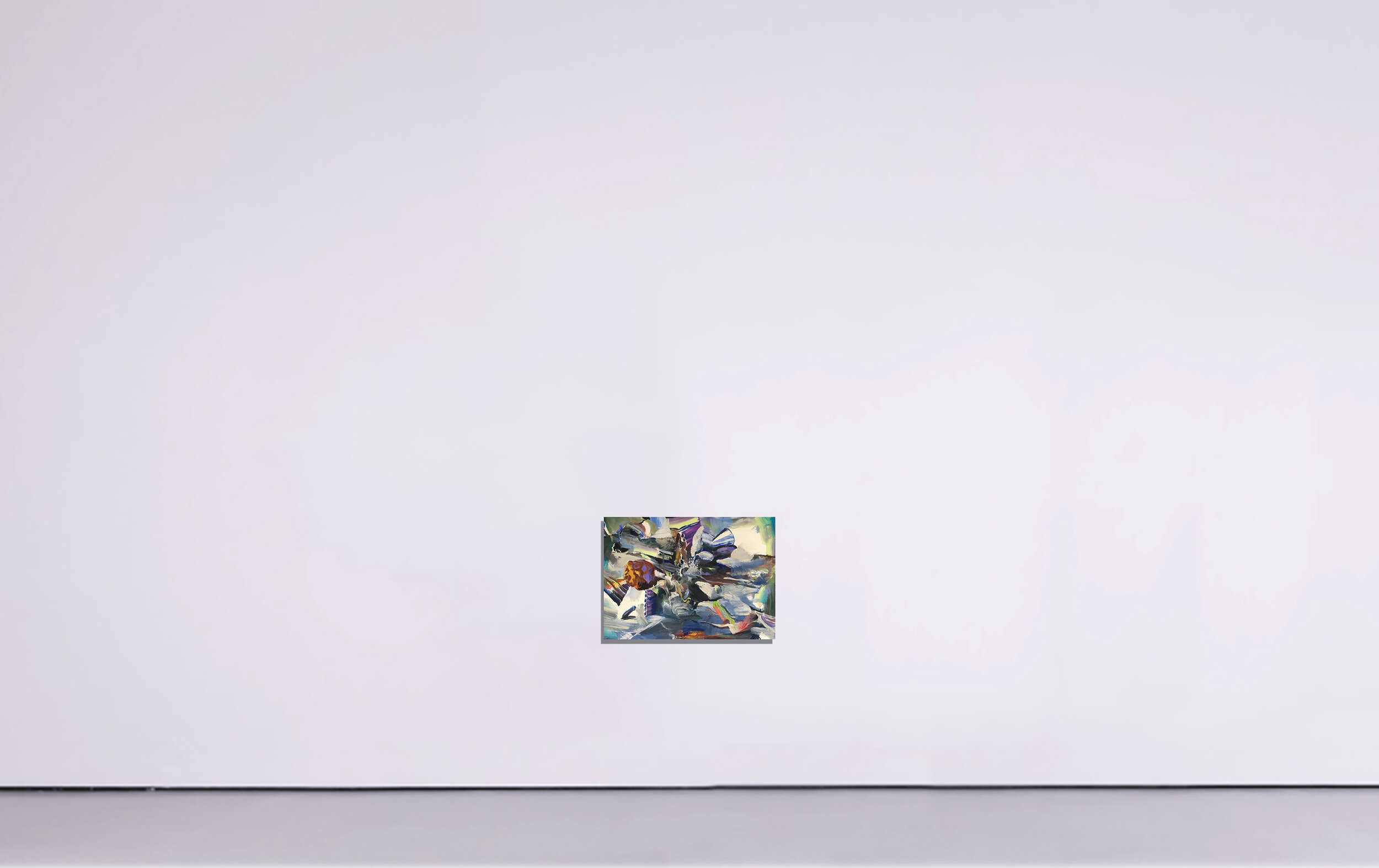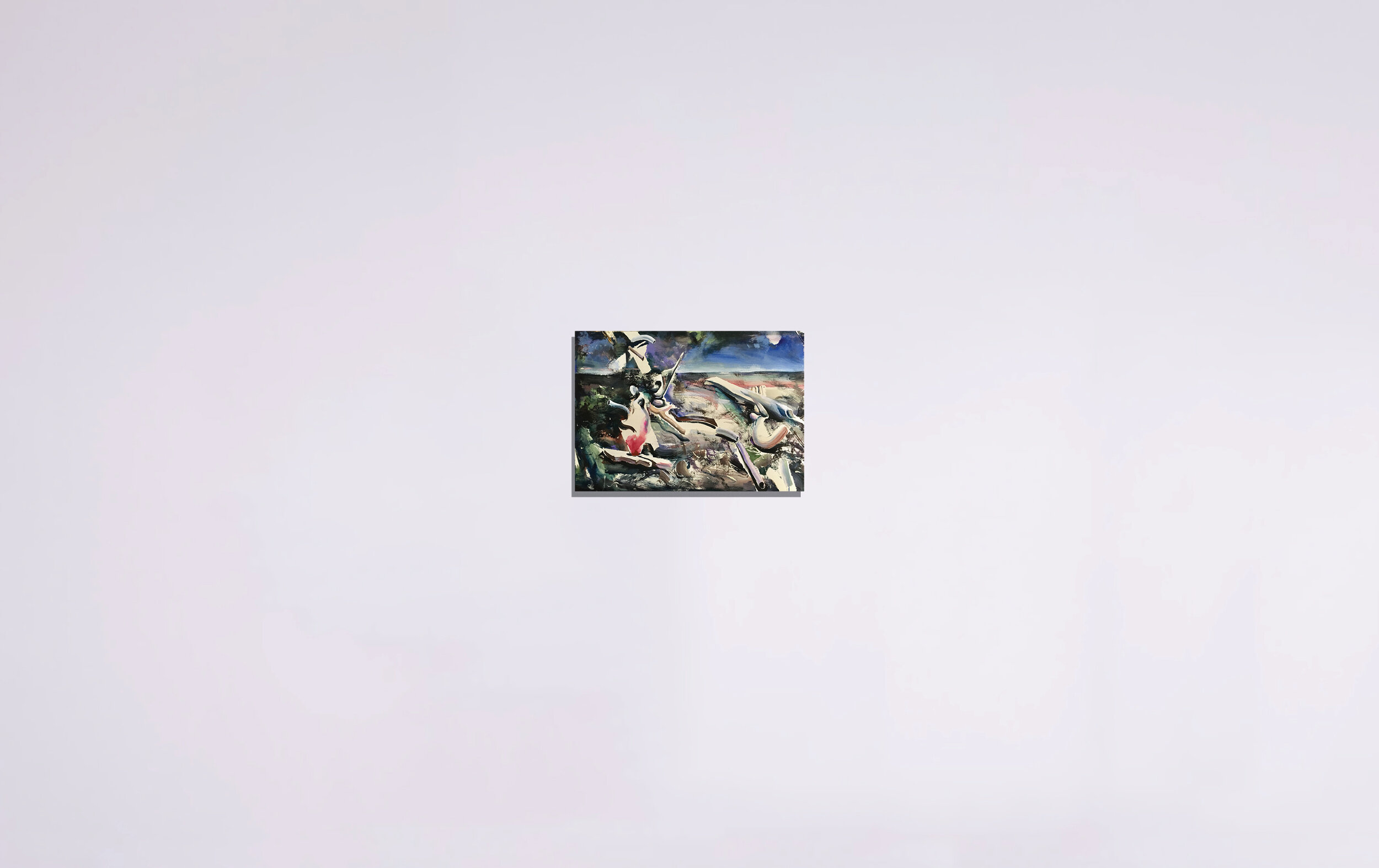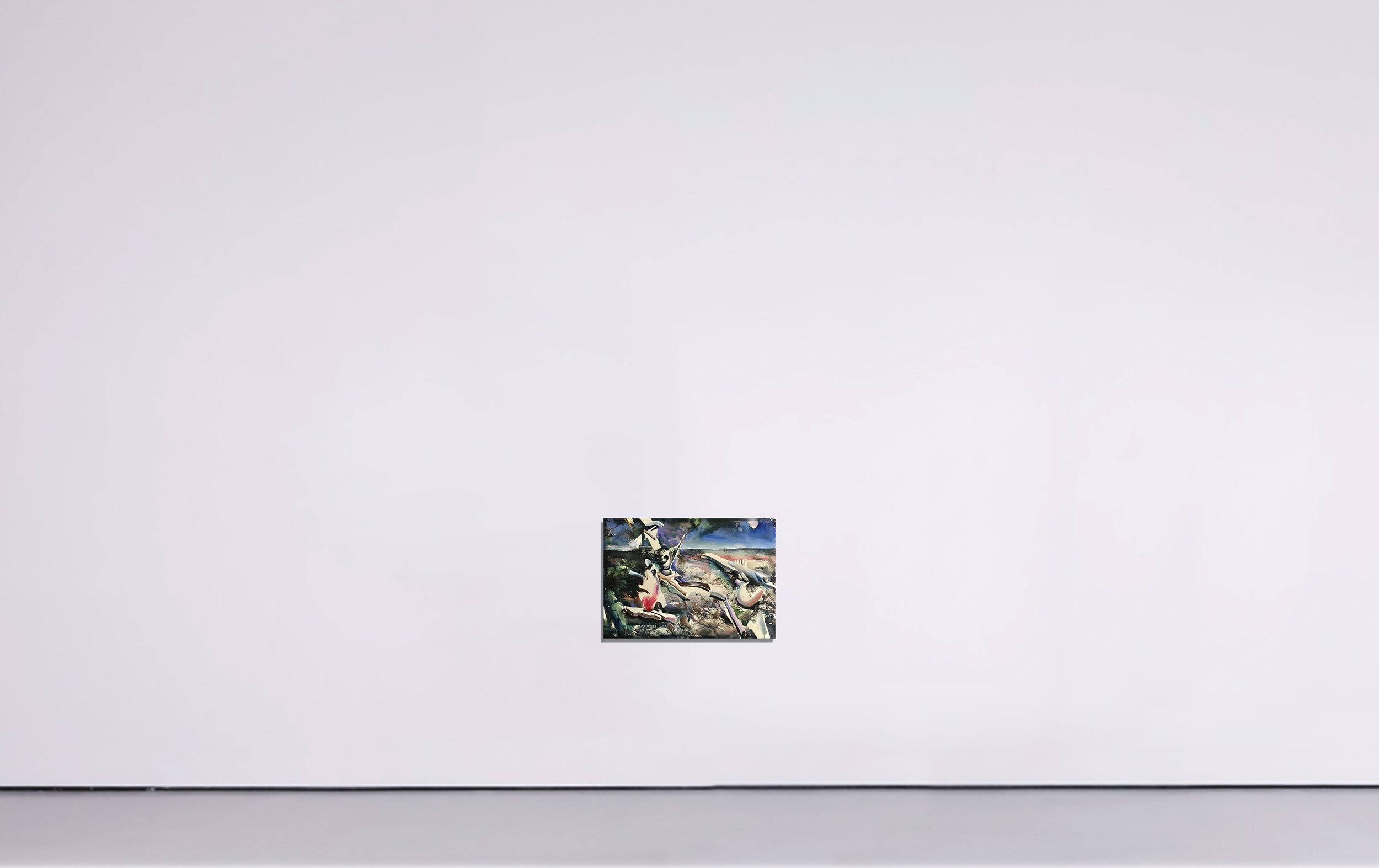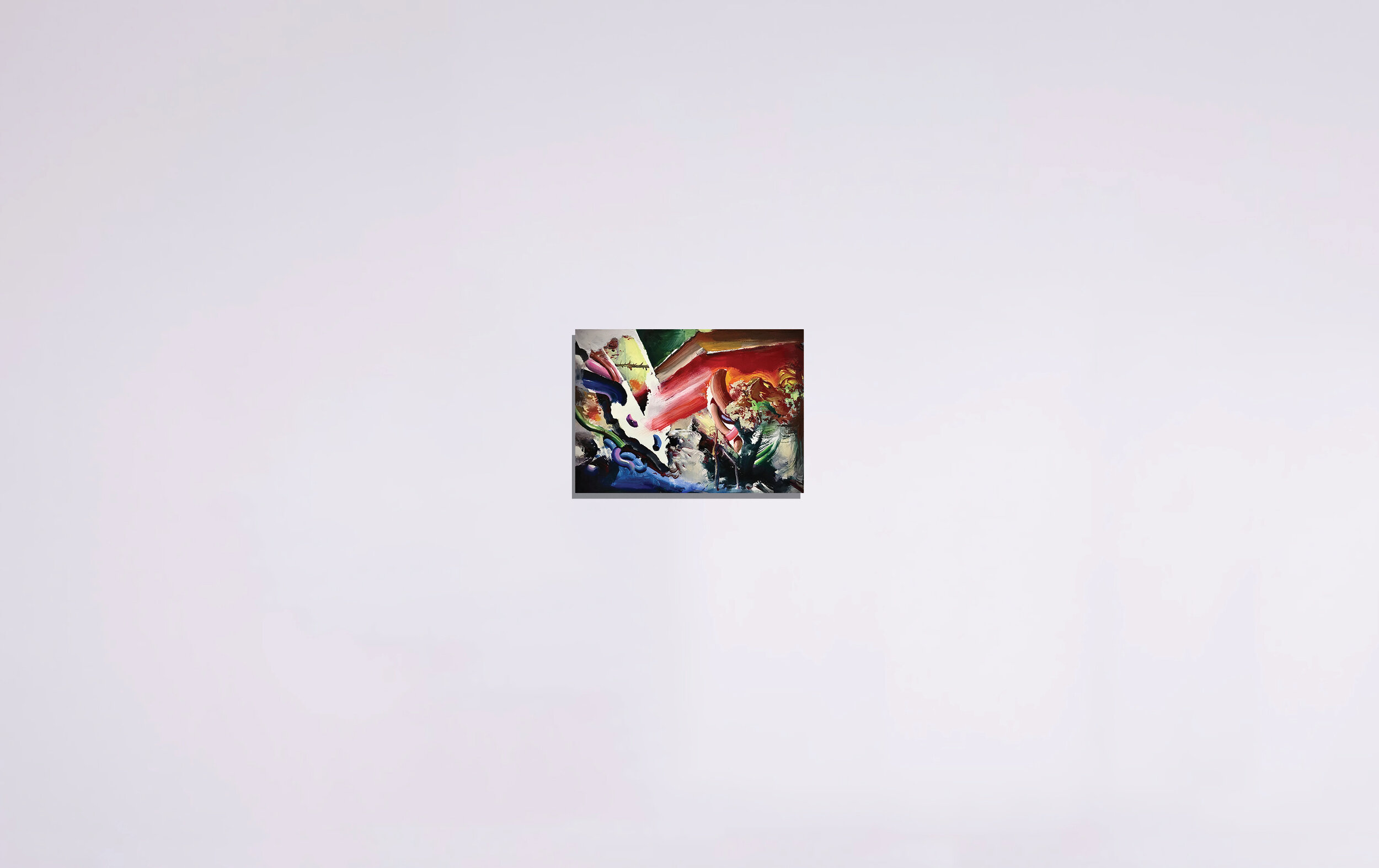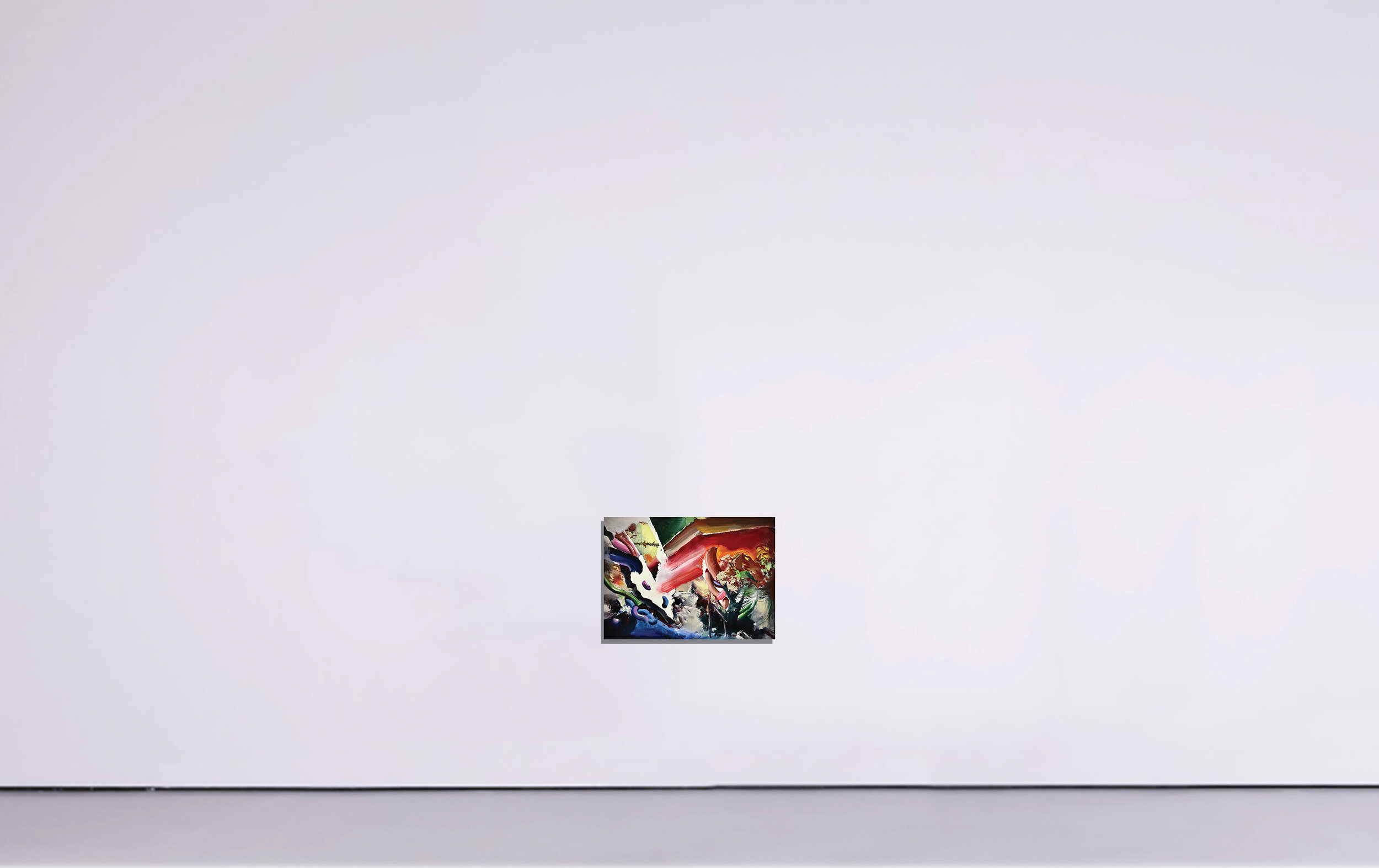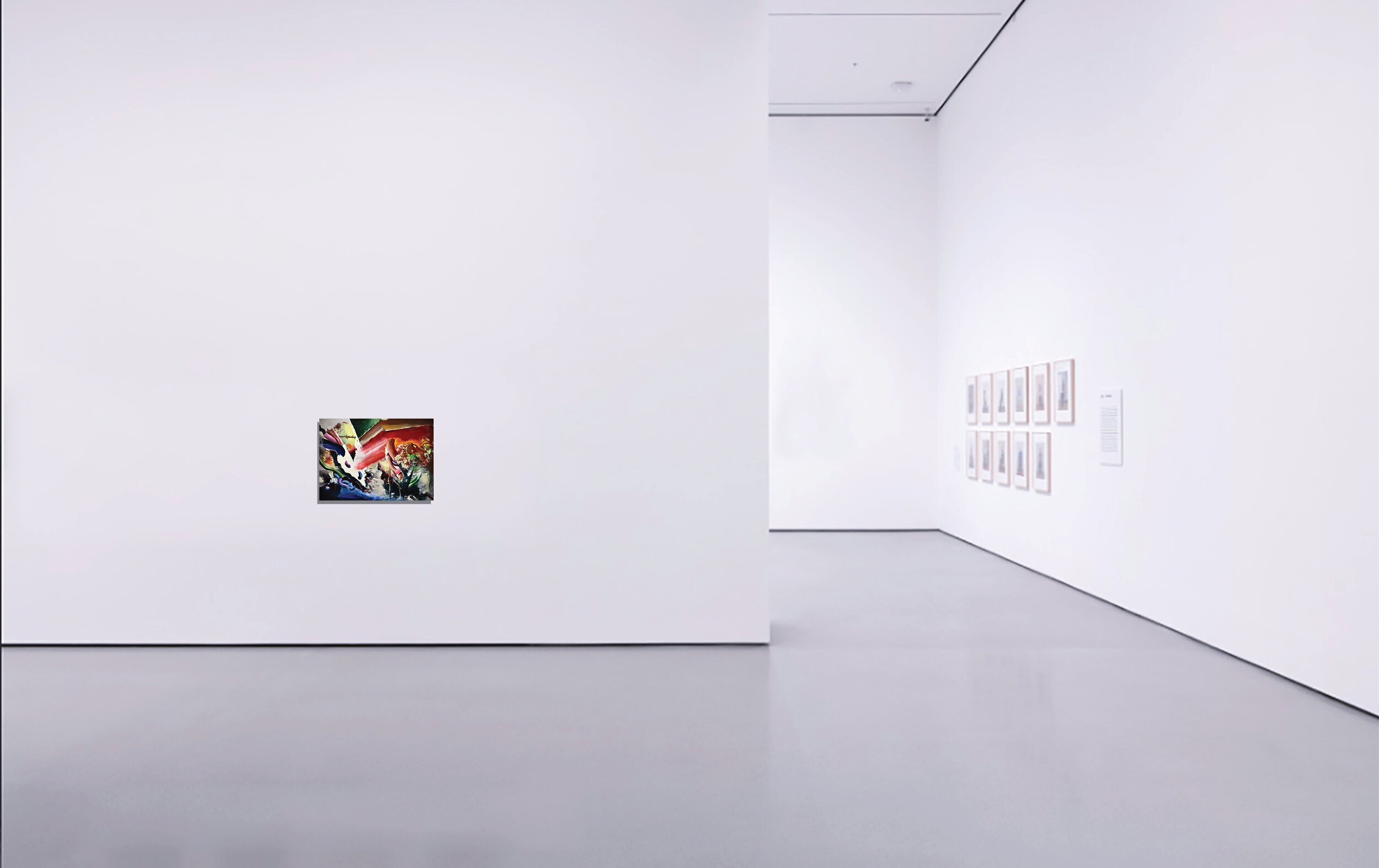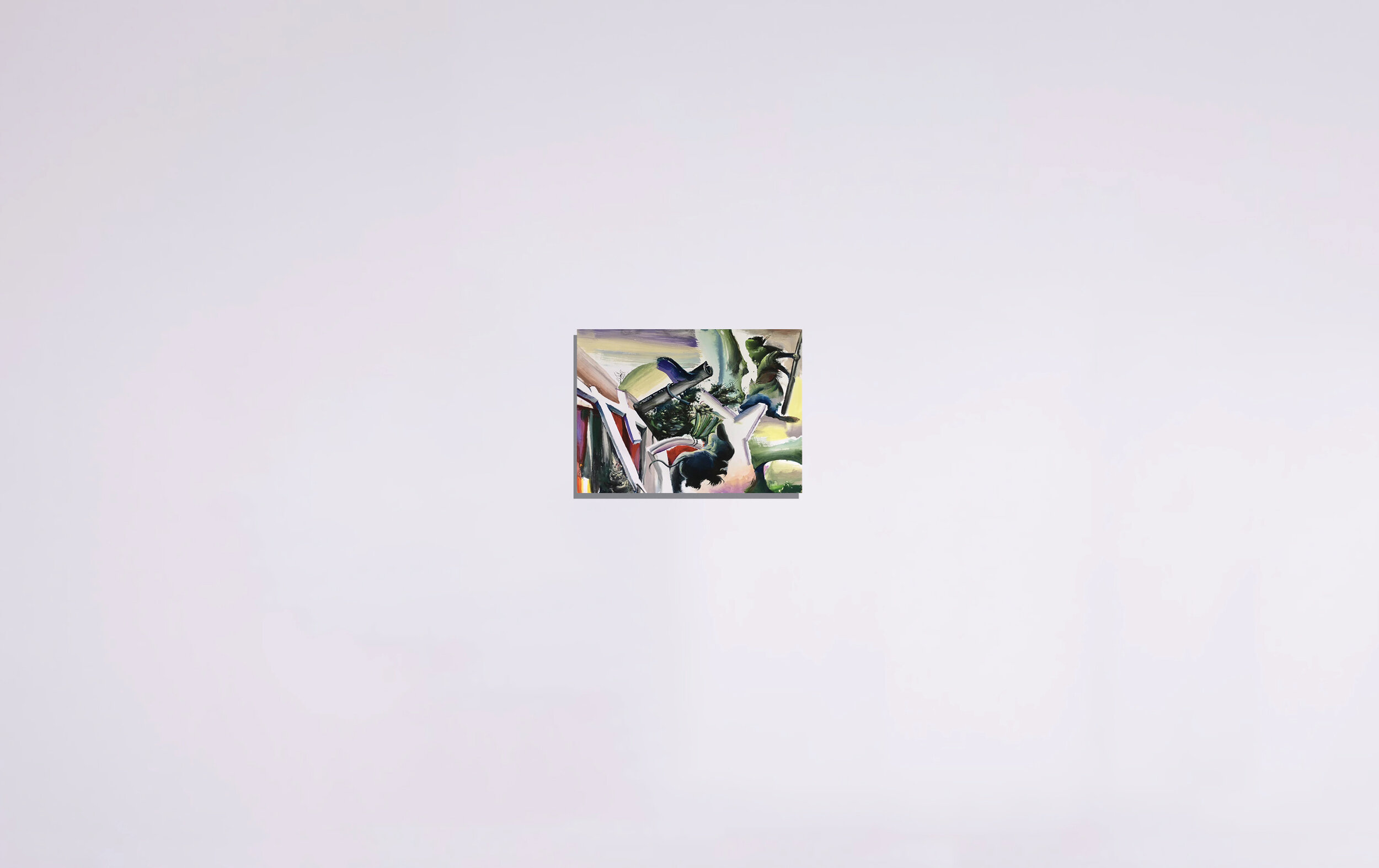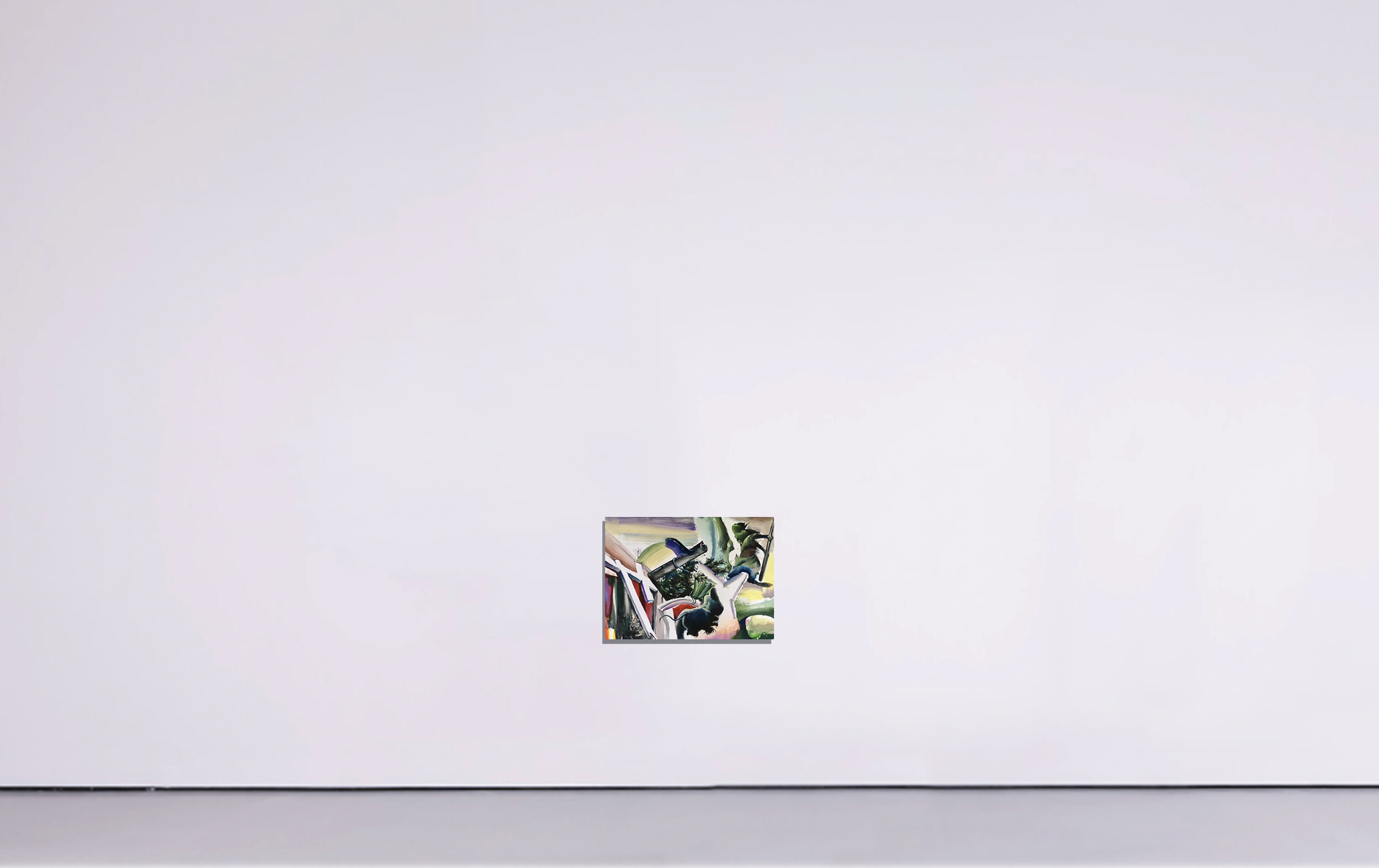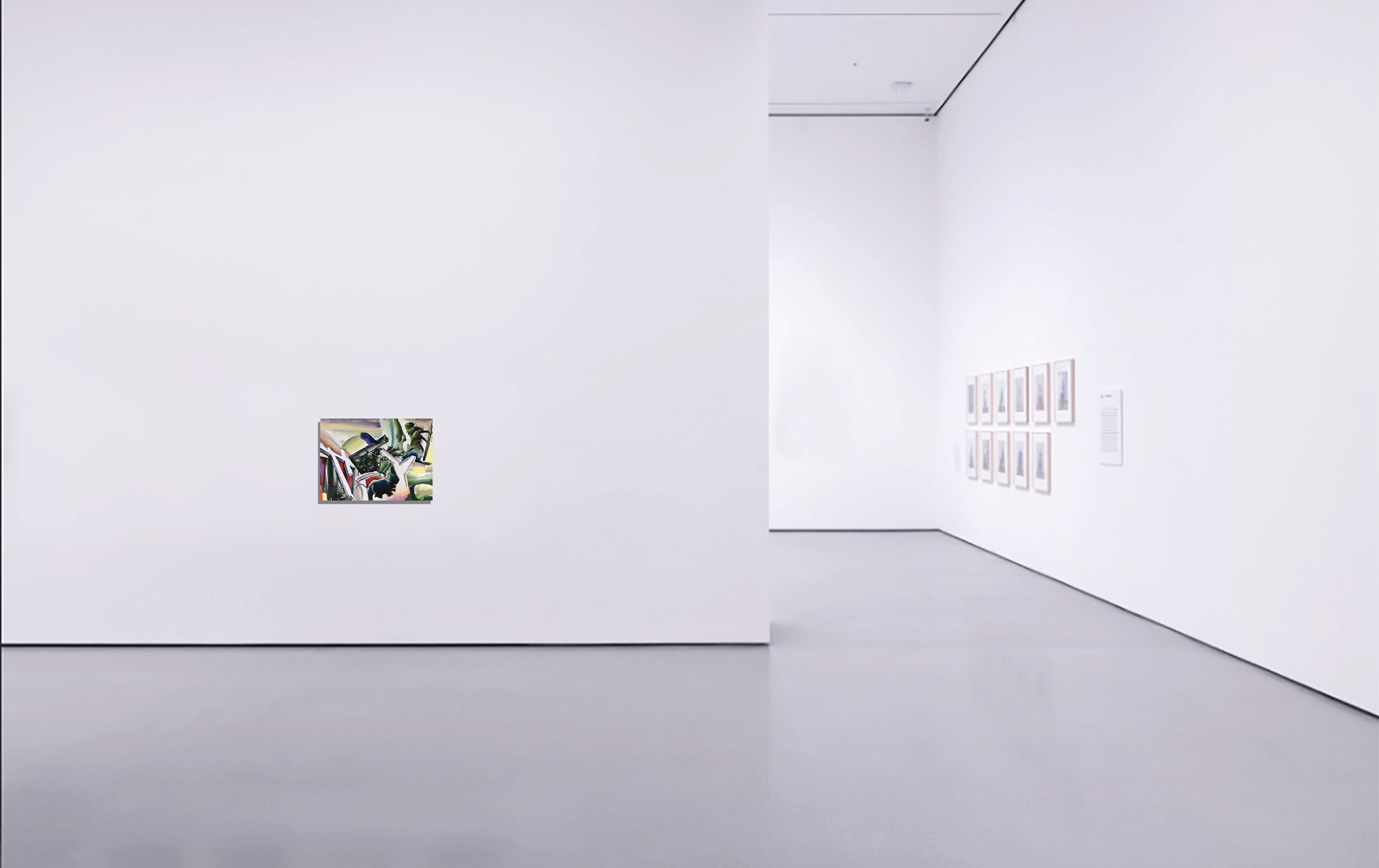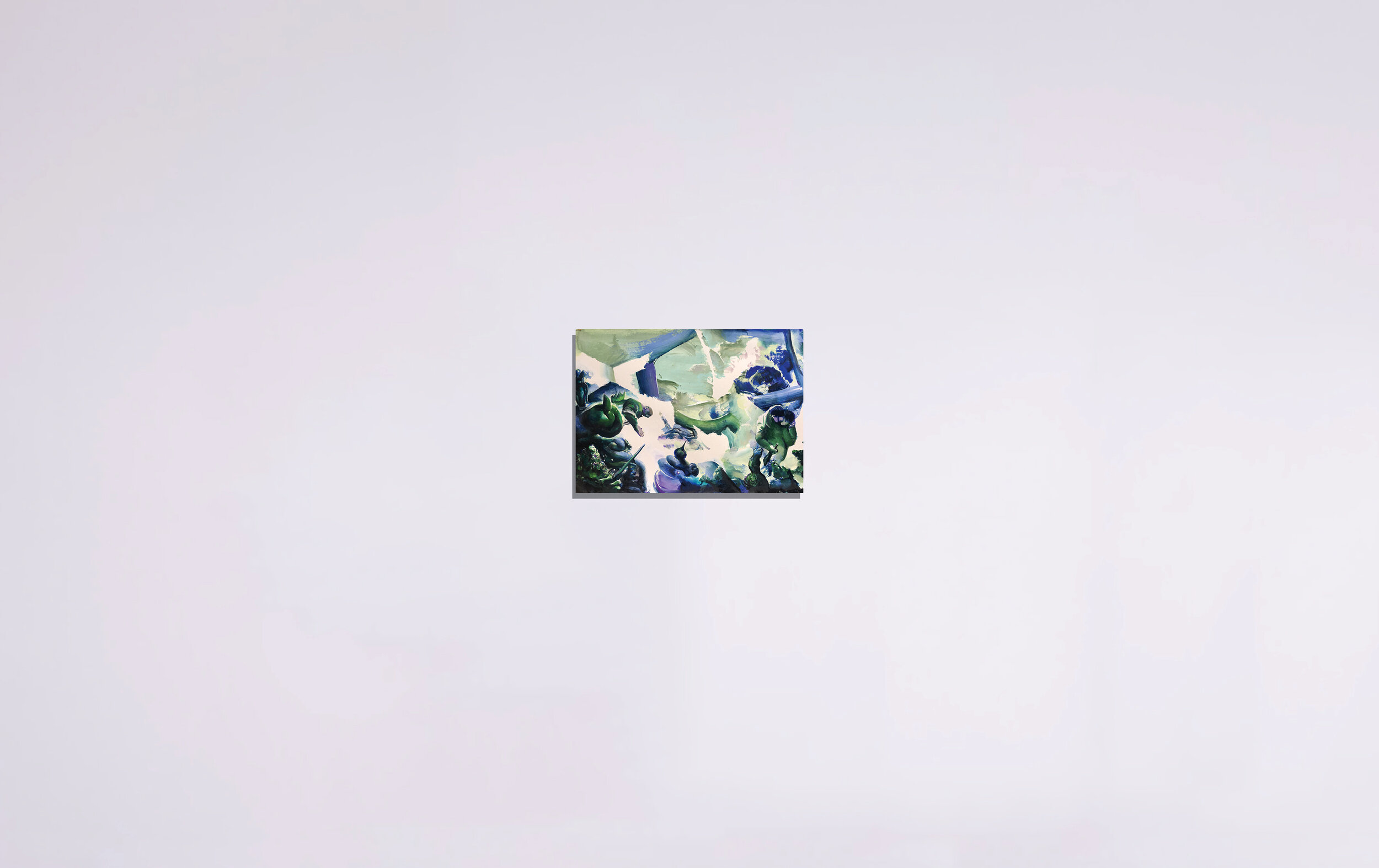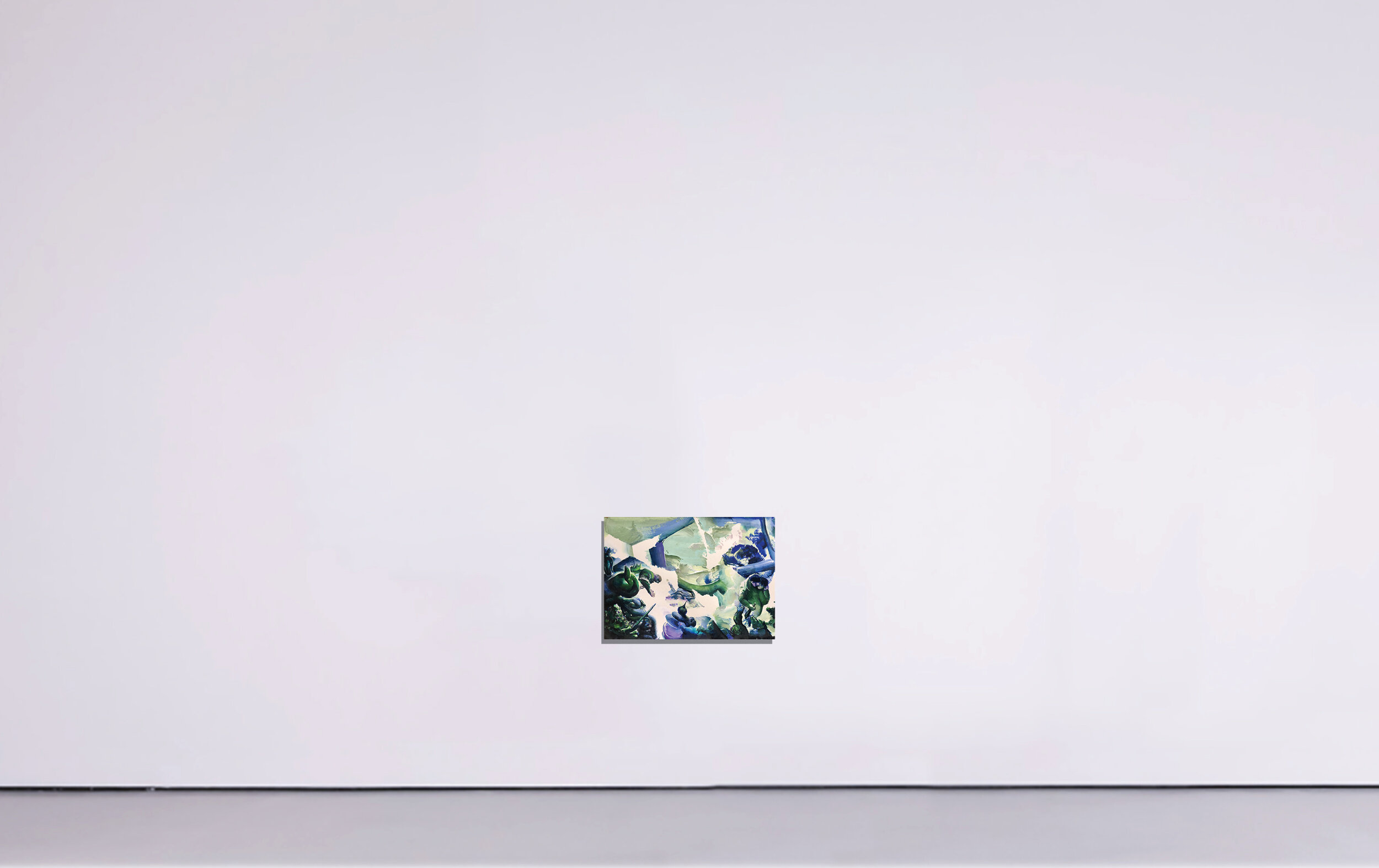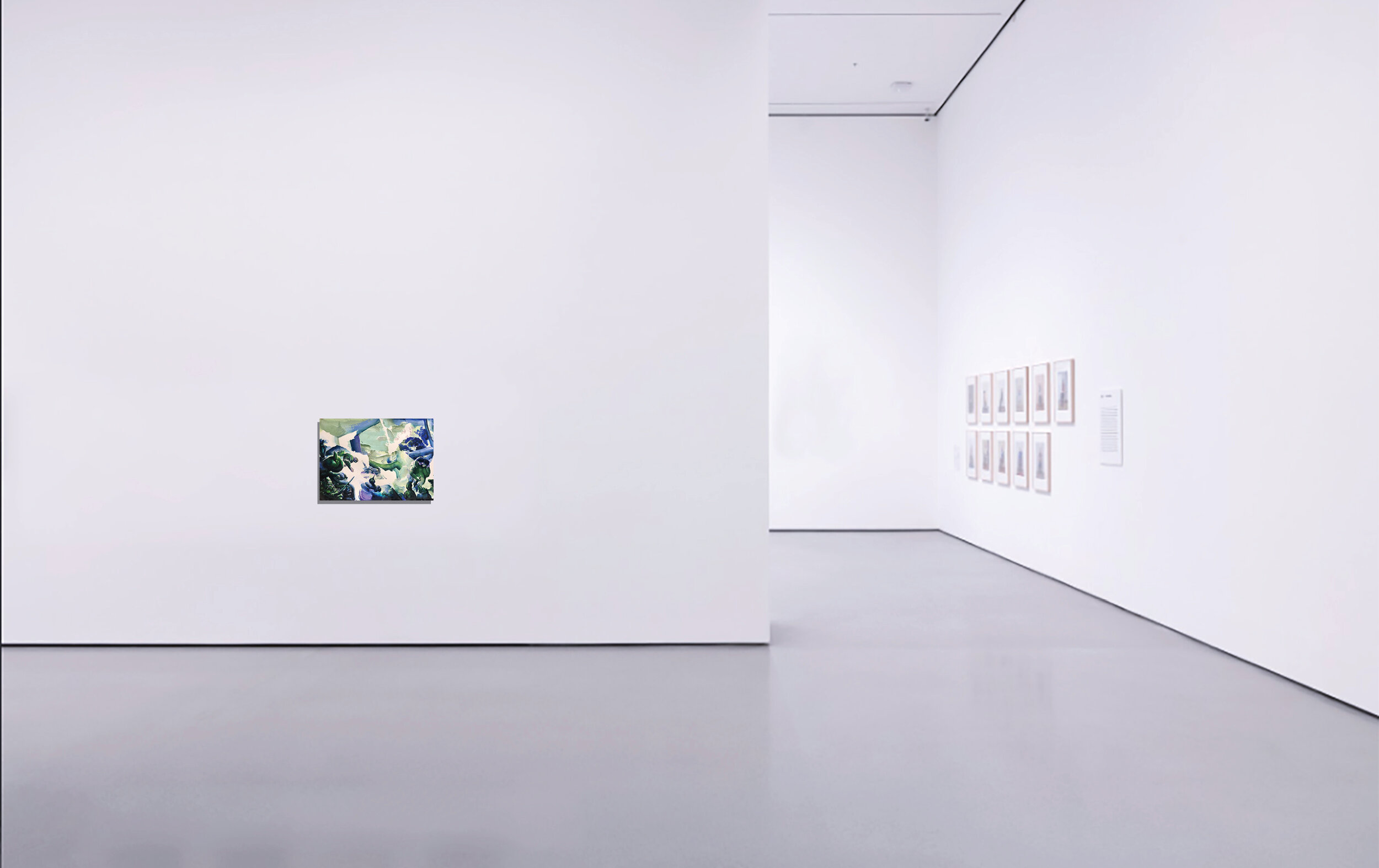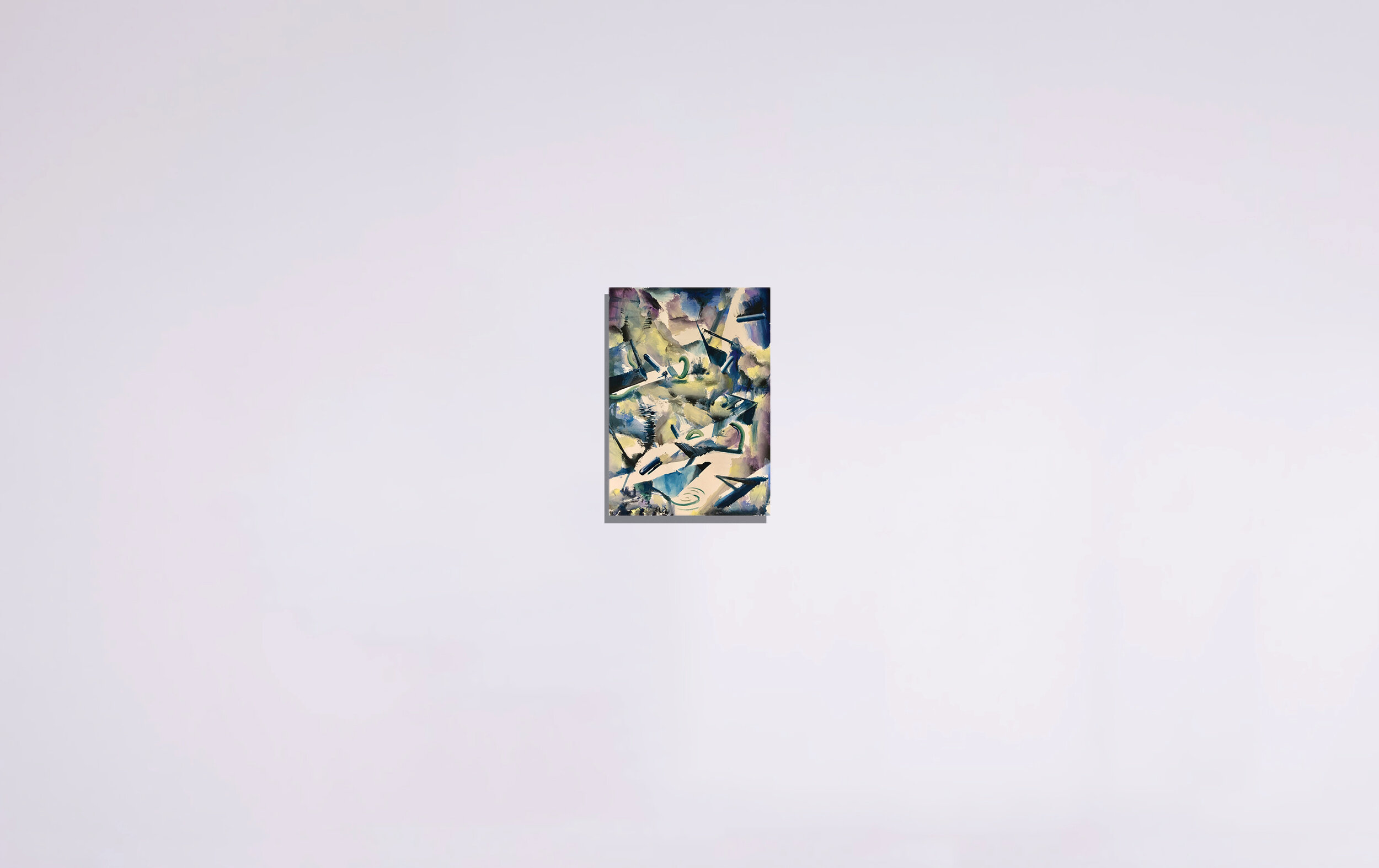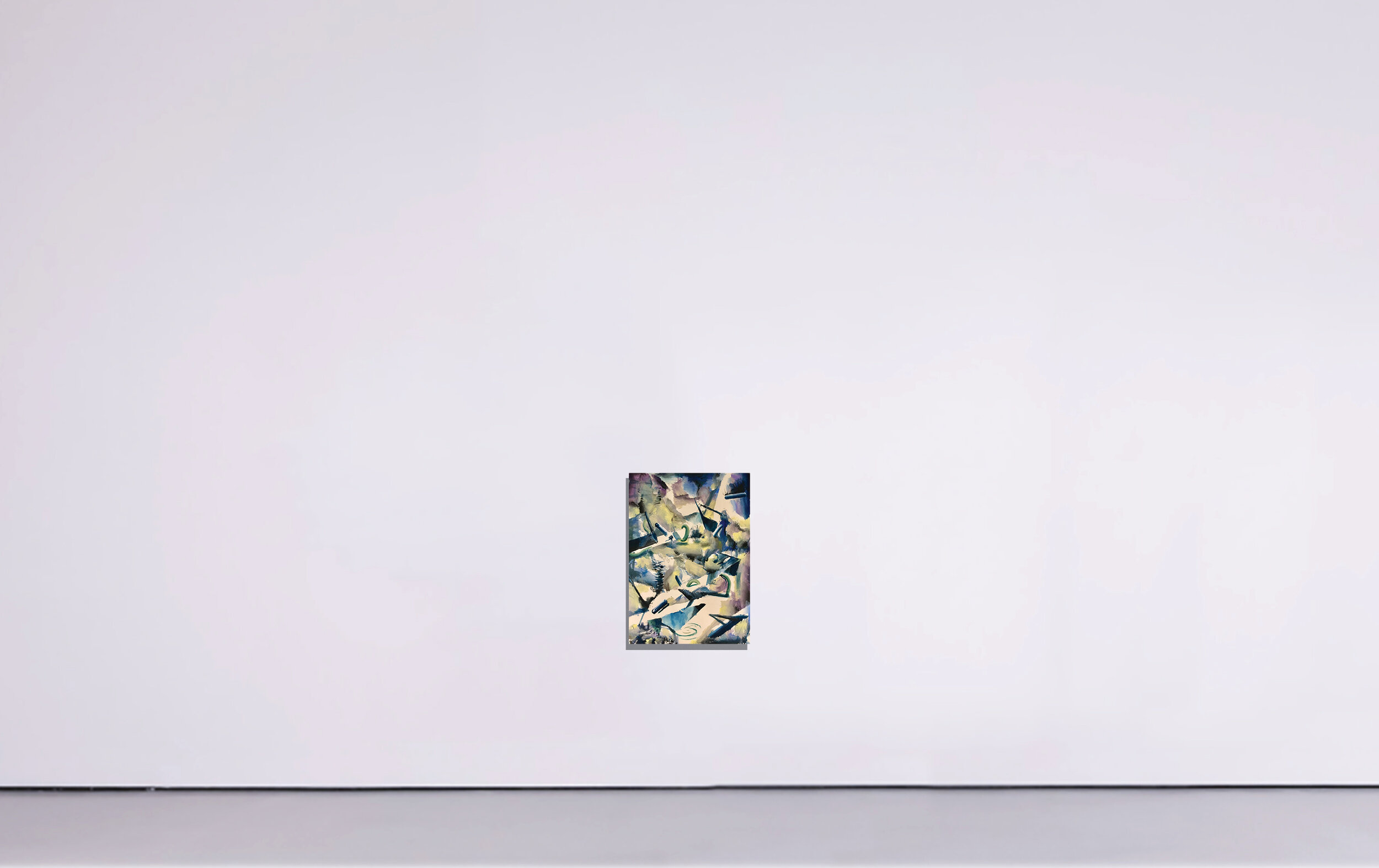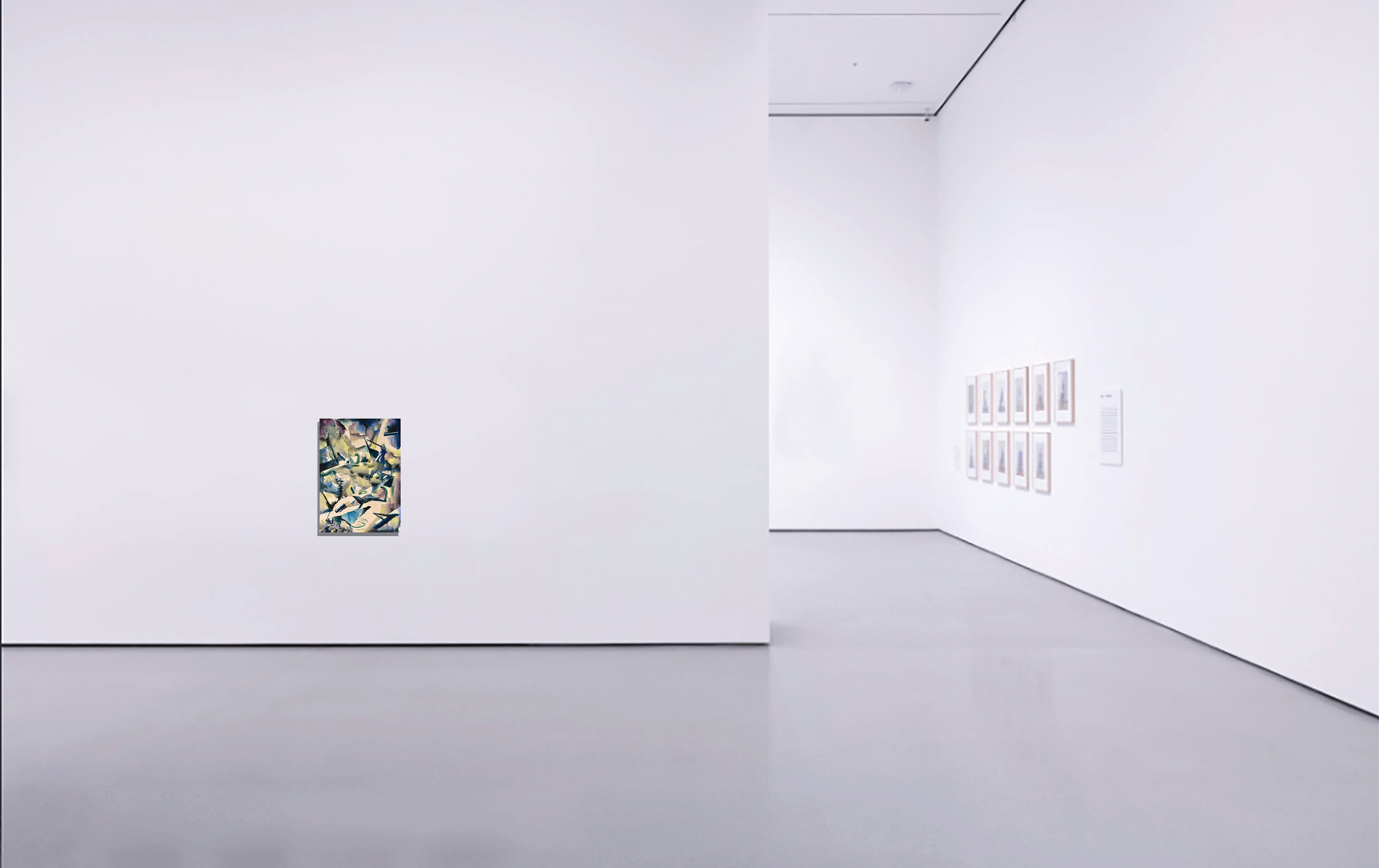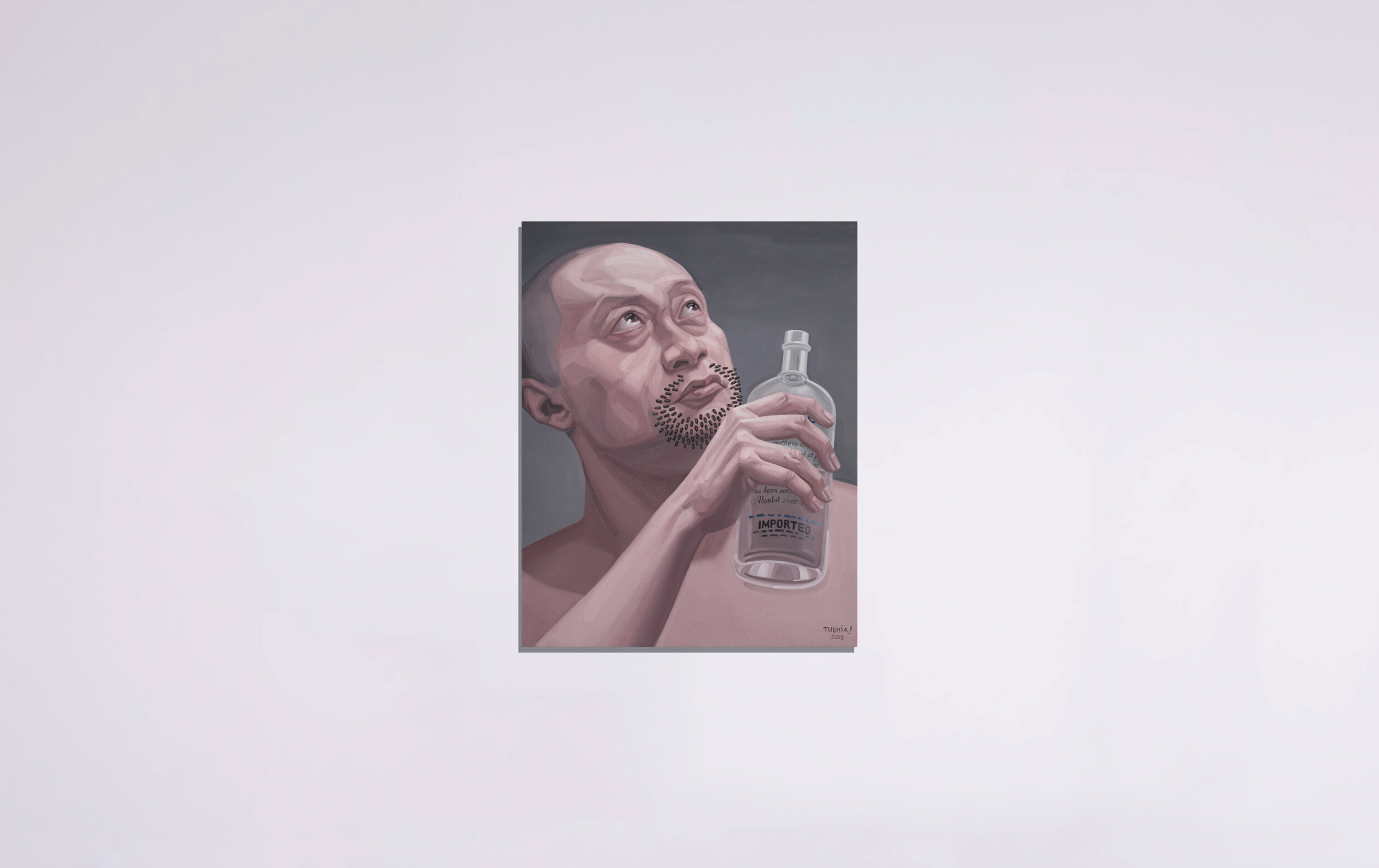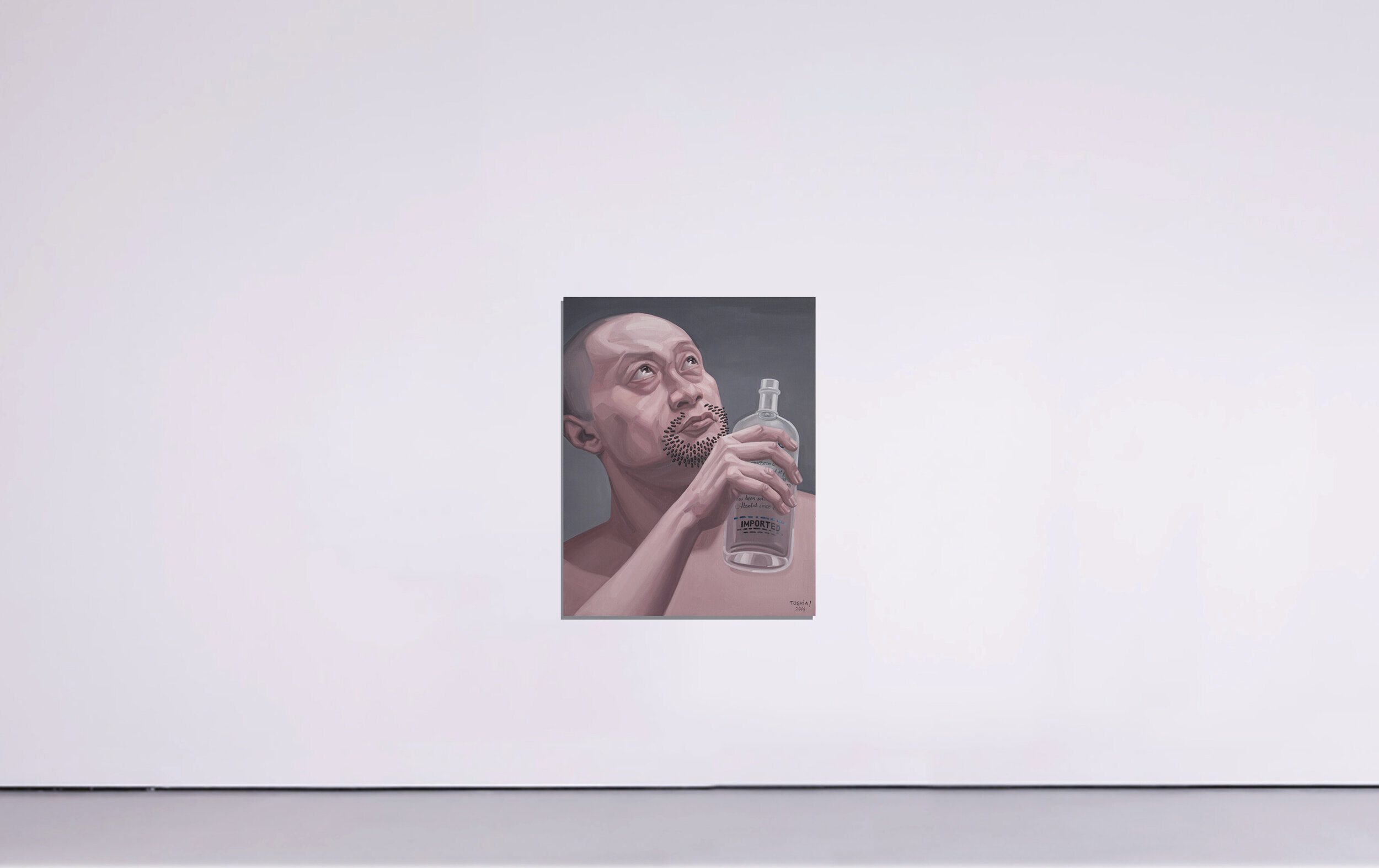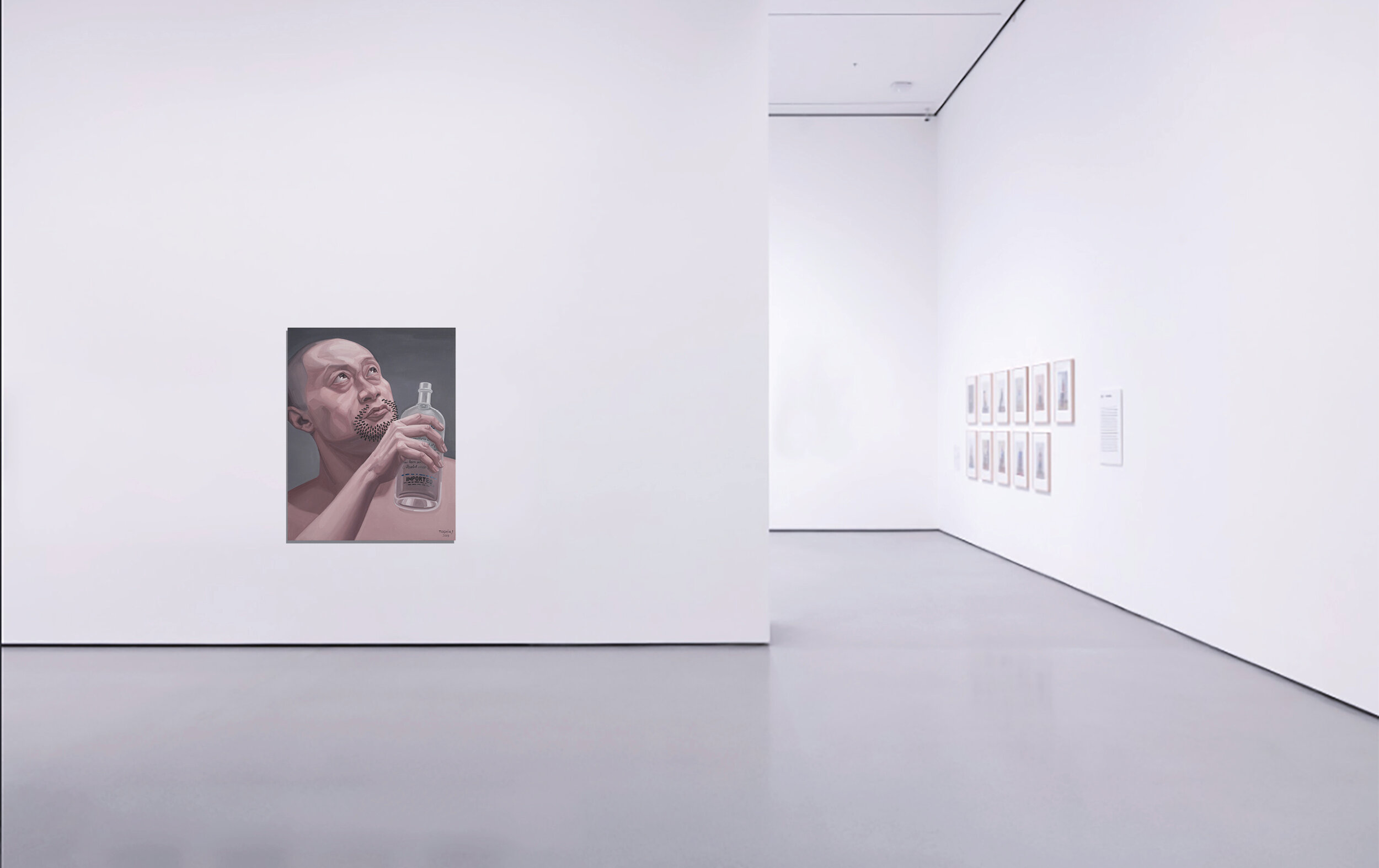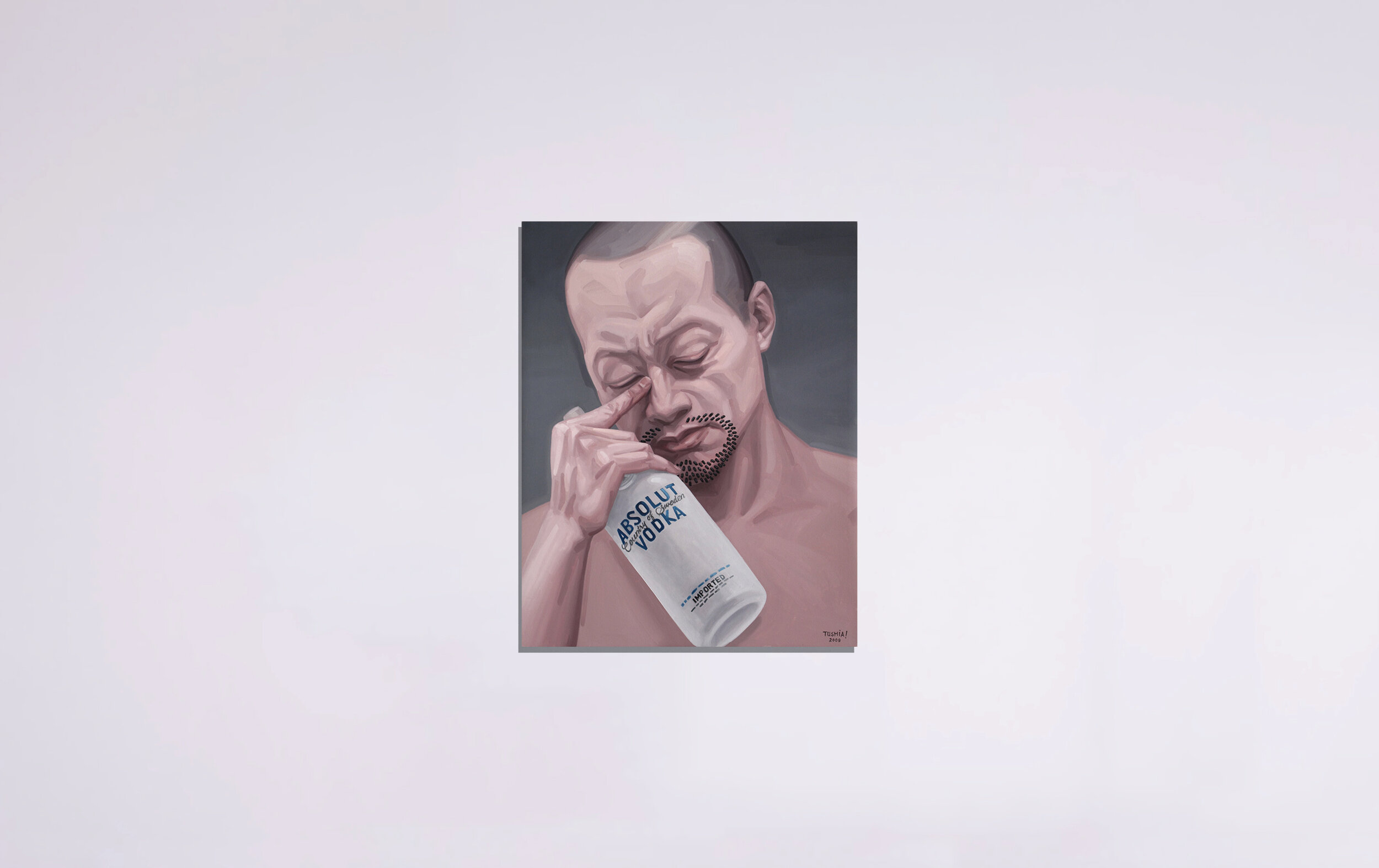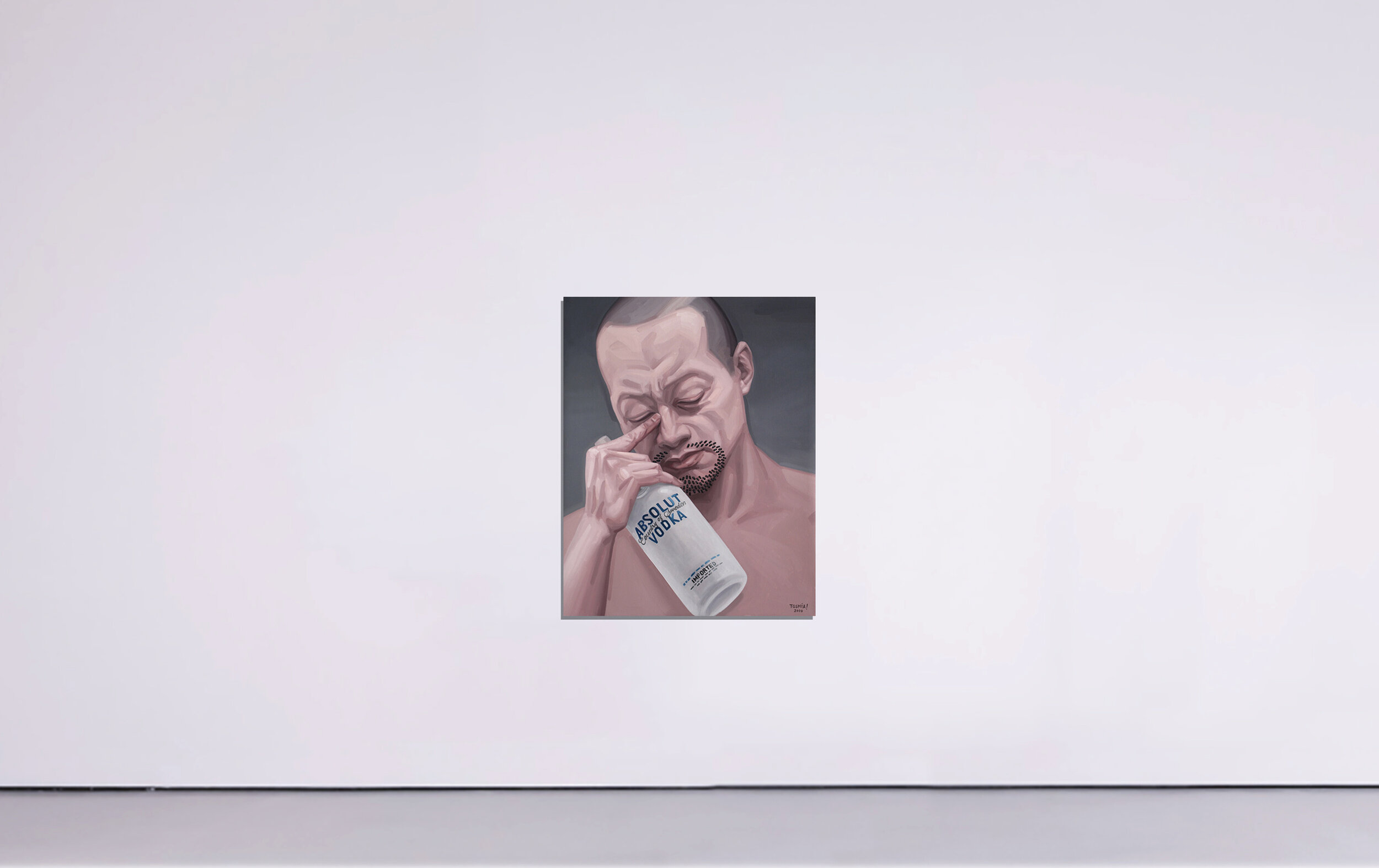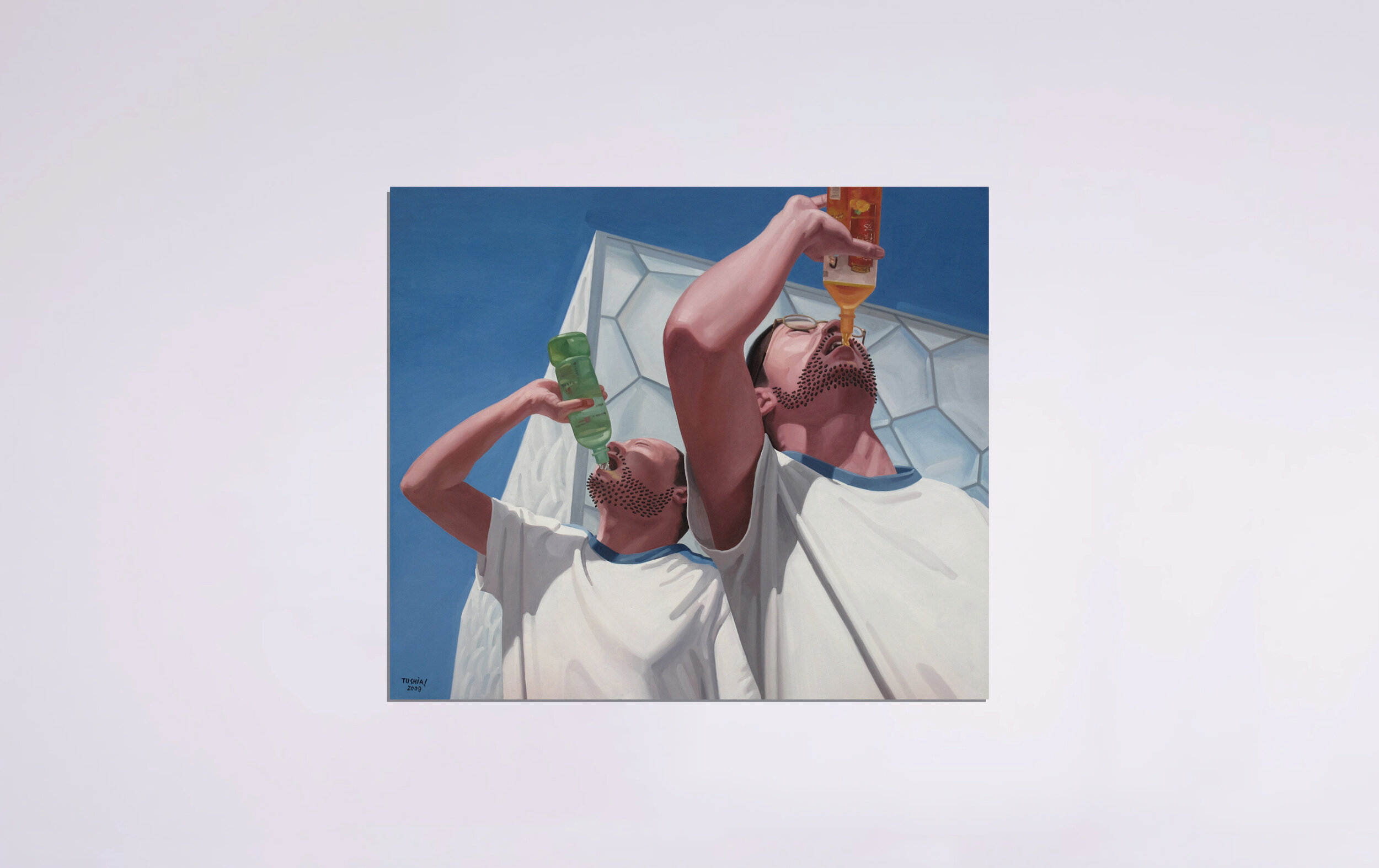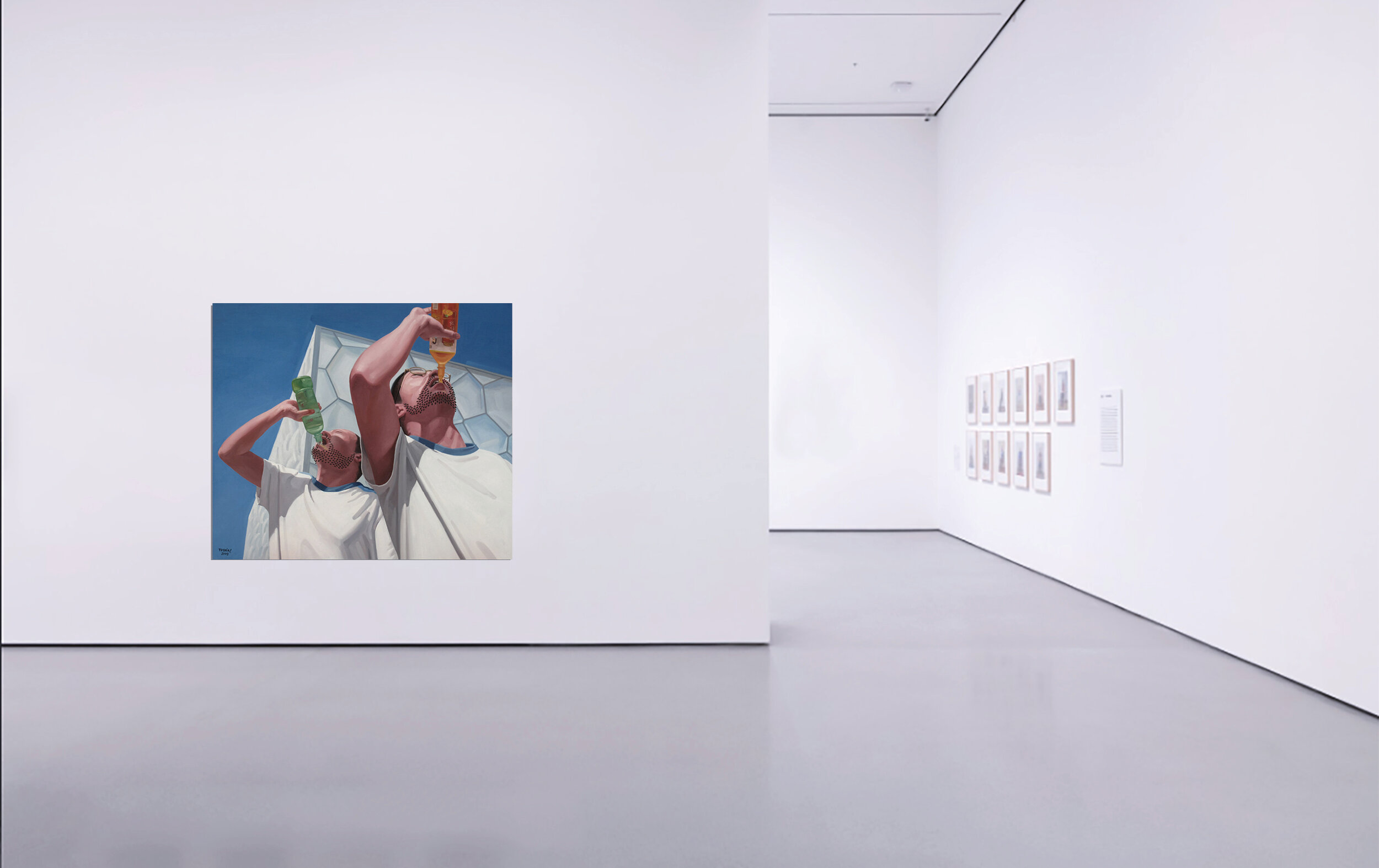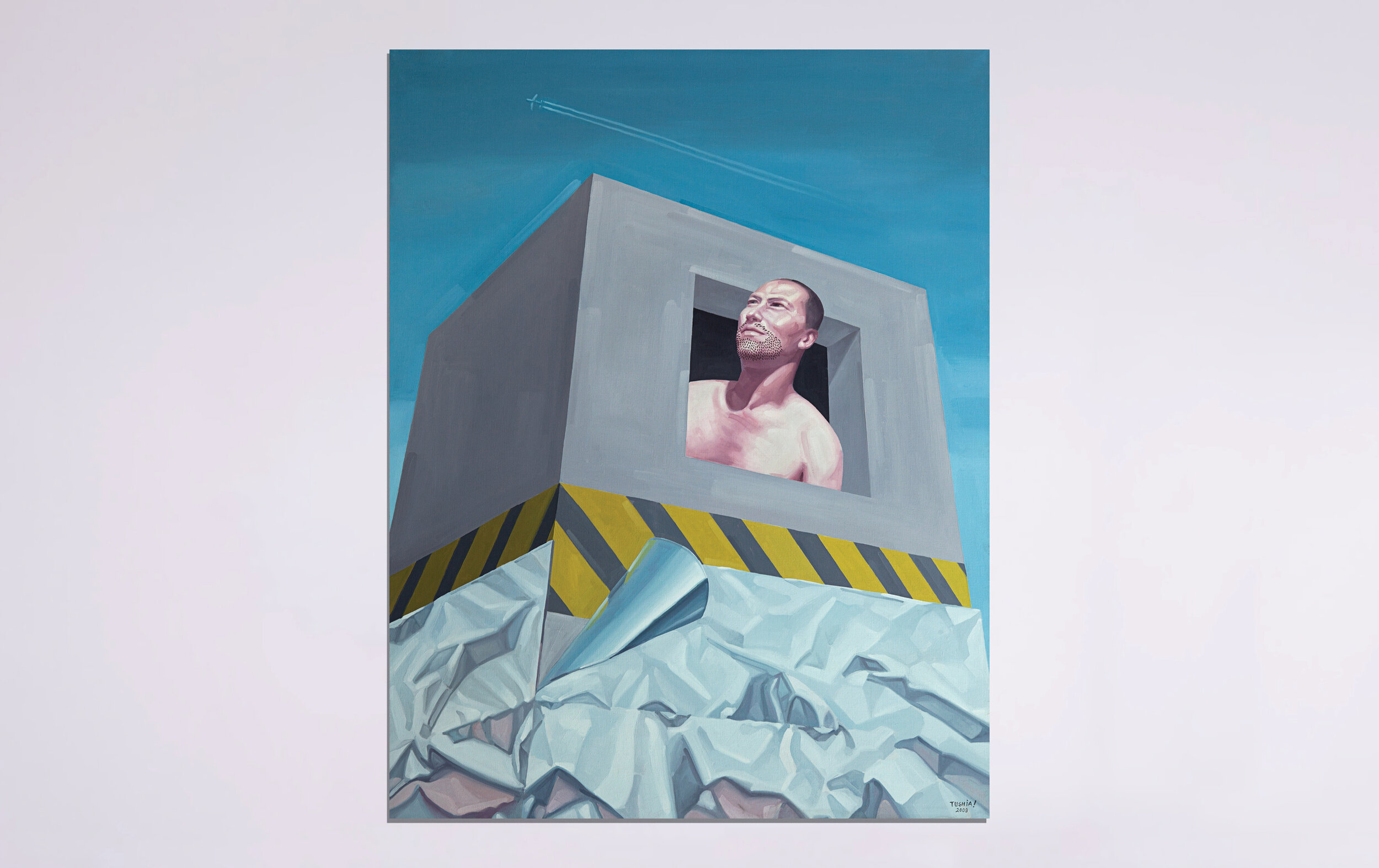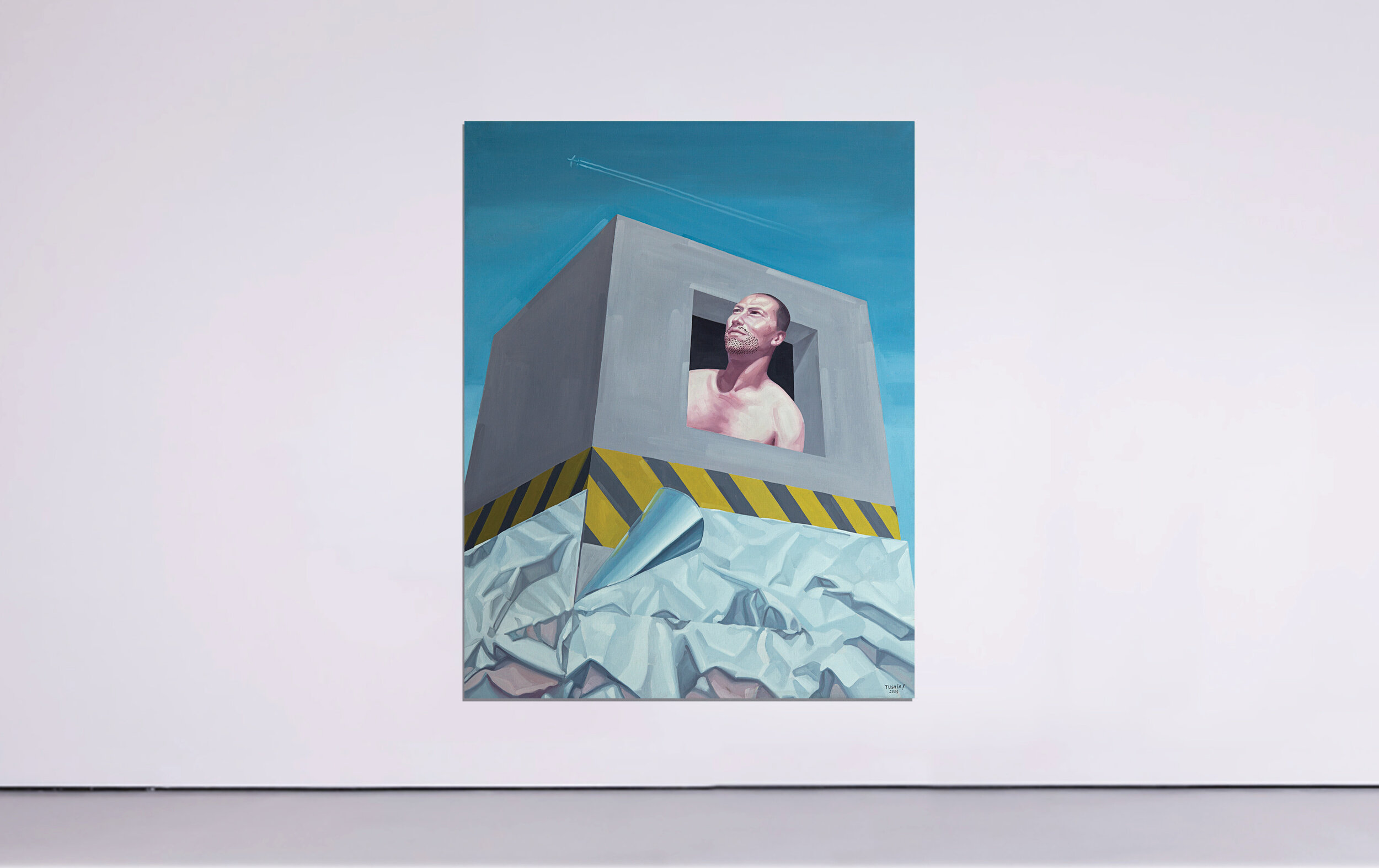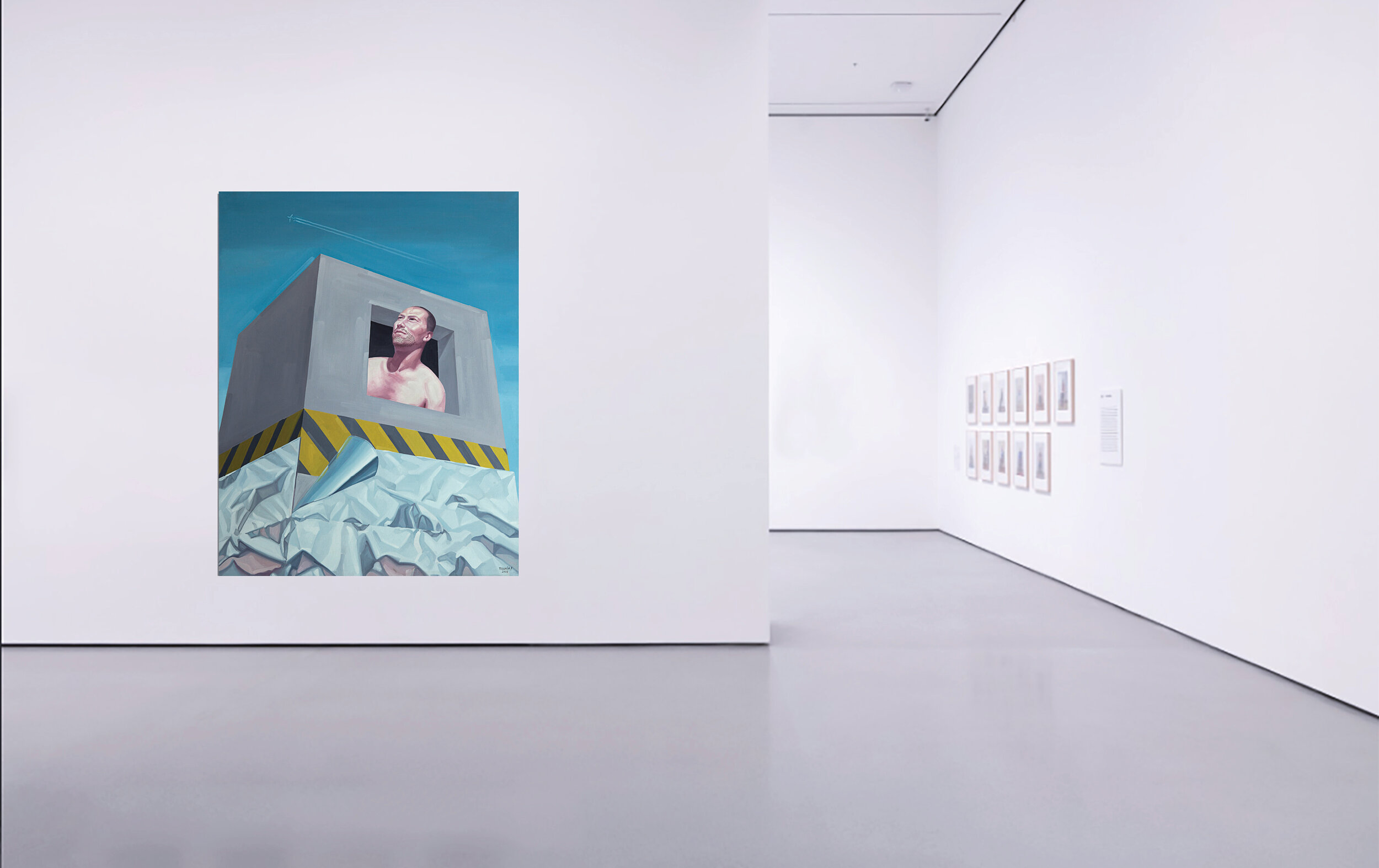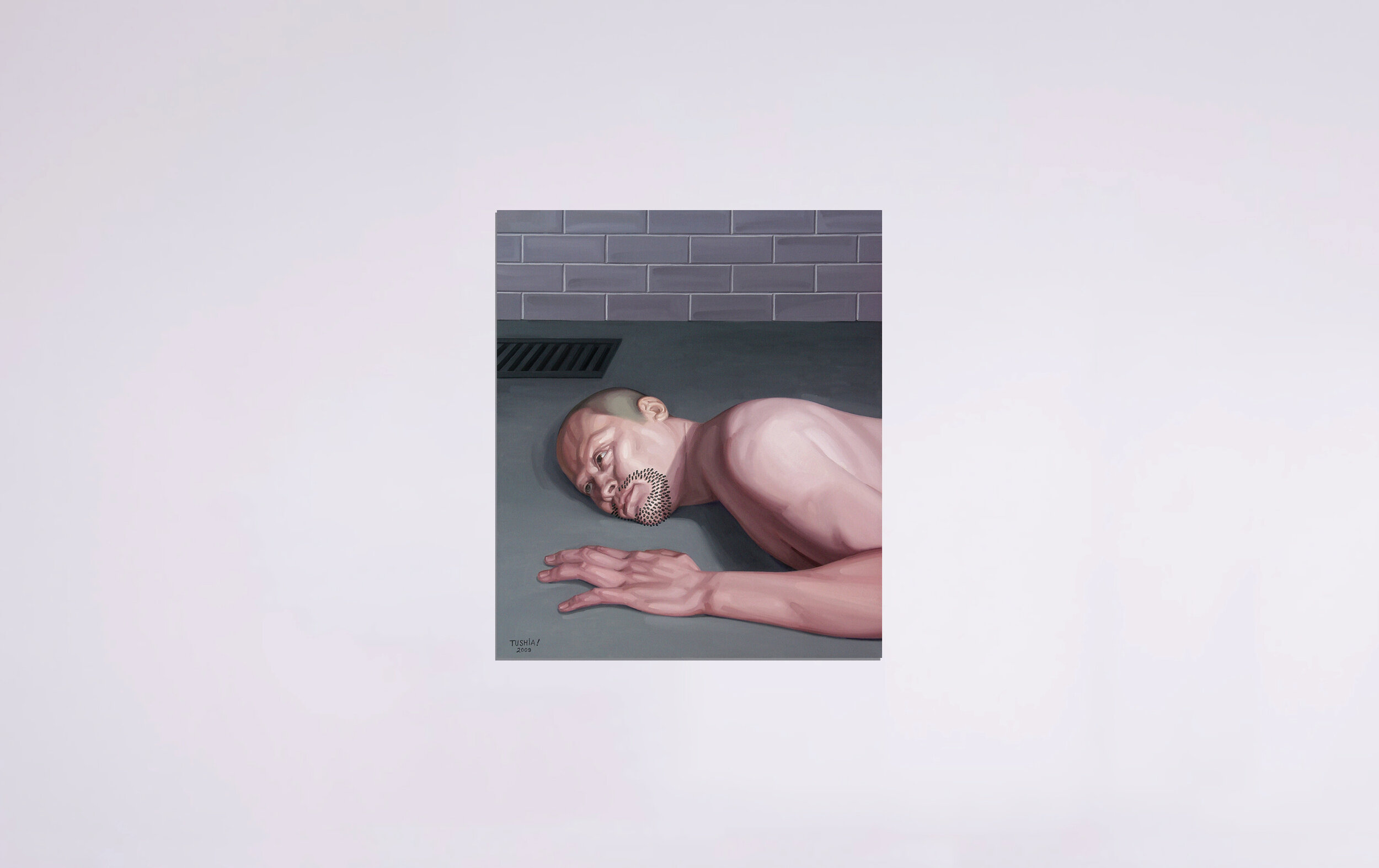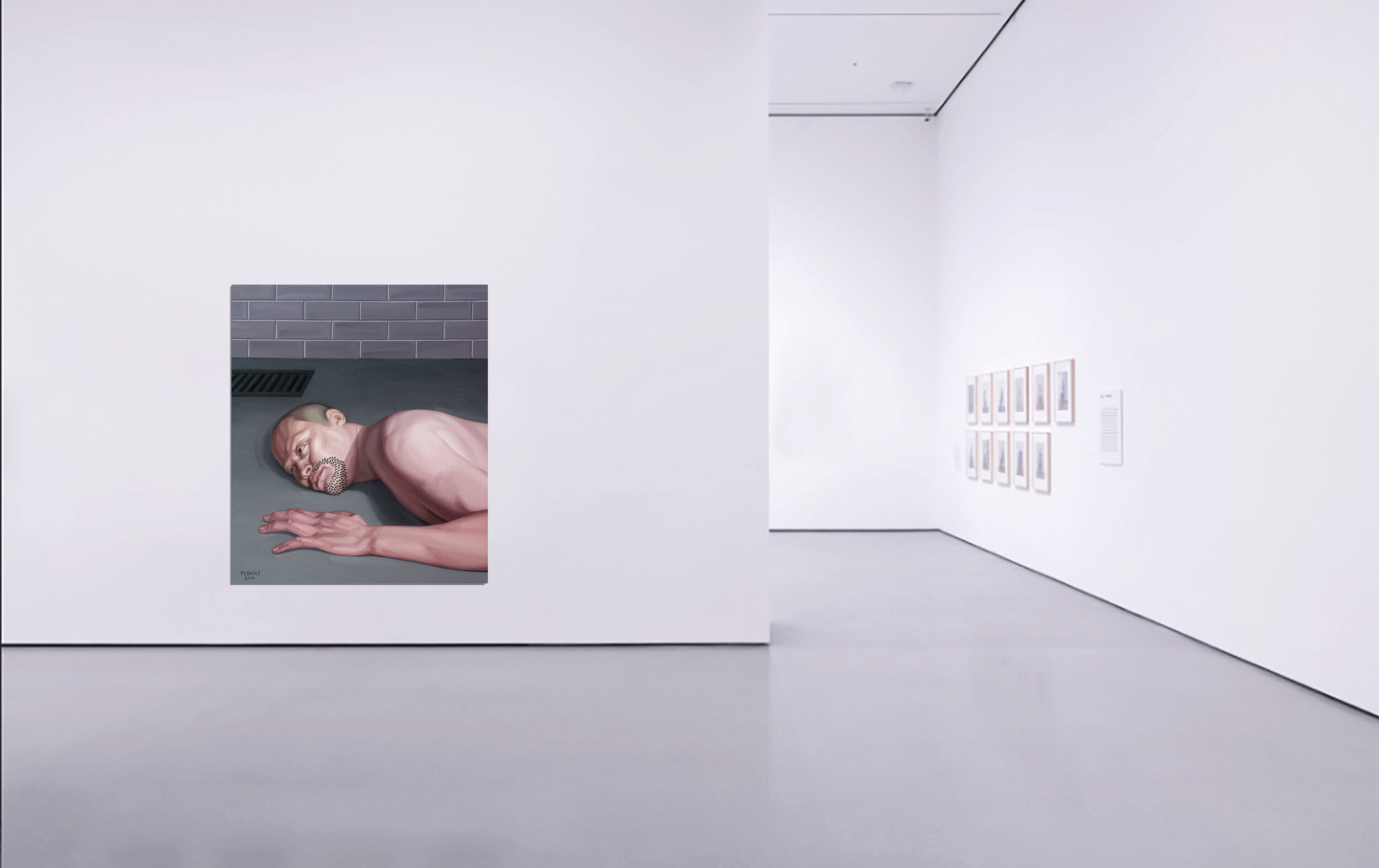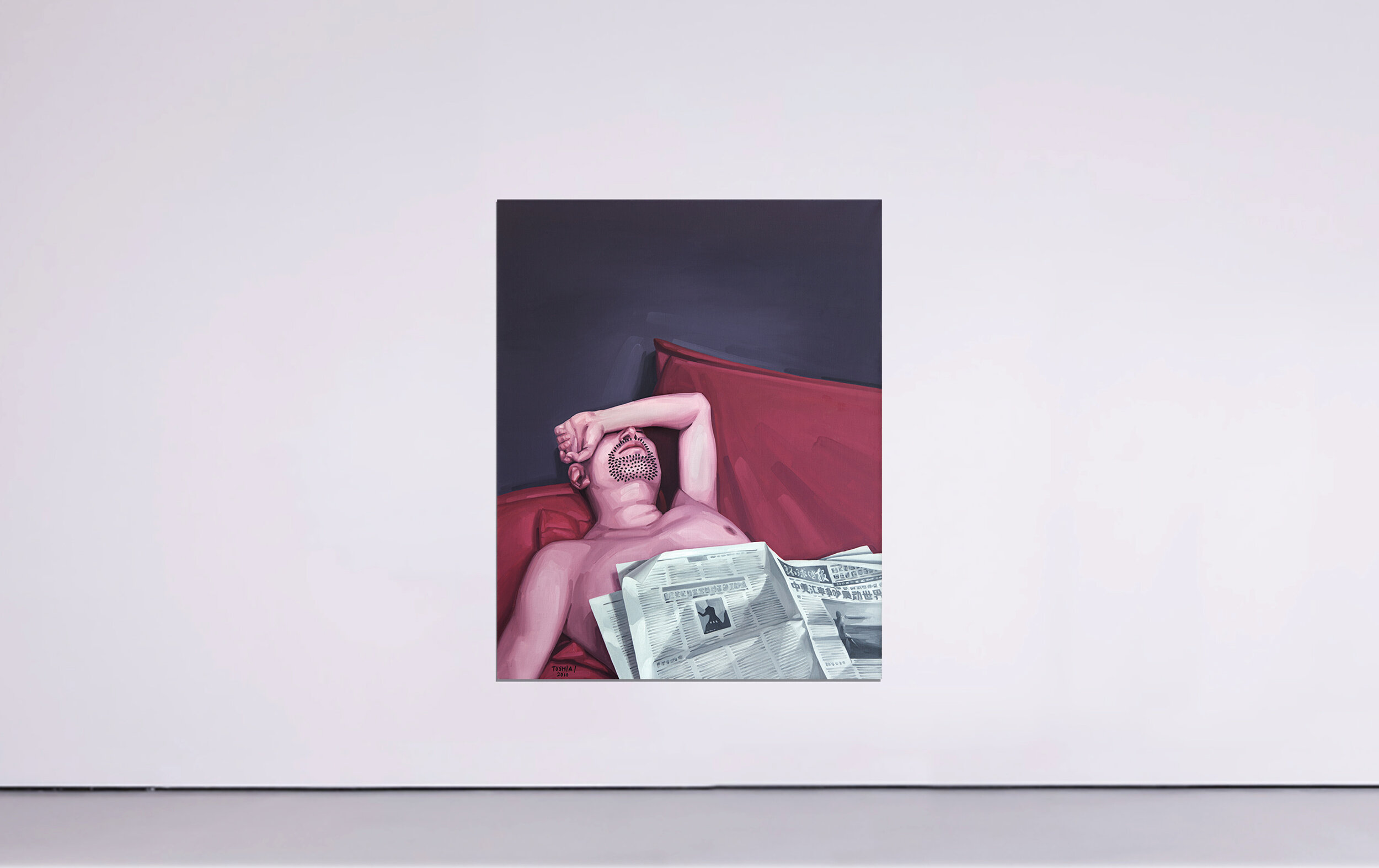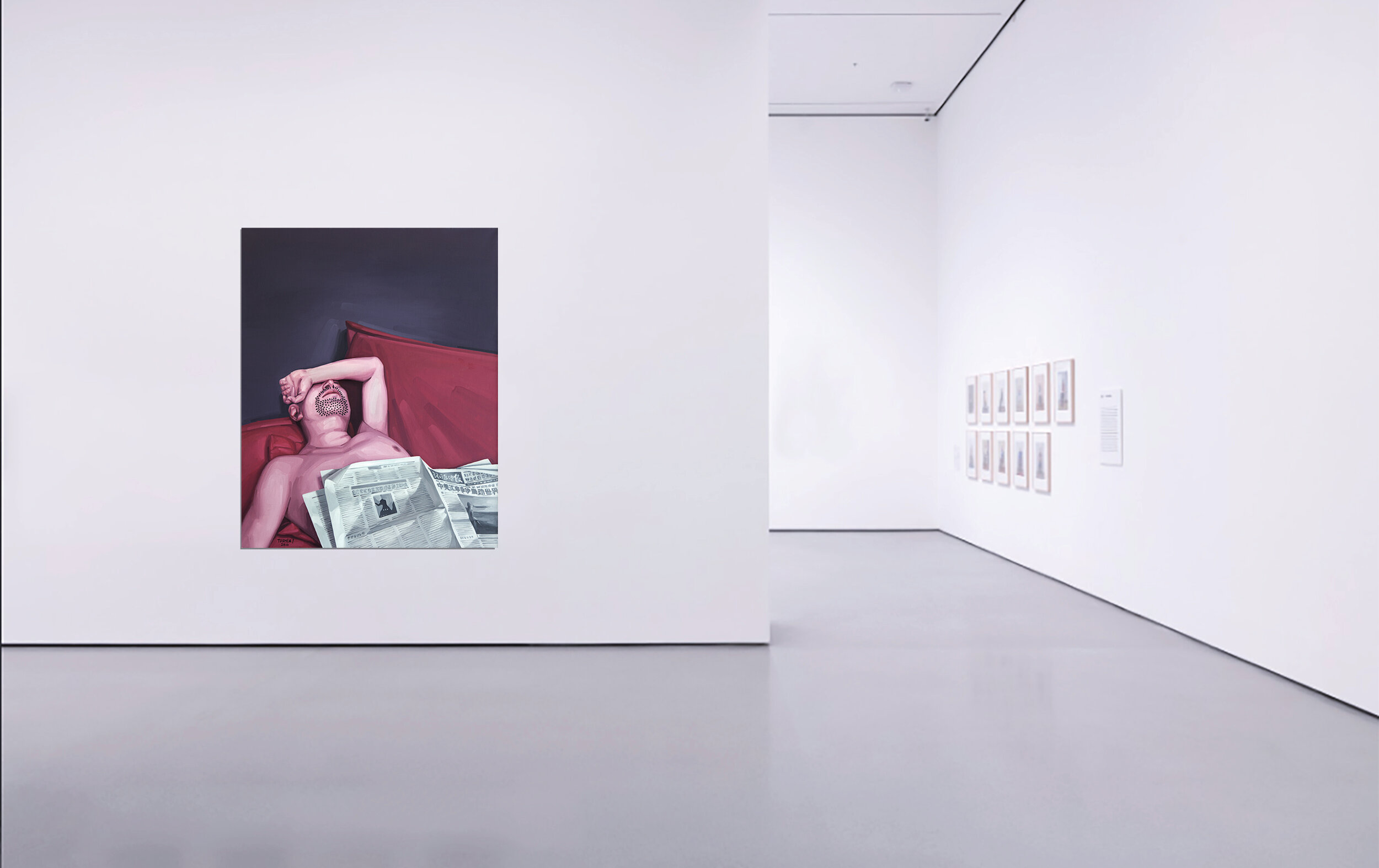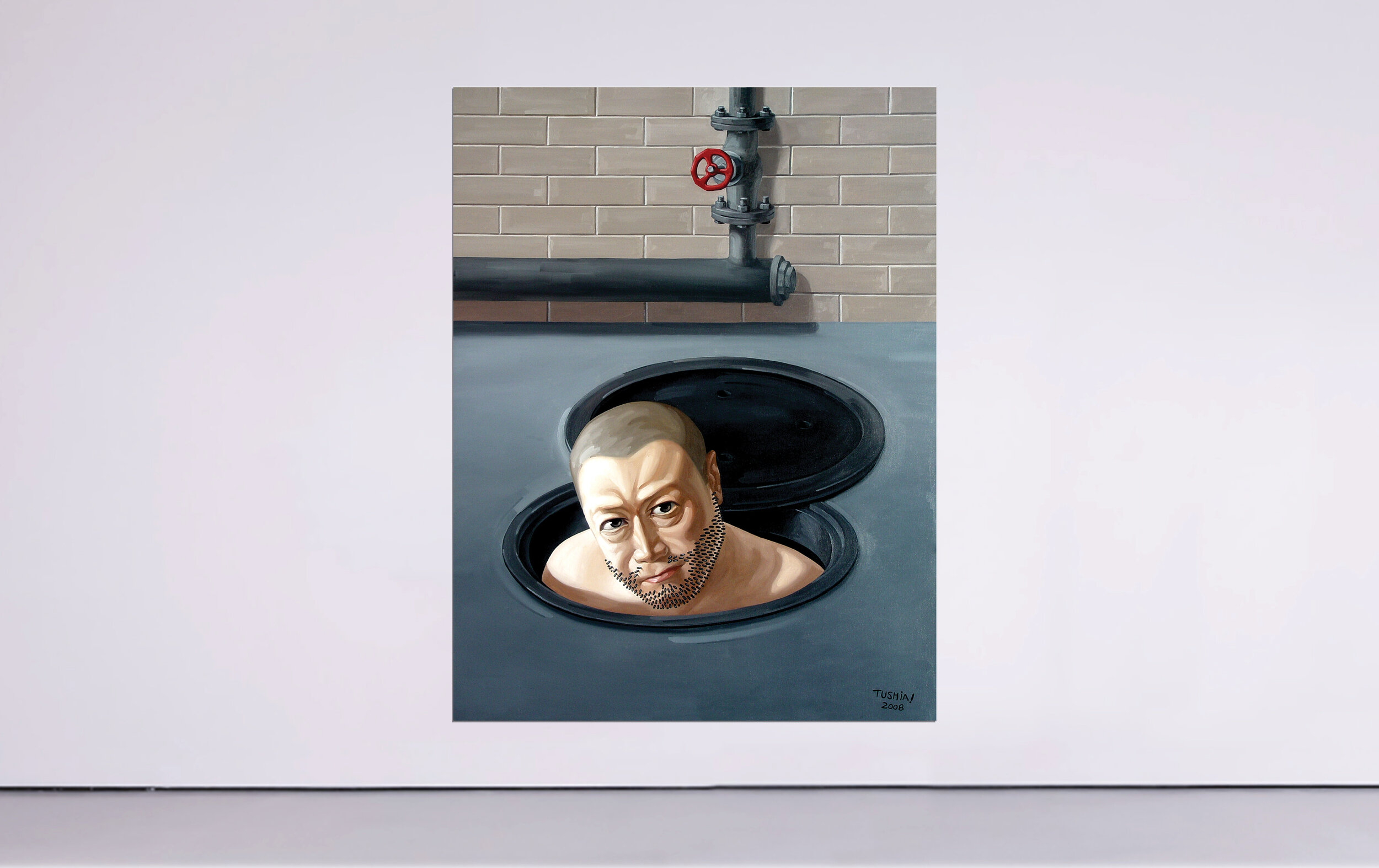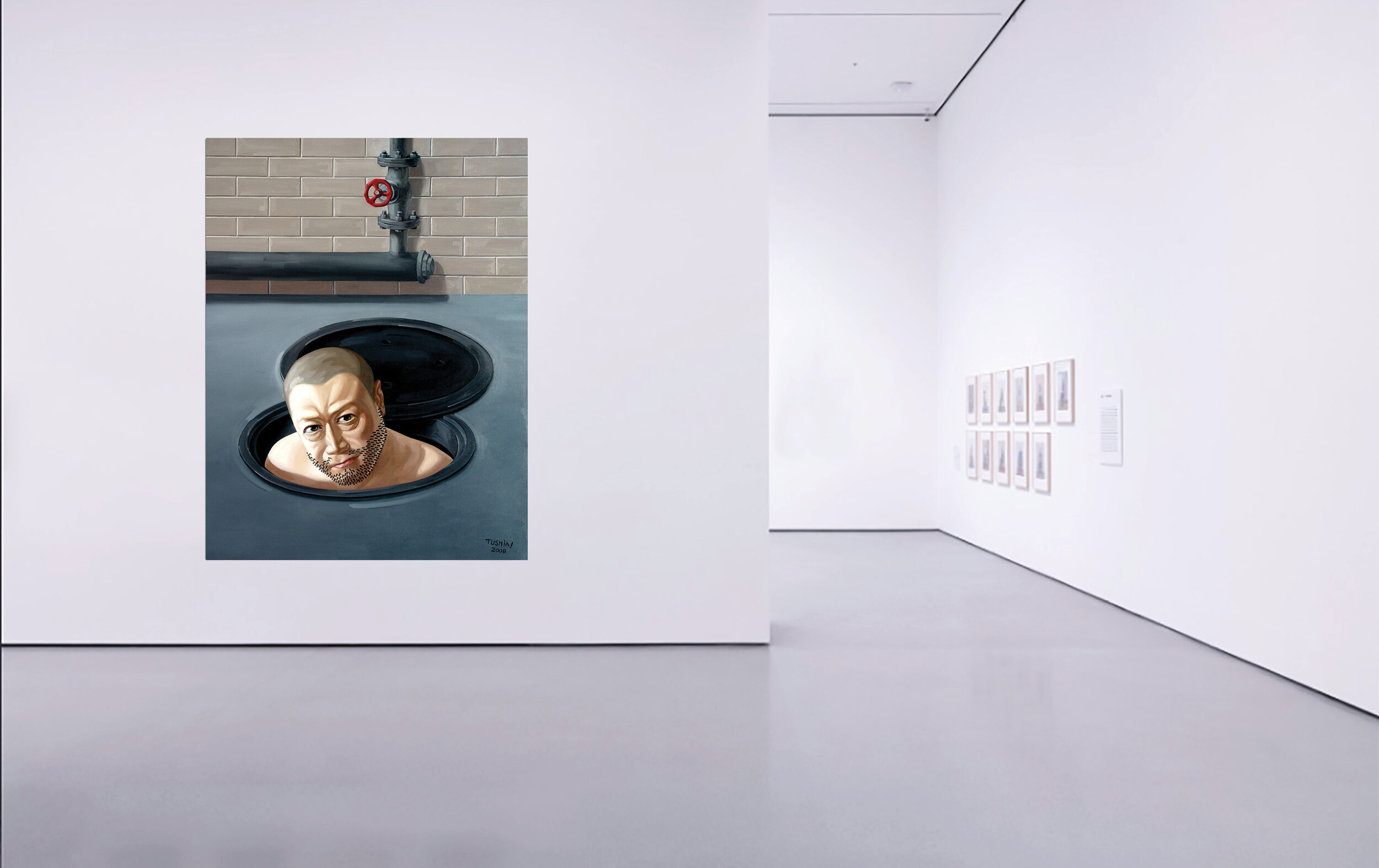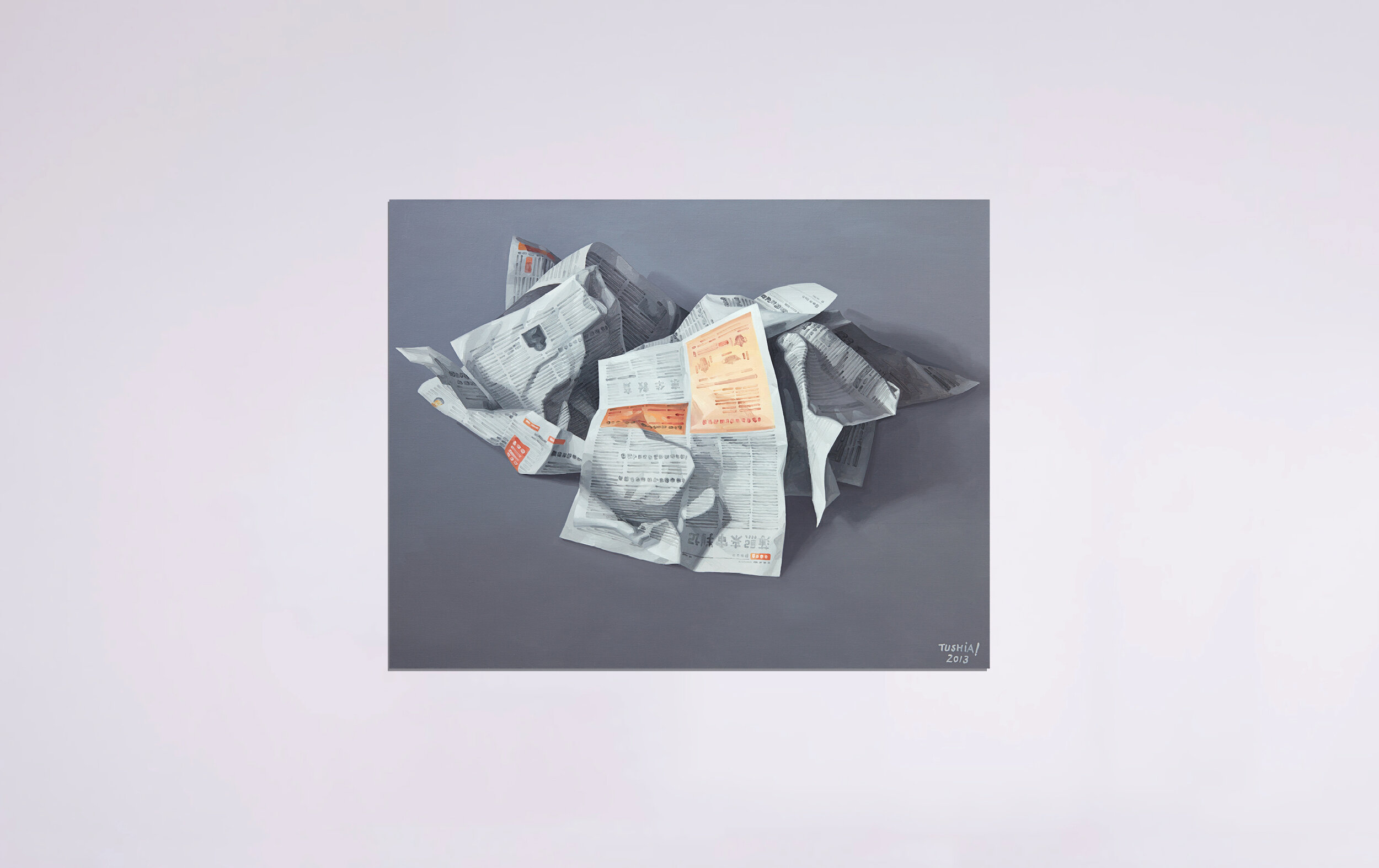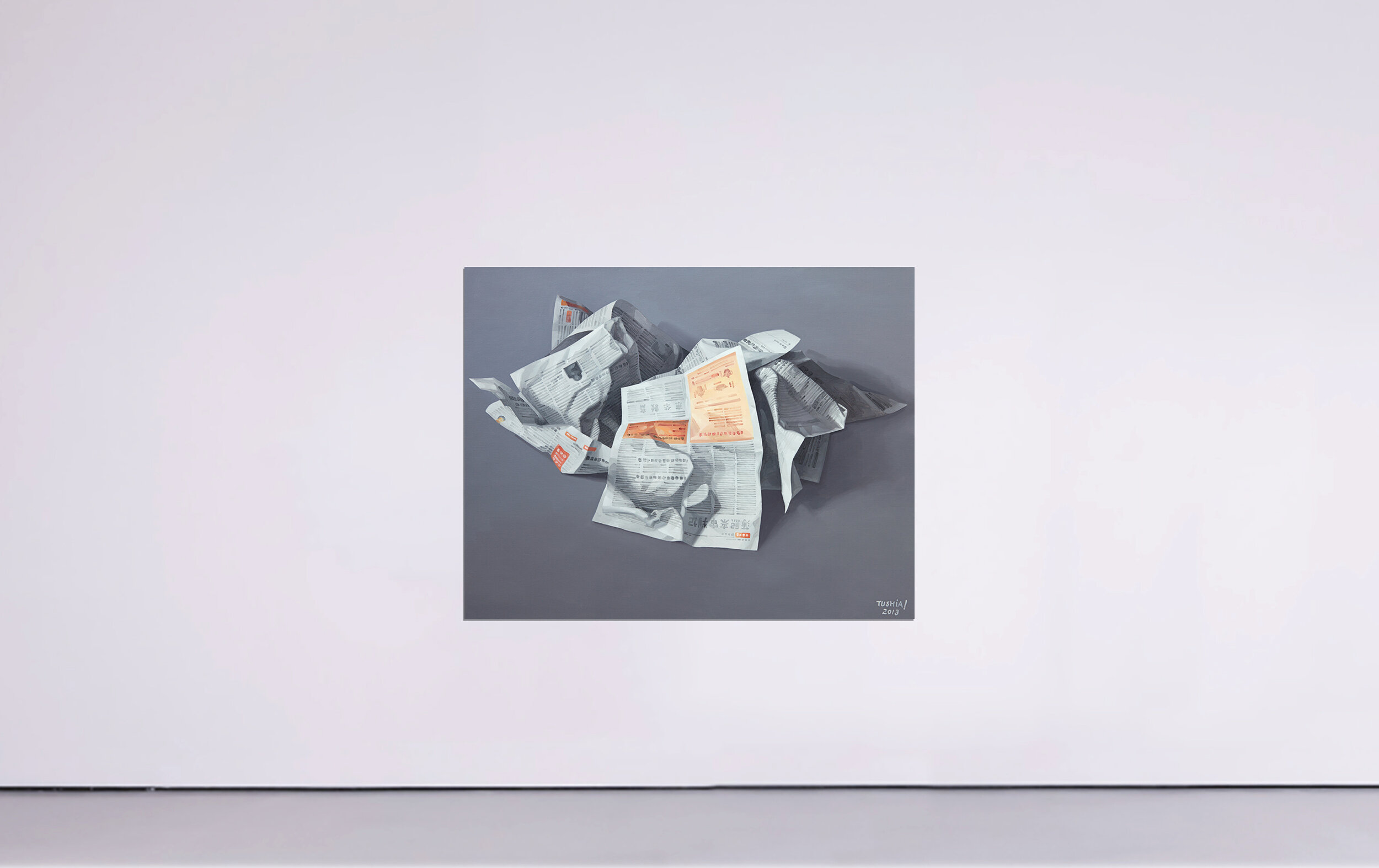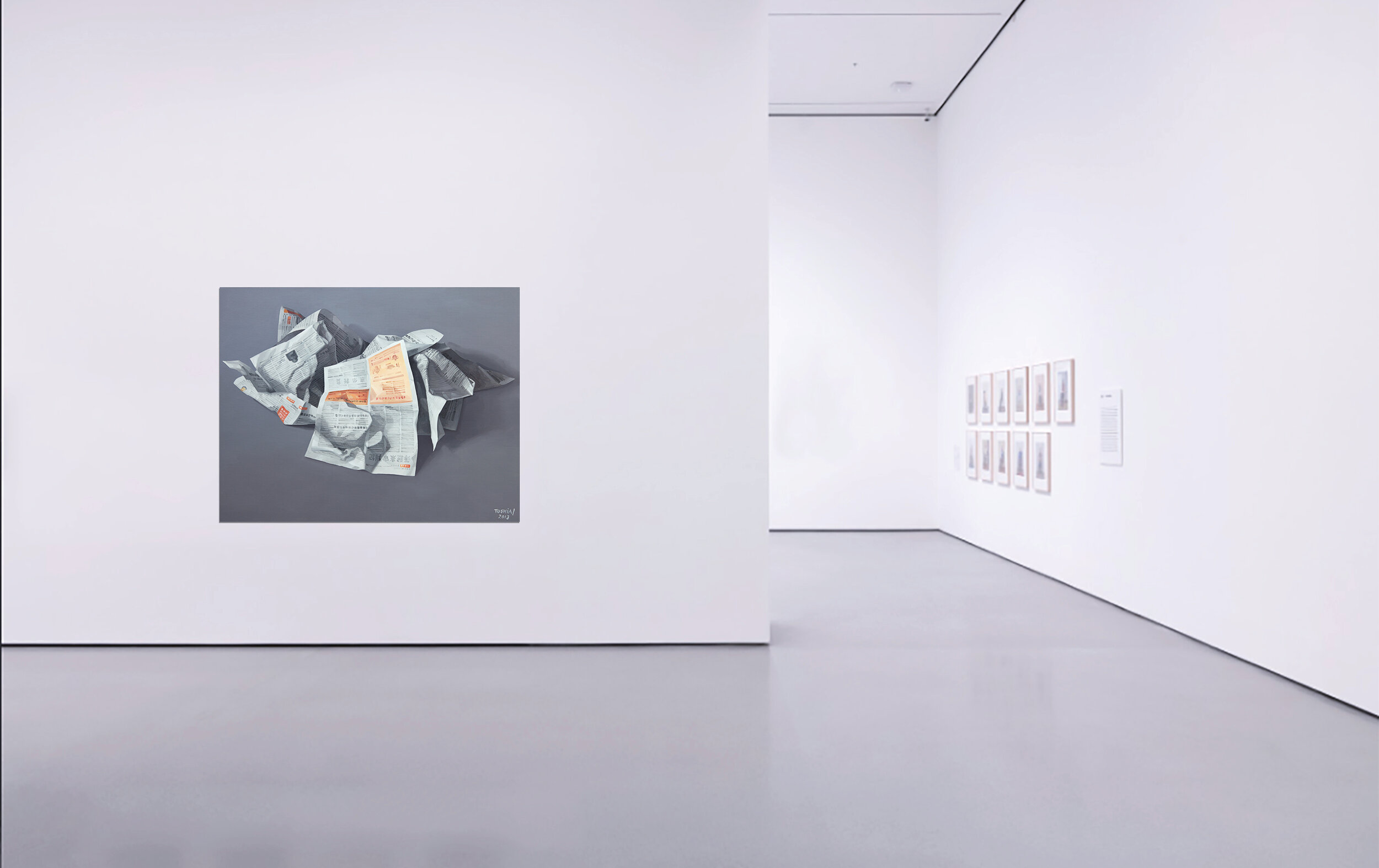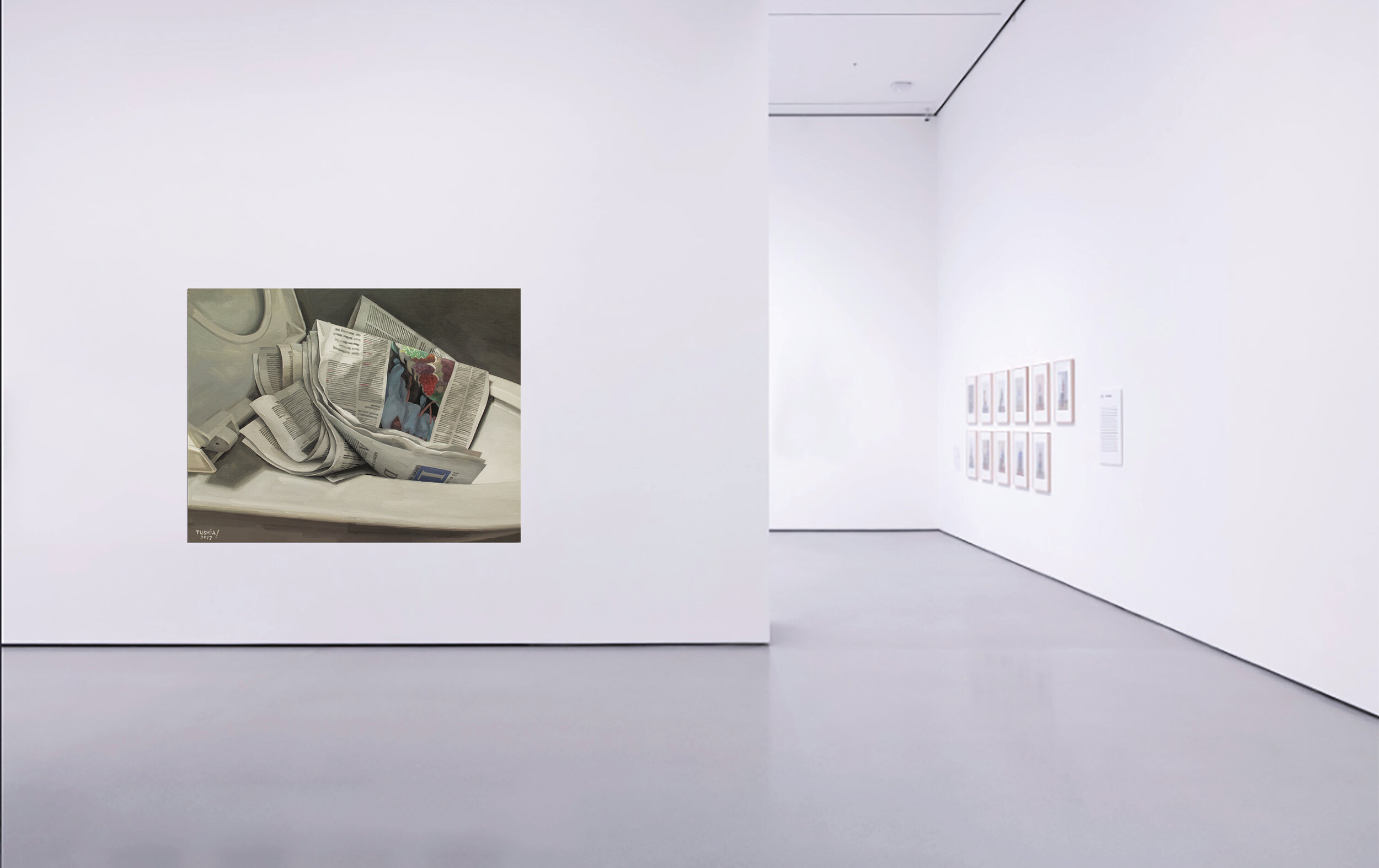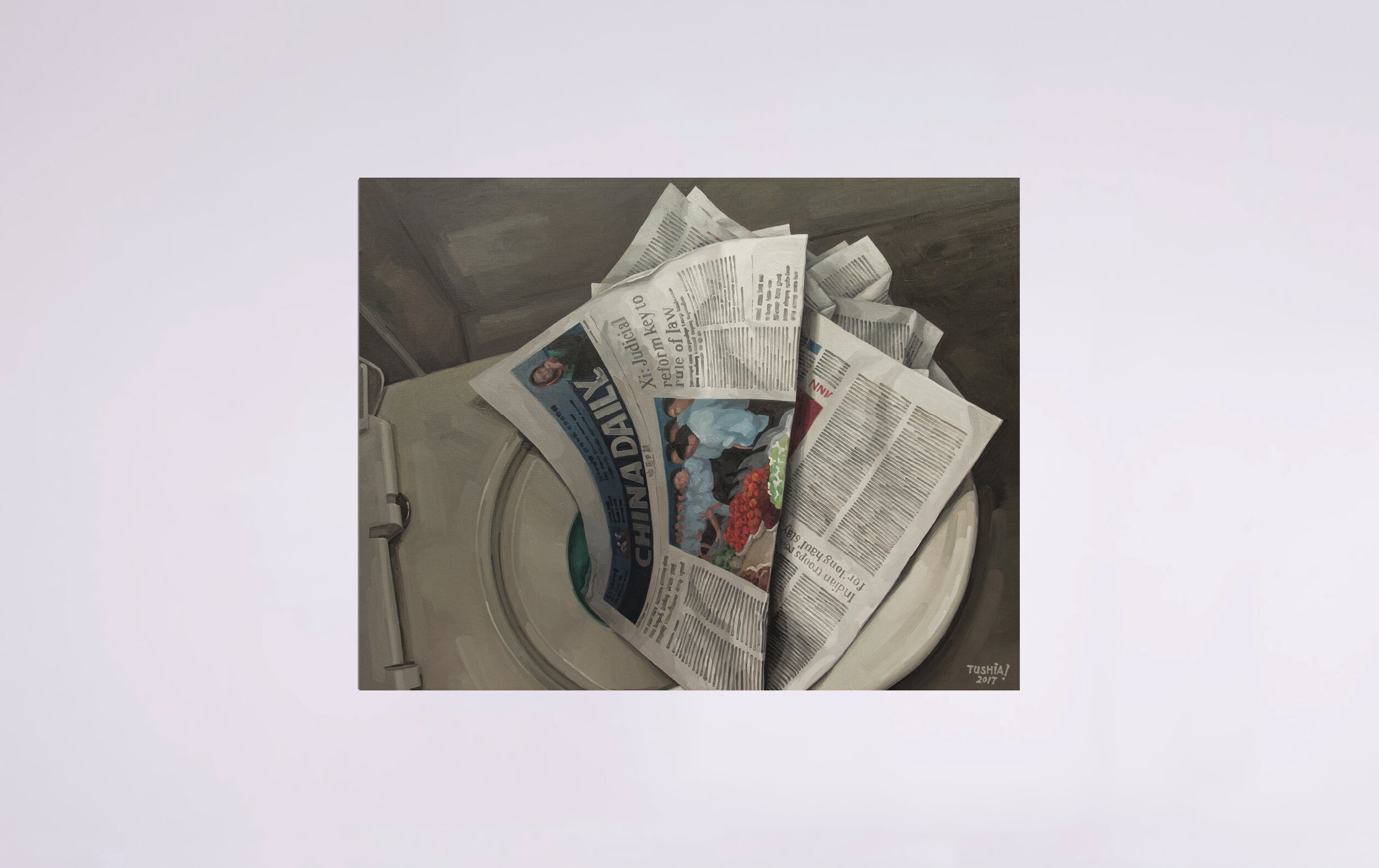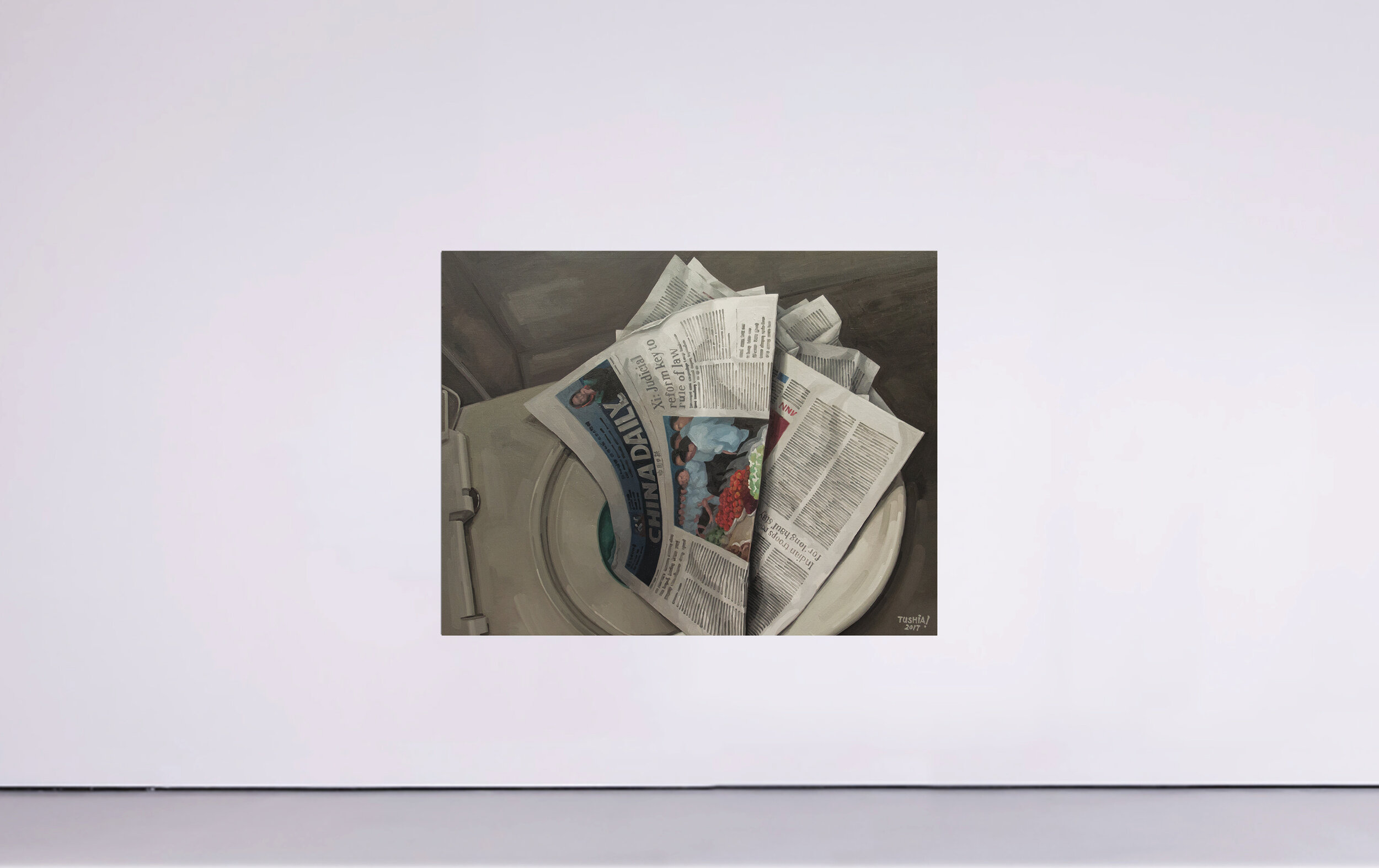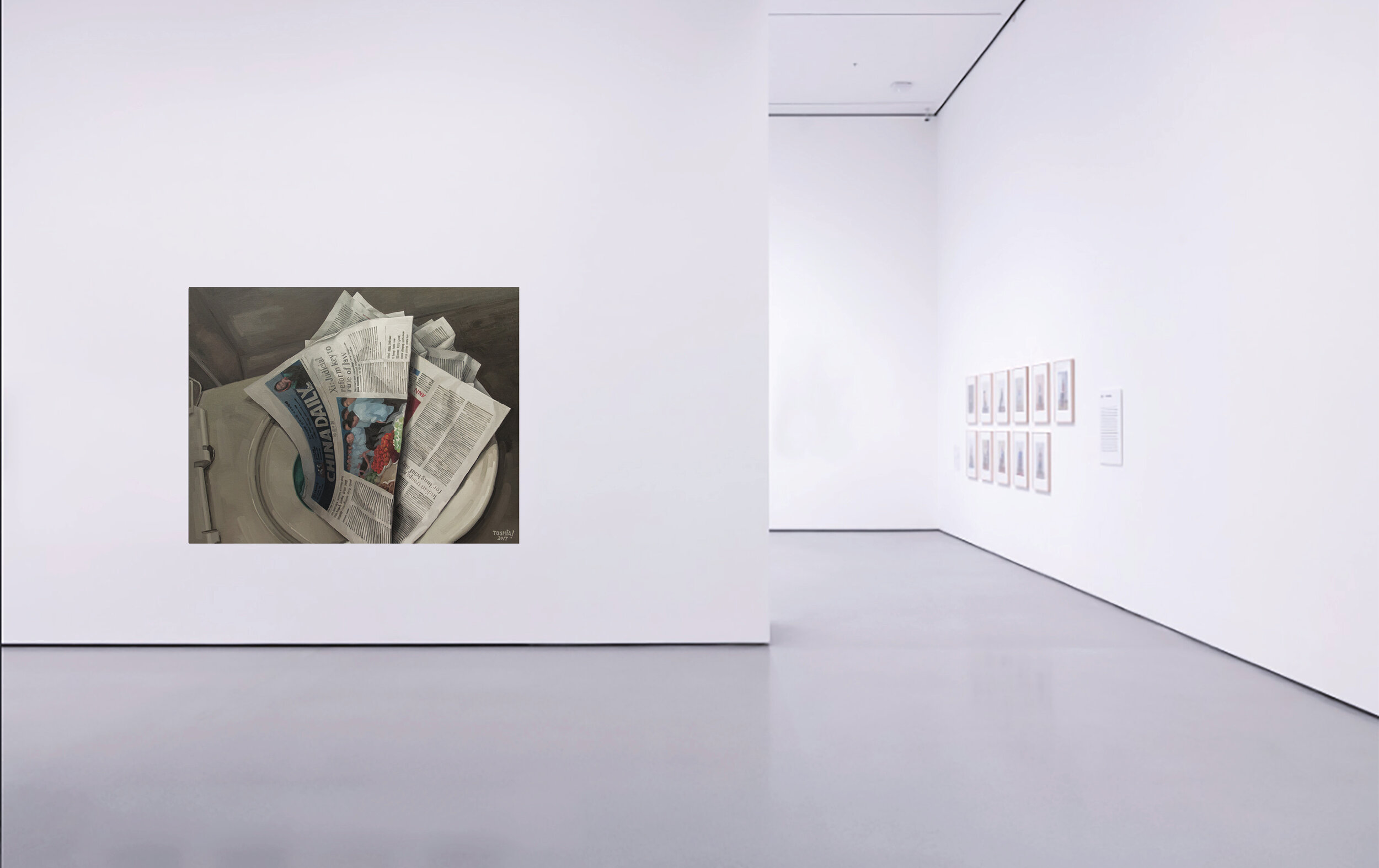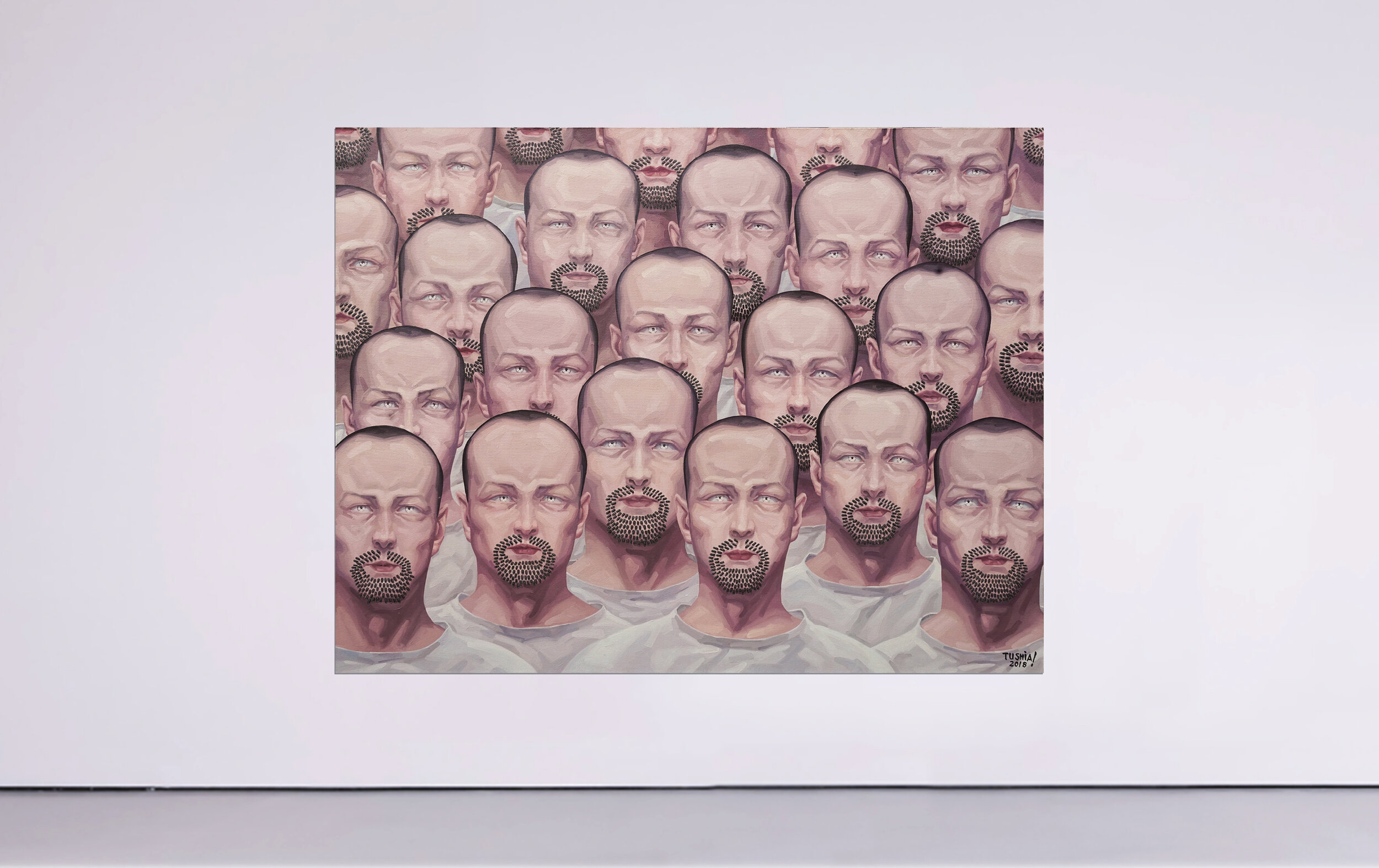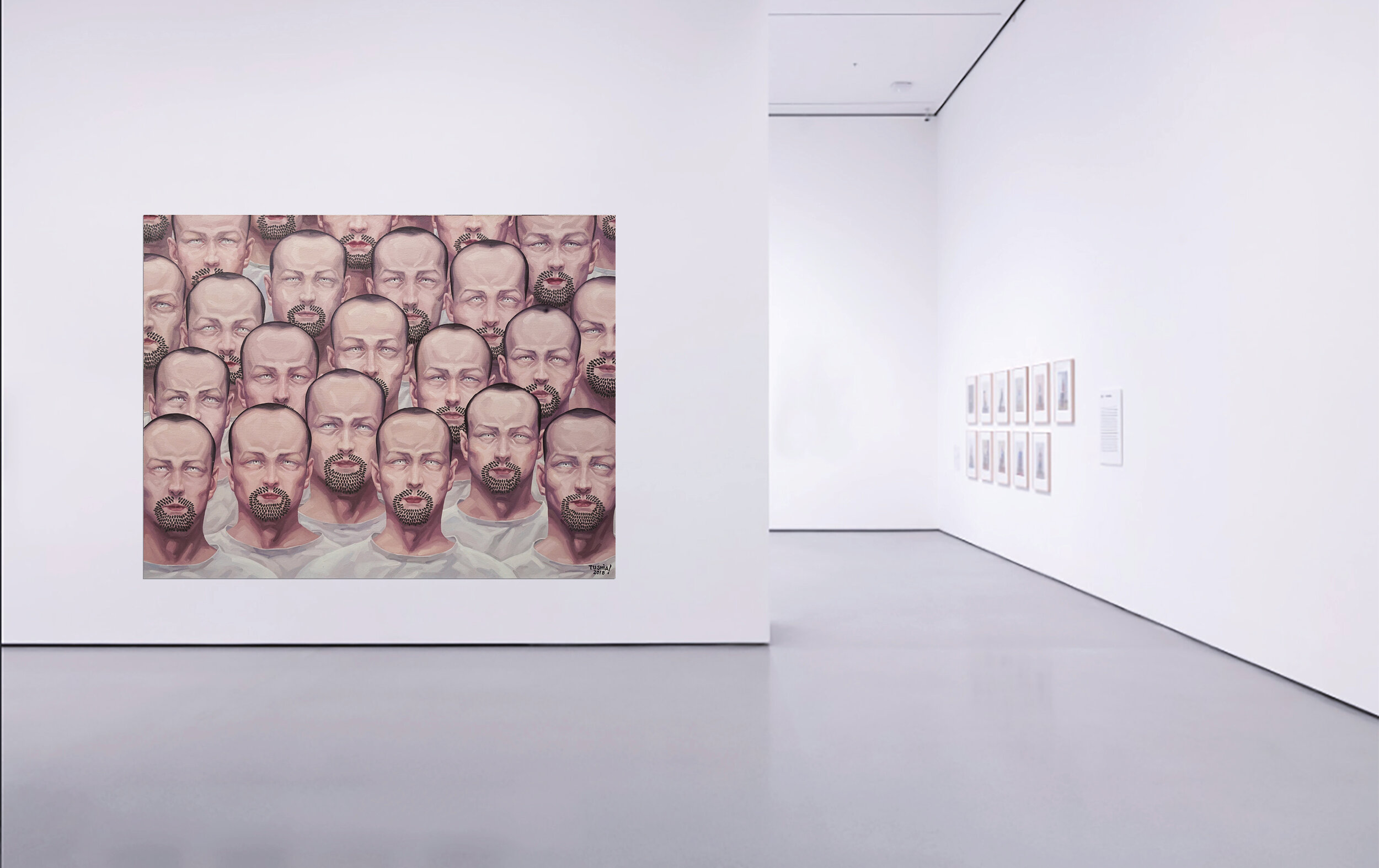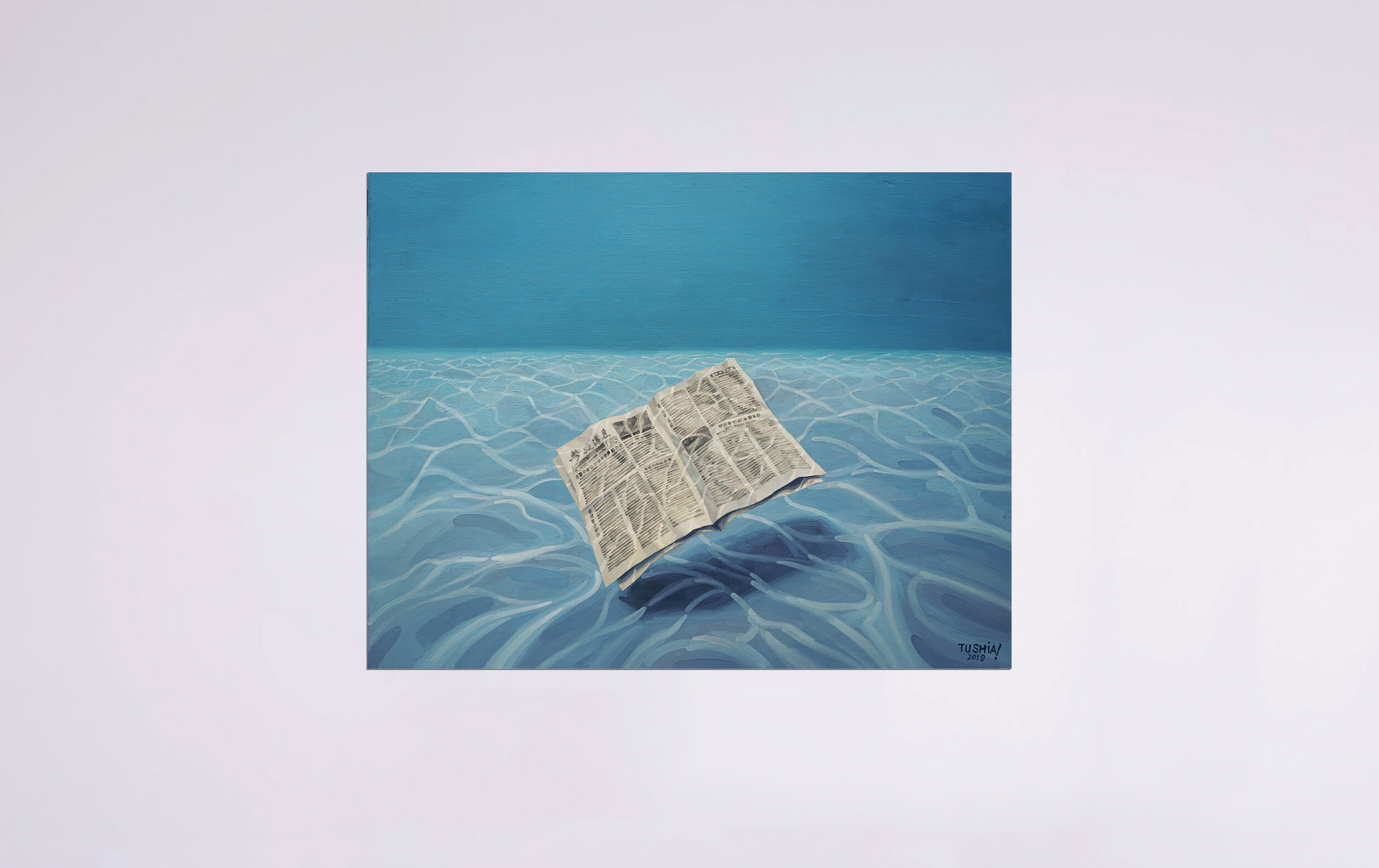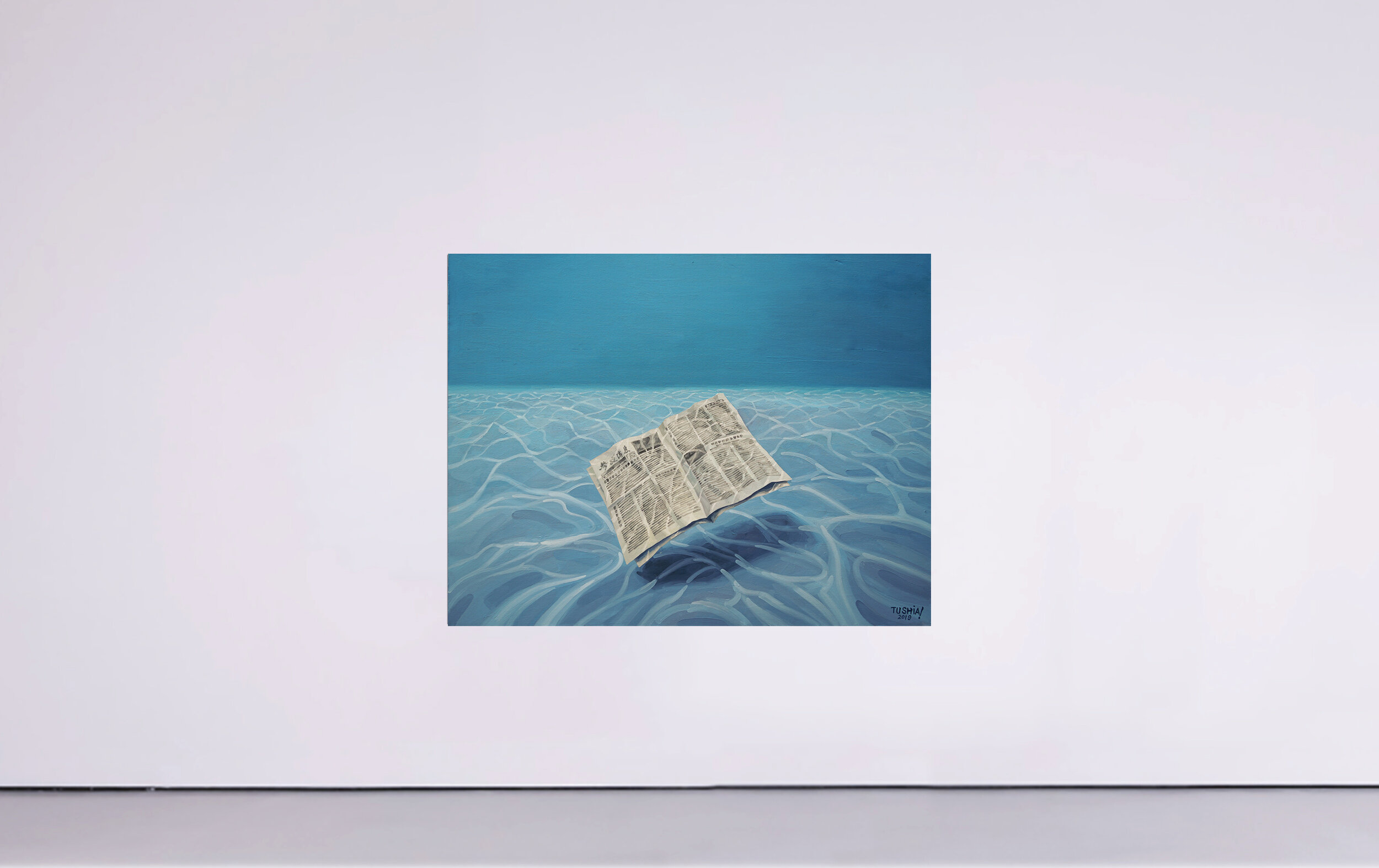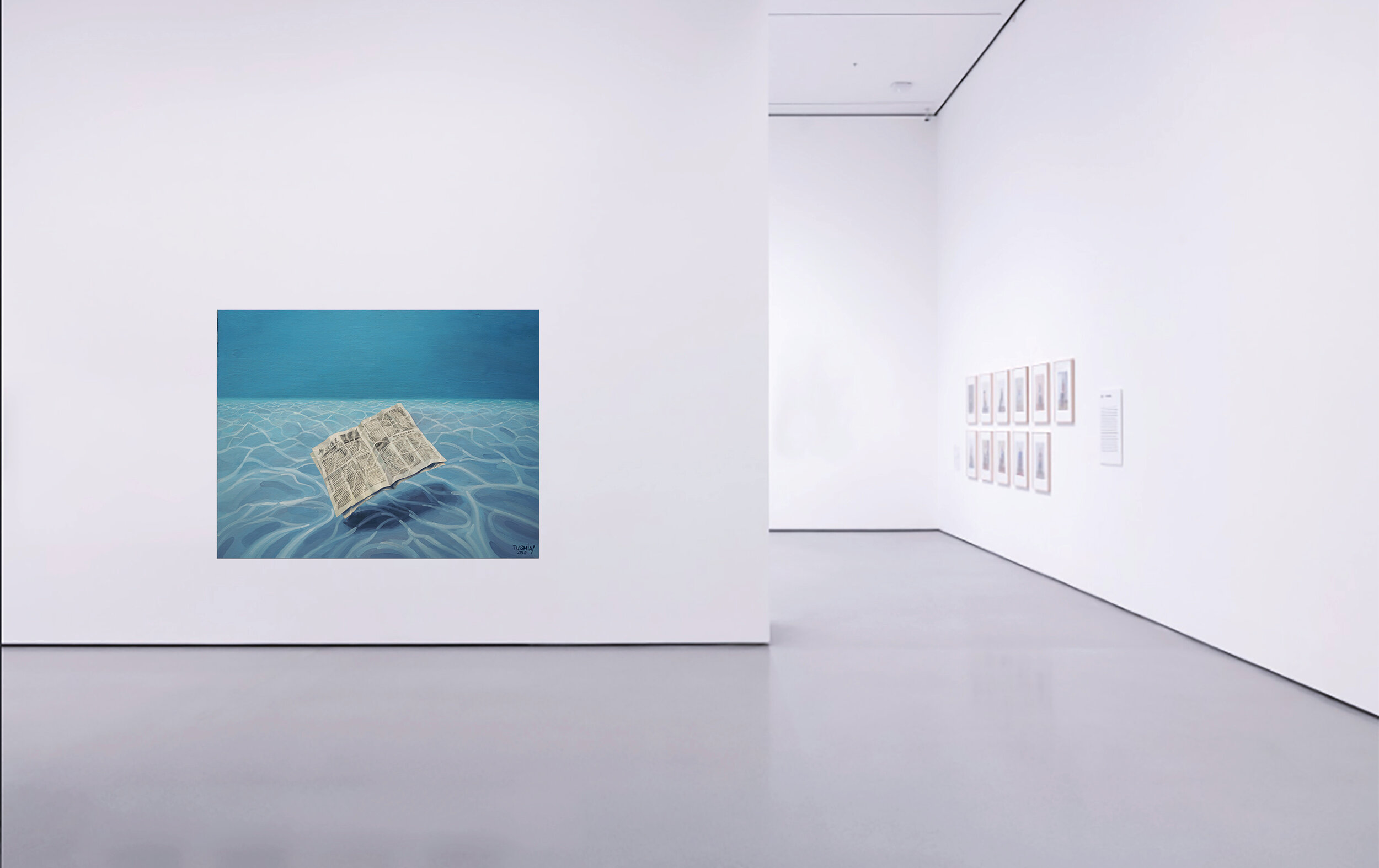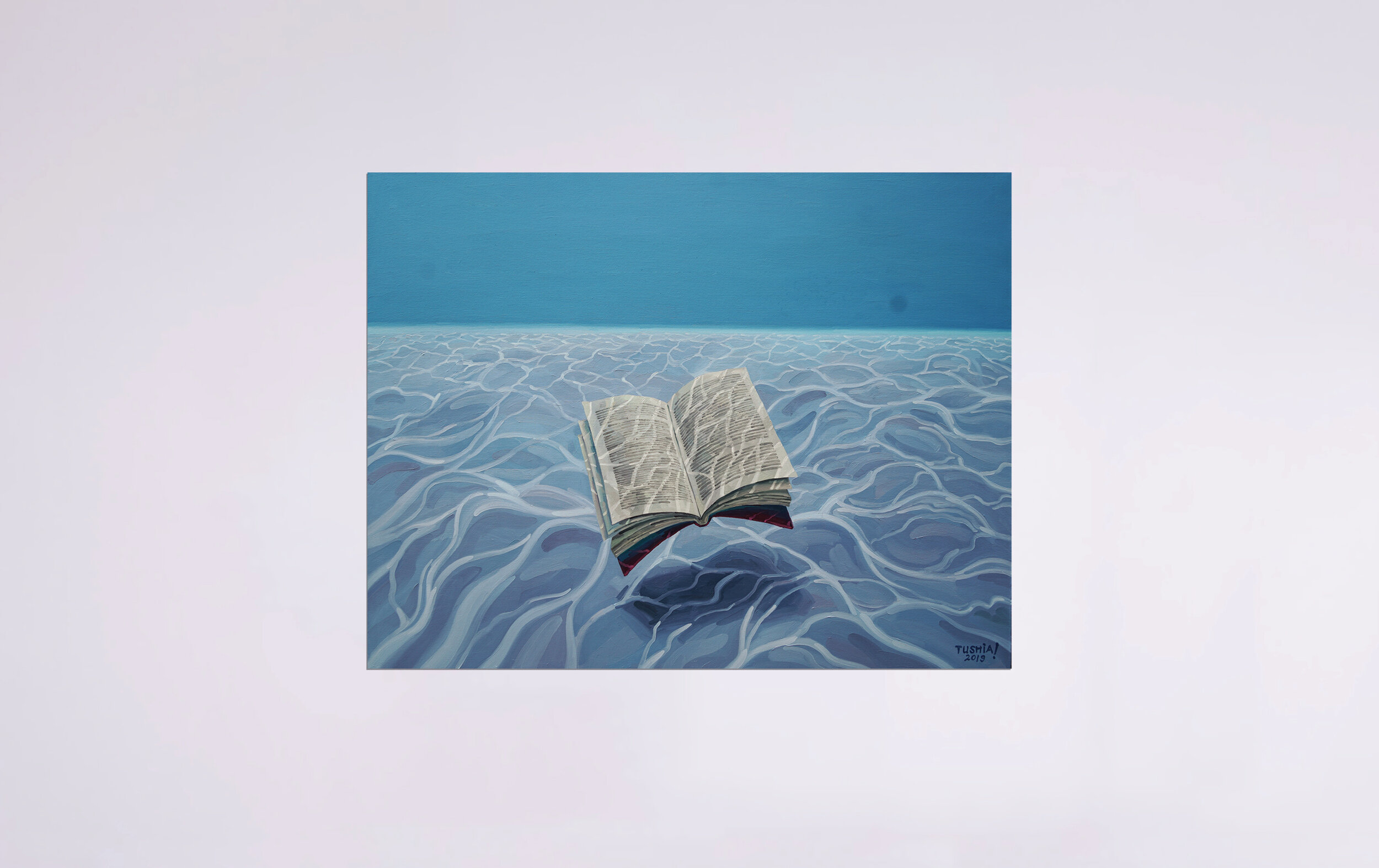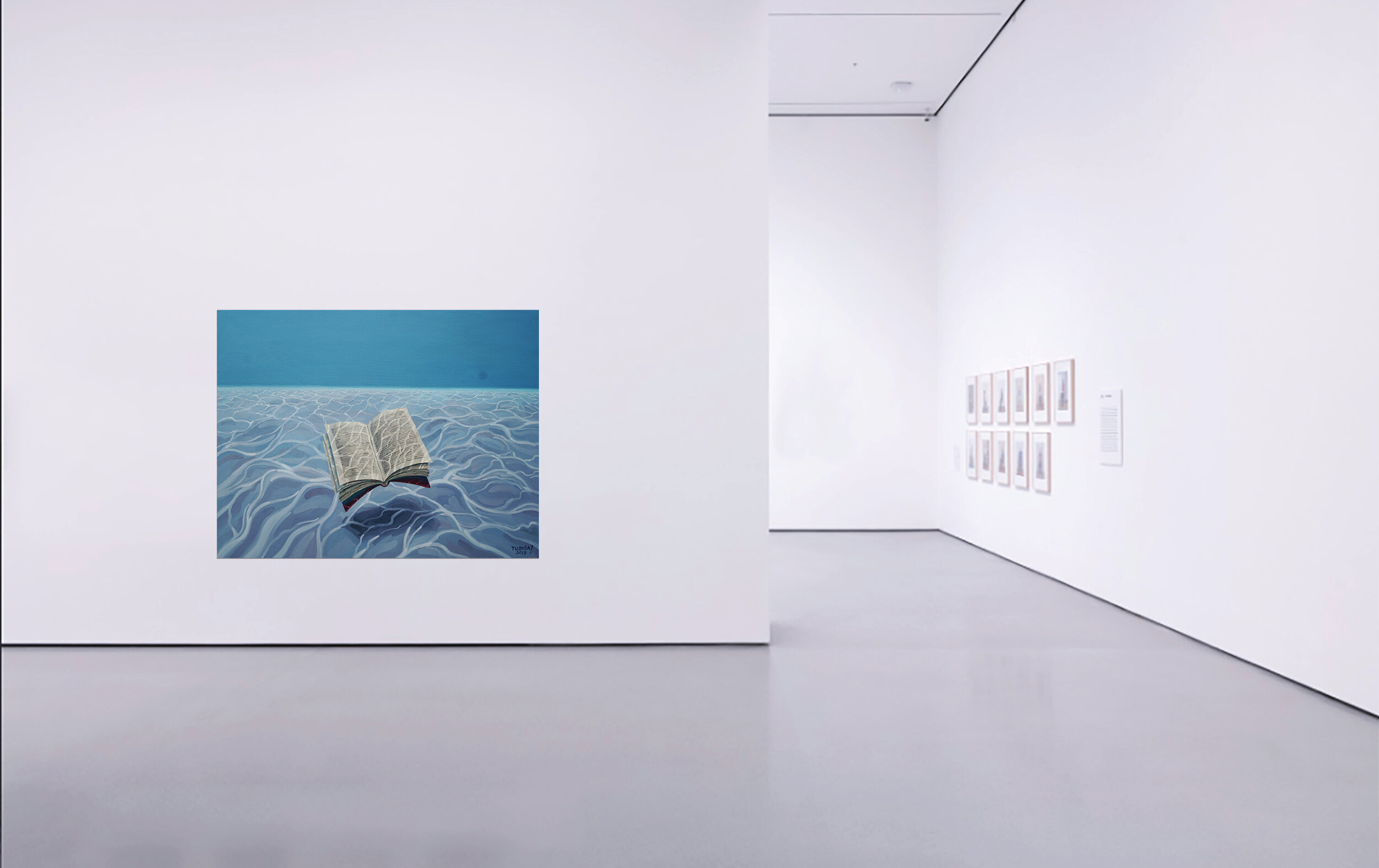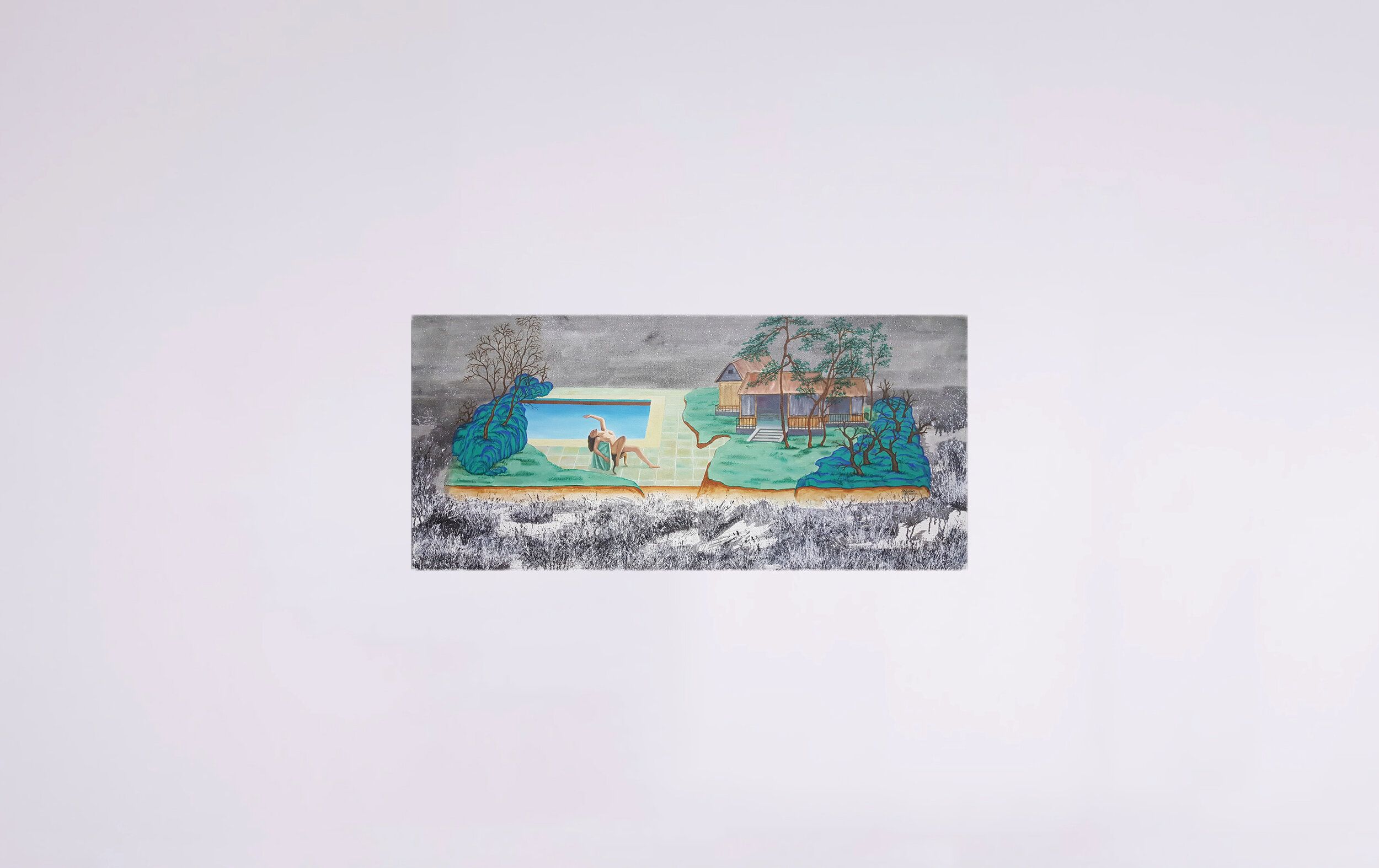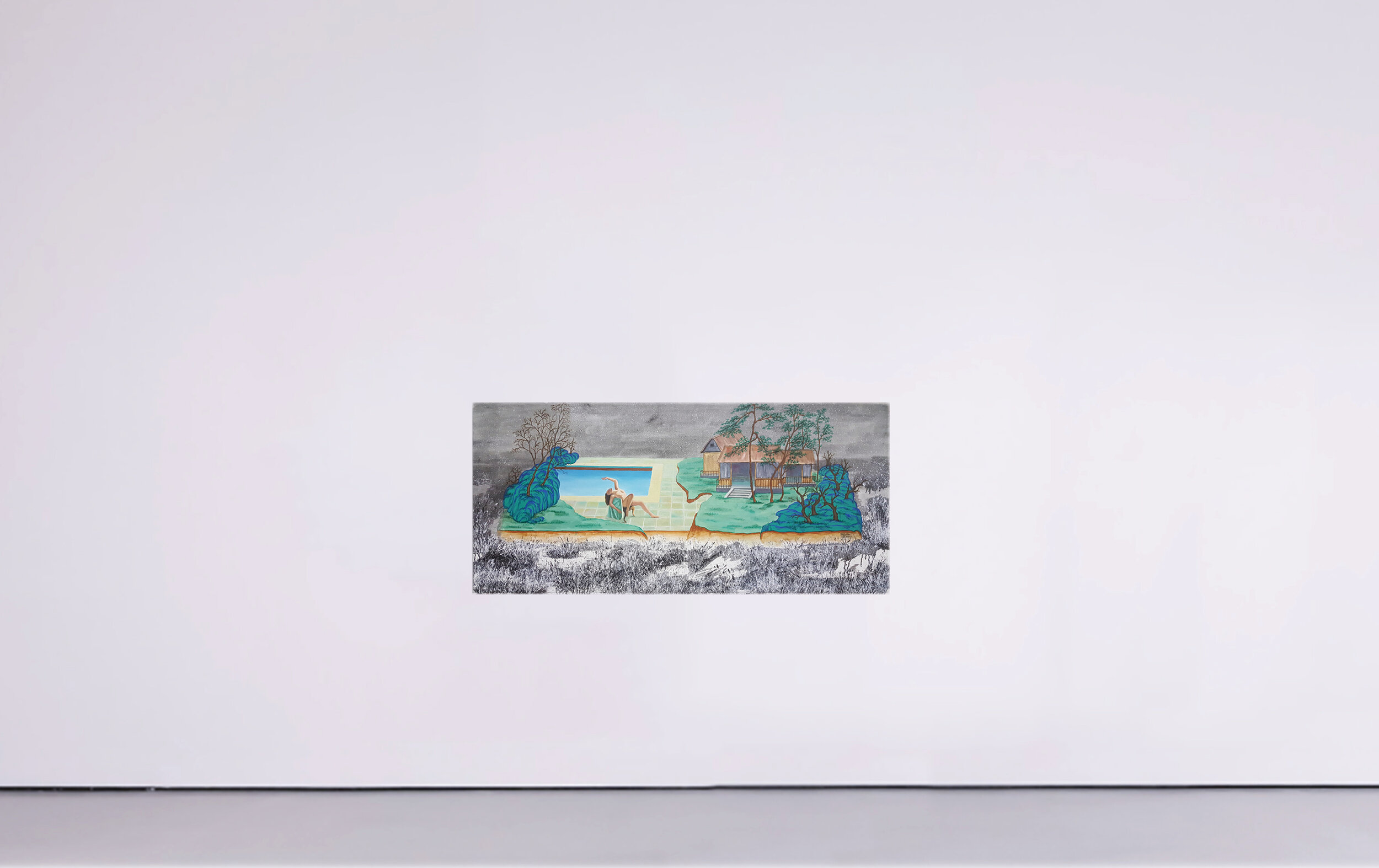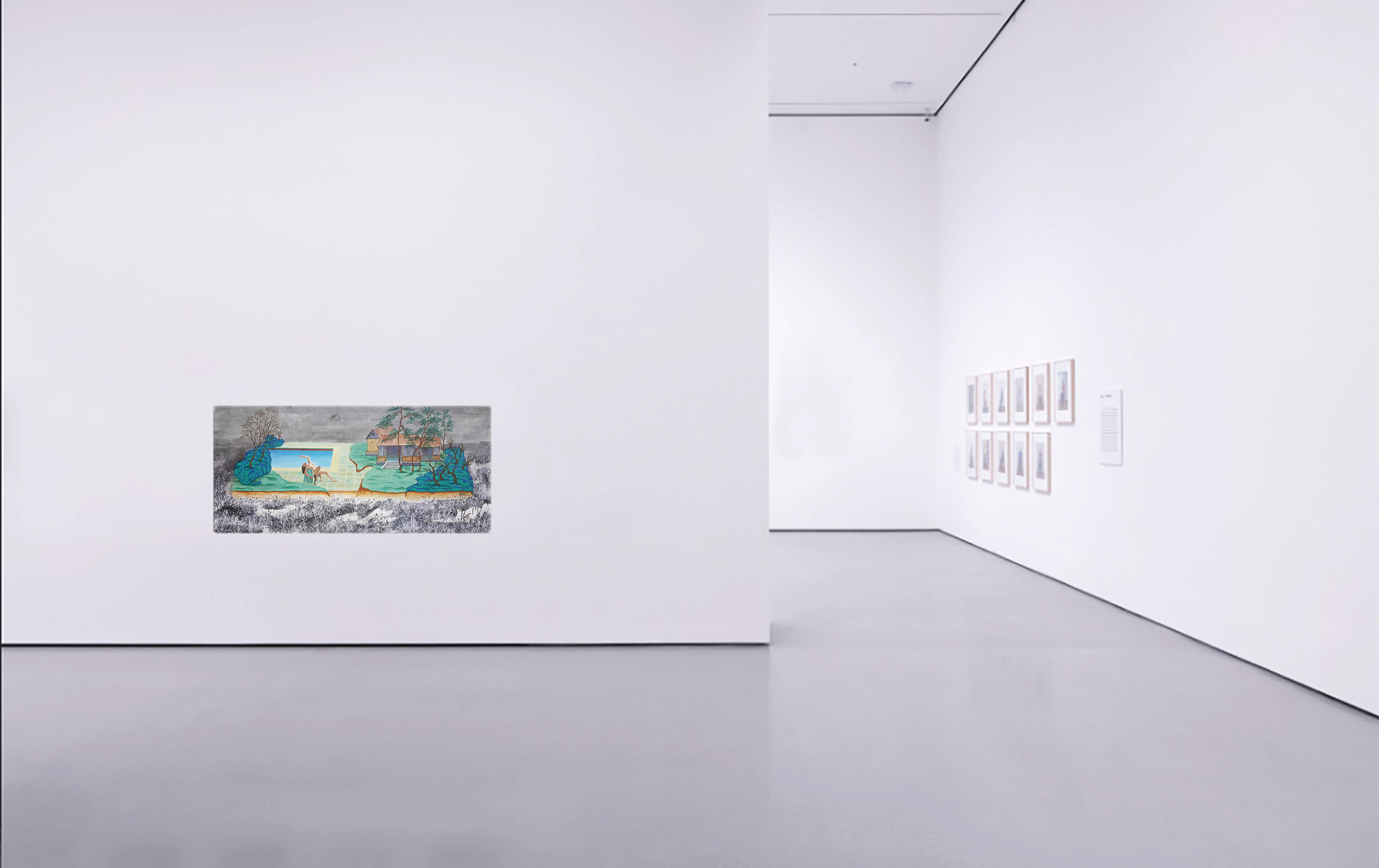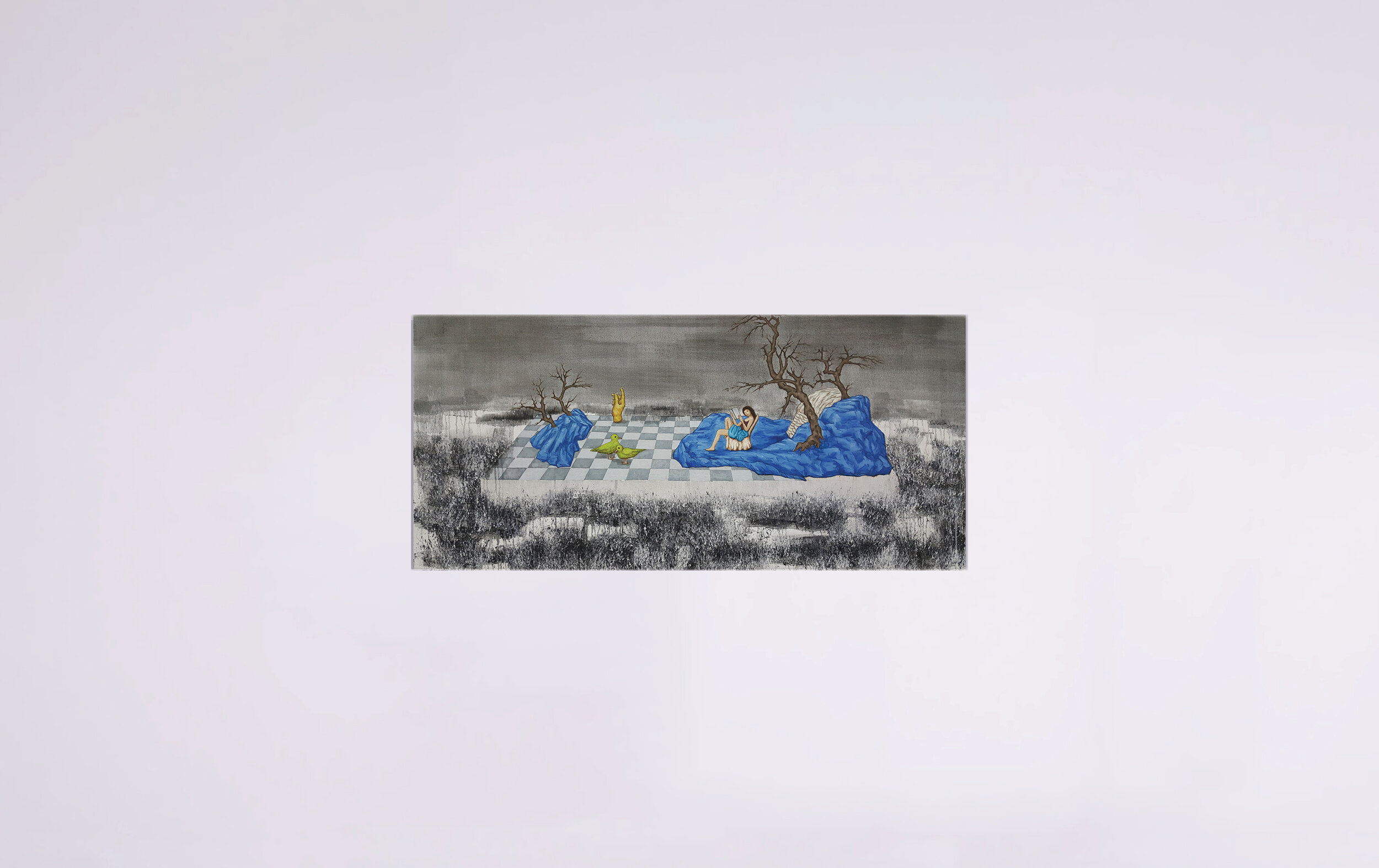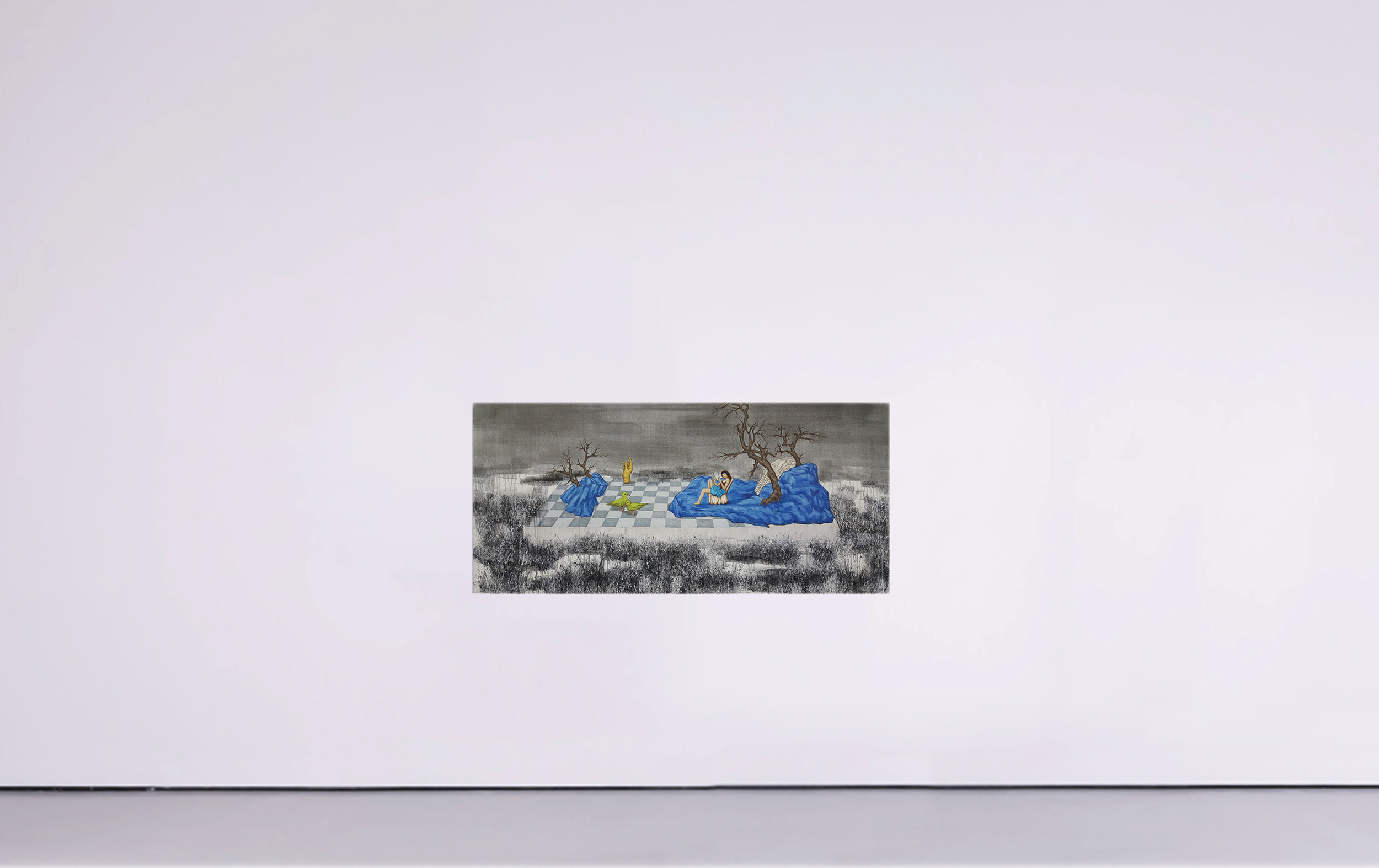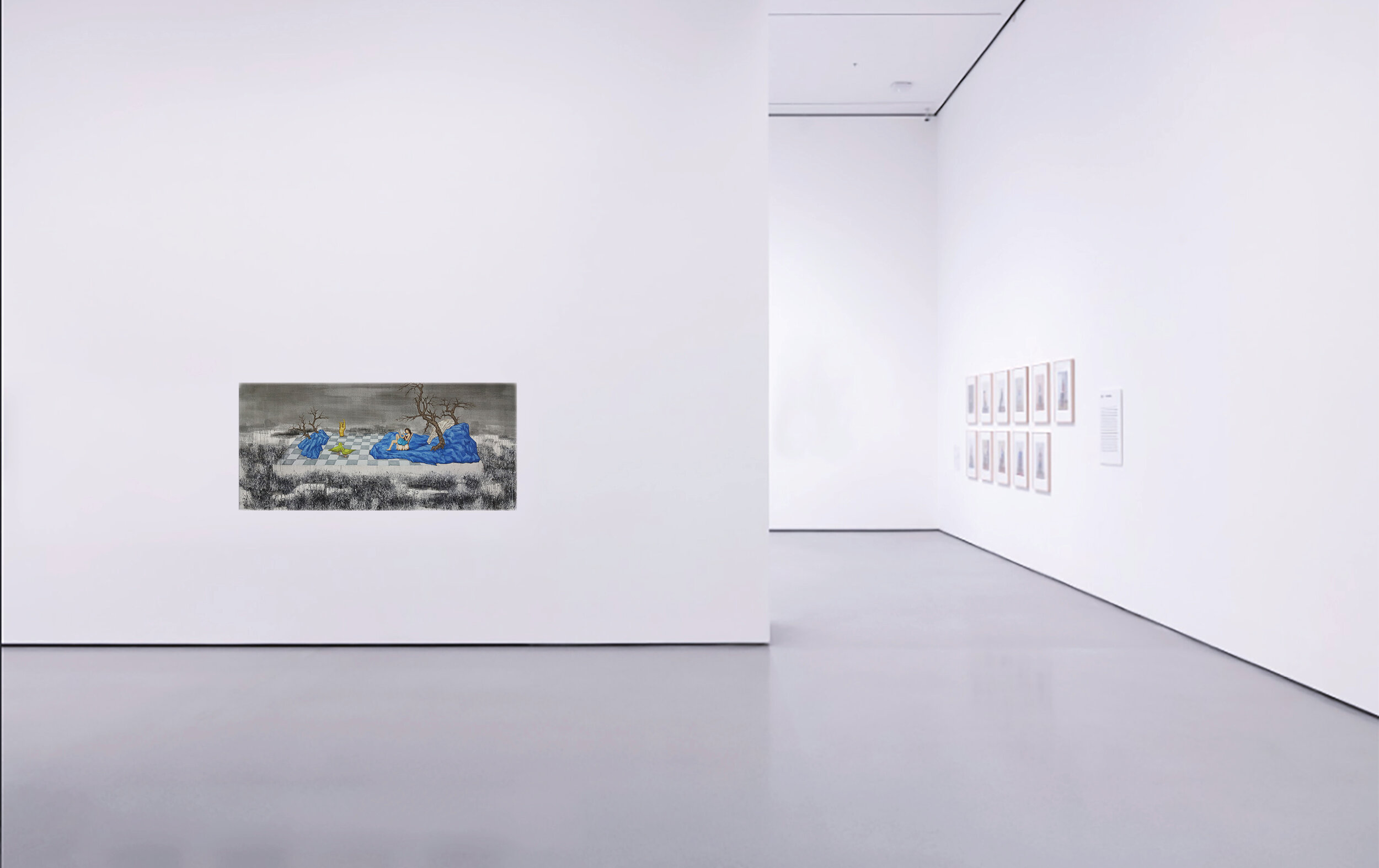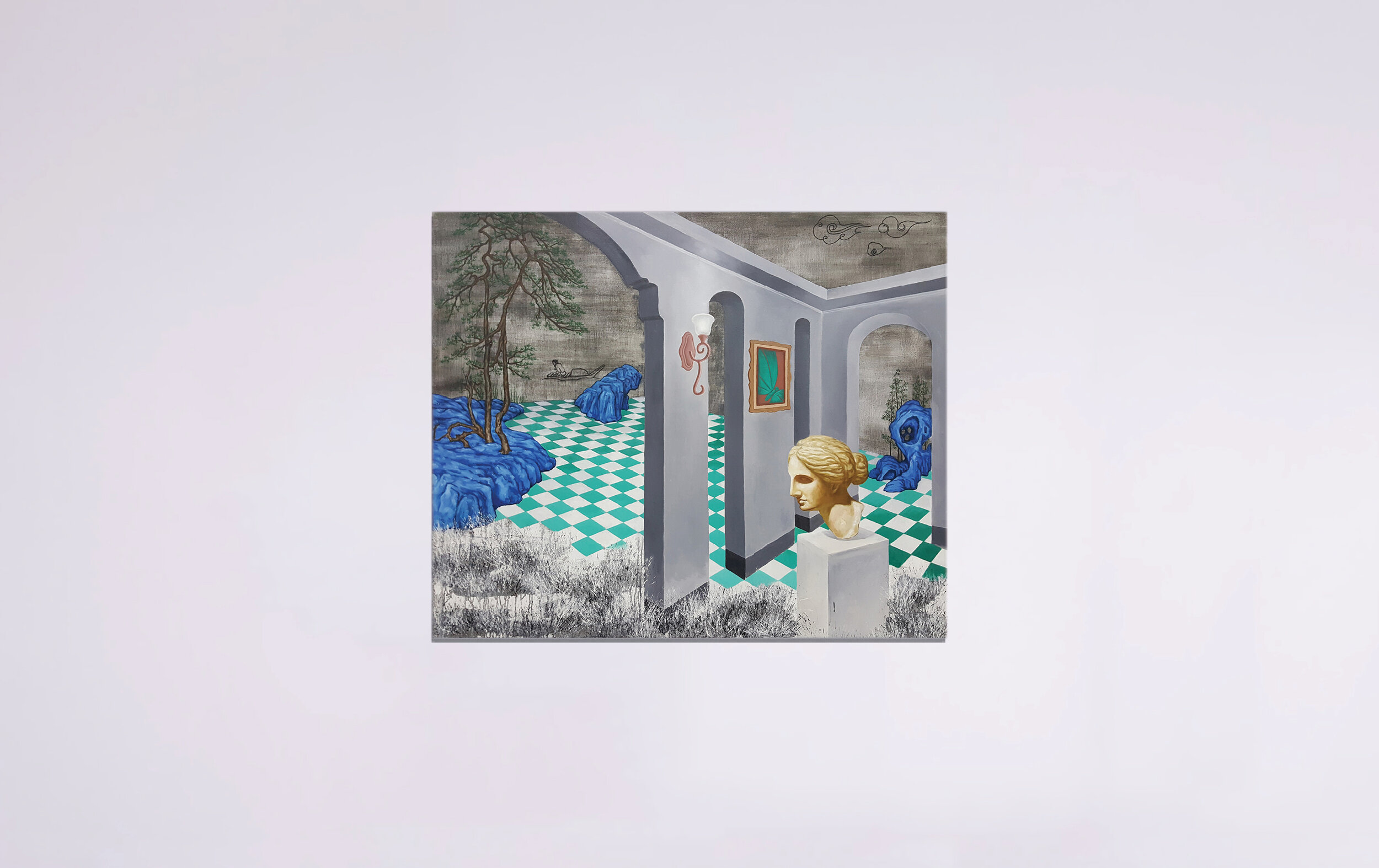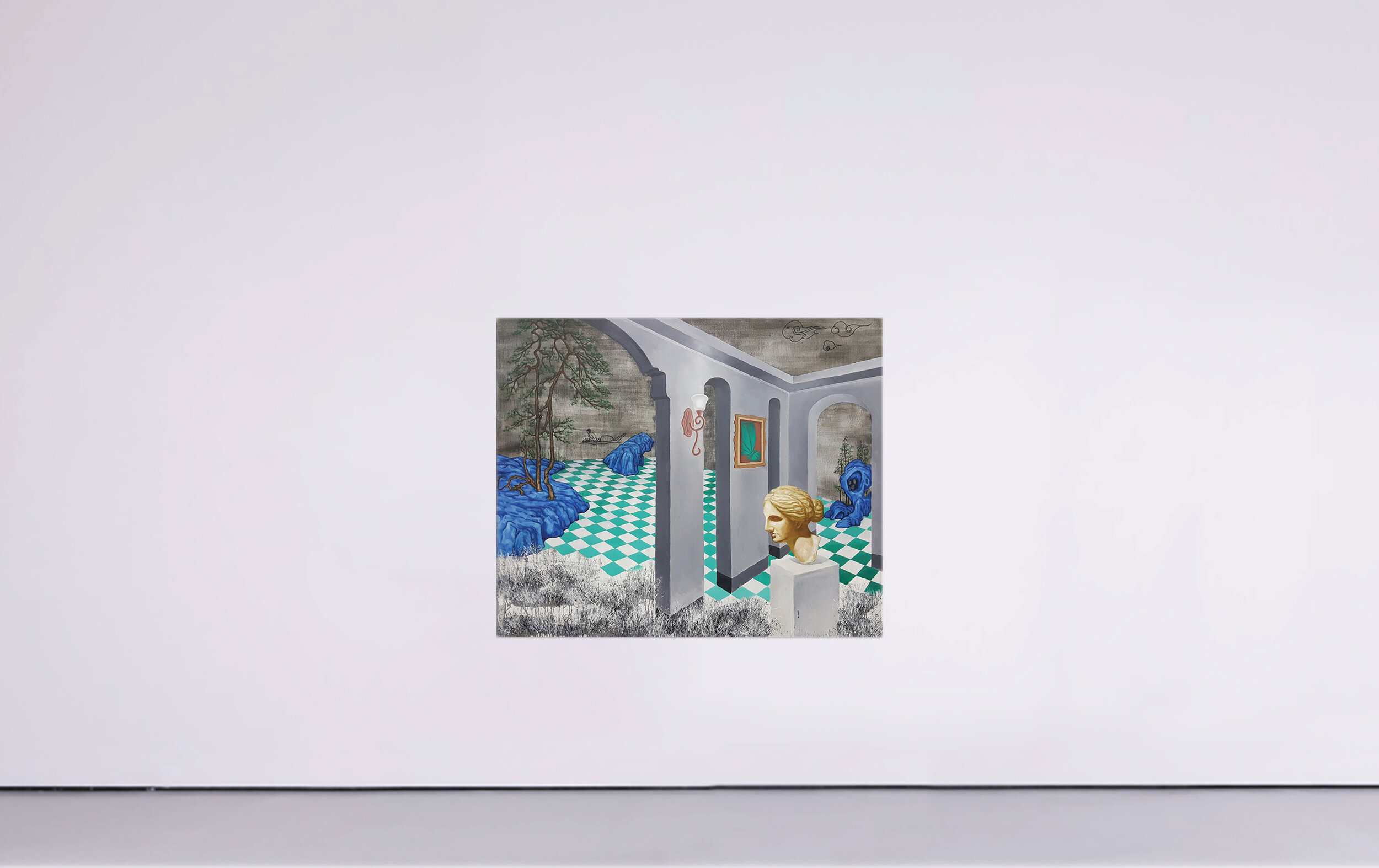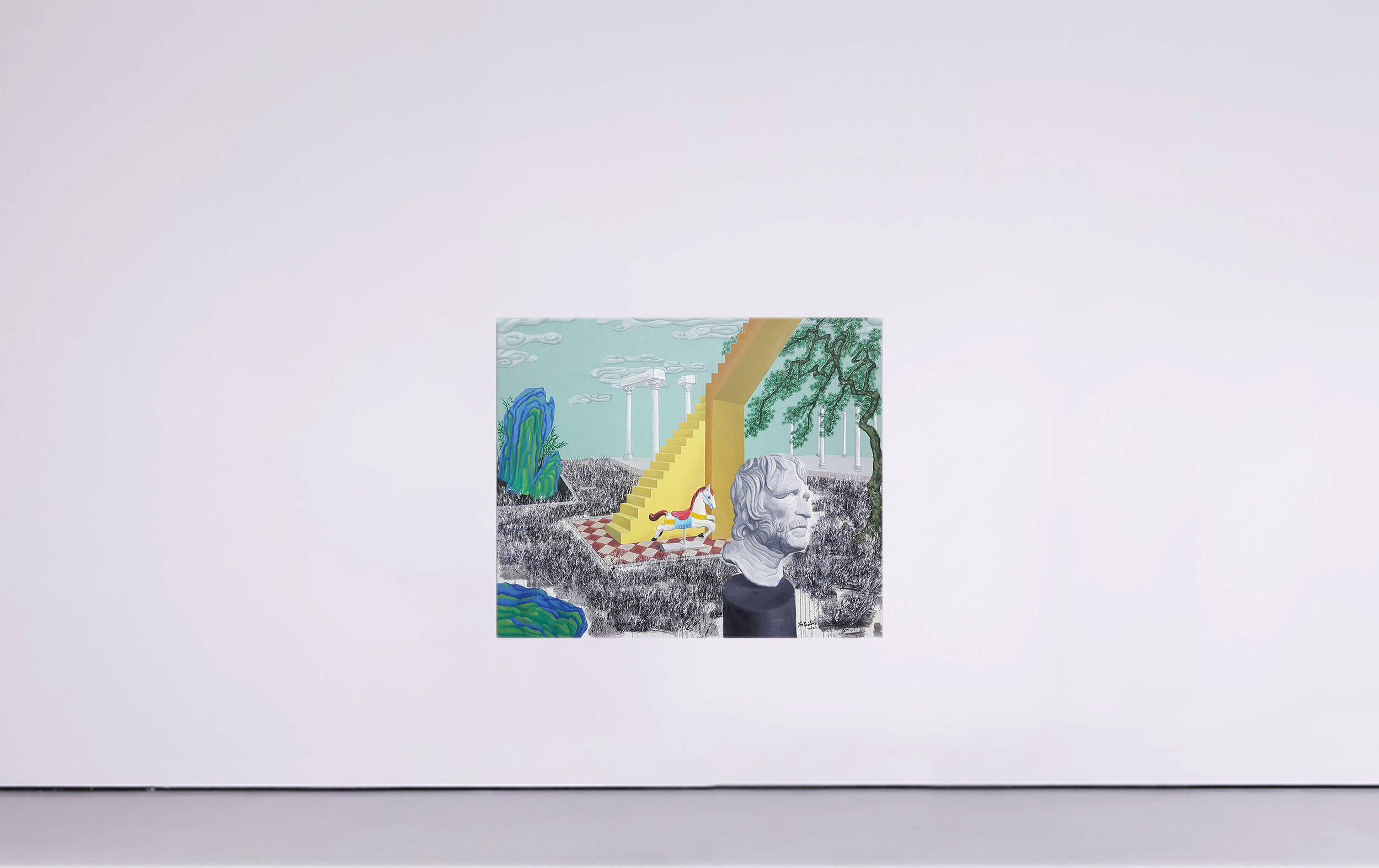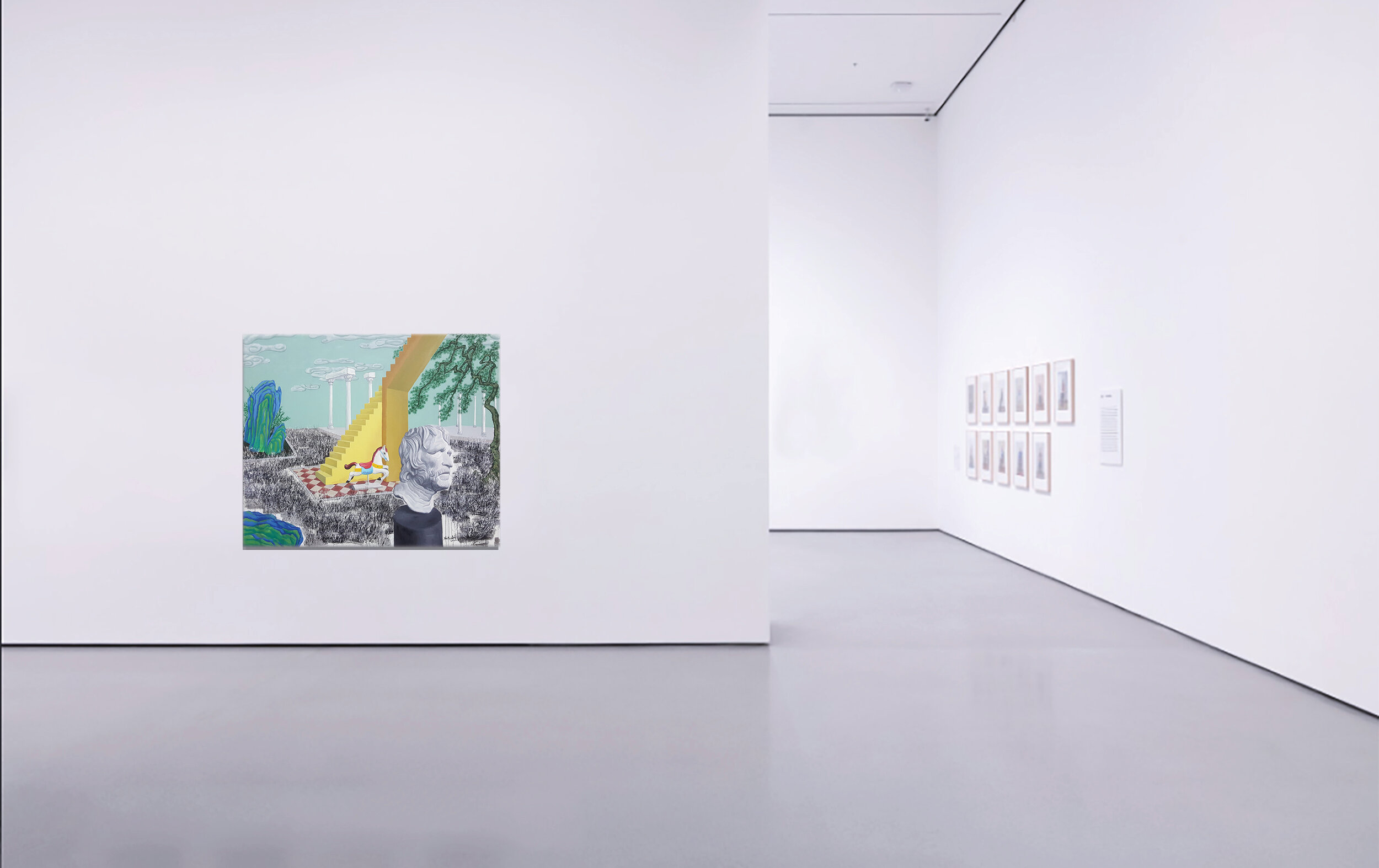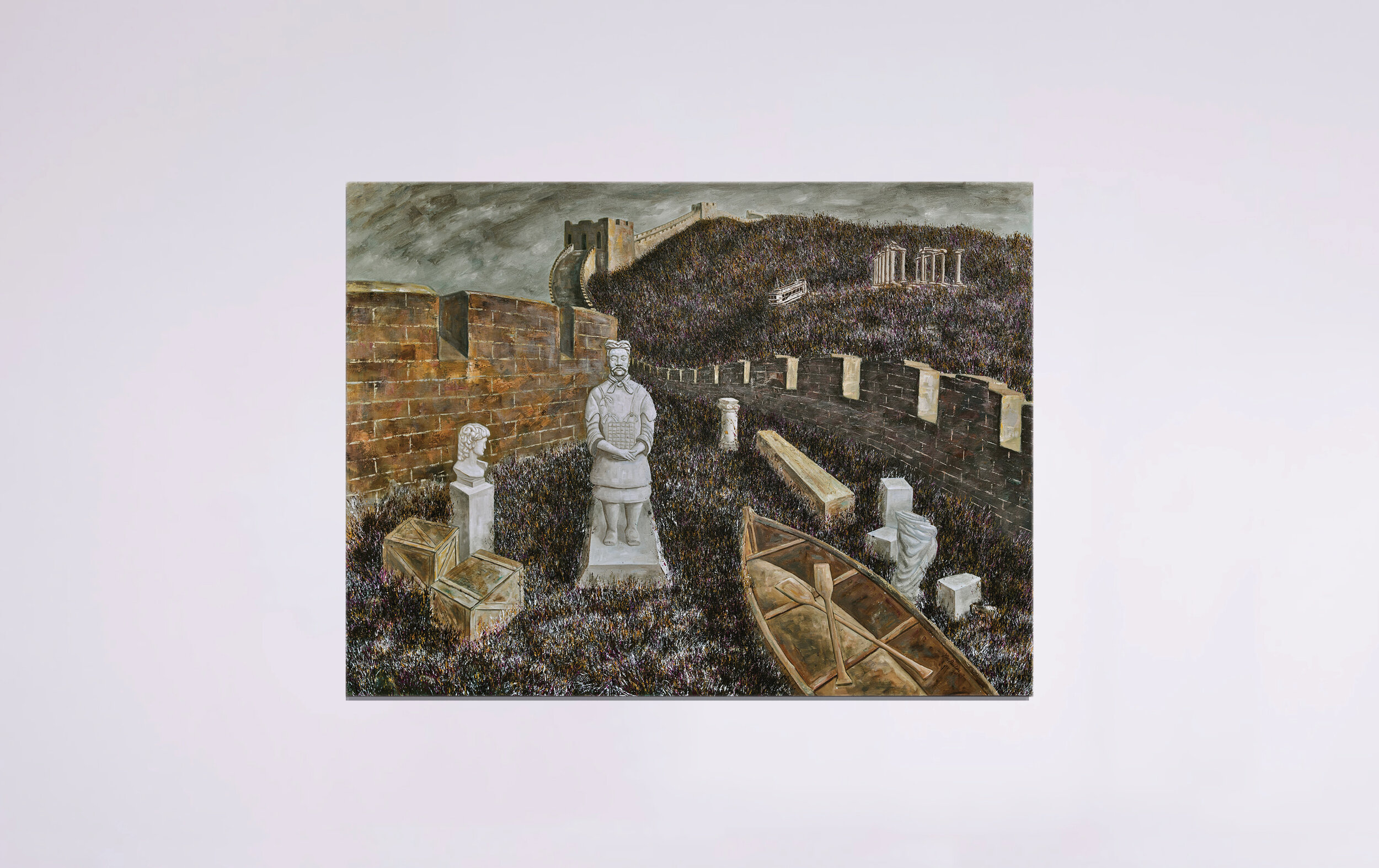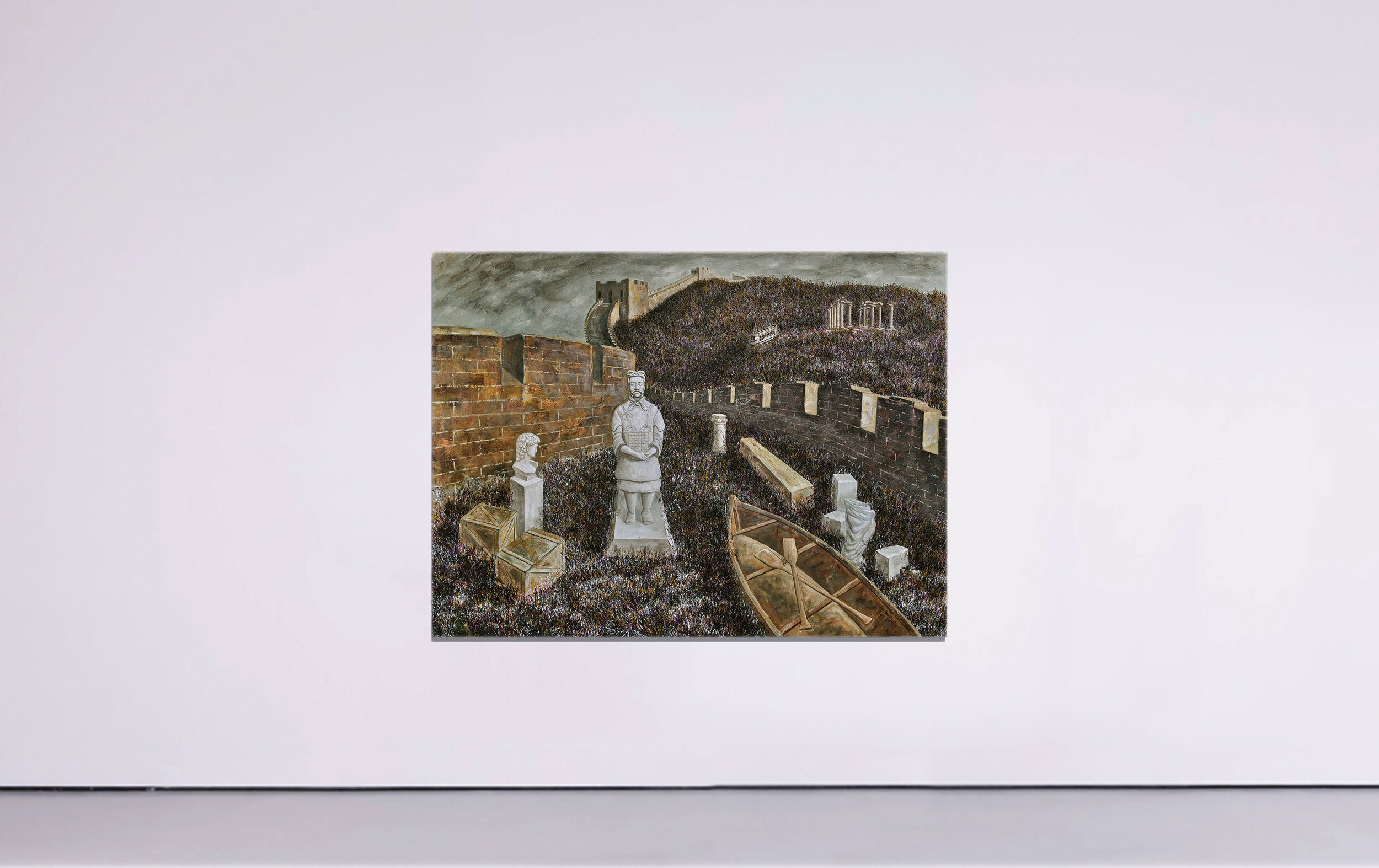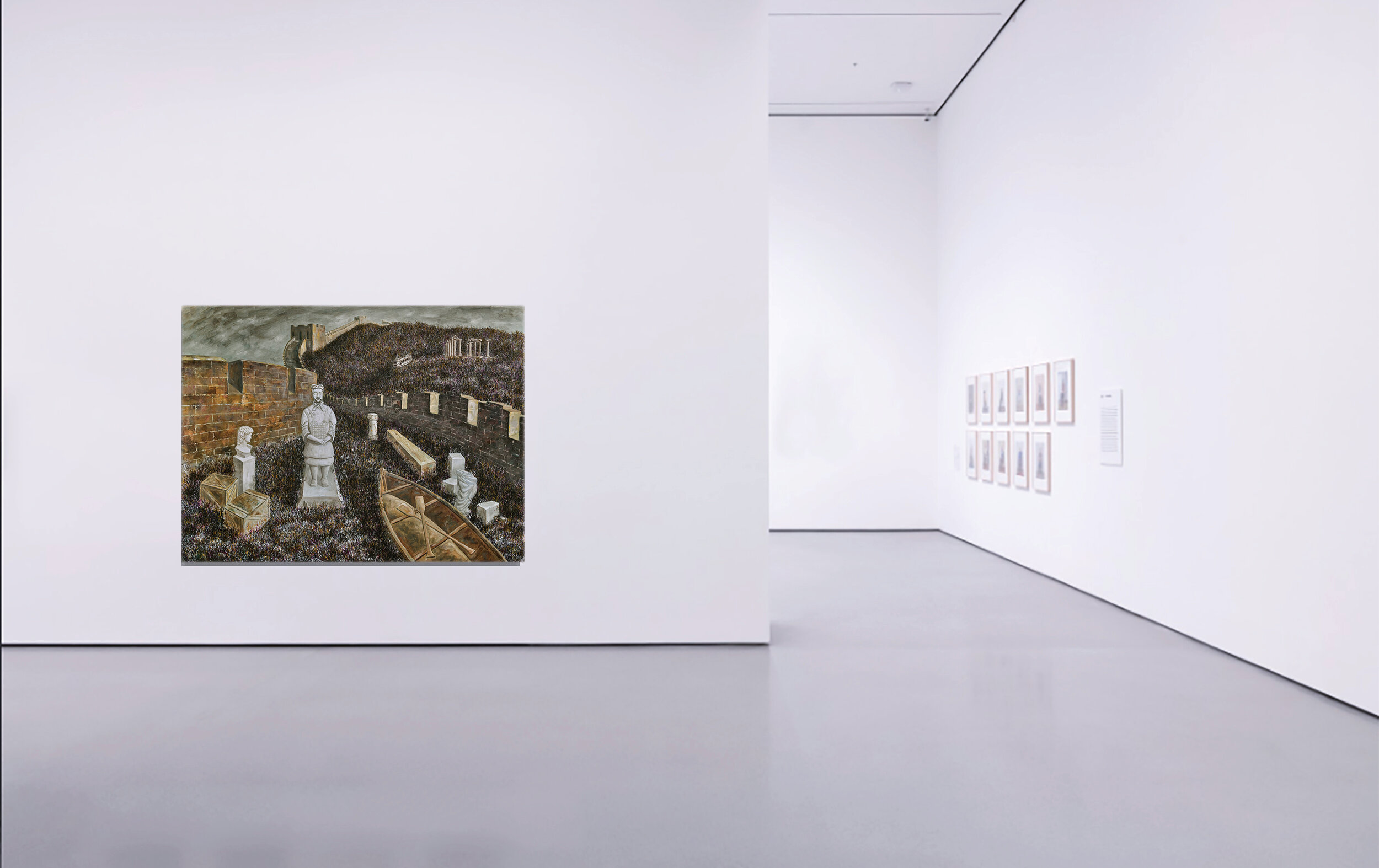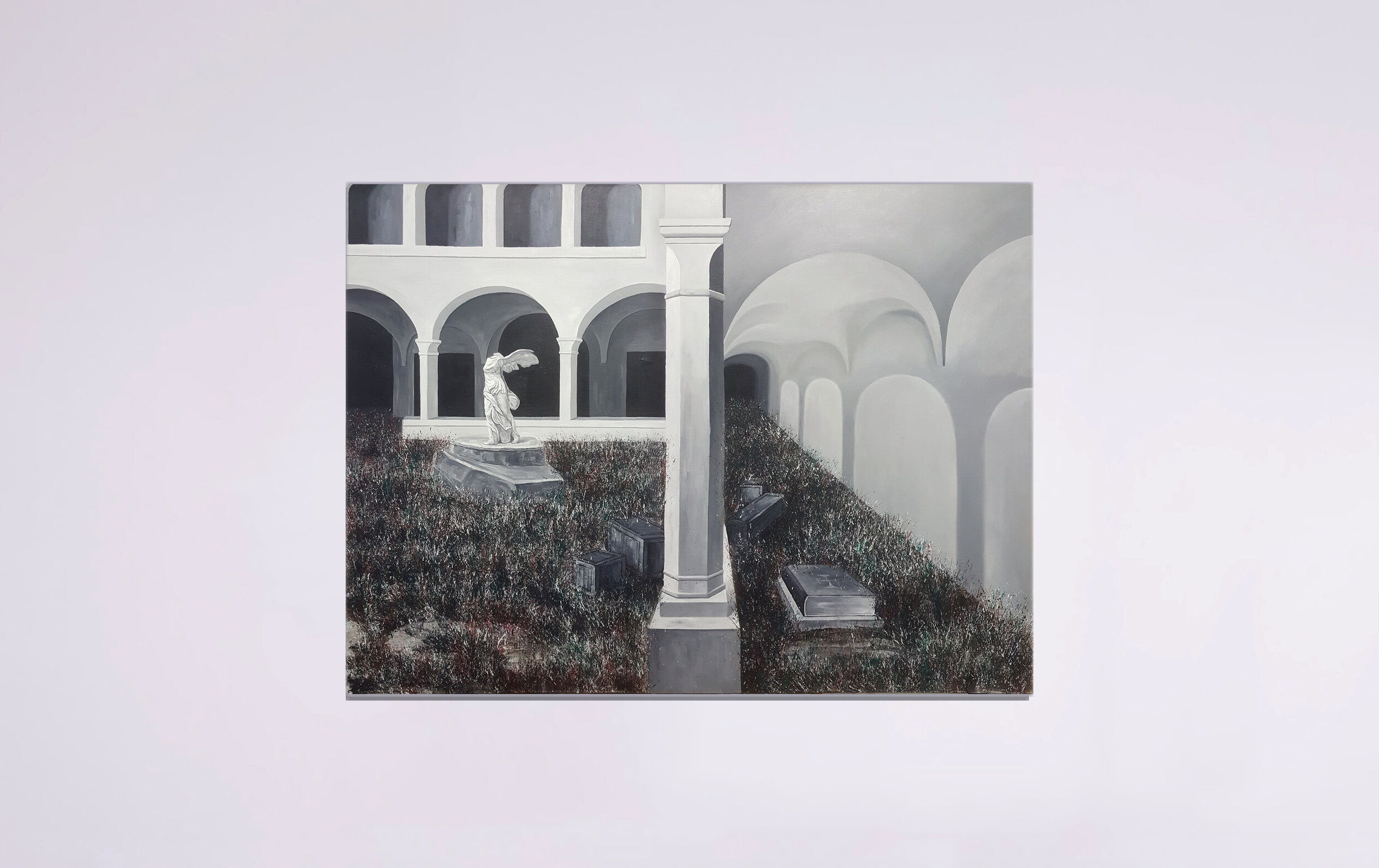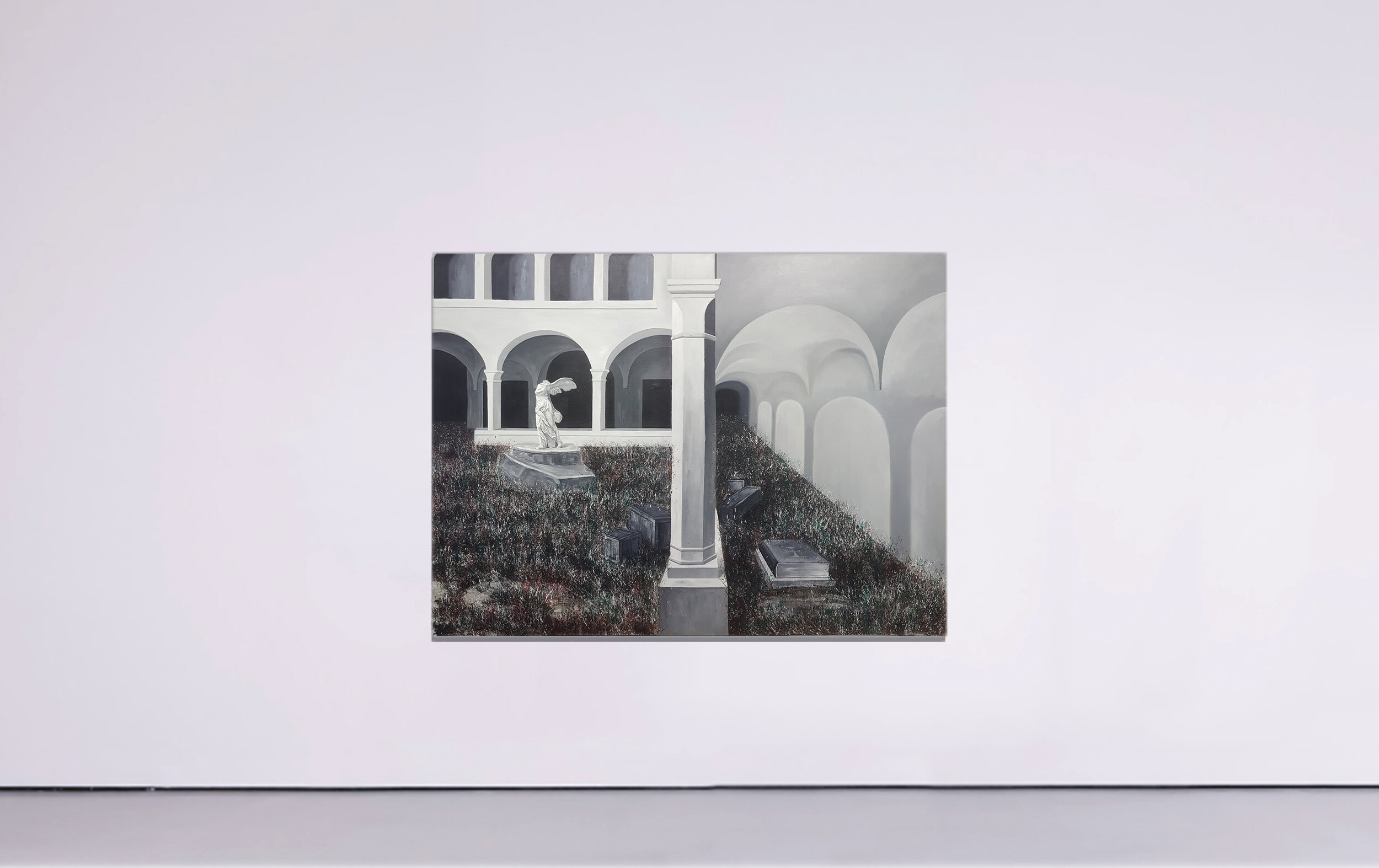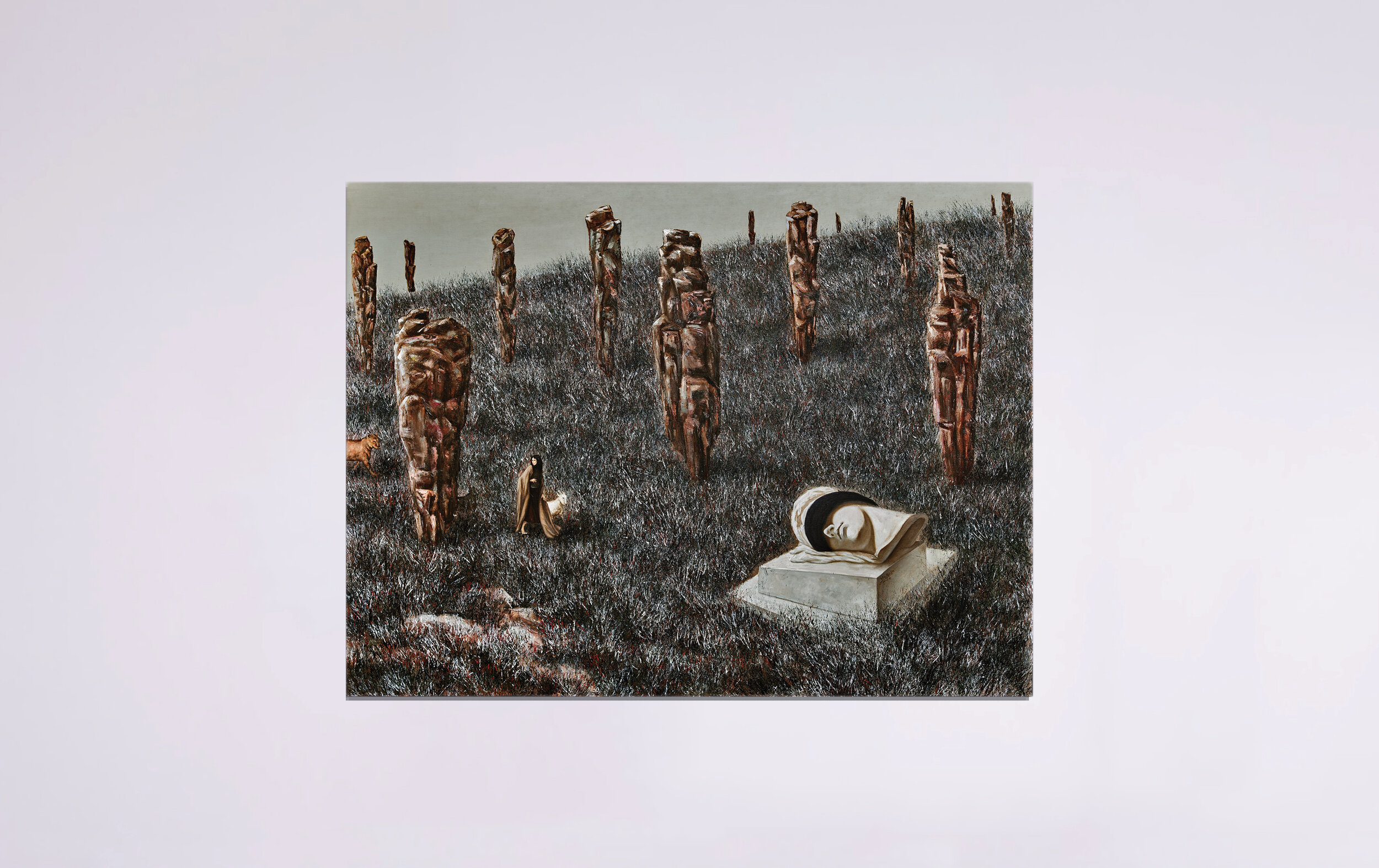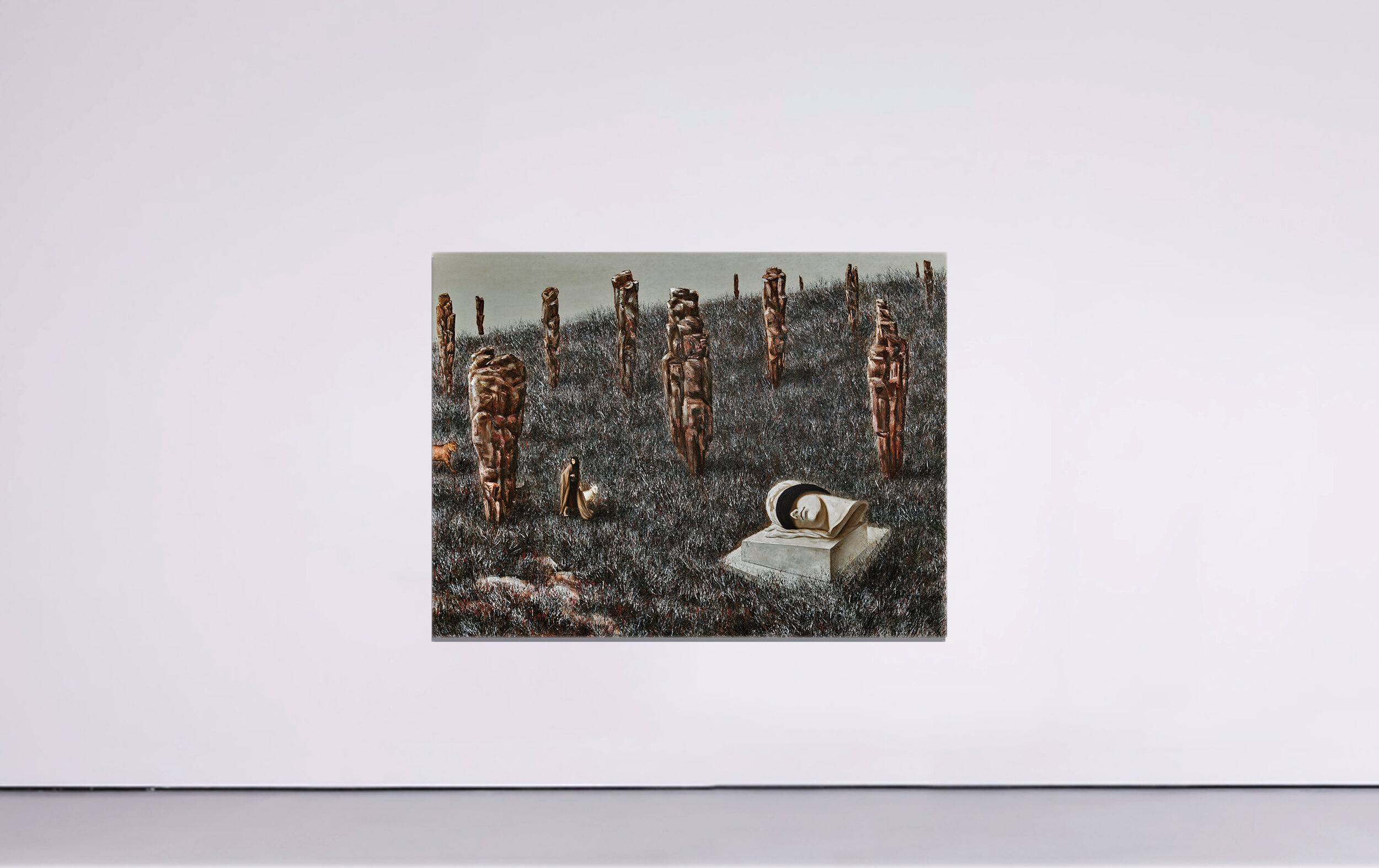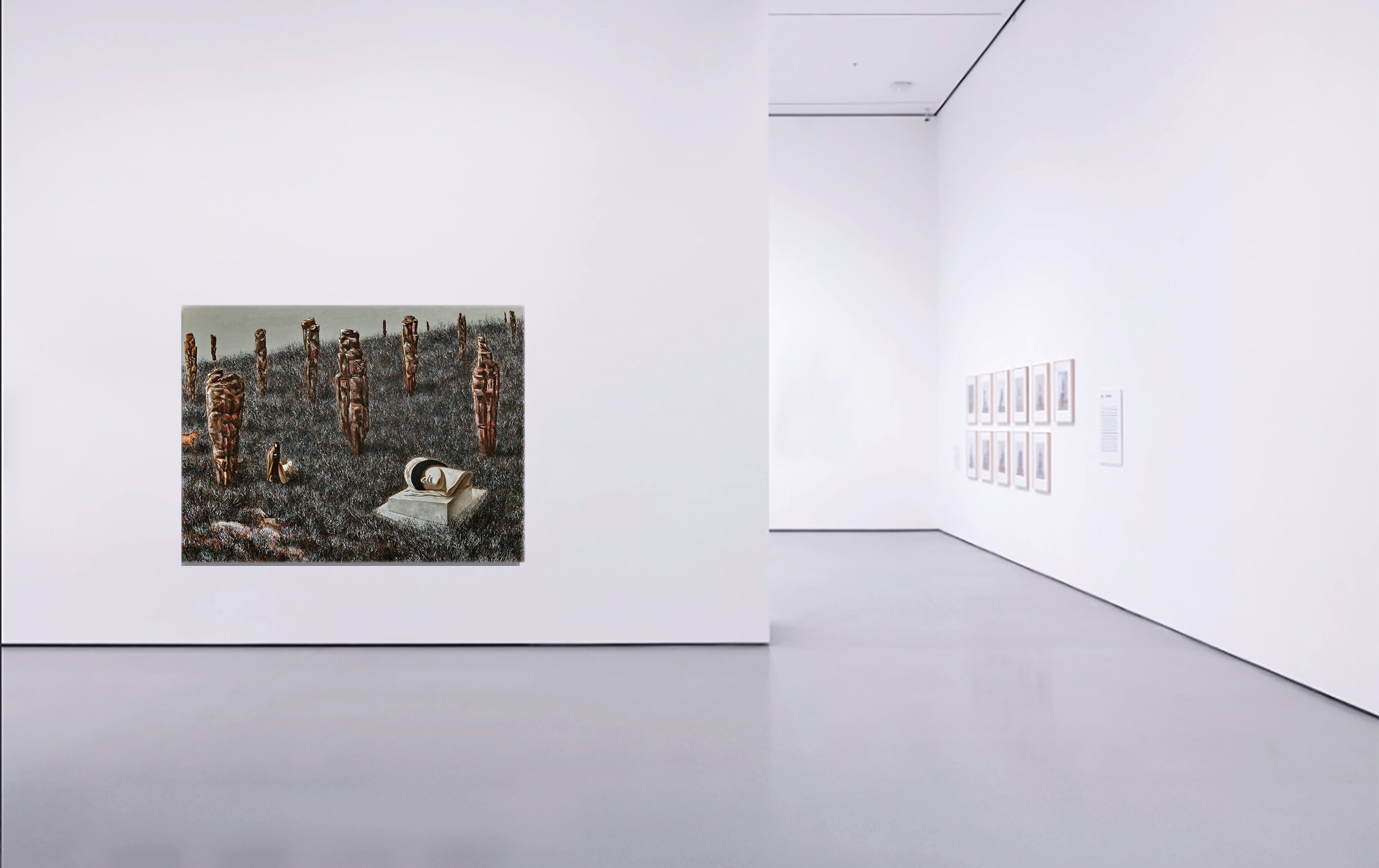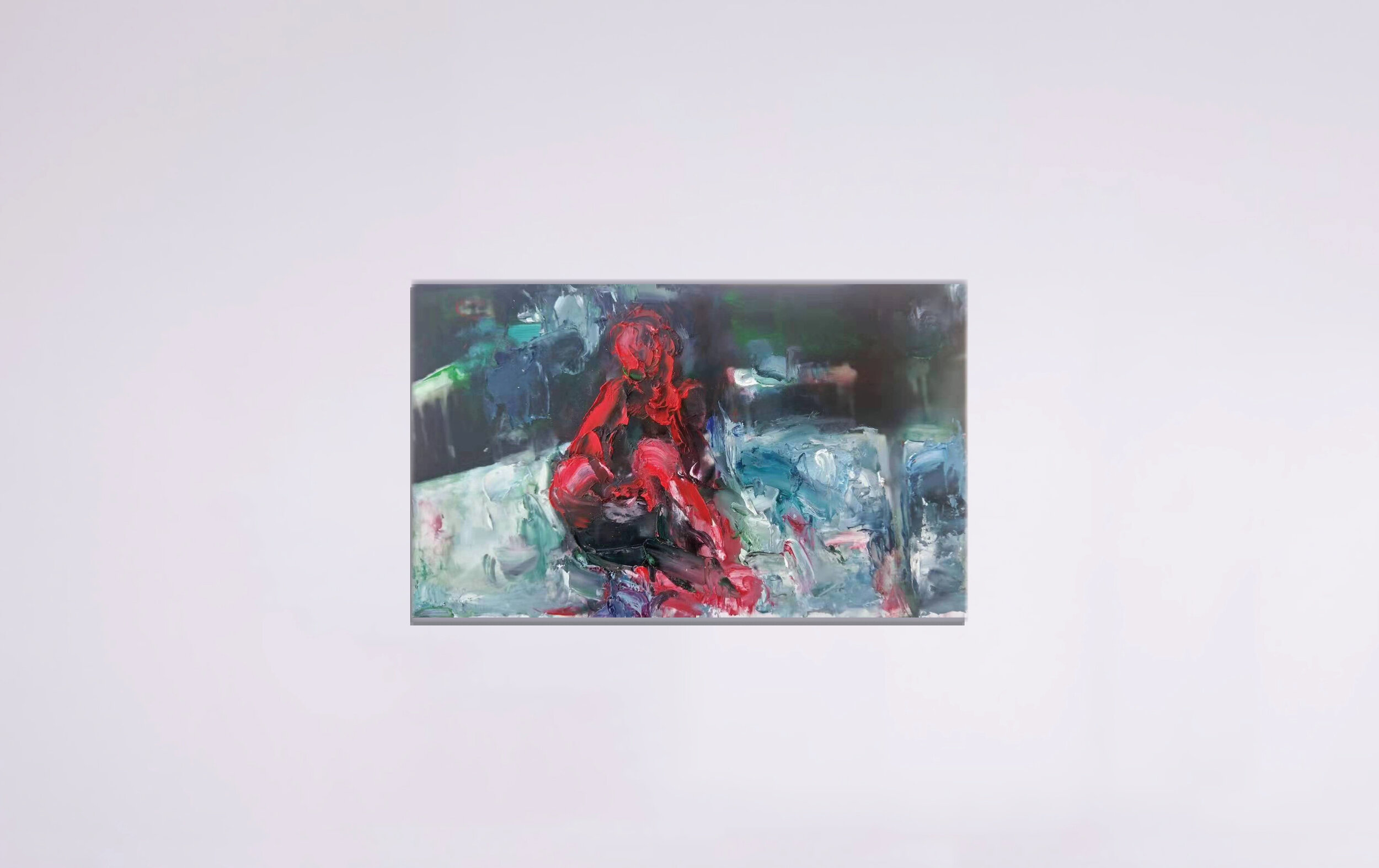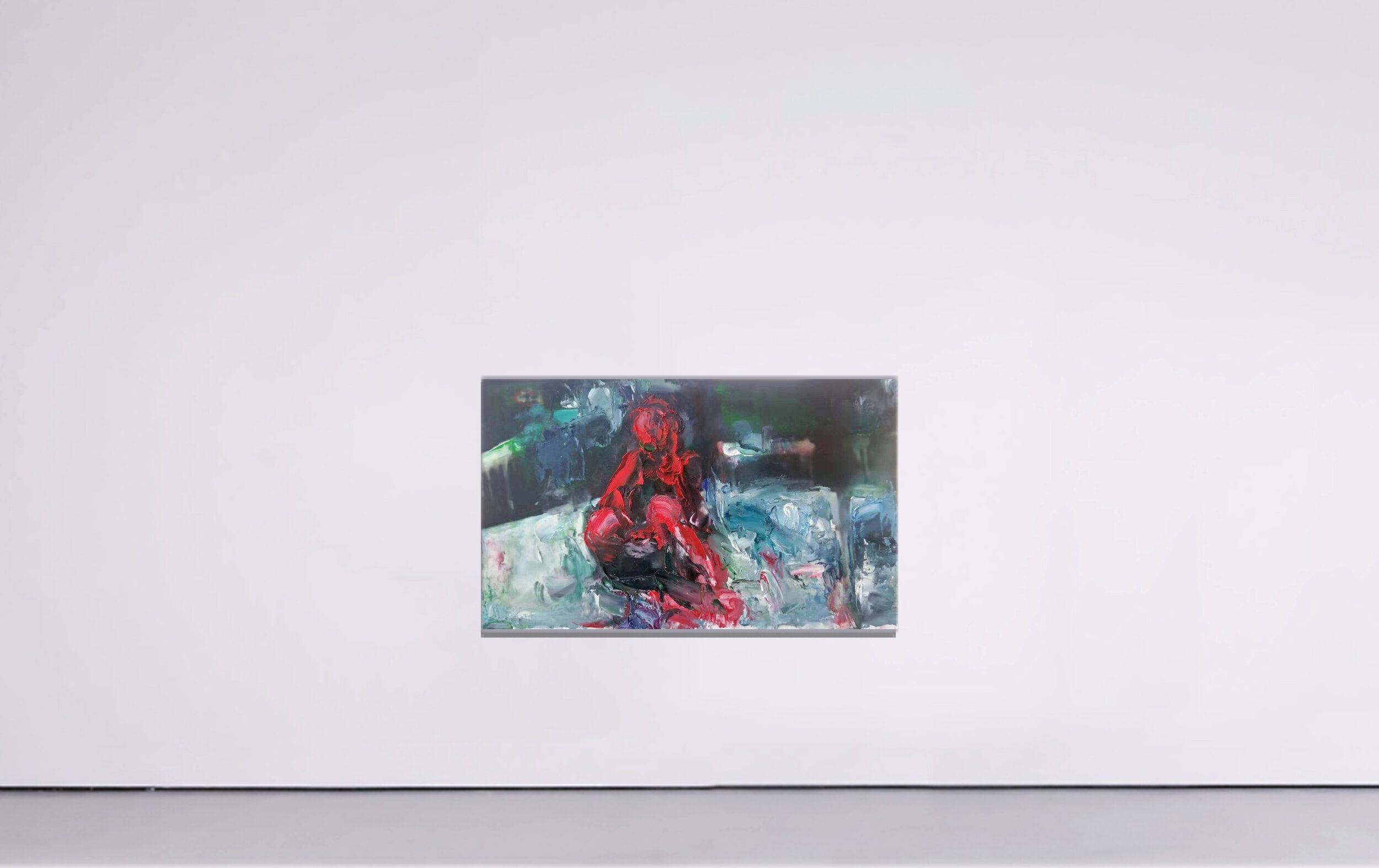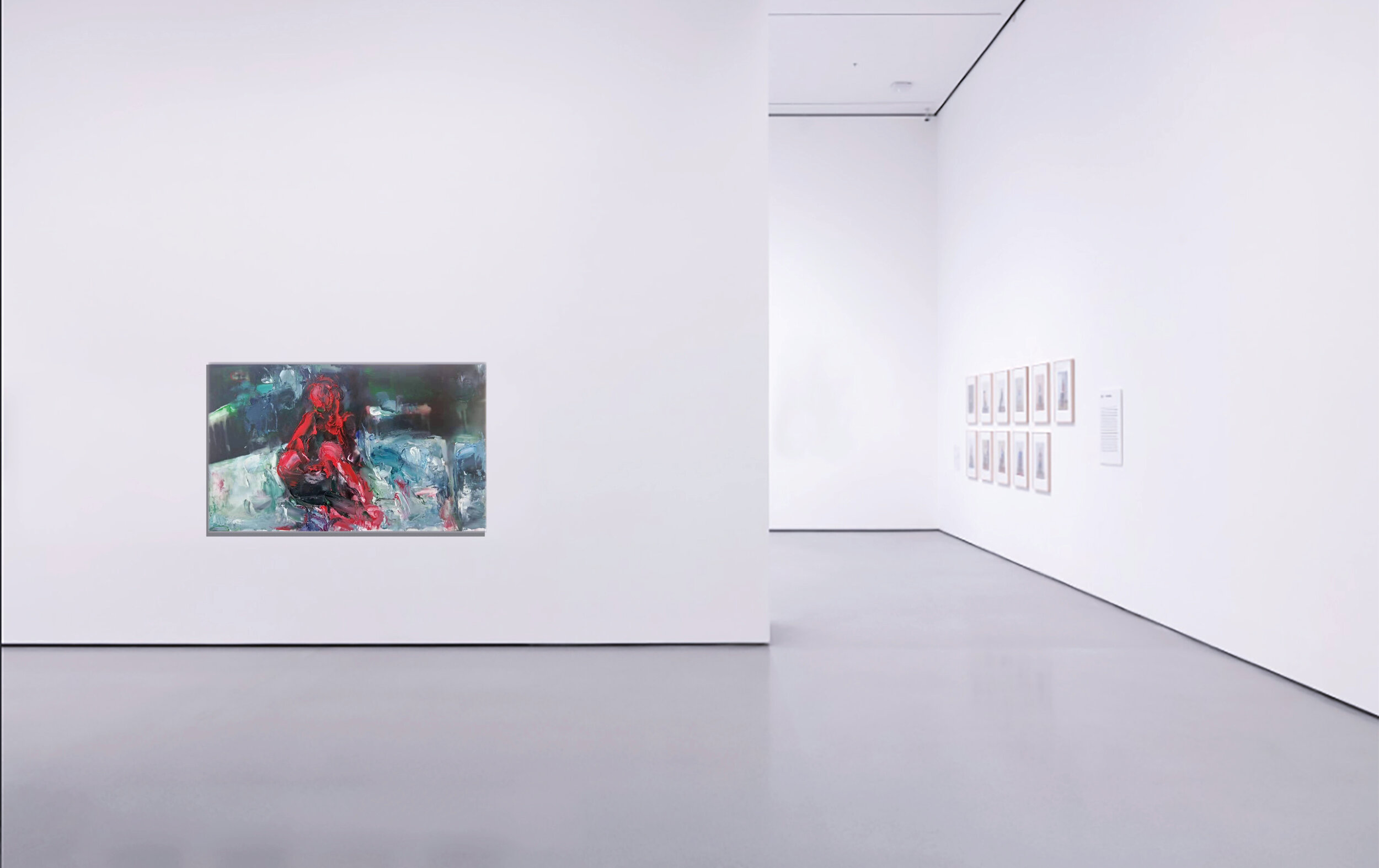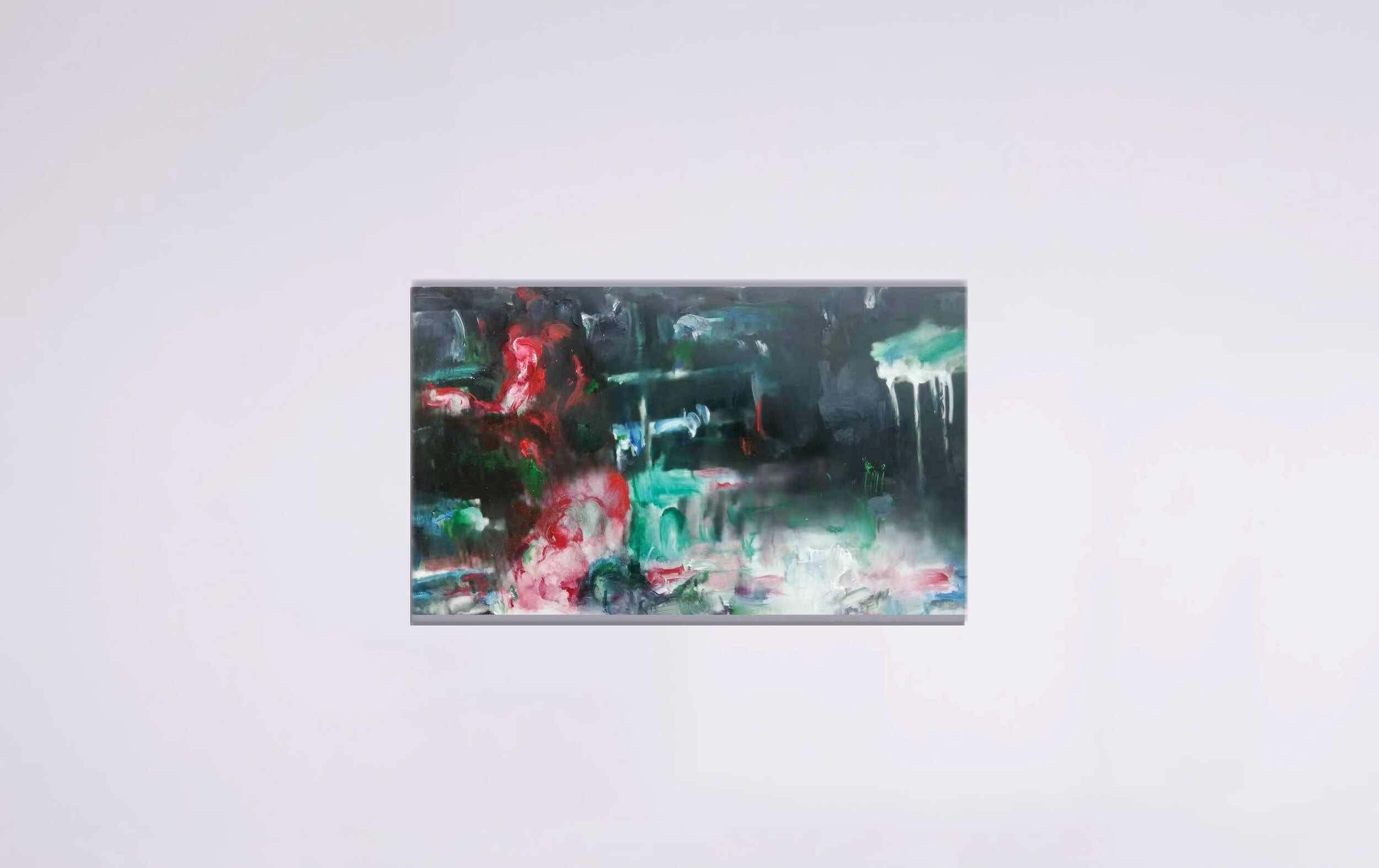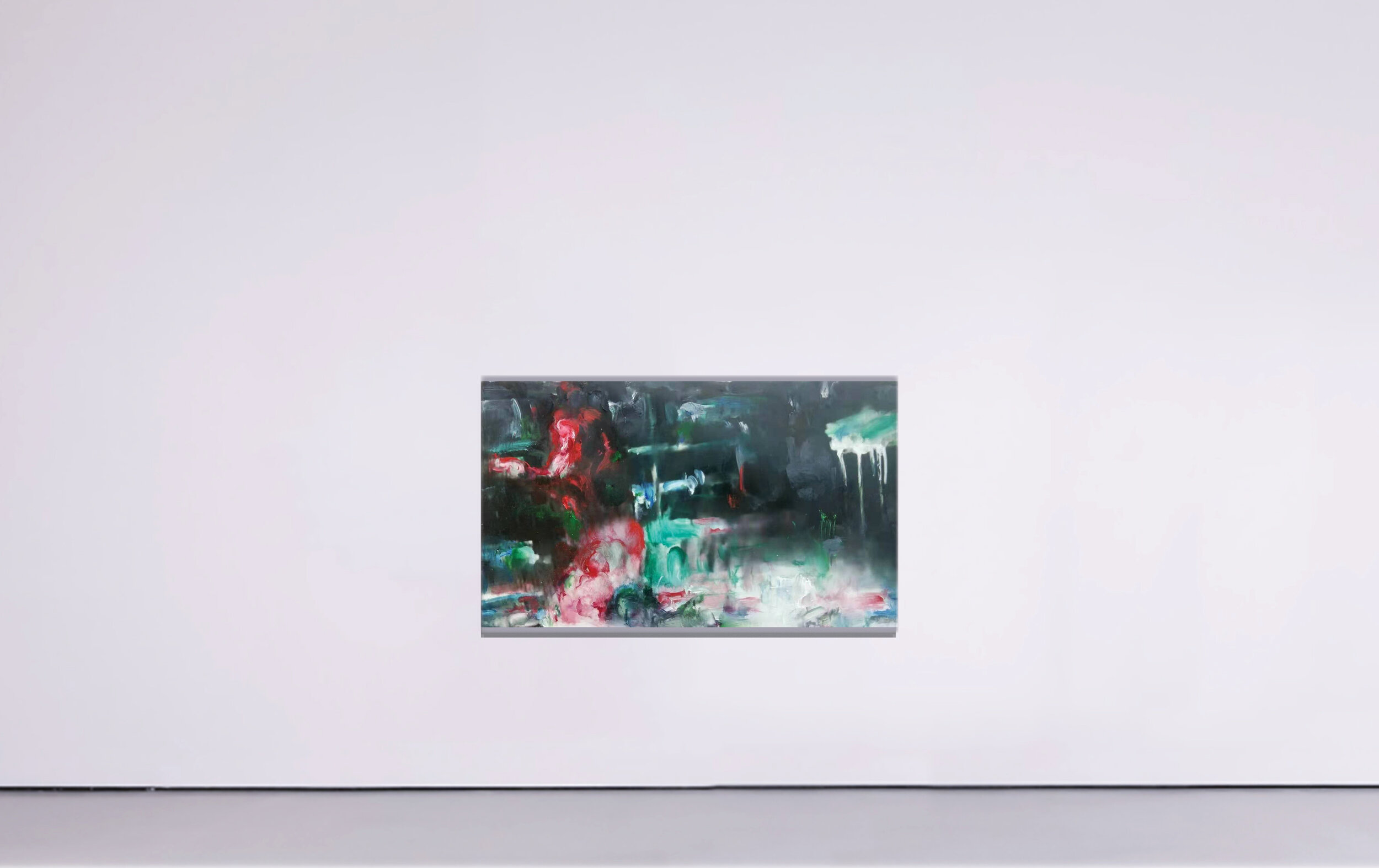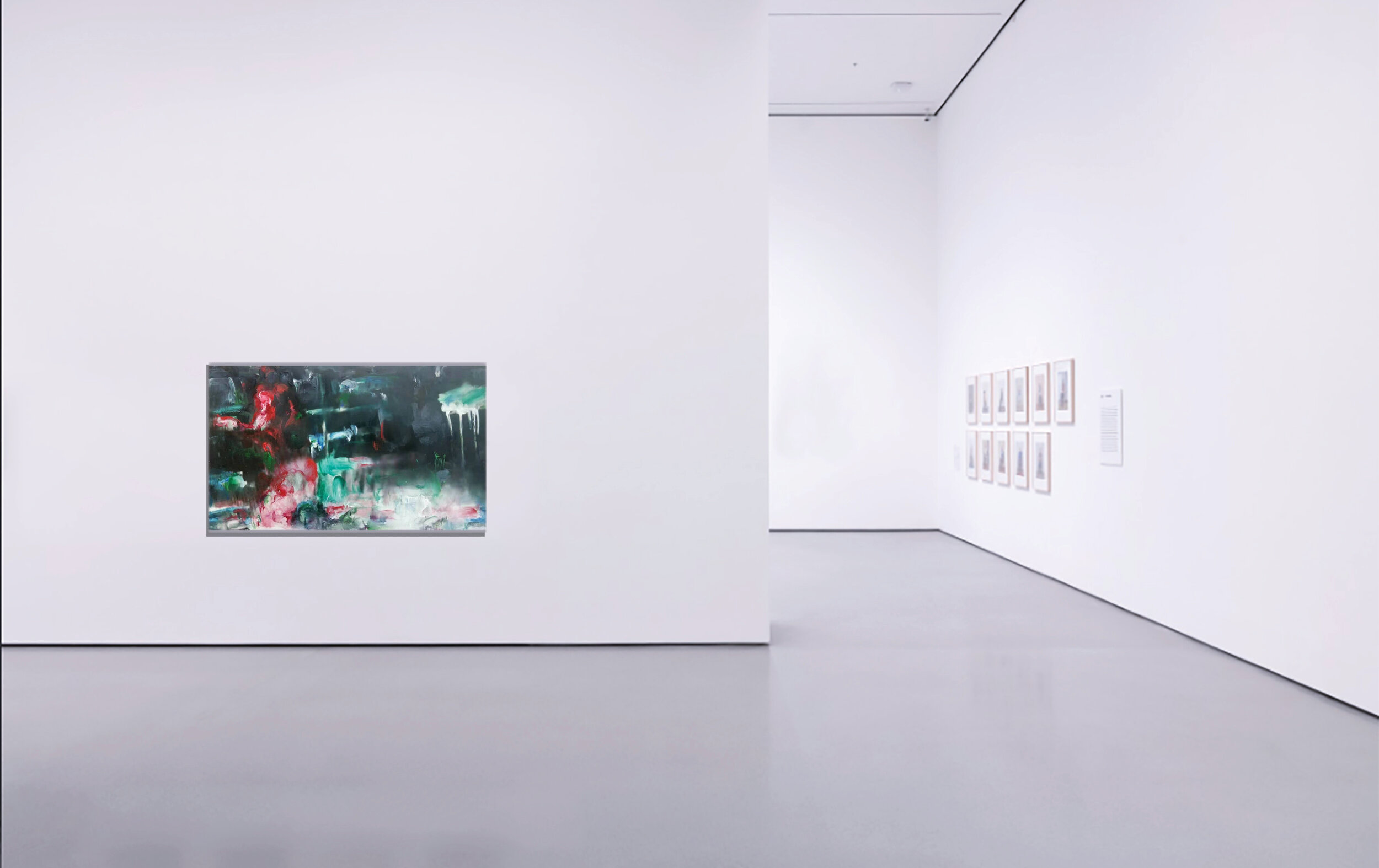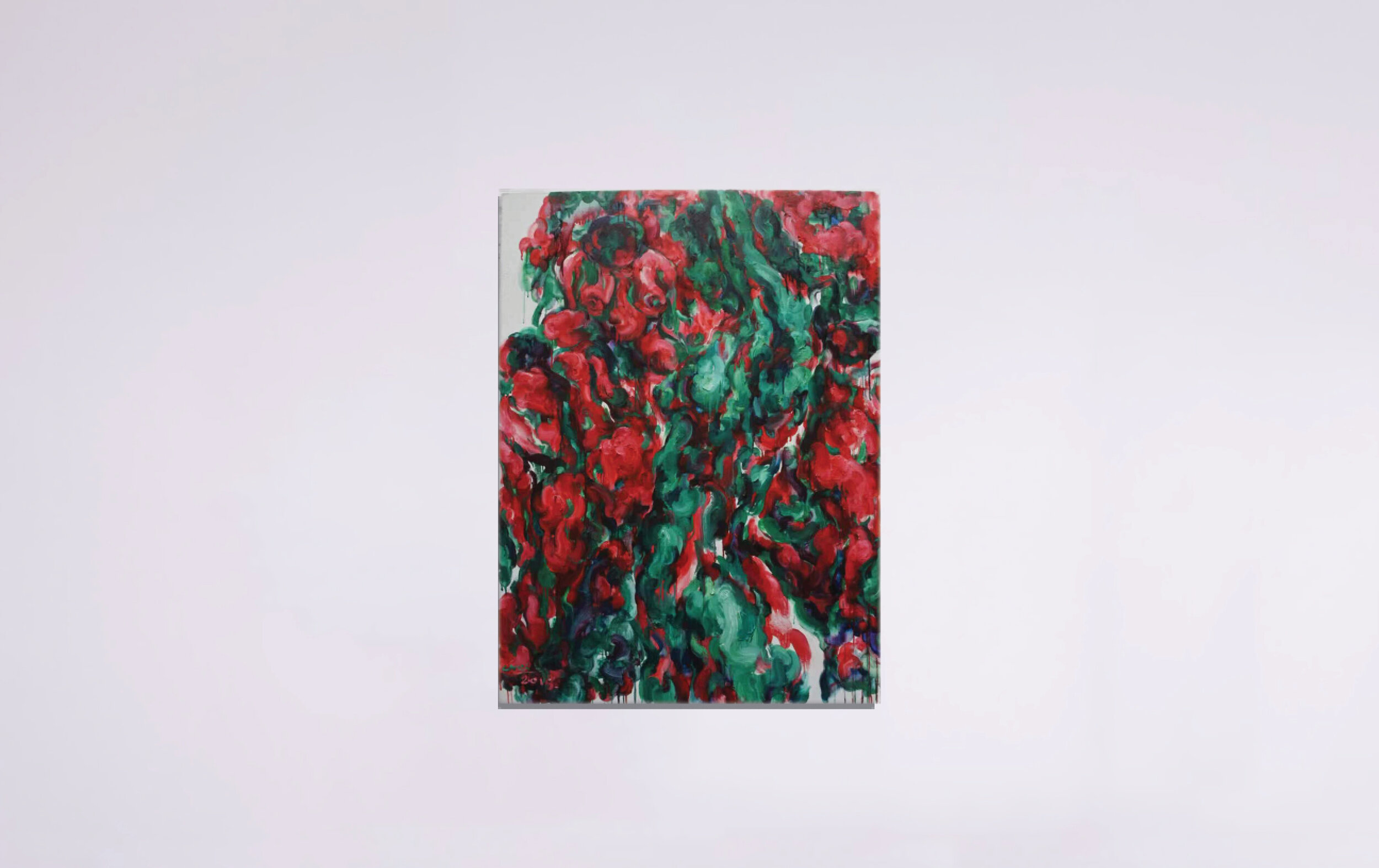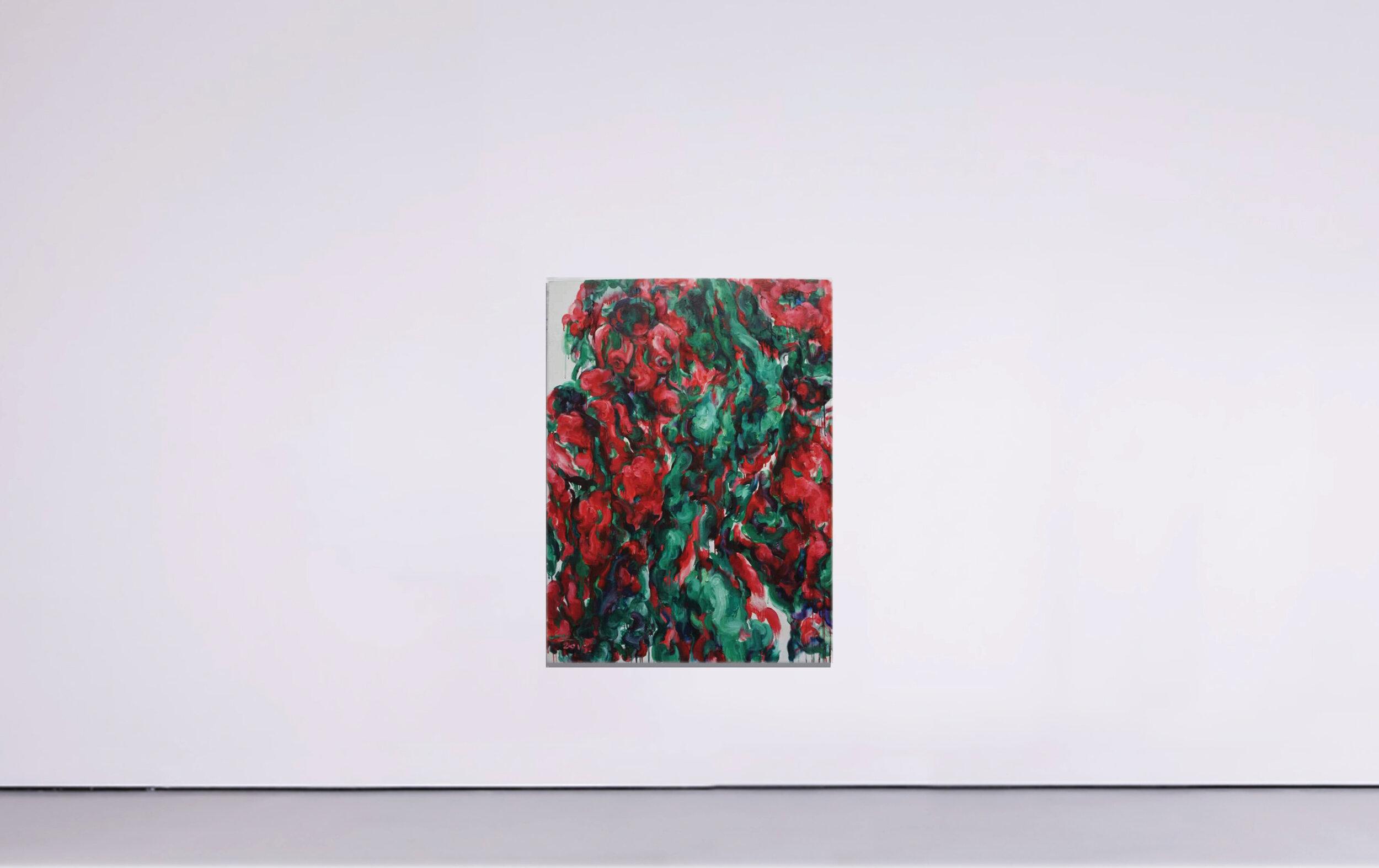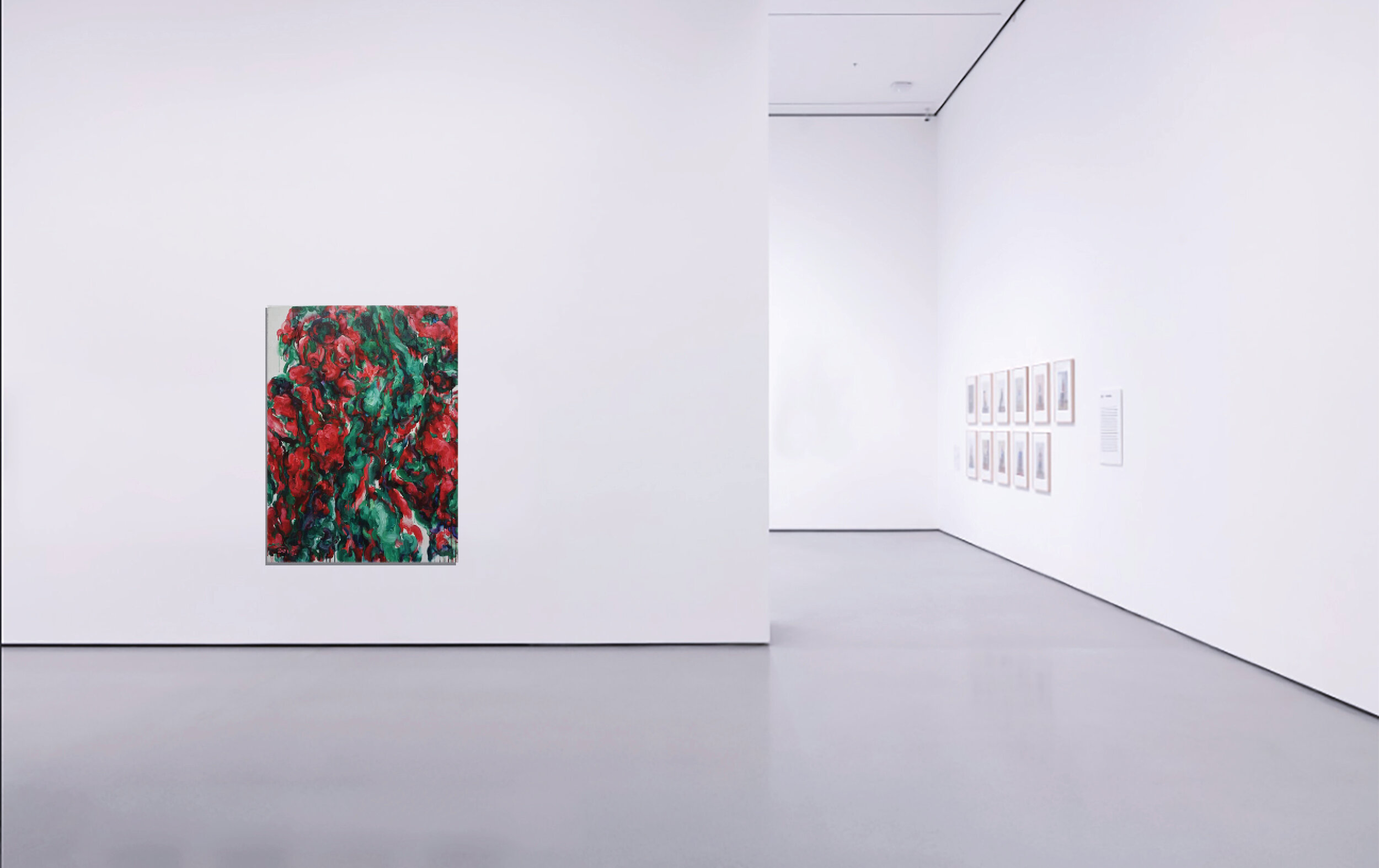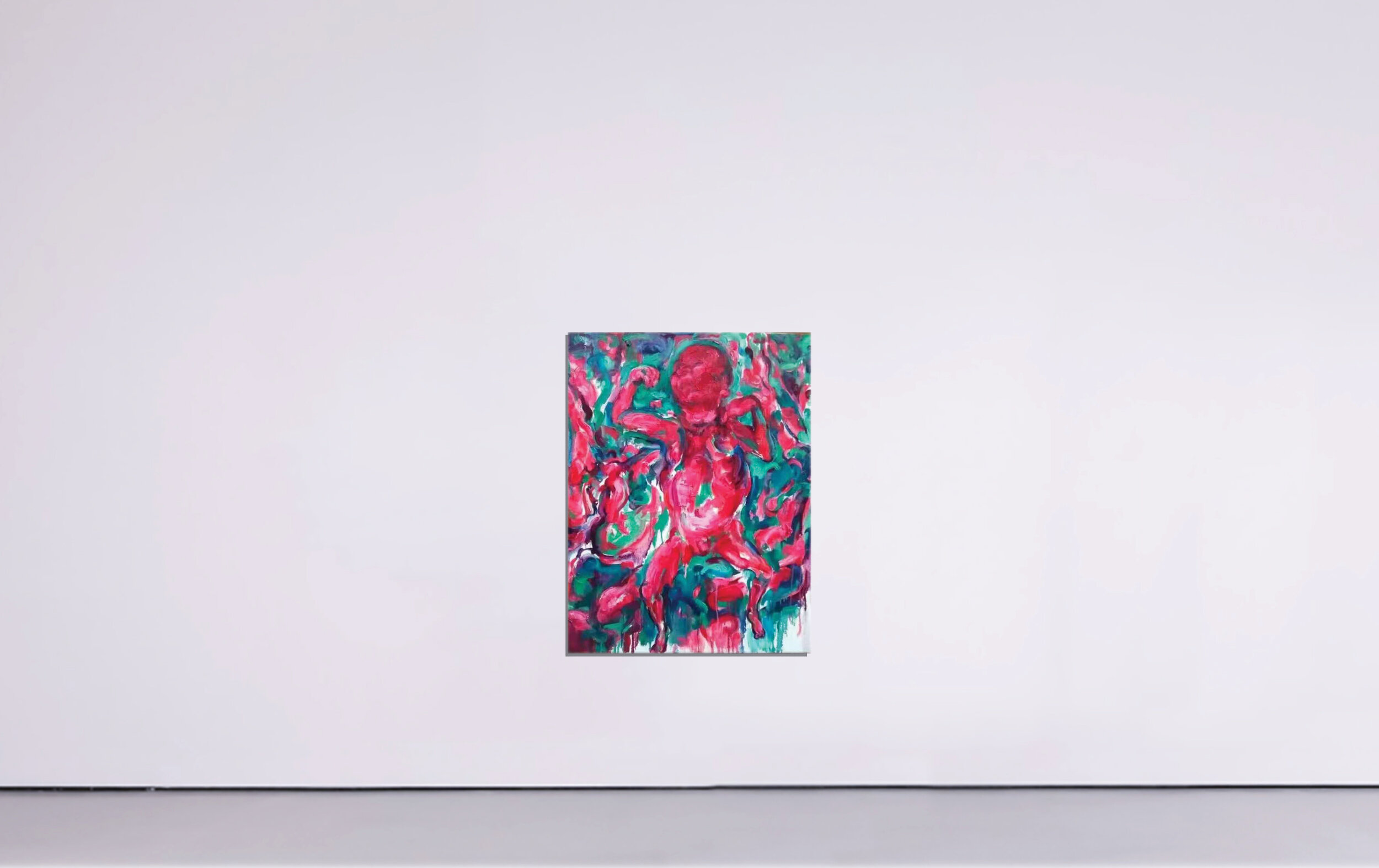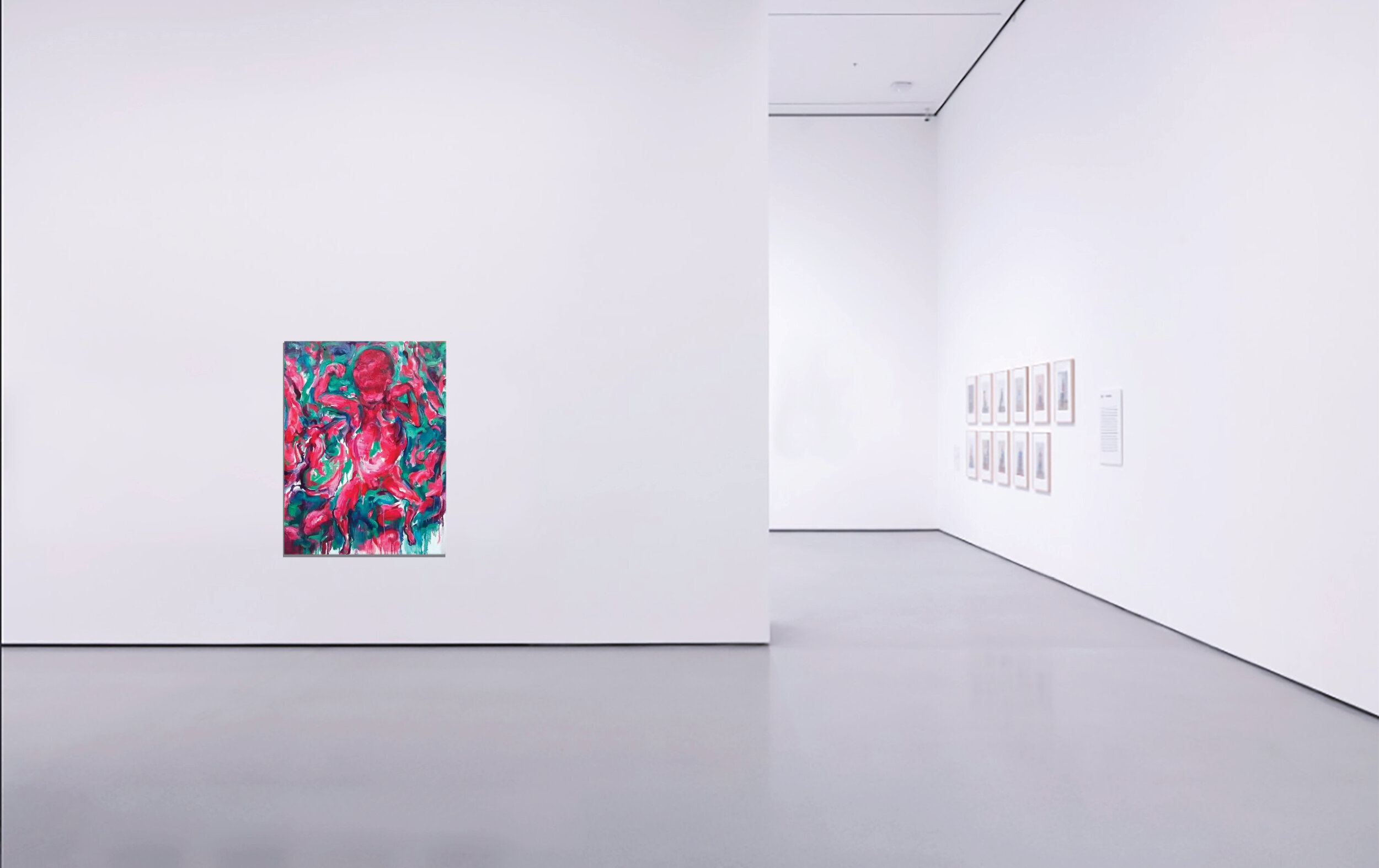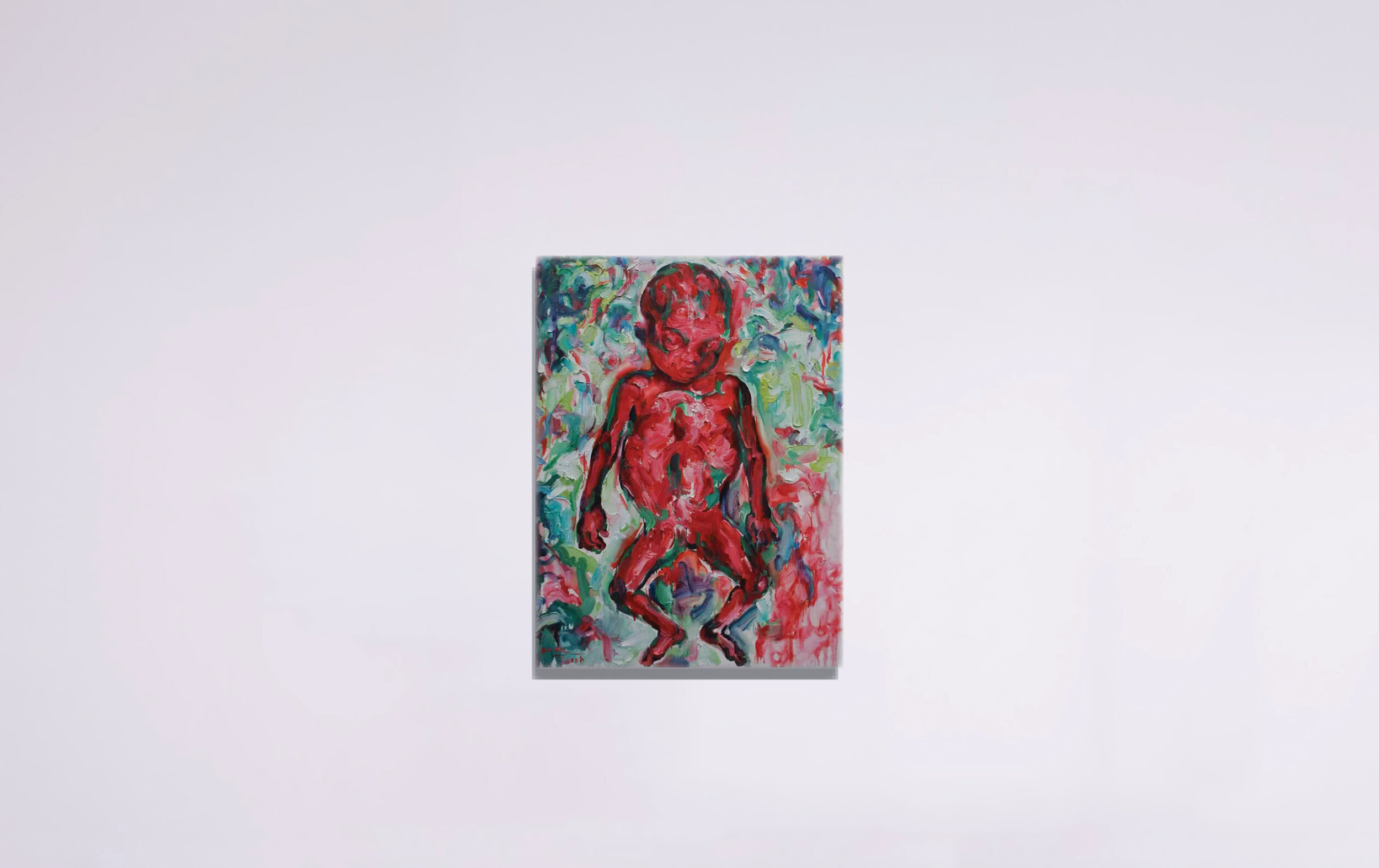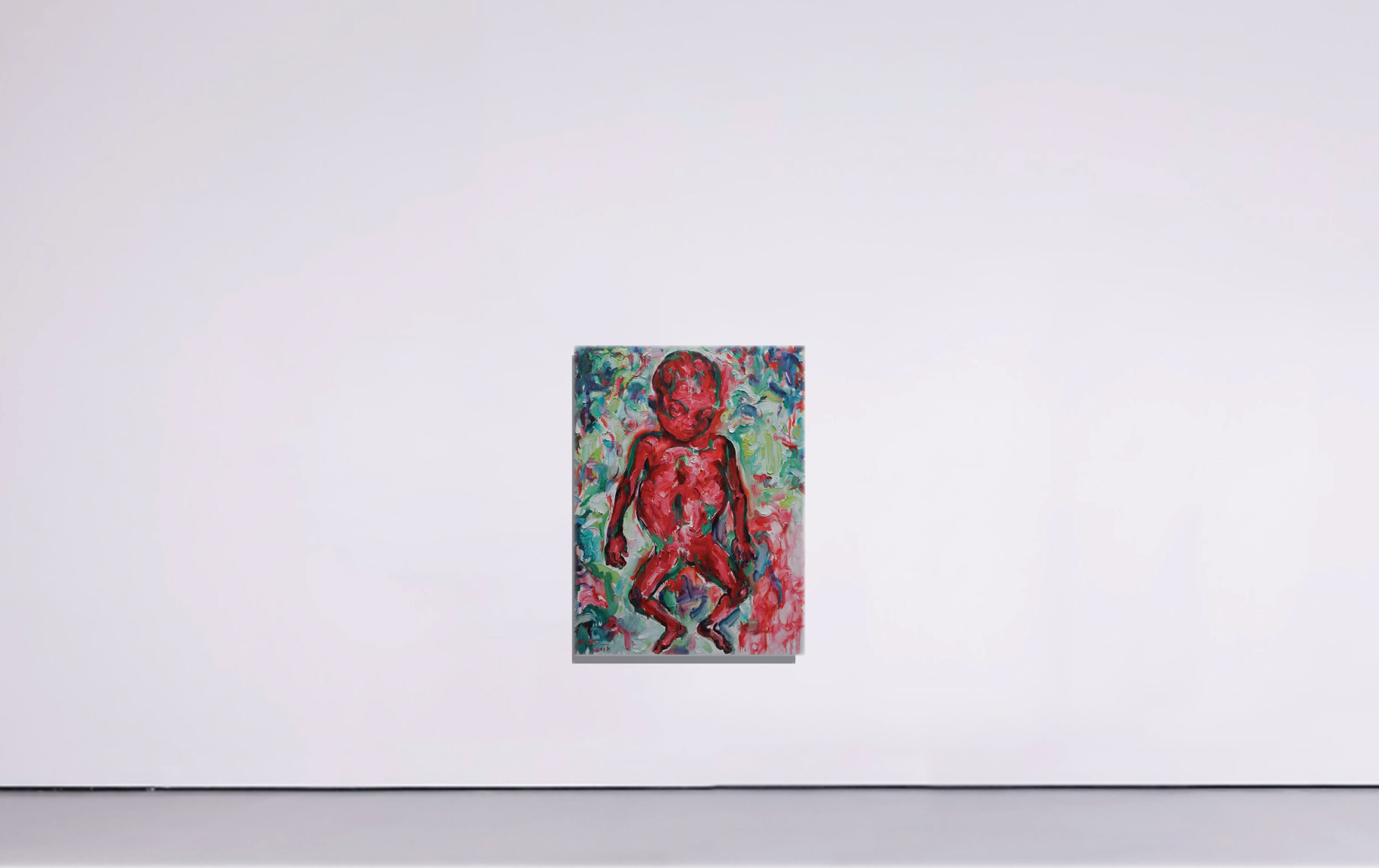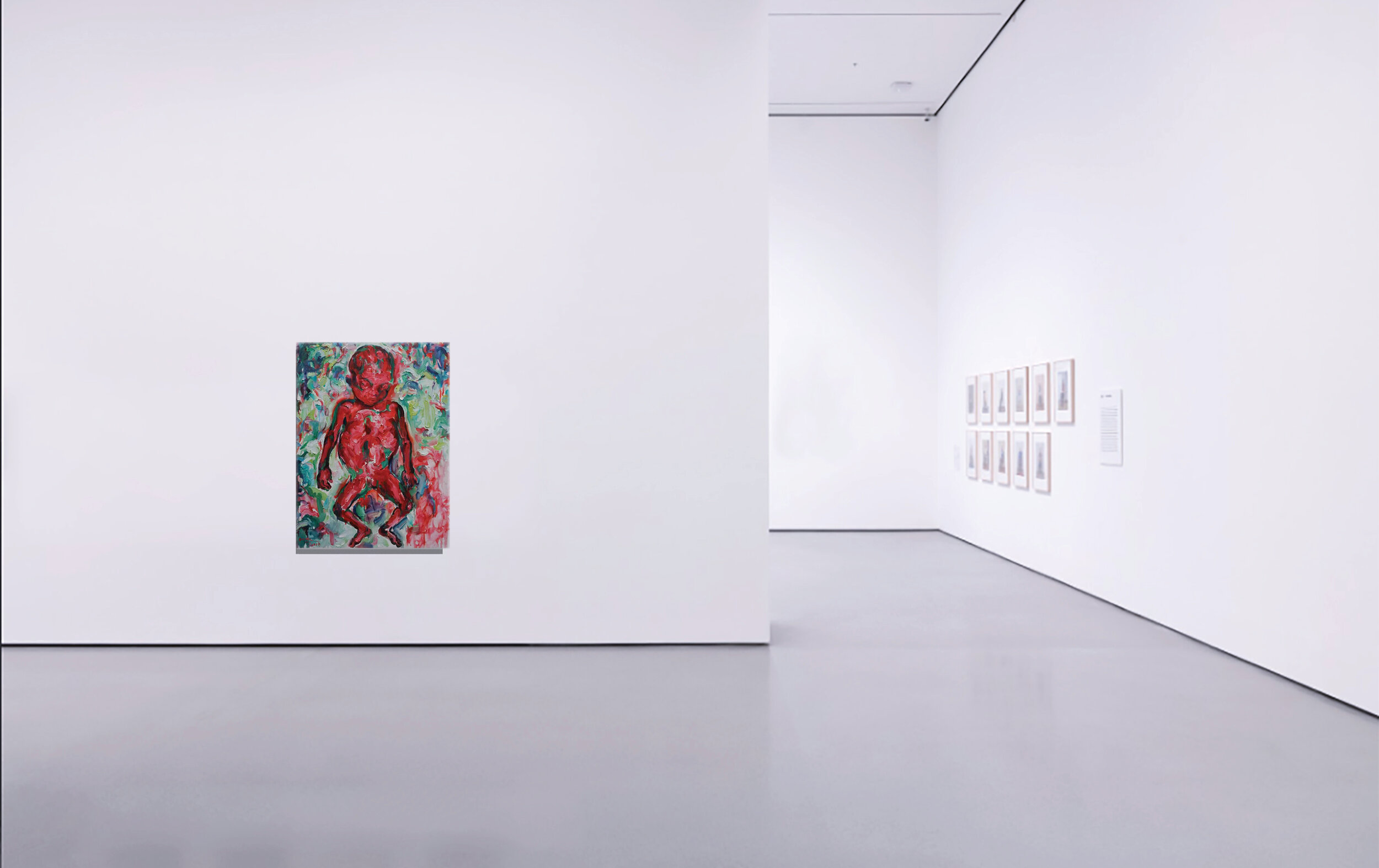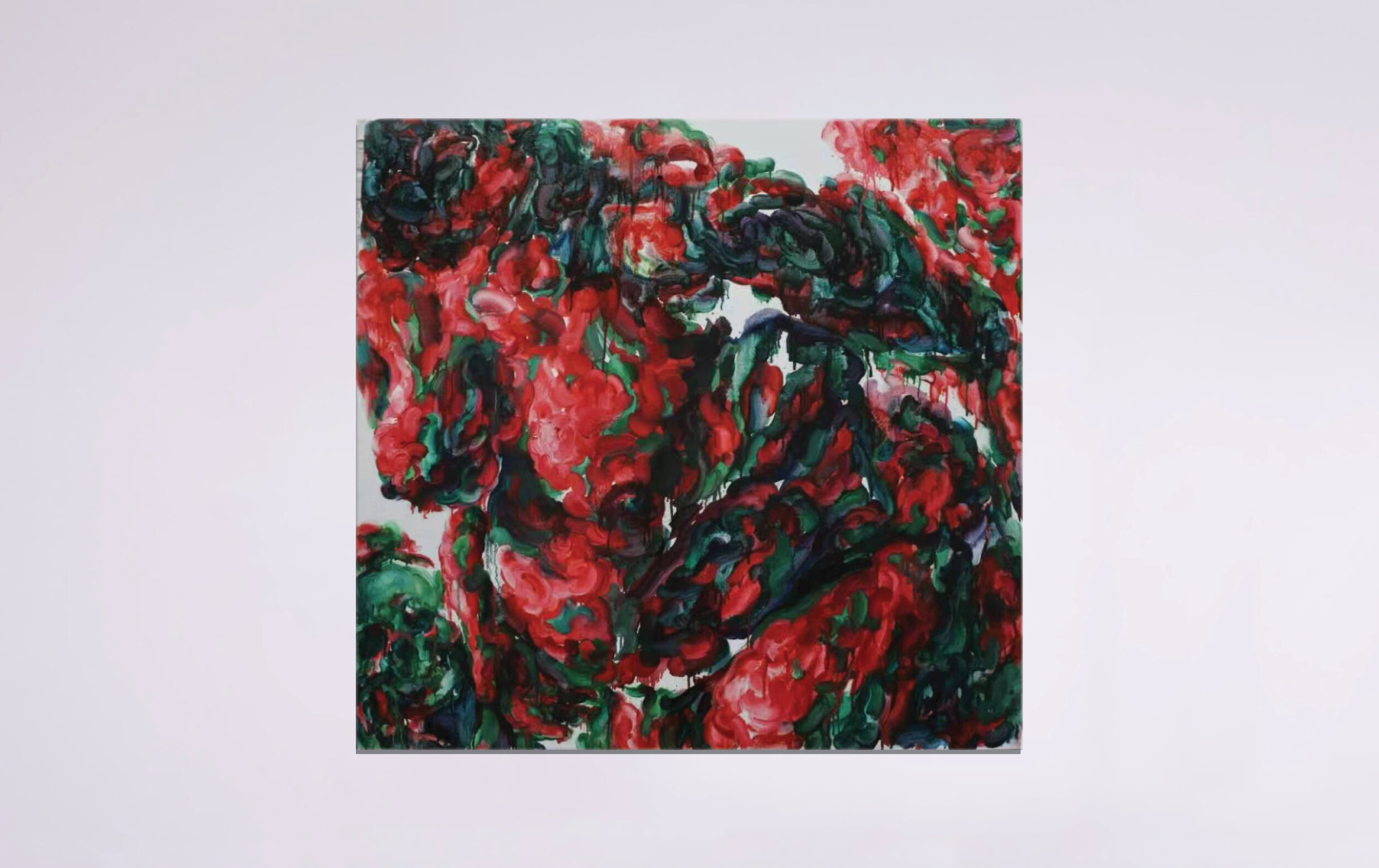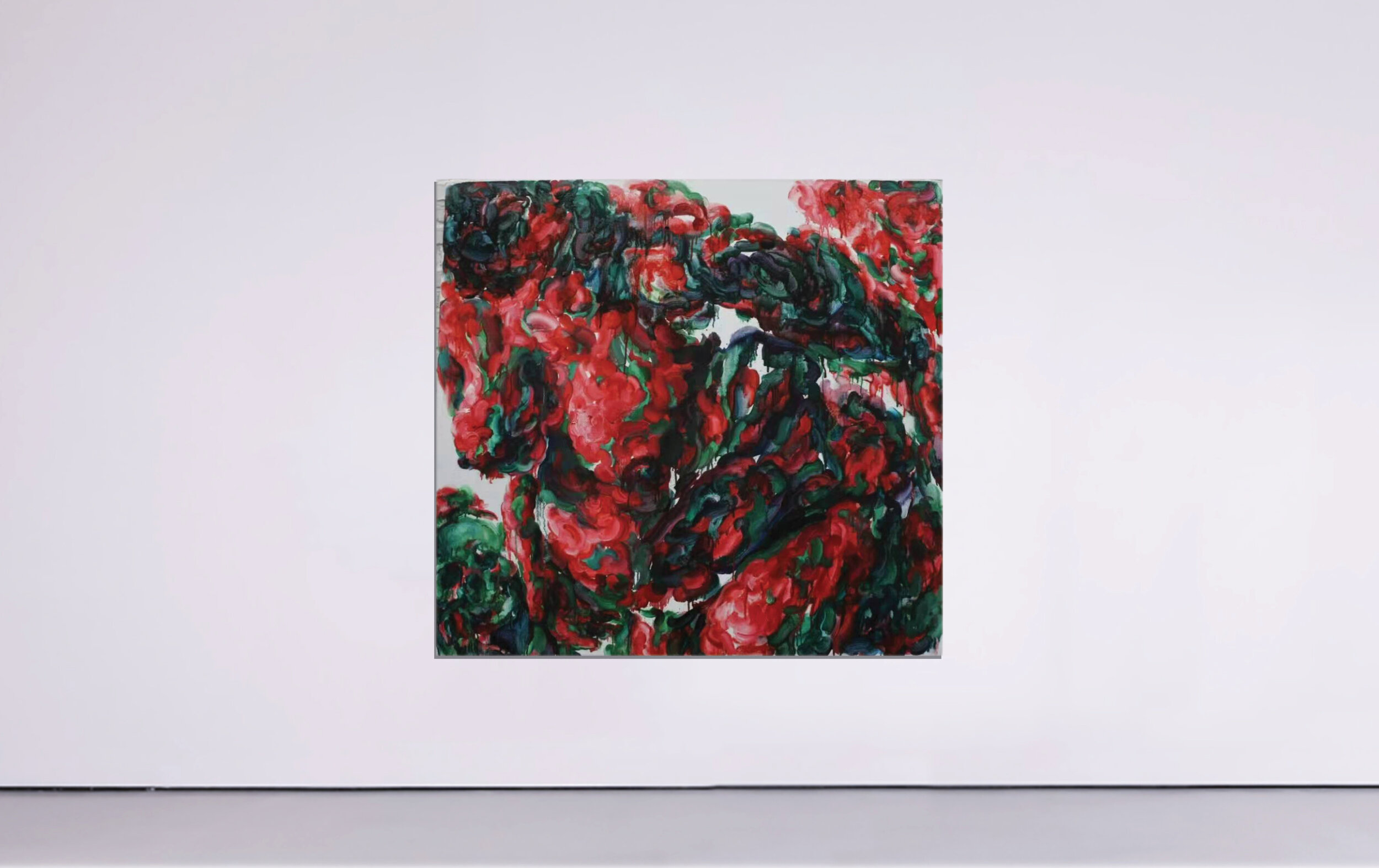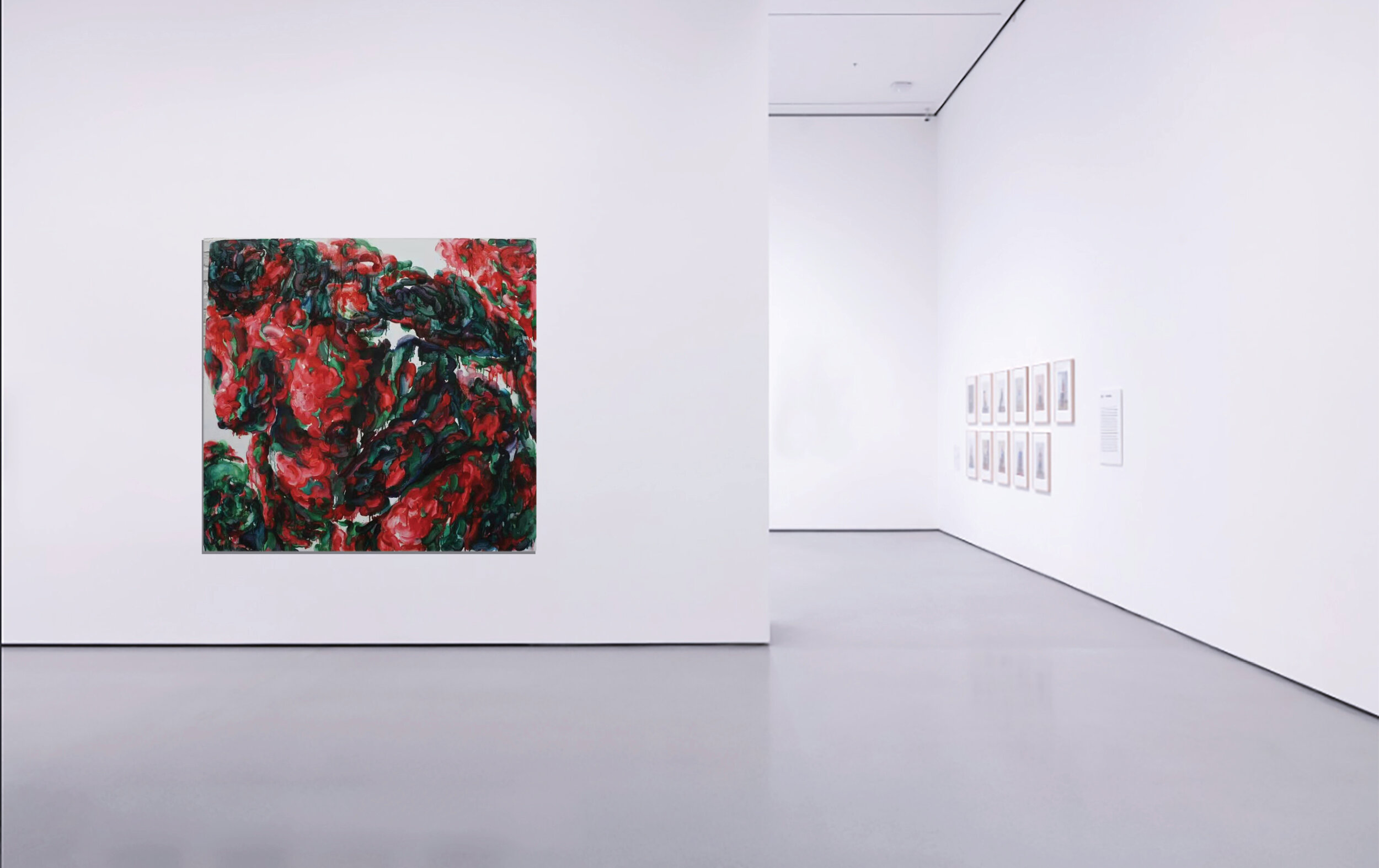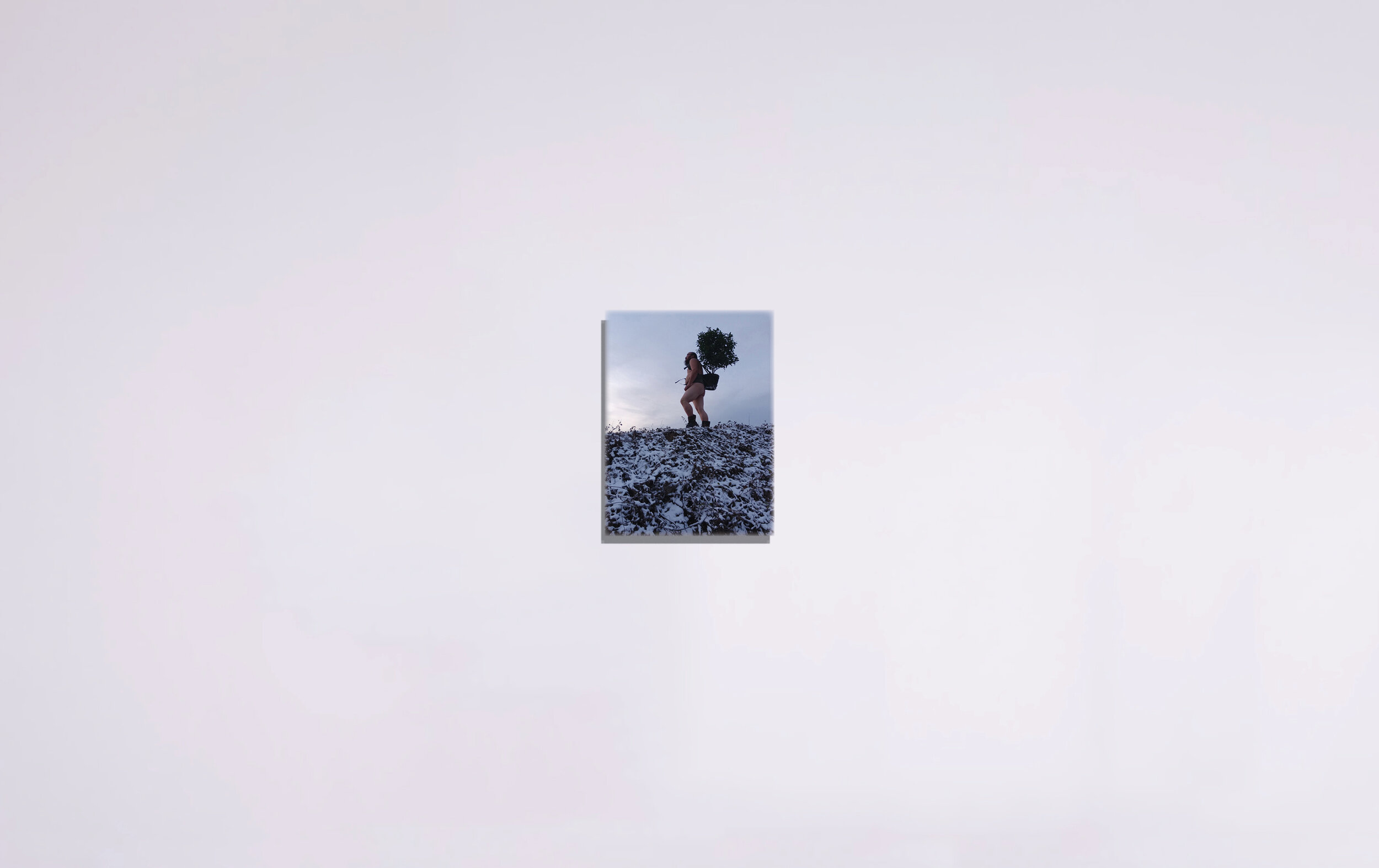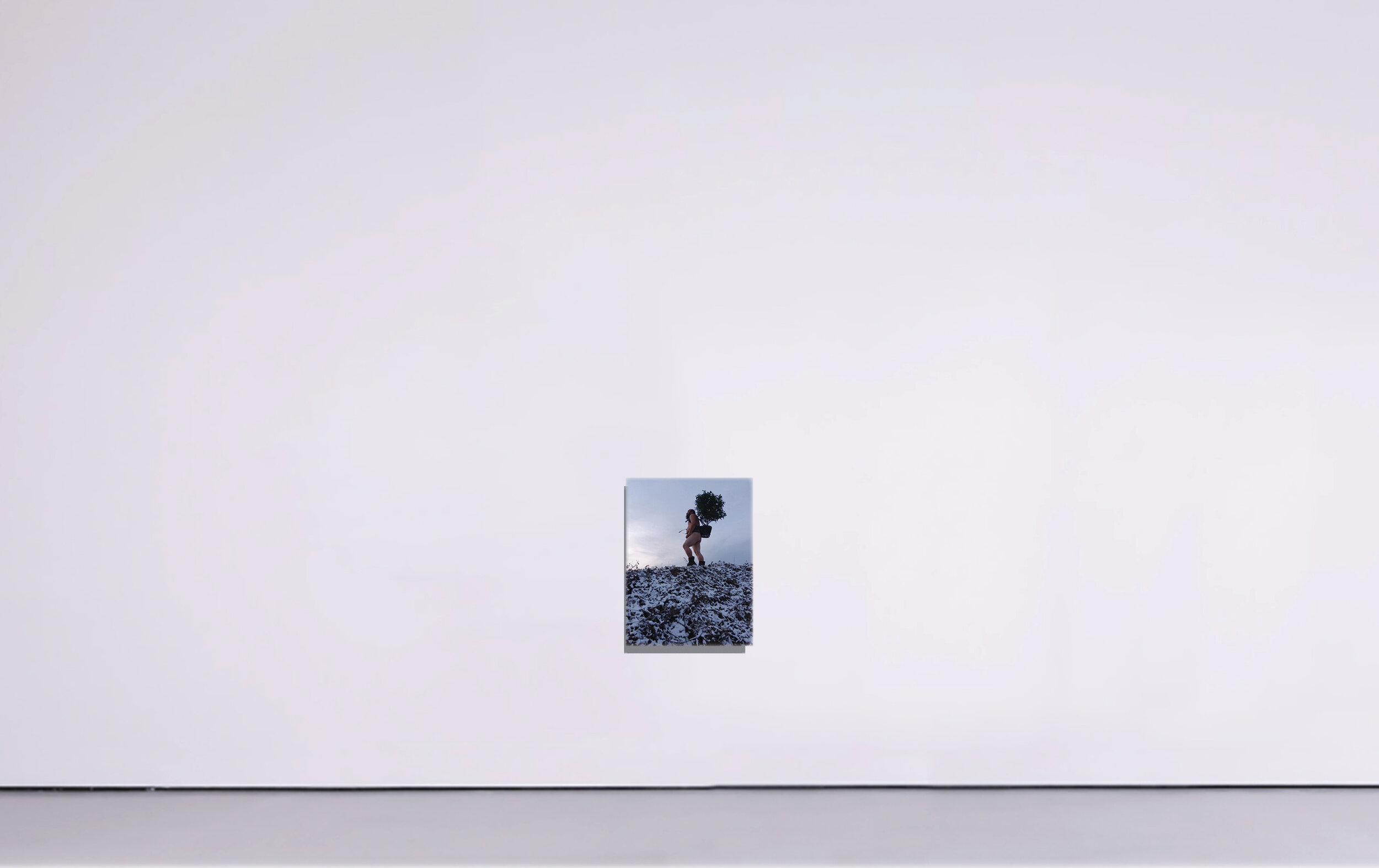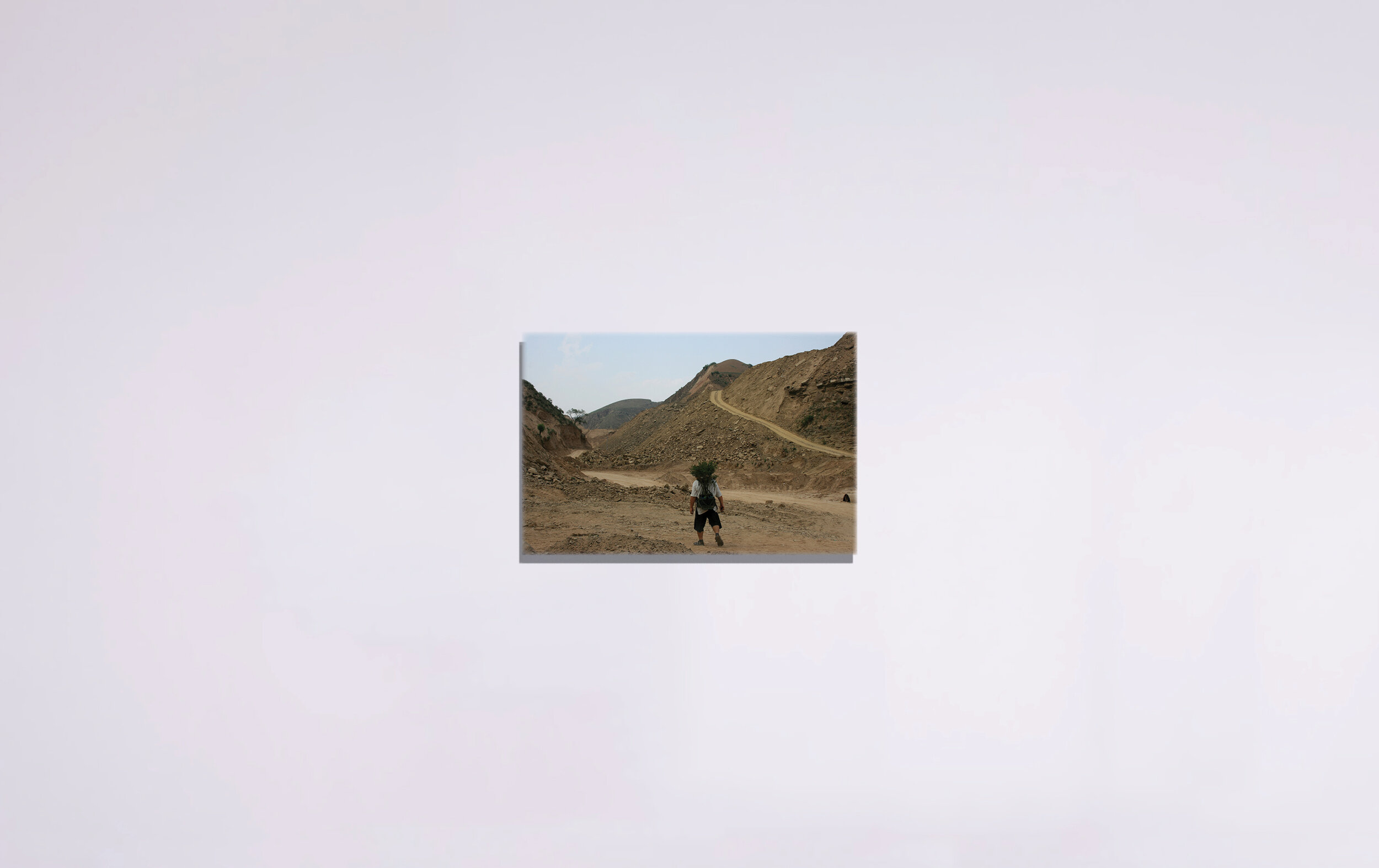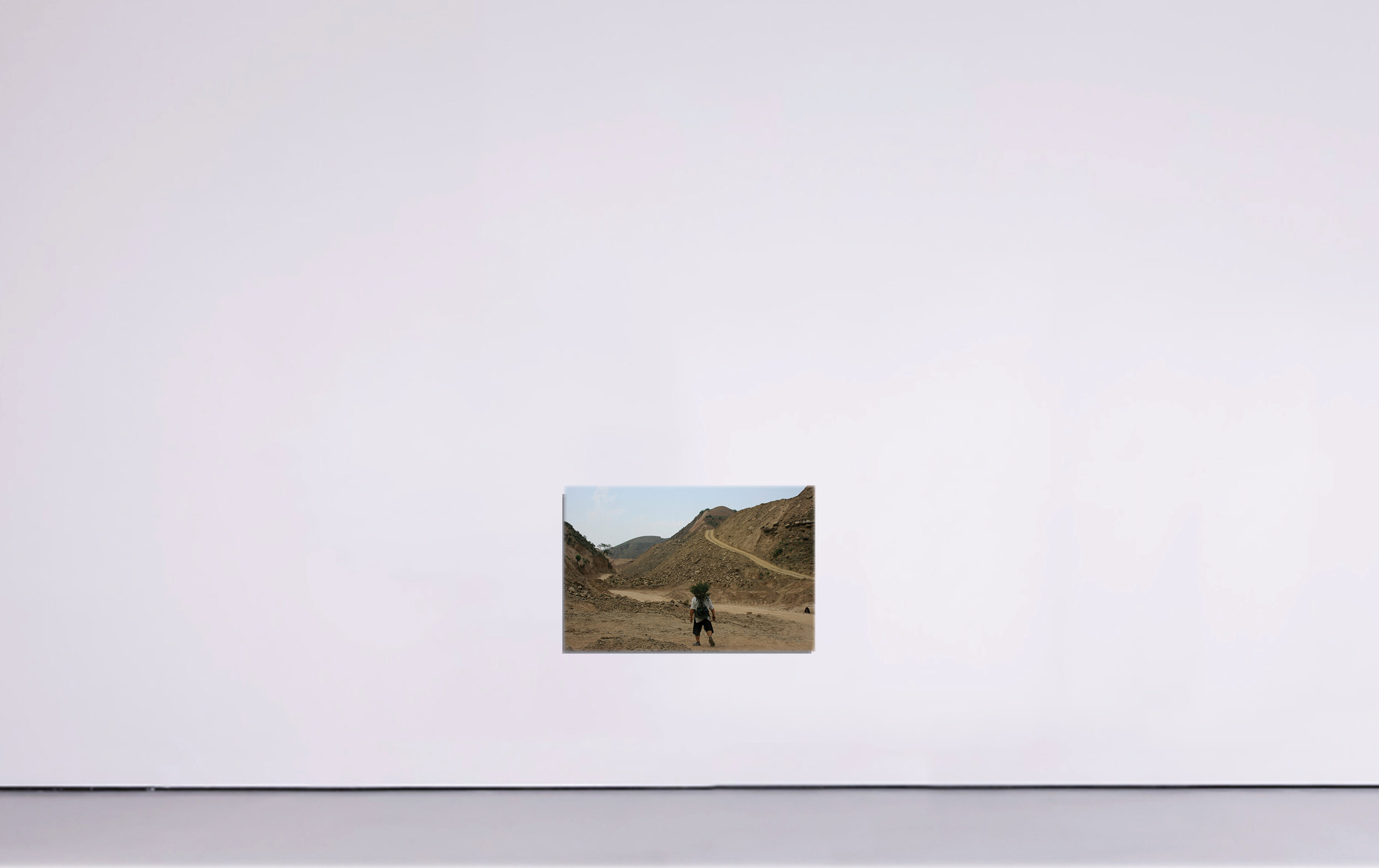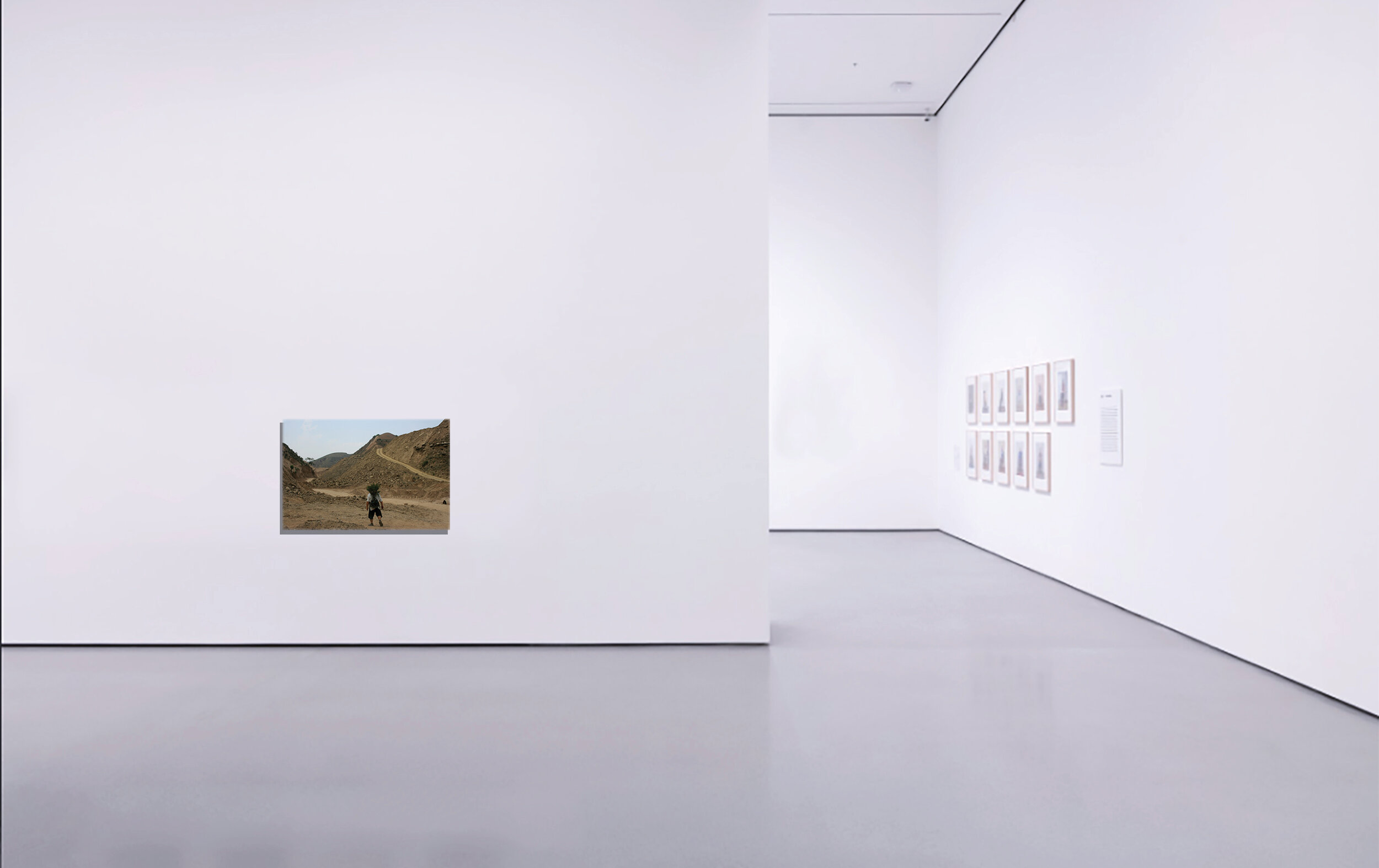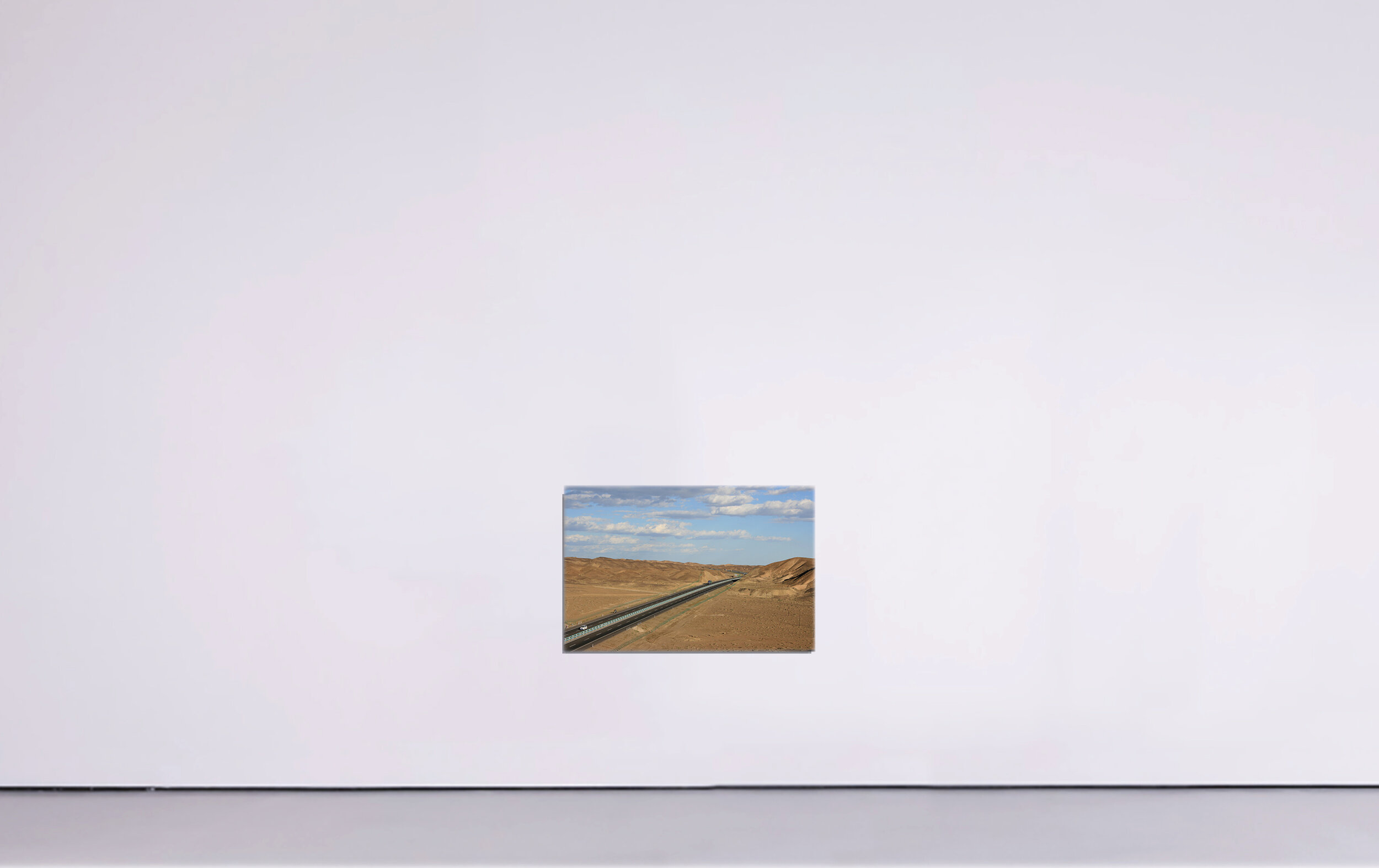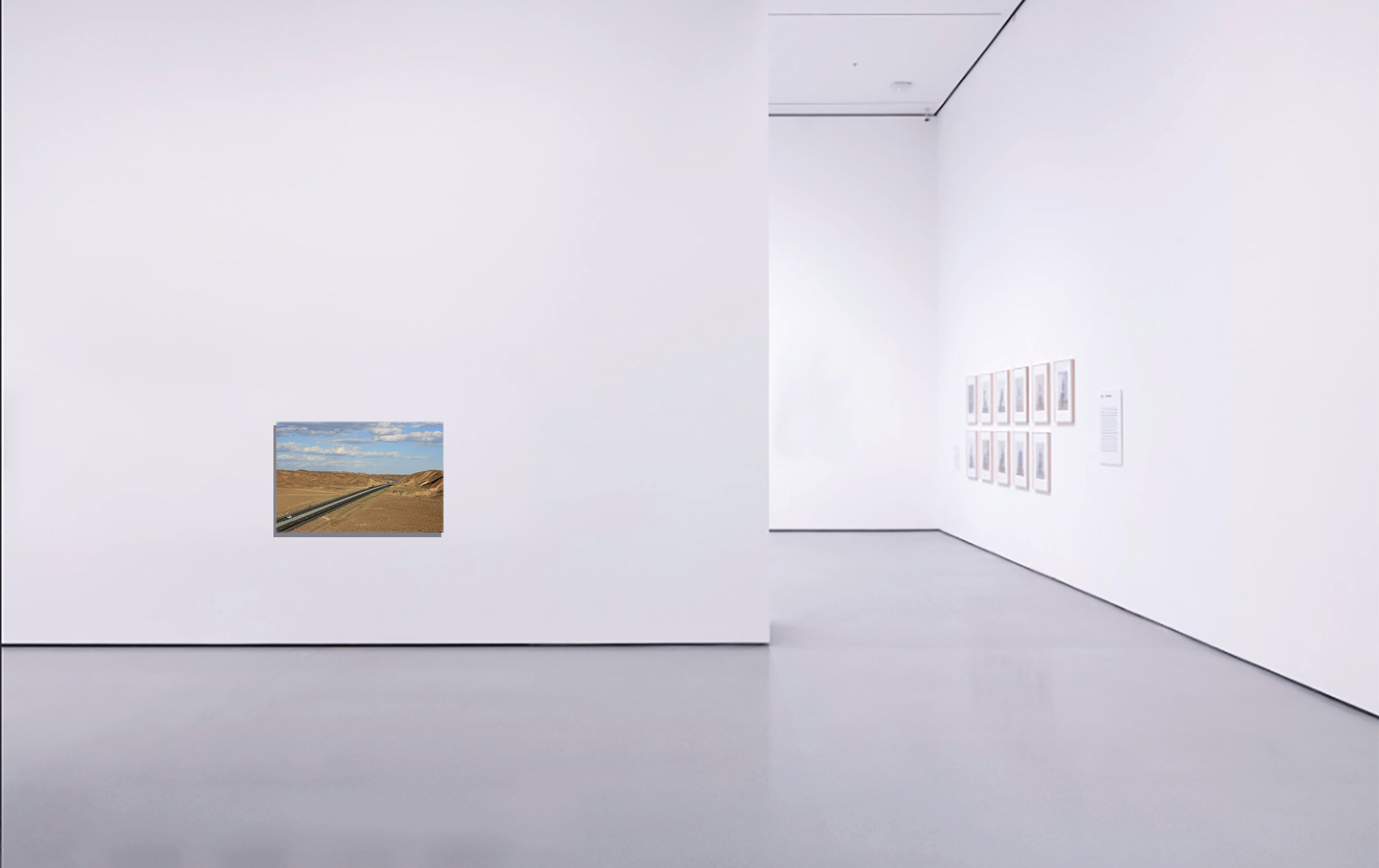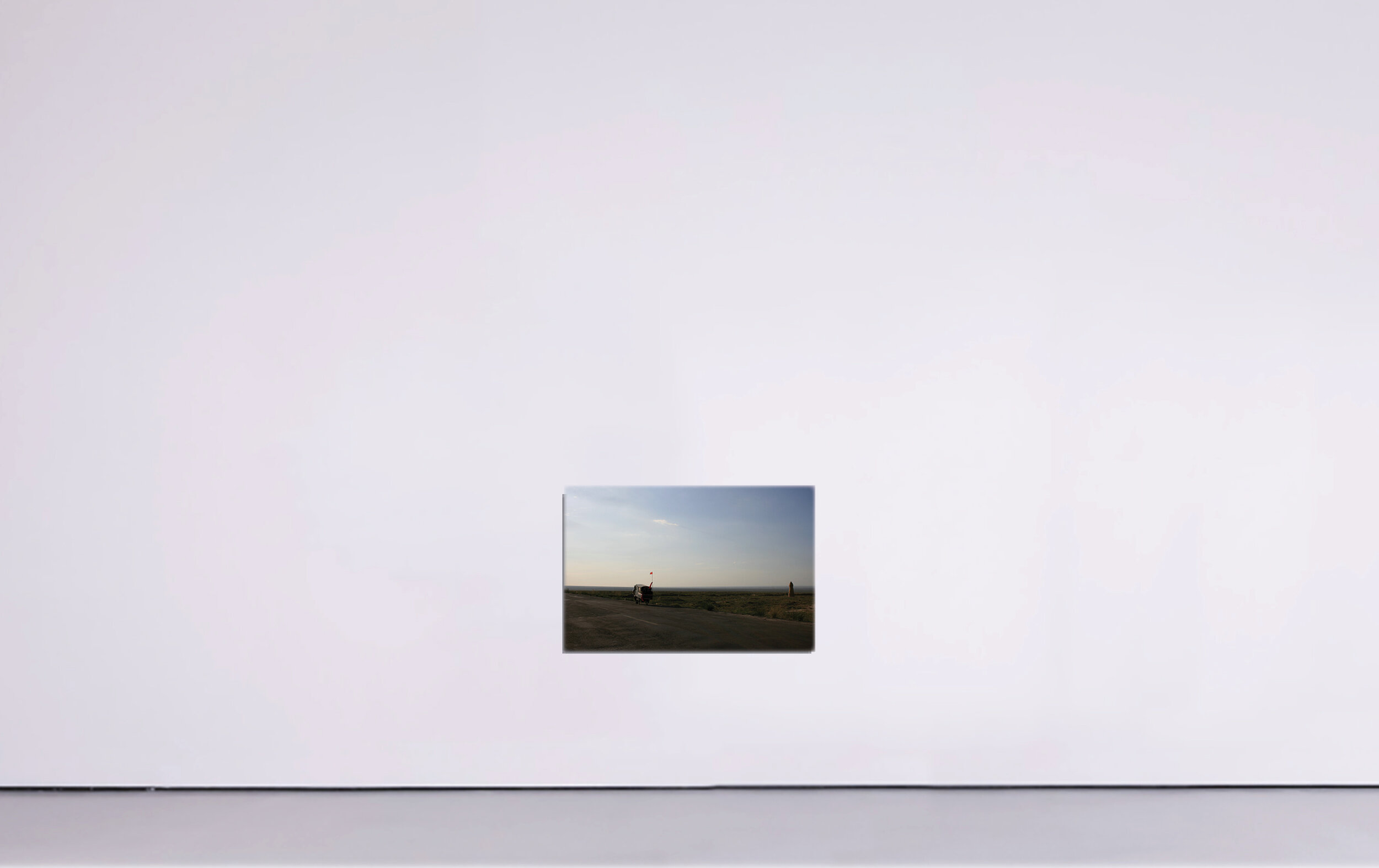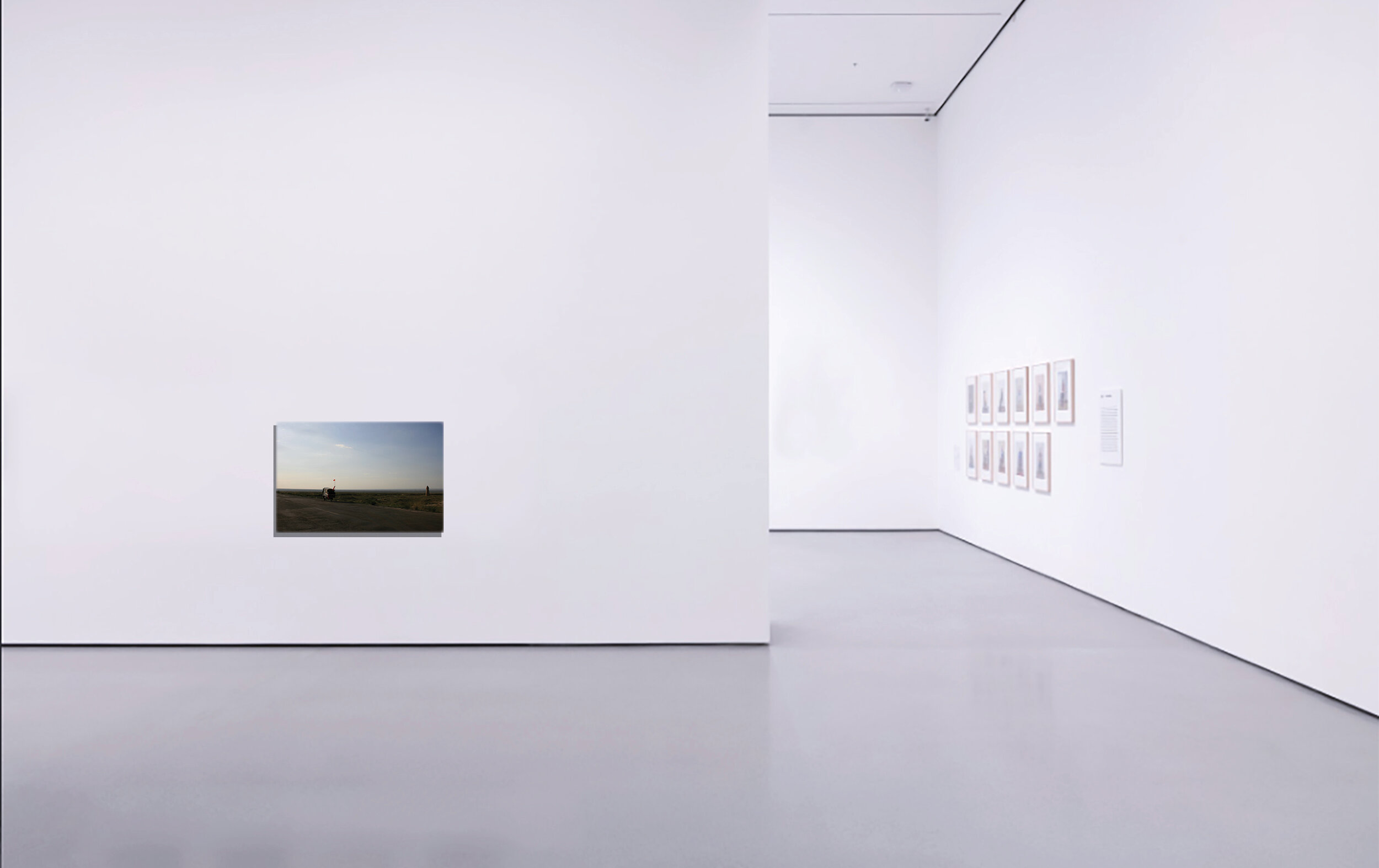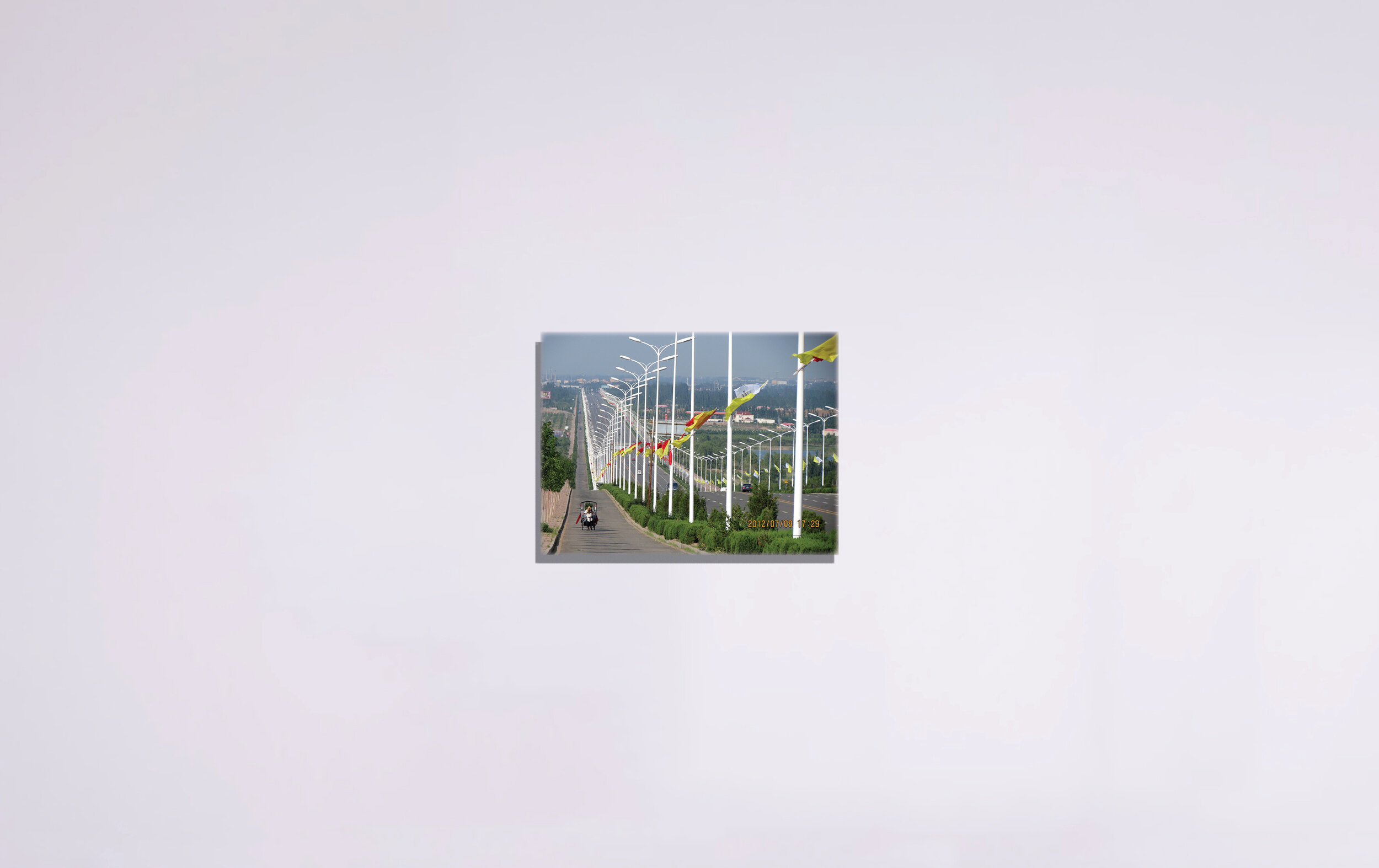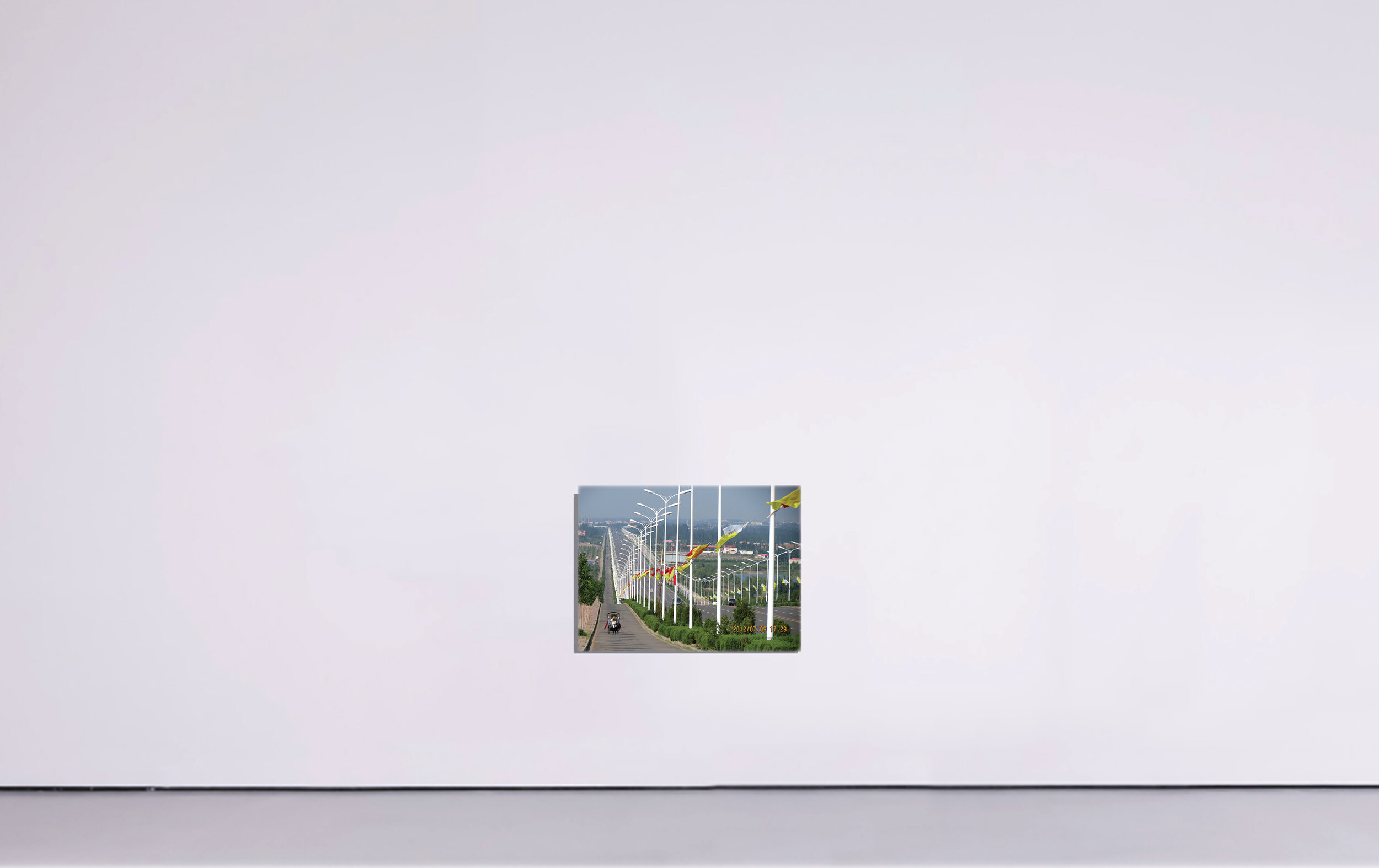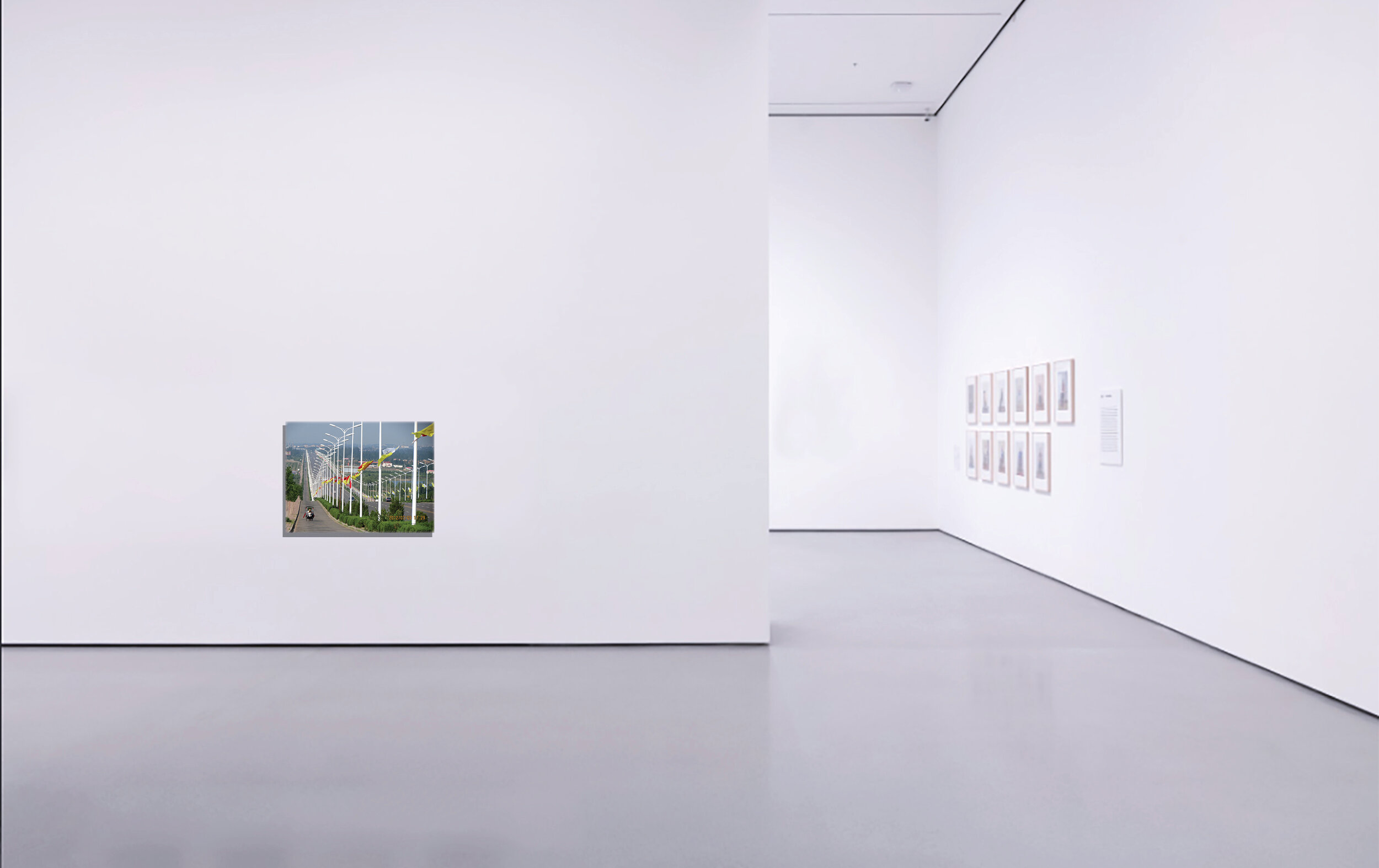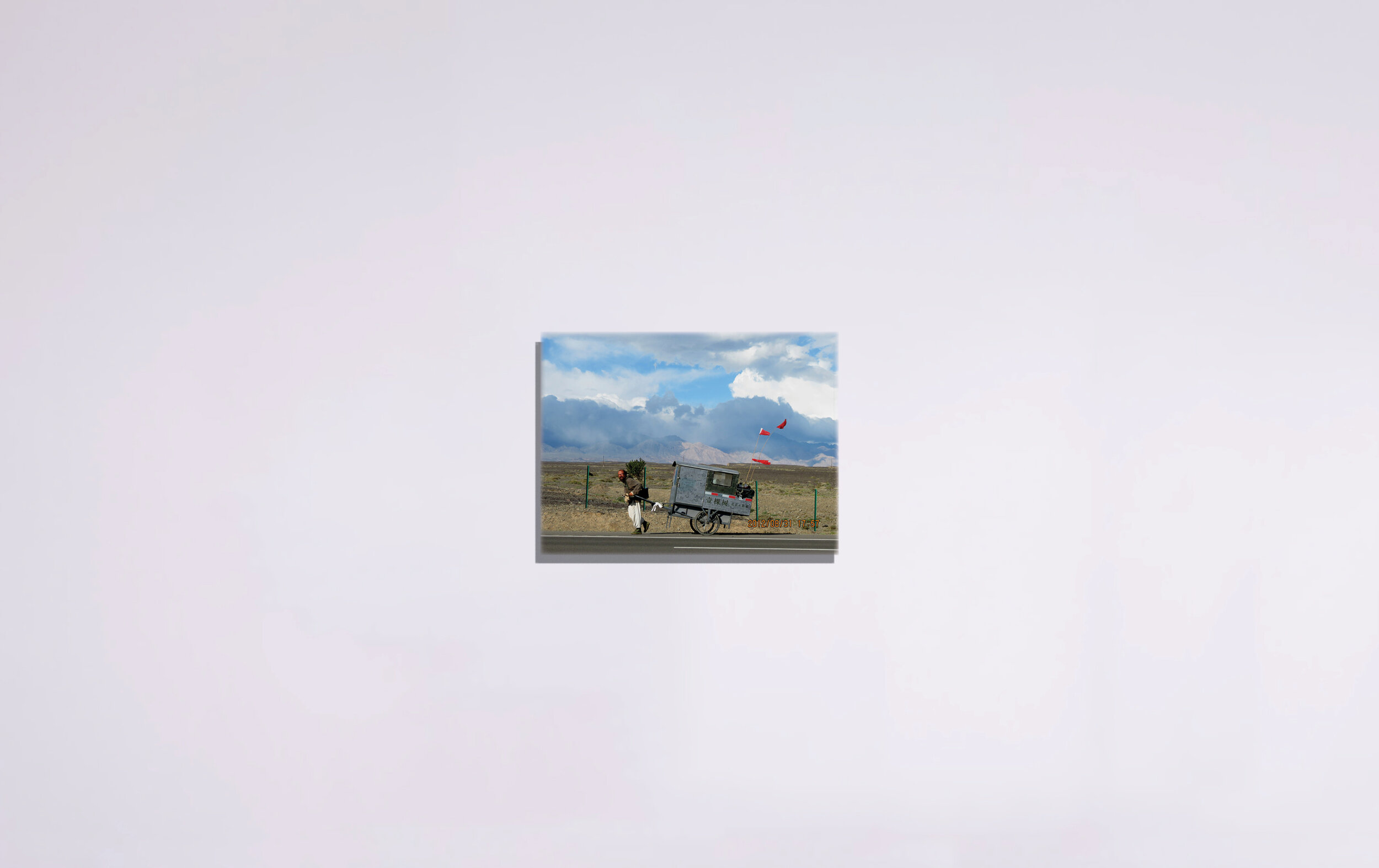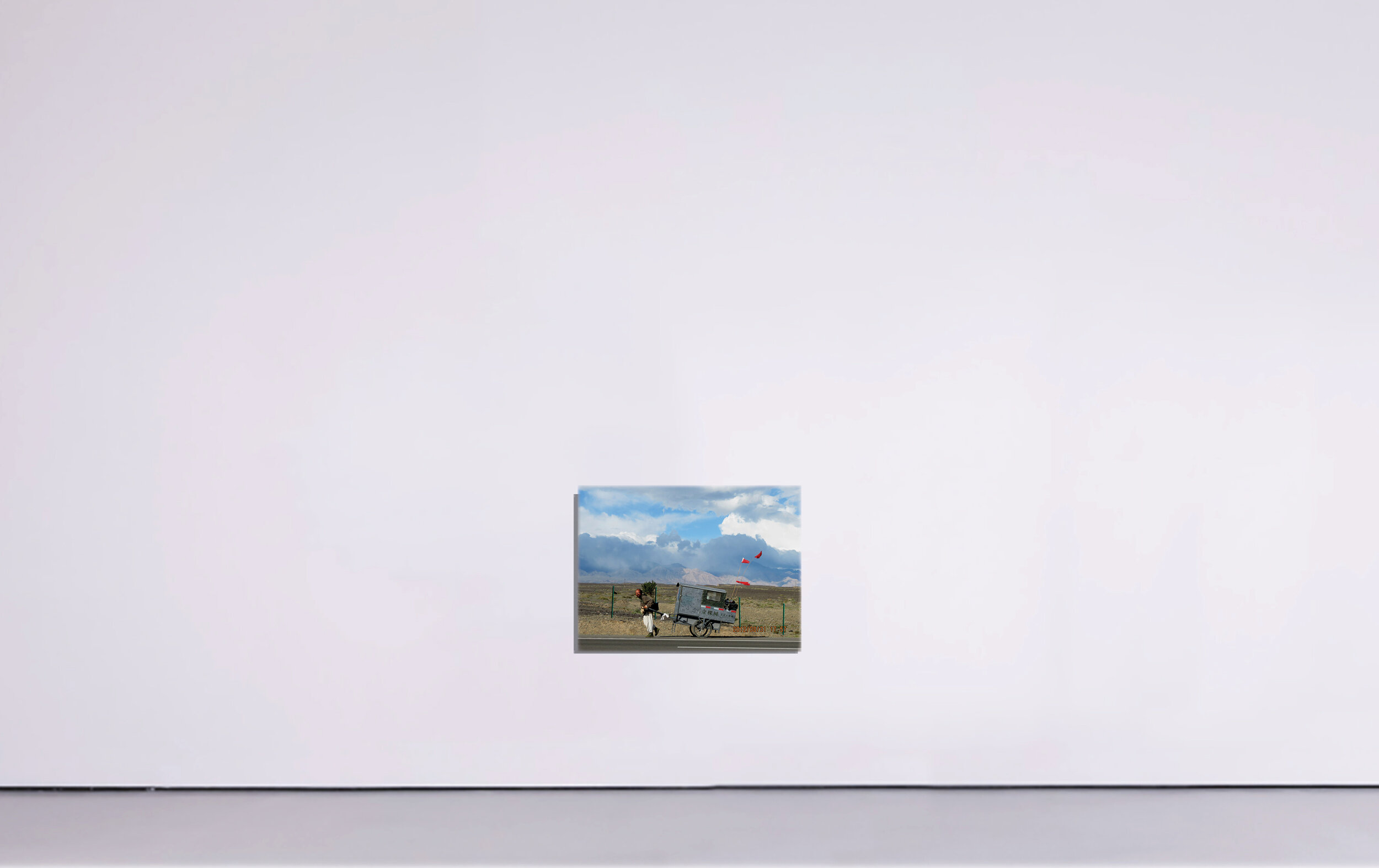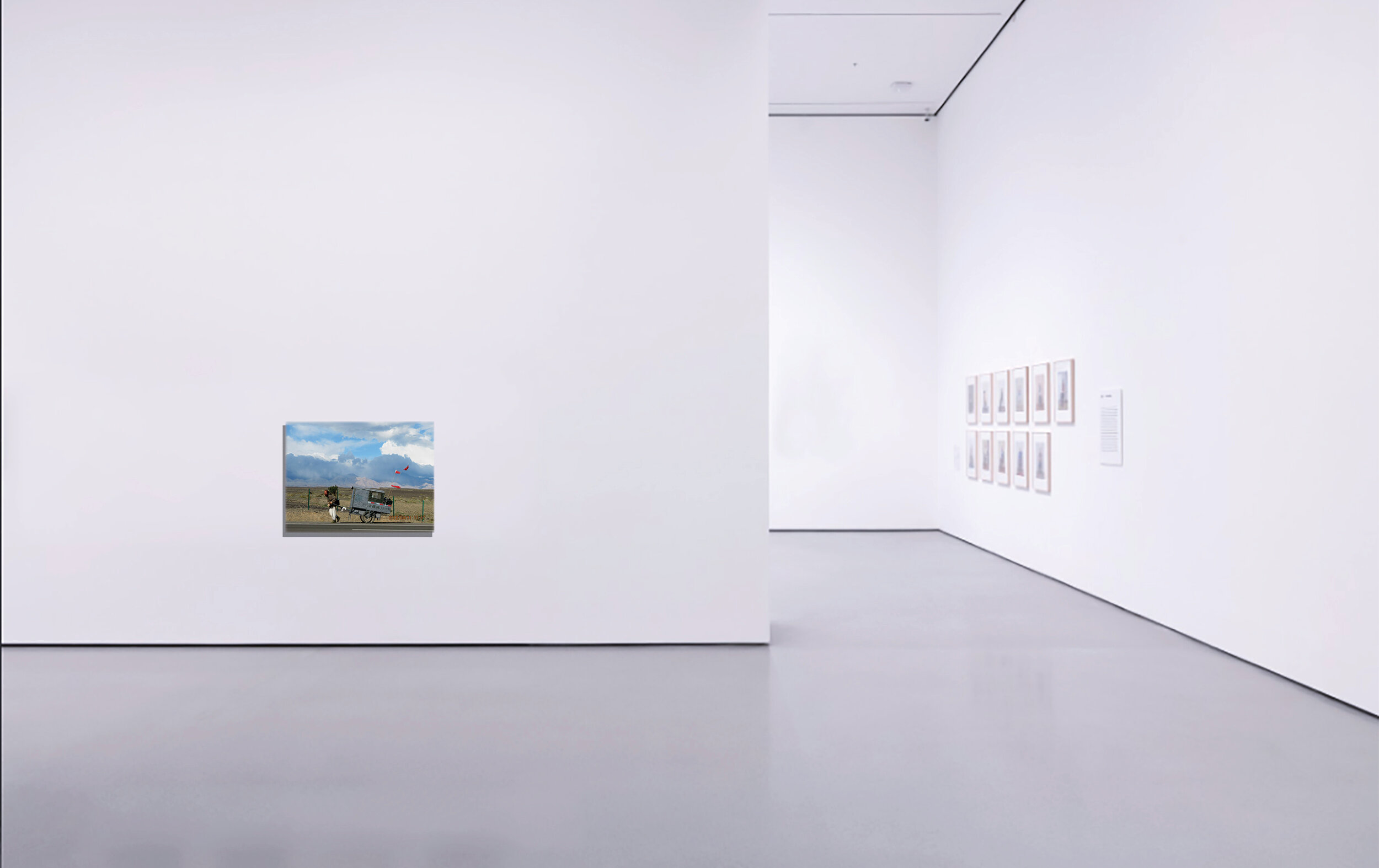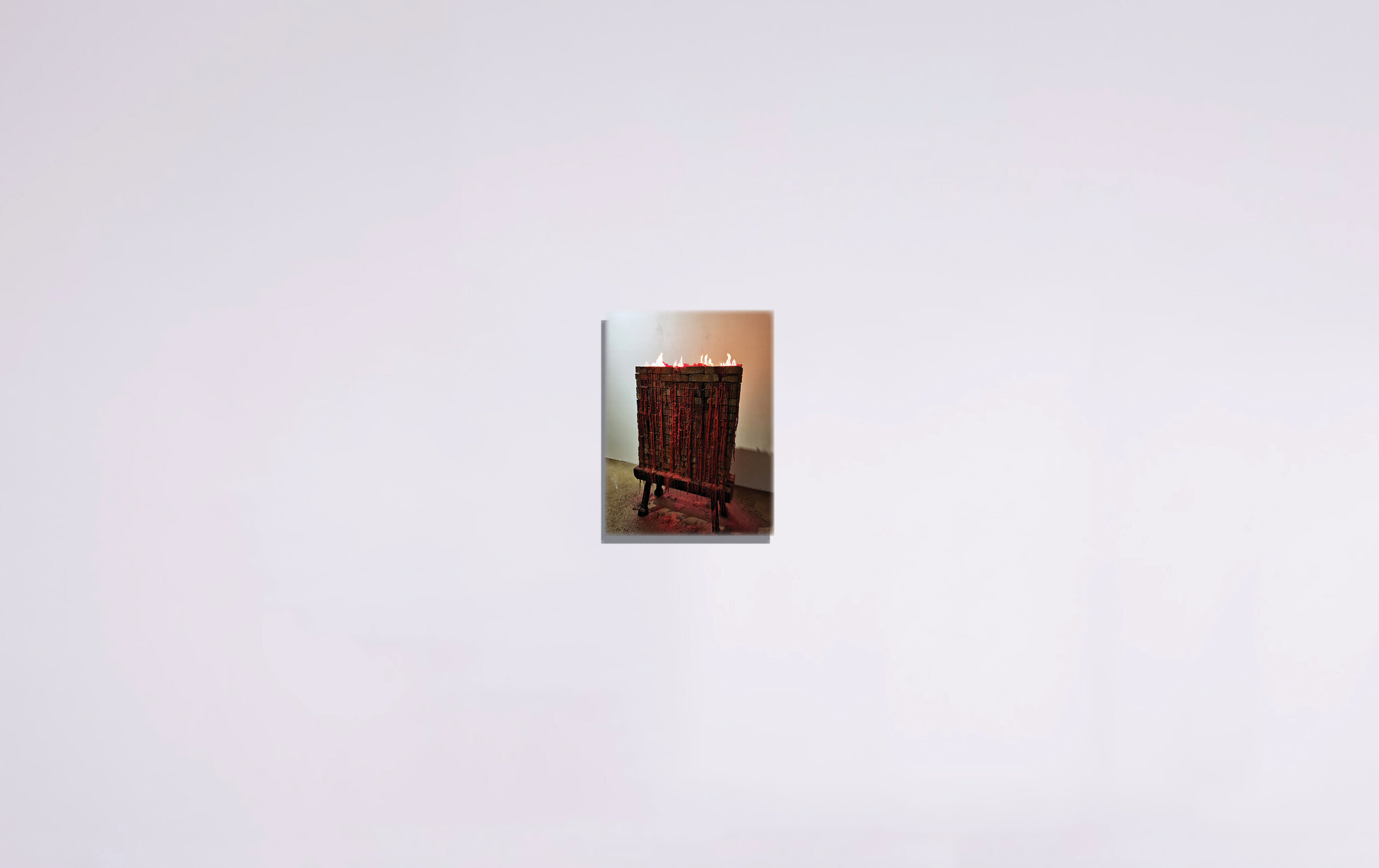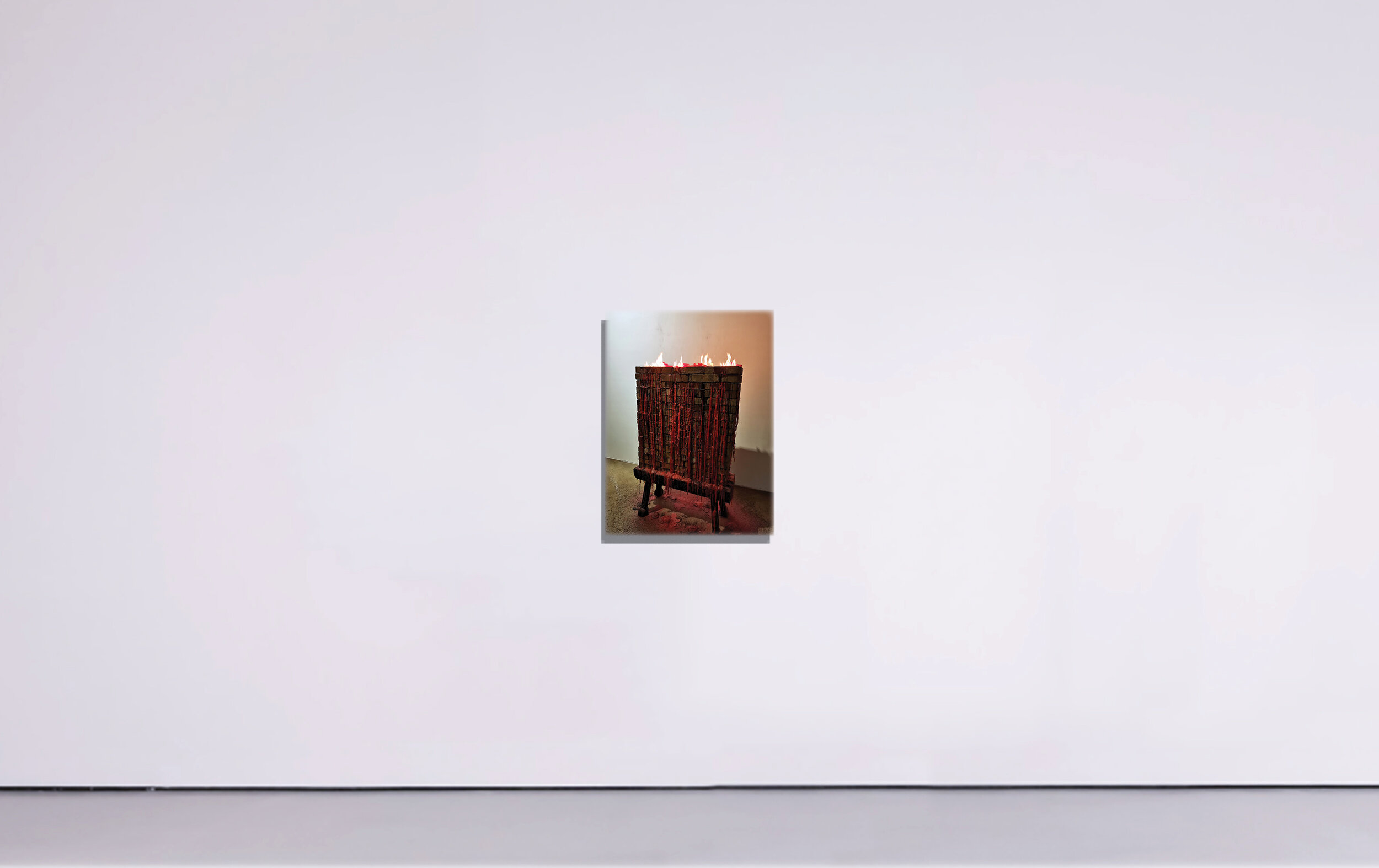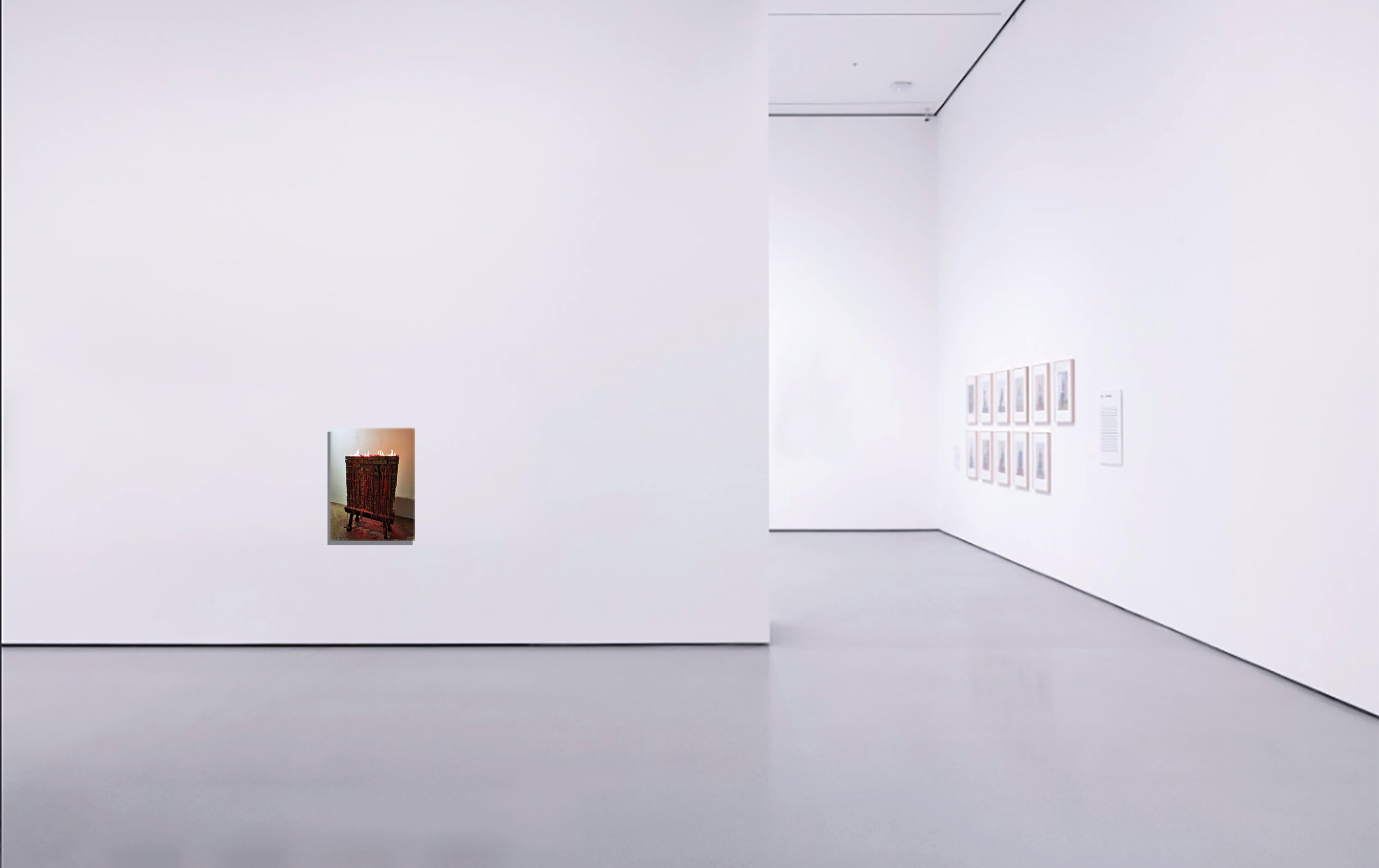Period | 2021.01.23
Curated by | Maya N. Ito (United States)
INTERNATIONAL PRESS LINKS: Press 1
The twelve artists are currently active in China. They bear witness to China’s economic reform and transformation. Their art reflects China's multi-faceted and complex, evolving social environment from different viewpoints, using different methods to record the changes in society and people's lives. Through various forms, from painting, to video, performance and installation art, the audience can have different emotional and cognitive experiences leading to a greater understanding of the history of contemporary Chinese art. If collecting art is collecting philosophy, every viewer can become a lucky collector in this remarkable exhibition.
Artist left to right: Cang Xin, Shen Jingdong, Wang Xiaojin, Xu Zhongmin, Liu Qiming, Zhang Lanpo, Luo Jie, Daniel Deng, Tushia, Yin Ruilin, Chen Xingwei, Saz.
Browse MEMORANDUM 12 ARTISTS TO THE WORLD Catalogue Raisonné.
East of the Sun and West of the Moon
Memorandum: 12 Artists to the World presents a compelling survey of an intercultural visual zeitgeist.
Poets and artists often speak of the power and magic of East meeting West in the years following China’s broad international re-engagement circa 1980. Words like blending, merging, conflicting, conflating, translating, and balancing all come into use. Perhaps less understood outside of China, there is also the related question of the country’s cultural re-engagement with its own past -- of the present entering into a conversation with history’s millennia. When we factor in the power and emotion of individual lived experiences, it’s clear why the art being made in China right now is so urgent, resonant, unique, and both deeply familiar and passionately strange.
As the International Director of ACCA Gallery and Curator of Memorandum, Maya Ito’s vision for the exhibition -- especially the acclaimed works of Cang Xin (MoMA, Hammer Museum) and Shen Jingdong -- she has created a dialogue between established, mid-career and emerging artists which is an important and necessary addition to today’s art world discourse.
All of the artists assembled for Memorandum were born essentially in the 1960’s (1961-75), coming of age in the early ‘80s -- right after the world opened up, fascinating and volatile. Chinese artists met the Impressionists and Andy Warhol at the same time, Conceptualism and Cubism, Renaissance Masters and performance art’s enfants terribles -- all at once in a big glorious jumble. Nevertheless, along with this heady cultural influx, the Chinese government was still keeping a close eye on its domestic political landscape, and civic freedoms did not truly accompany the creative ones. Artists learned to sublimate their symbolism, to complexify their messages, to make meanings arcane as a way to make them plain. In the works gathered here, we see the manifestation of all these vectors of inspiration and activism, refracting and intersecting in the most ingenious ways, and with metaphoric impact that is both specific and timeless.
Cang Xin’s meditations on the origins of mythology, the nature of consciousness, and the invisible structures that underlie perceived reality speak to both the ancient cosmologies and the conditions of modernity. Xu Zhongmin deploys a ritualistic post-digital sensibility, conceptualized as performances in choreographic collaboration with machine partners, mining the past and future to form an image of the present. Yin Ruilin taps European style surrealists like Di Chirico who used Greco-Roman visual cues and architectural motifs, alongside renderings of trees and living figures in a deliberative Eastern idiom to create sophisticated and seductive takes on multiculturalism.
Daniel Deng paints in visual puzzles that sharp-lined German Expressionists play with colorful Fauvists, as abstract techniques grudgingly formulate elements of figures in the landscape. Luo Jie’s sculptures interrupt anatomy with geometry in serene but violent interactions between classicism and conceptualism. Zhang Lanpo employs a somewhat Gothic sensibility, rendering skeletons in nostalgic scenarios of the living in intimate, almost holy narratives in beguiling photography, drawing and painting.
Wang Xiaojin paints and constructs enchanting mixed media assemblages, often on newsprint as a comment on the cult of celebrity, in an advanced technique which highlights the interventions of the objects/materials with a wry humor. Tu Shia proceeds with a darker wit, lampooning cultural ennui in scenes starring disgruntled men sporting coarse beards bespeaking alienated souls. Liu Qiming’s compositions of round-cornered squares on dark grounds like on a smartphone, are ironic but earnest, each one a window on a whole world of historical memory and current events. Shen Jingdong creates a kind of anxious Pop, leveraging shiny artificiality in abstract eye candy with an elusively subversive quality.
Chen Xingwei channels the viscerally organic forms of bloody nature in aggressively red and green impasto technique that is so compelling it’s almost repulsive, and very close to dissolving into gestural abstraction; like the world barely holds together and the viewer has to work for equilibrium. Saz walked as far as he could across the countryside with a potted tree strapped to his back like his leafy, mute child; it went badly, and once he built a brick wall that cried red wax tears. Like everything in this remarkable exhibition, these operatic gestures are both indelible images and fraught metaphors for the vibrant, fraught and fragmented society in which they were produced.
-- Shana Nys Dambrot, Los Angeles, 2021
Click arrows left and right to view art at actual scale and click over image to view info and to buy art online.
Artist: Cang Xin (Chinese, born 1967) | 7 Institutional collections | 2 Auctions | Private Sales | 10 Available works to collect |
Click arrows left and right to view art at actual scale and click over image to view info and to buy art online.
Artist: Shen Jingdong (Chinese, born 1965) | 5 Available works to collect | Press |
Click arrows left and right to view art at actual scale and click over image to view info and to buy art online.
Artist: Wang Xiaojin (Chinese, born 1968) | 8 Available works to collect |
Click arrows left and right to view art installations. Contact Gallery about these art installations.
Artist: Xu Zhongmin (Chinese, born 1961) 21 Institutional collections | 5 Commendations |
Click arrows left and right to view art at actual scale and click over image to view info and to buy art online.
Artist: Liu Qiming (Chinese, born 1972) | 5 Available works to collect |
Click arrows left and right to view art at actual scale and click over image to view info and to buy art online.
Artist: Zhang Lanpo (Chinese, born 1973) | 12 Available works to collect | Press 1 |
Click arrows left and right to view art at actual scale and click over image to view info and to buy art online.
Artist: Luo Jie (Chinese, born 1968) | 7 Available works to collect |
Click arrows left and right to view art at actual scale and click over image to view info and to buy art online.
Artist: Daniel Deng (Chinese, born 1968) | 10 Available works to collect | Studio video
Click arrows left and right to view art at actual scale and click over image to view info and to buy art online.
Artist: Tu Shia (Chinese, born 1966) | 2 Institutional collections | 1 Auction | Private Sales | 13 Available works to collect
Click arrows left and right to view art at actual scale and click over image to view info and to buy art online.
Artist: Yin Ruilin (Chinese, born 1963) | 1 Auction | 7 Available works to collect
Click arrows left and right to view art at actual scale and click over image to view info and to buy art online.
Artist: Chen Xingwei (Chinese, born 1963) | 1 Auction
Click arrows left and right to view art at actual scale and click over image to view info and to buy art online.
Artist: Saz (Chinese, born 1975) | 7 Available works to collect |
Fast-forward through time, In 1979, China announced the beginnings of reform and started opening up the previously closed country. Chinese people began to have contact with modern life in the West, giving new vitality to the depressed Chinese cultural and artistic circles. Prior to 1979, China, like all countries in the communist block, ran schools strictly in accordance with the Soviet model. "Revolutionary realism" was the only acceptable artistic standard. All other methods, styles and genres were not only disallowed, they might also lead to imprisonment, just like today in North Korea.
Beginning in 1980, various art academies in China gradually emerged and young artists and art students began to come into contact with Western modern art. Starting with Impressionism, they eagerly consumed and studied the myriad achievements of Western art over the past century. With the recovery of China's national economy, by the end of the decade, some courageous young artists began to detach themselves from dependence on state power and began to exist as independent artists, able to pursue their true independent personalities and points of view. There was no real art market in China at that time, but that did not stop these artists' enthusiasm for new-found personal liberation. They began to think about and address various emerging issues in modern China. Some of these problems related to the basic human dignity, the value of life (or lack thereof), the position of people in society and history, the conflict between individualism and collectivism, individual resistance to centralization, and questions over what is truth and what is lies. These young Chinese artists studied and in some cases even imitated famous Western artists. Although immature, they expressed unlimited vitality. Simply put, it took approximately ten years for Chinese artists to absorb and emulate the prior century of Western modern art.
At that time there were only a few Westerners with a deep understanding of Chinese art. Many mistakenly believed that Chinese art was all traditional forms, such as centuries' old ink painting, calligraphy and carving techniques. However, some Westerners, from the many foreign diplomats assigned to Beijing and other Chinese cities to the western businessmen seeking new opportunities in Shanghai and other cities, saw these young Chinese artists and recognized a different kind of artistic power from traditional China. They correctly anticipated that these new forces would inevitably write a new chapter in Chinese art history. Many started collecting and recommending these new Chinese creators to galleries in their home countries. In just ten years the works of many new Chinese artists appeared on the horizons of collectors all over Southeast Asia, Australia, Europe and the United States. In the period after 2000, with the boom of the Chinese economy, the prices of these young Chinese artists quickly exceeded those of many new Western artists. Their works are frequently included in the exhibition systems of the Venice Biennale, Art Basel, Documenta Kassel, and art fairs around the world.
In 2008, the global financial crisis caused the overheated global art market to suddenly cool. The blow to serious artists from that downturn continues to this day. The collection of Chinese contemporary art by Westerners has decreased significantly, and many important galleries are gradually withdrawing from China. In the past decade, due in part to the decline in spending by Western collectors, Chinese collectors have also lost direction. Having grown used to buying art according to the tastes of Western collectors, they now must make decisions based more on their own taste, and as a result the variety and quality of artistic styles have reduced significantly. Collectors who lack money can only buy ordinary works of art by comparatively unknown artists, and those who have money only pay attention to artists who were already famous before 2008. Over the past decade, a large number of serious artists in China, with serious ideals and potential, have managed to survive under such pressure. They continue to pay attention to major artistic issues, shoulder the mission of creation and dream of making great art, and many have achieved remarkable results. Today, the status of Sino-American relations confirms the judgments and achievements of these artists. The complicated relationship between China and the US is not simply a series of business or trade issues, but a multi-faceted cultural conflict of different systems and different notions of good and evil. At a turning point in history, artists can and must assume moral responsibility and accept the mission of advancing civilization.
We present to you a group of established artists from China. Despite the close relationship between the United States and China in recent decades, and the frequent exchanges in business, trade, culture, and personal interactions, and the many collisions of differing value systems, the relationship between the United States and China has become one of the most important issues facing the United States today. Due to China’s vast global network of diplomatic, business and military relations, anywhere in the world, in any matter that America might have an interest in, there seems to be a Chinese shadow. More and more Chinese come to the United States, live by our side, and seem to enjoy staying in the United States and absorbing American culture. However, most Americans still do not fully understand "Chinese contemporary art". We present the work of these artists, who all came of age in China from different cultural backgrounds, so the American audience can experience their contemporary visions and voices.
Original exhibition poster 'Designed by Tu Shia'
Request an official copy. Ships from Beverly Hills, United States
